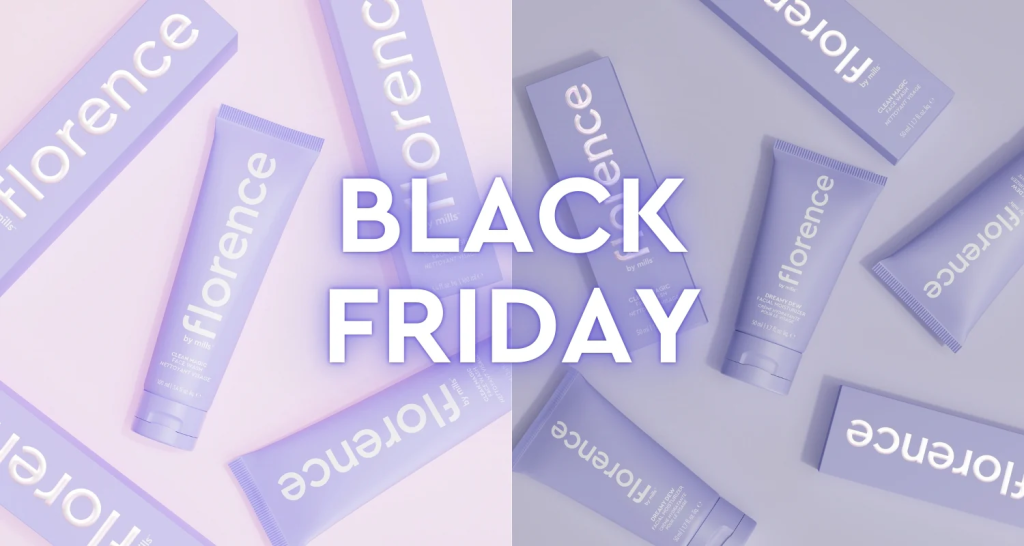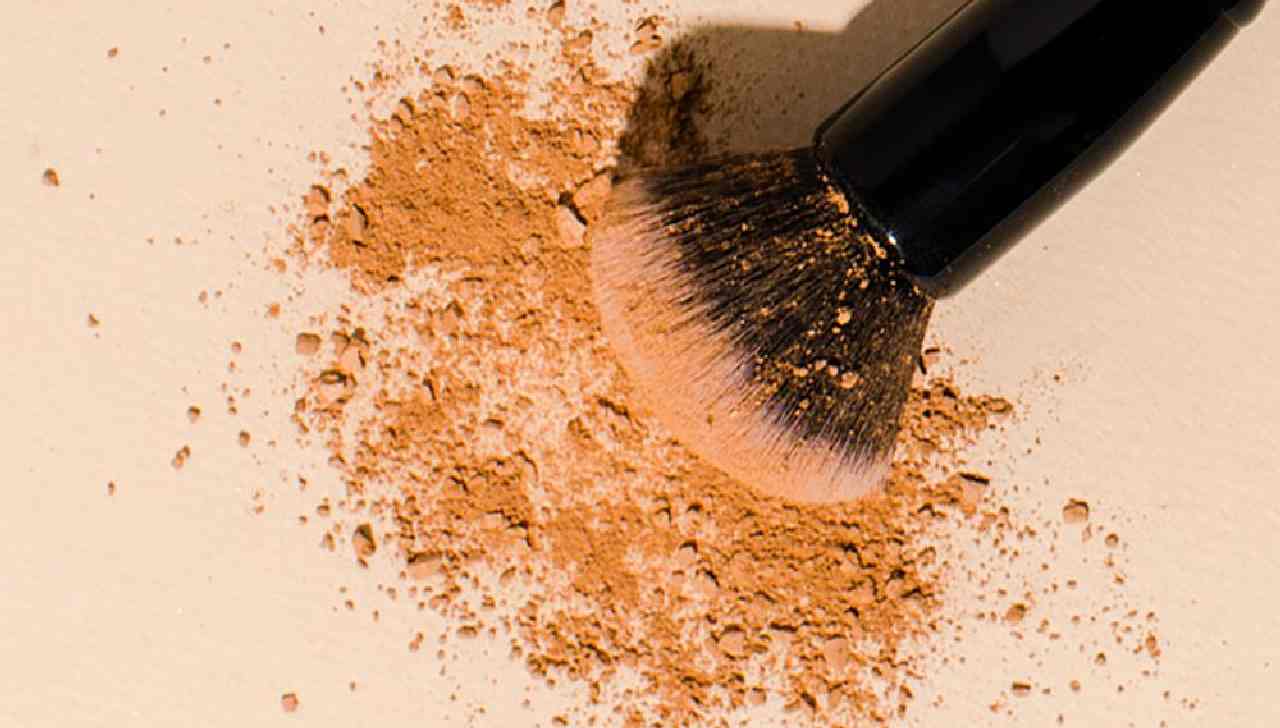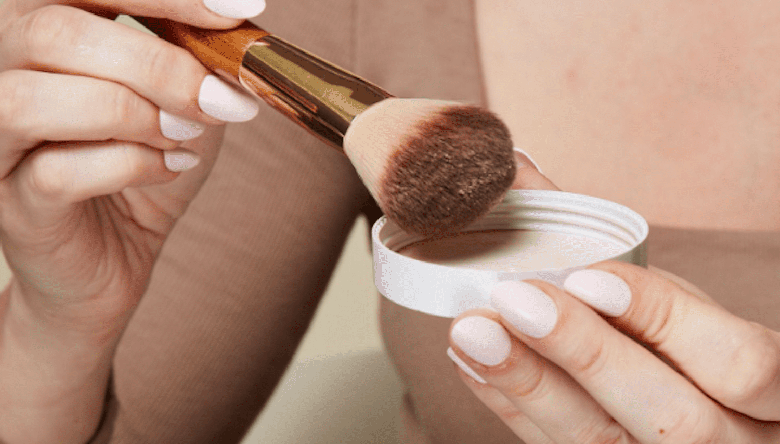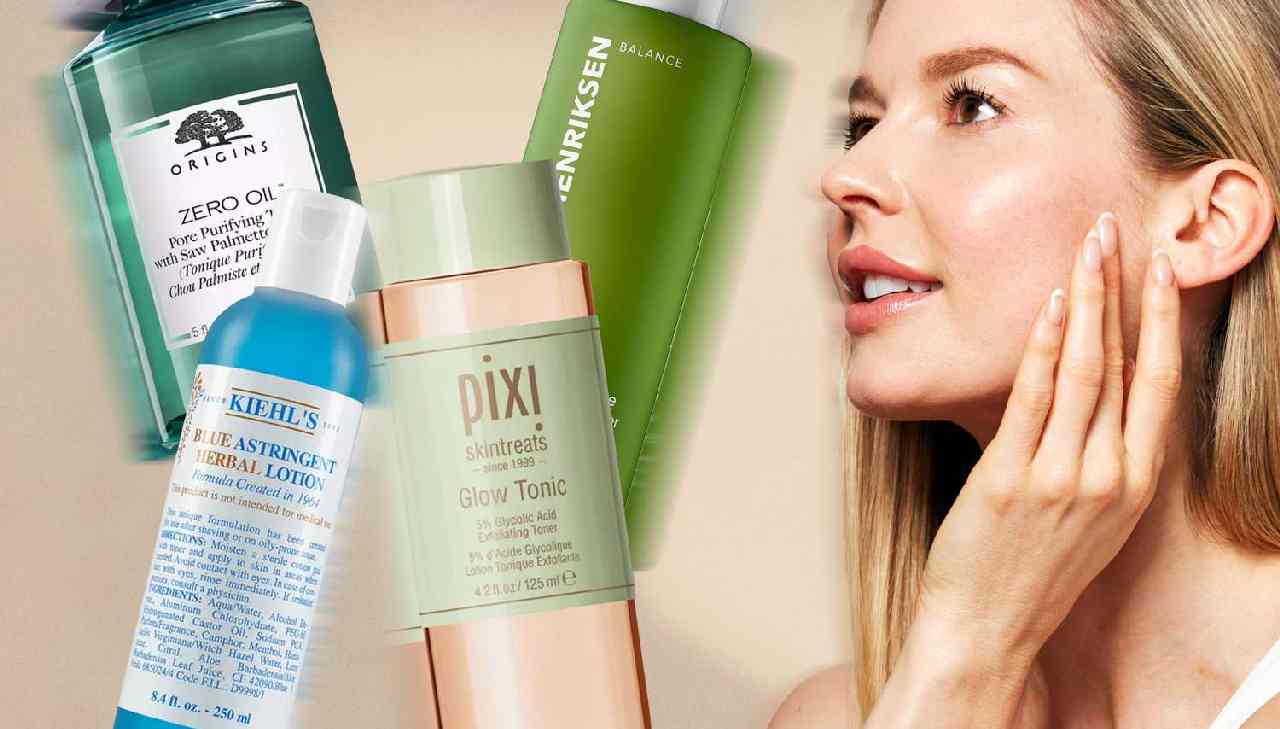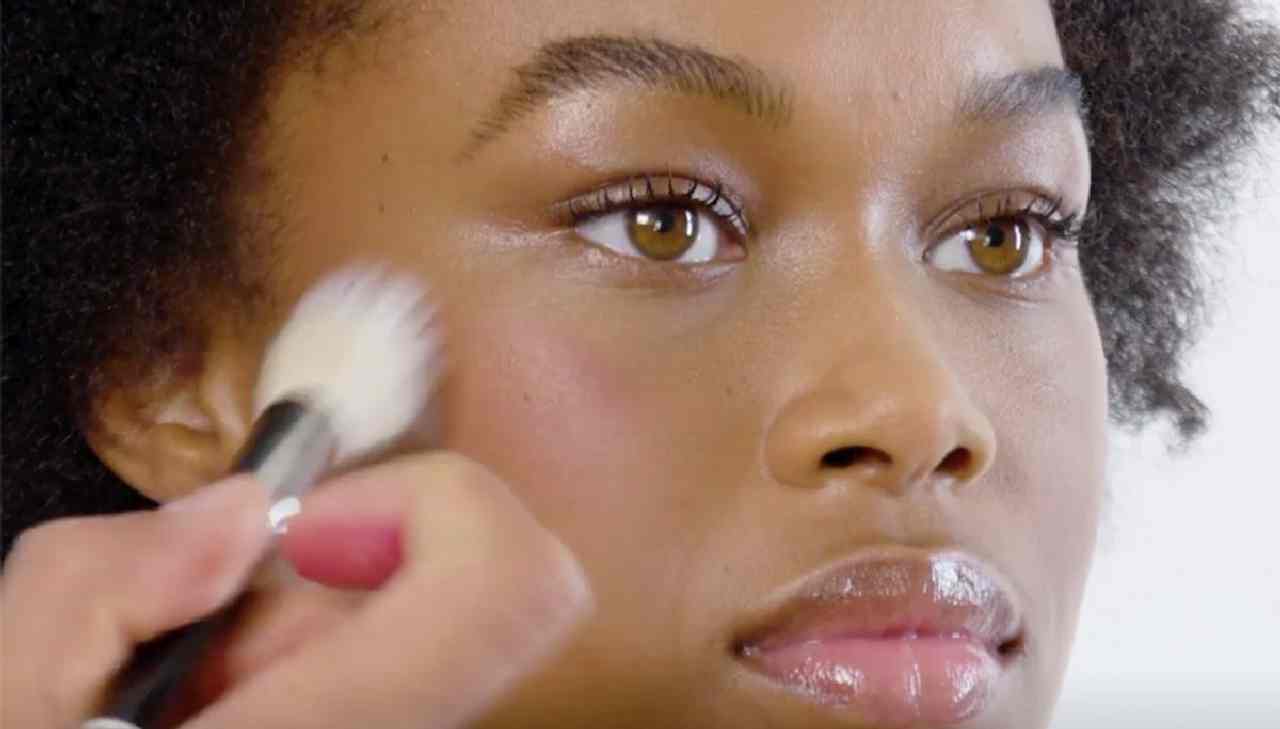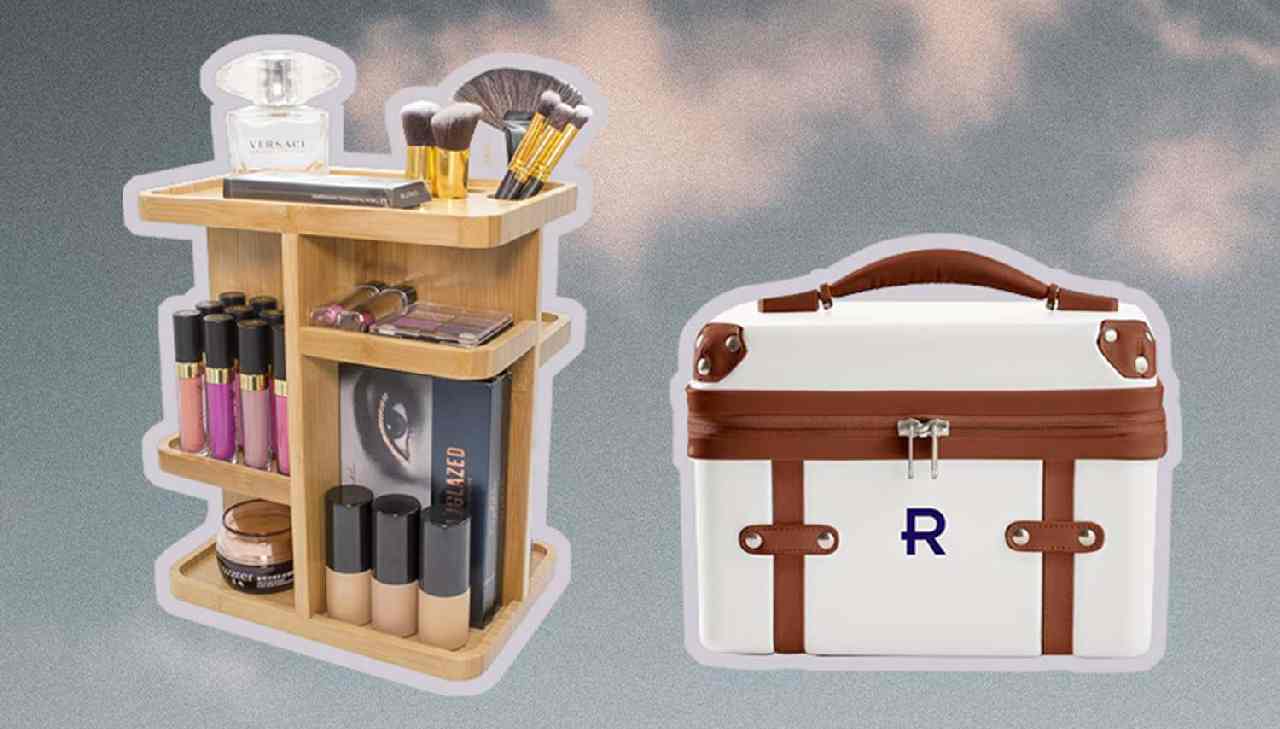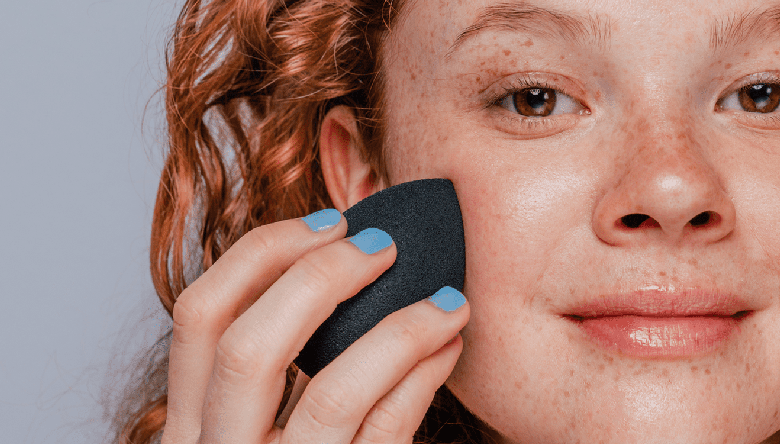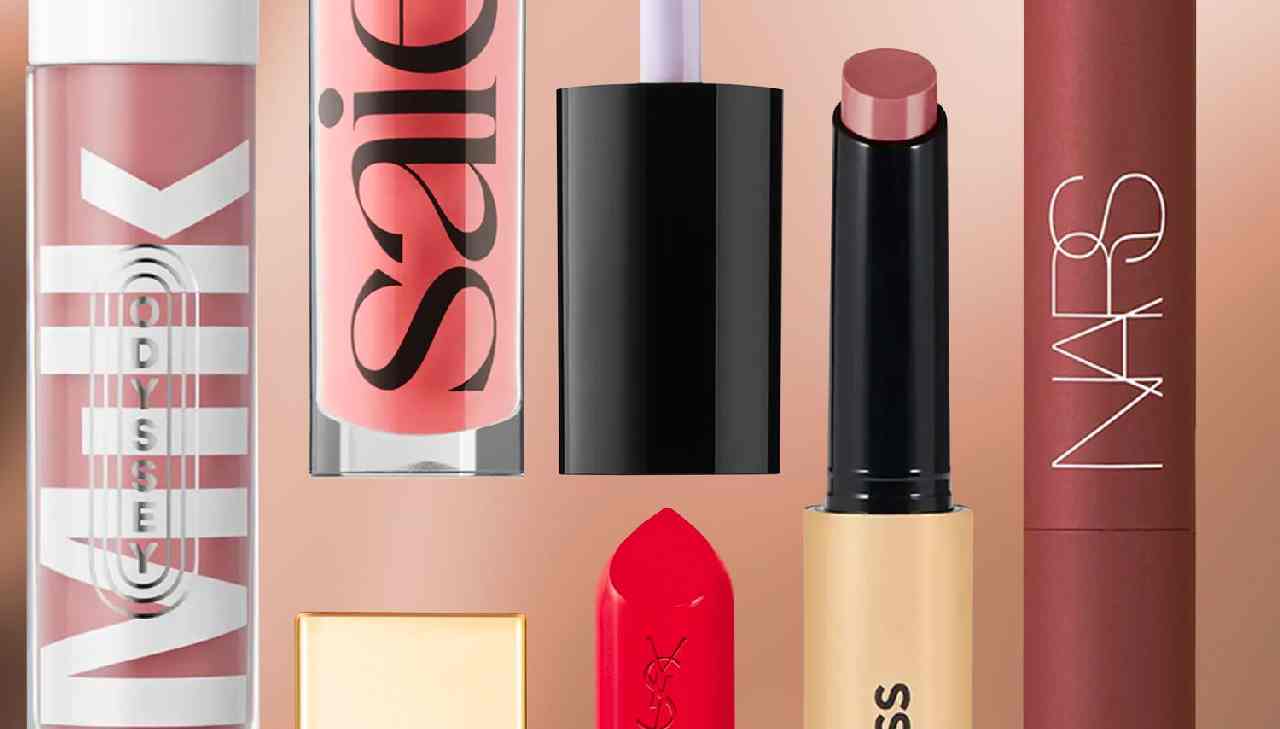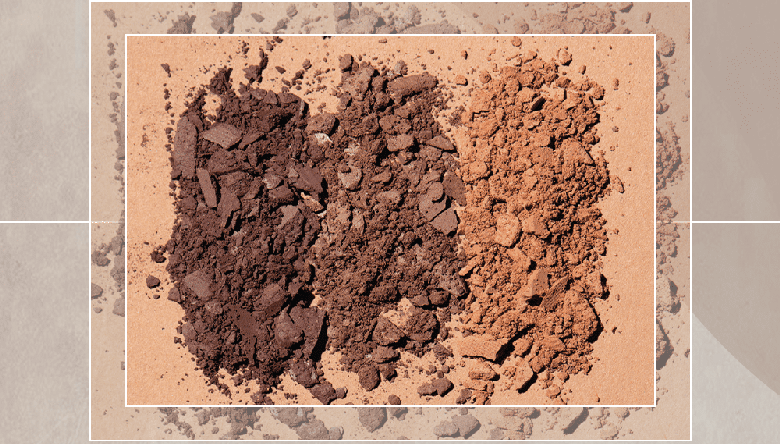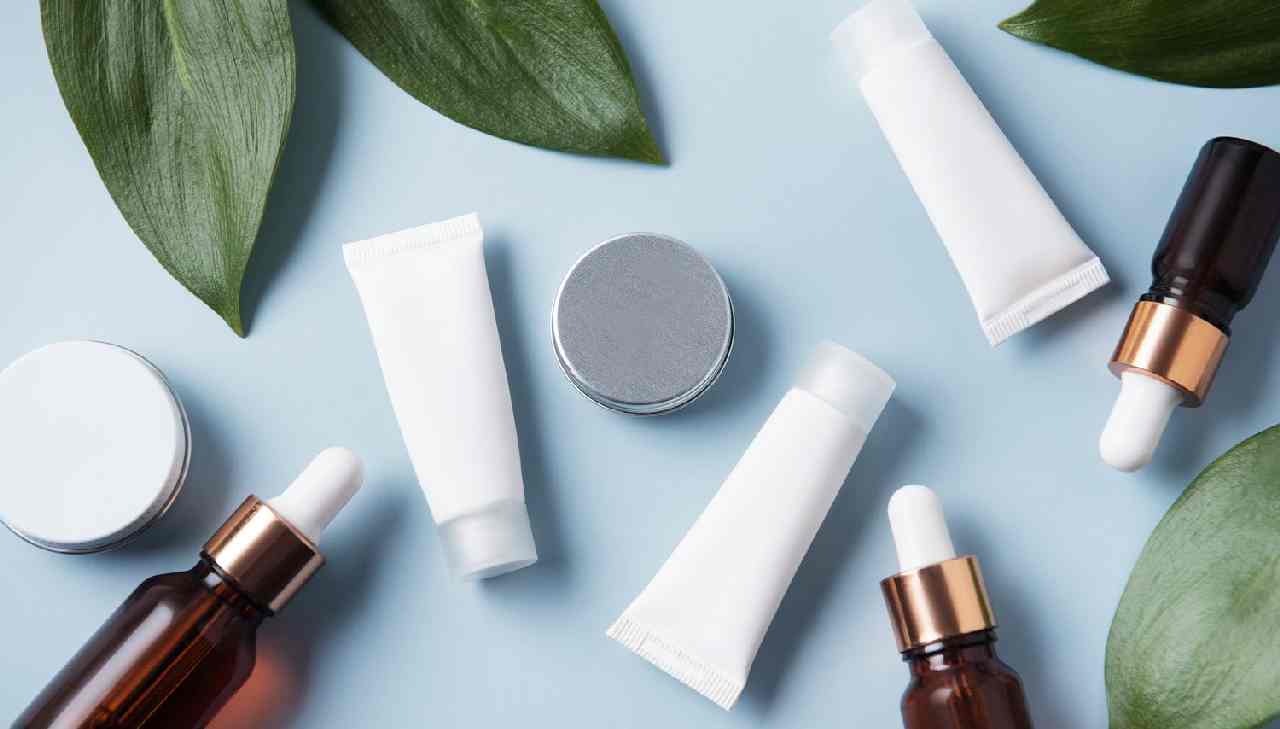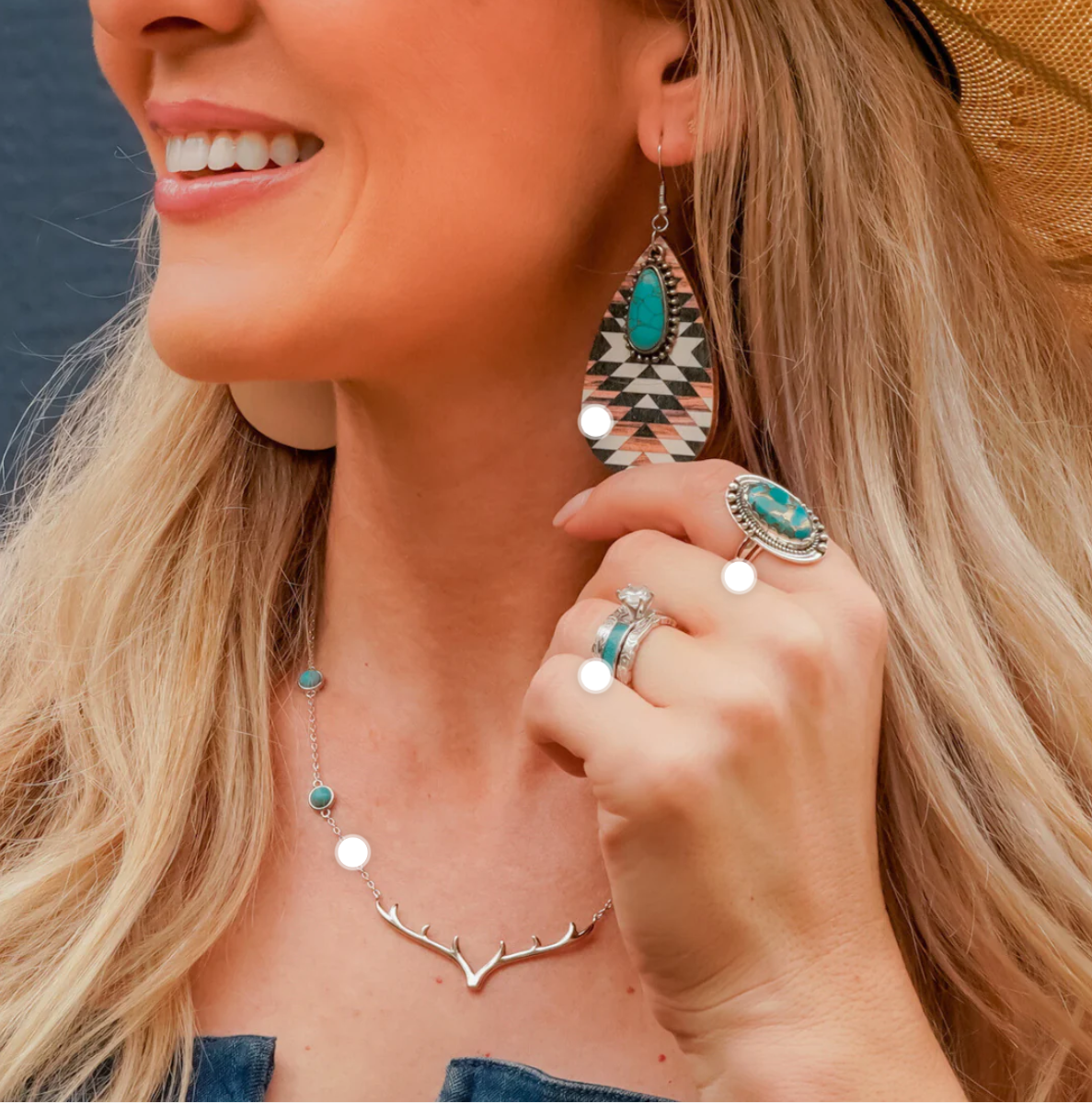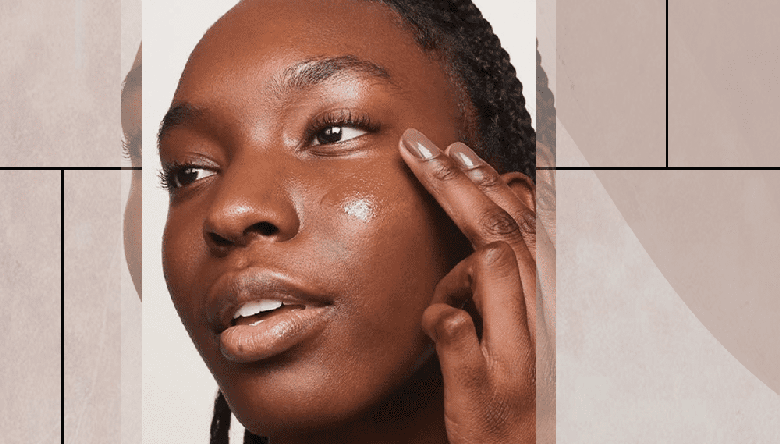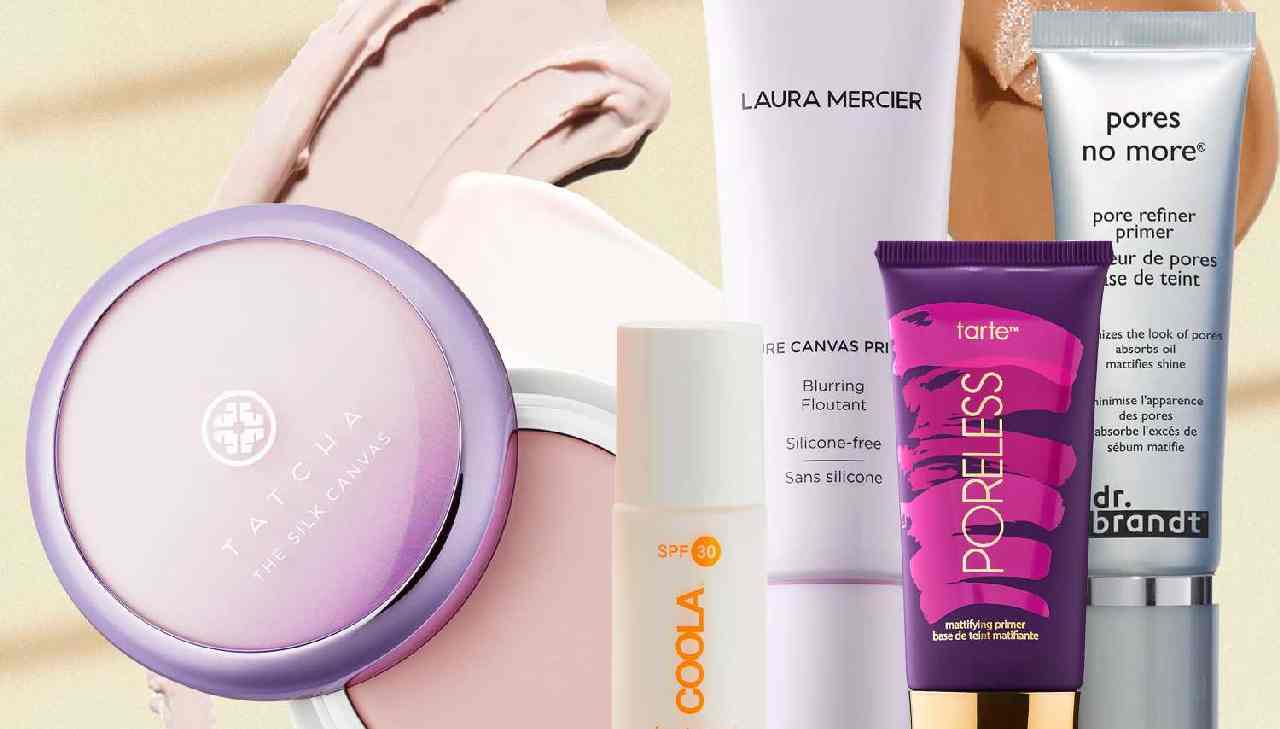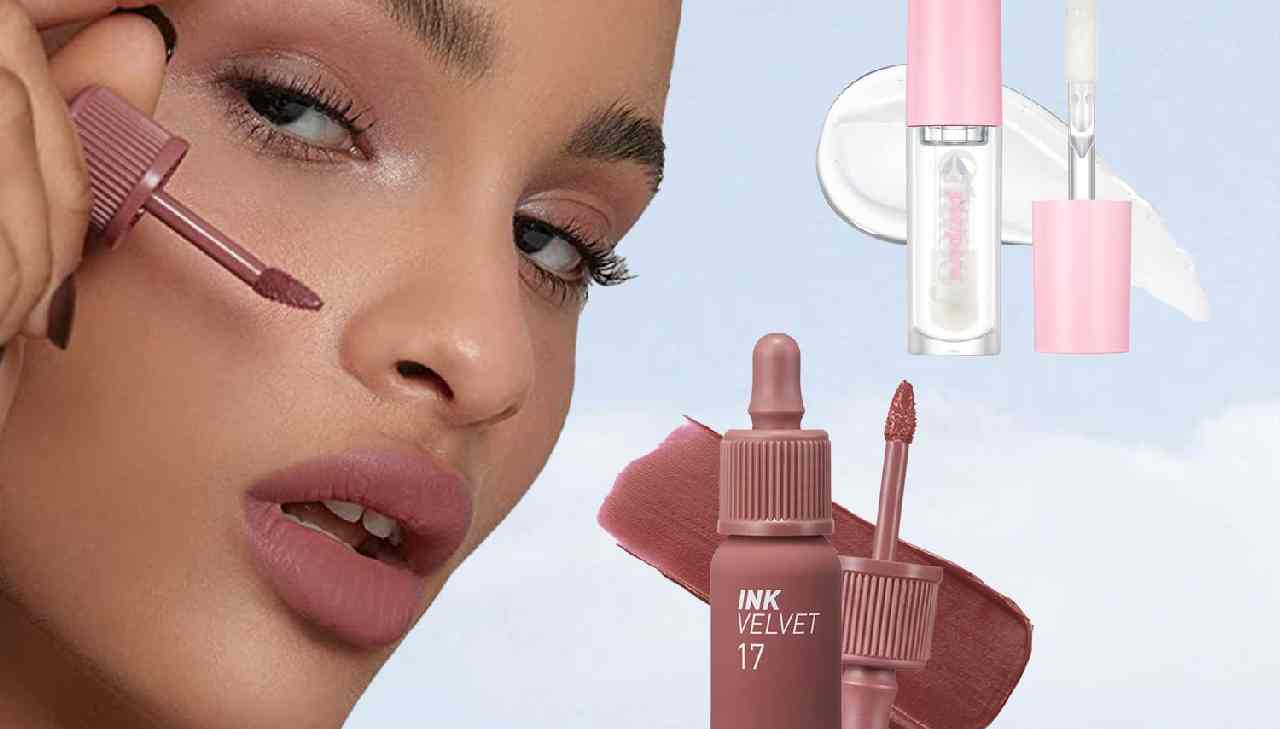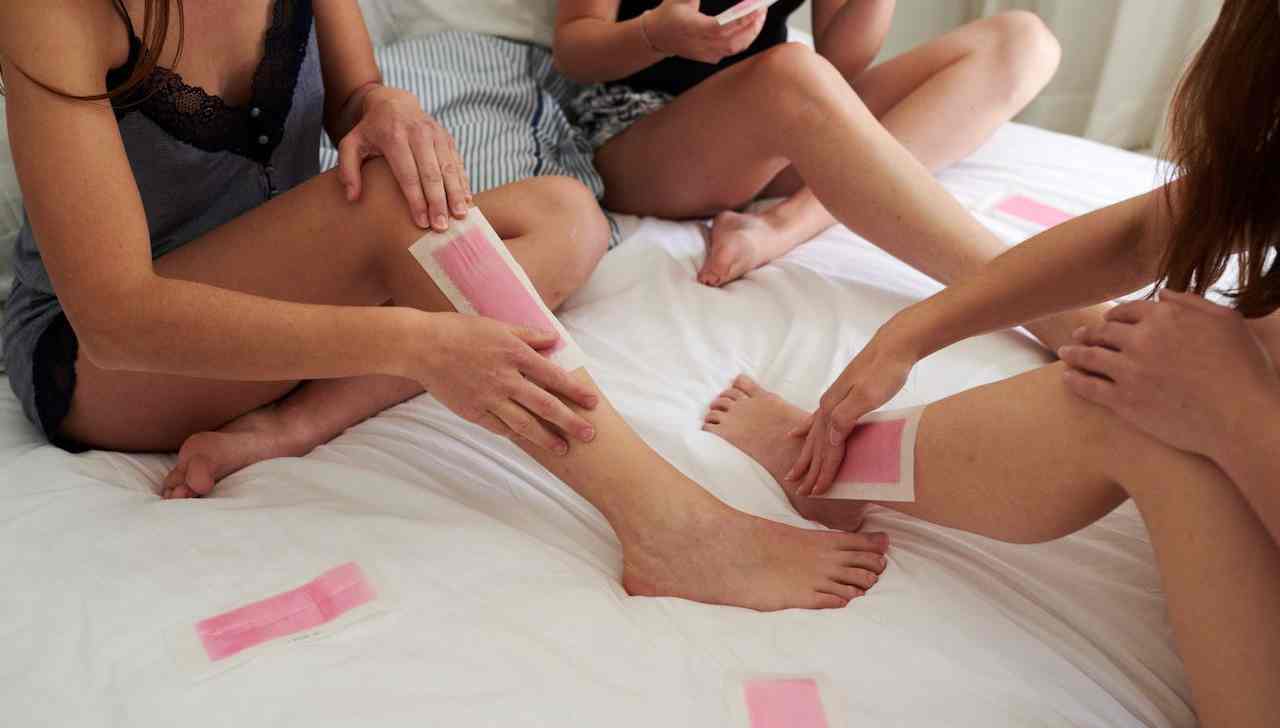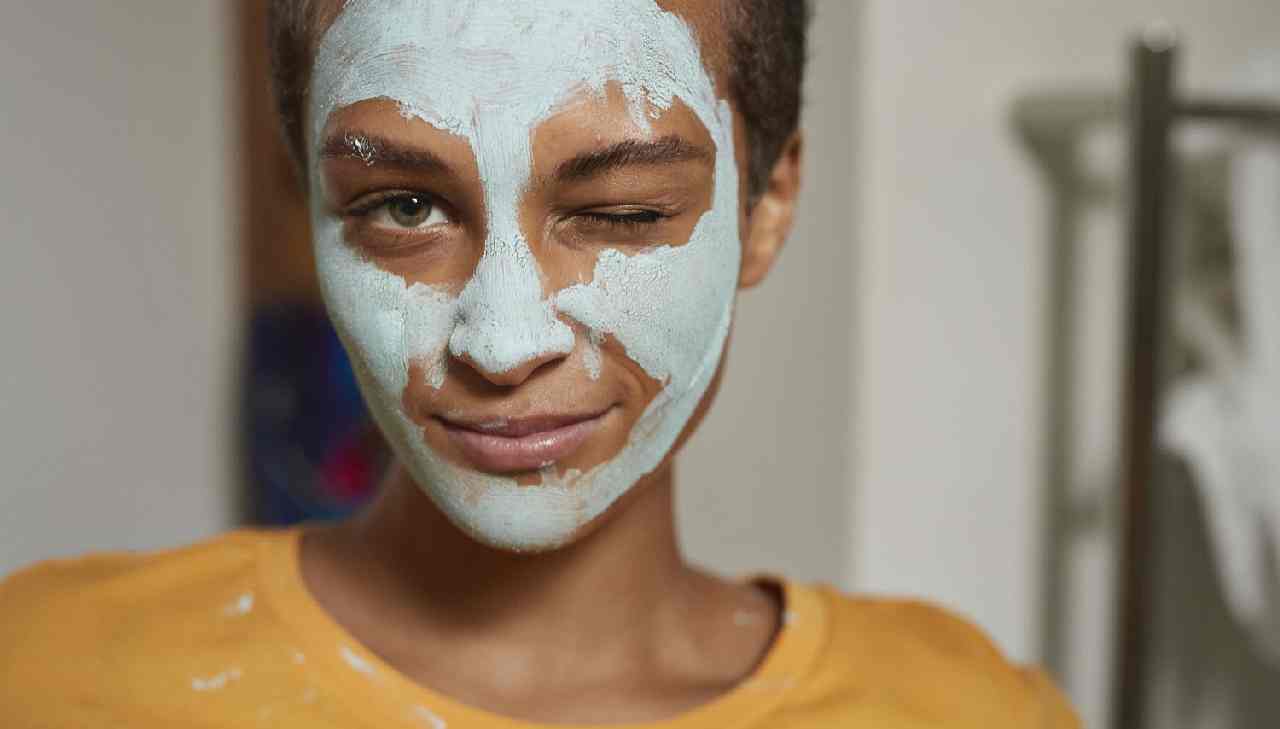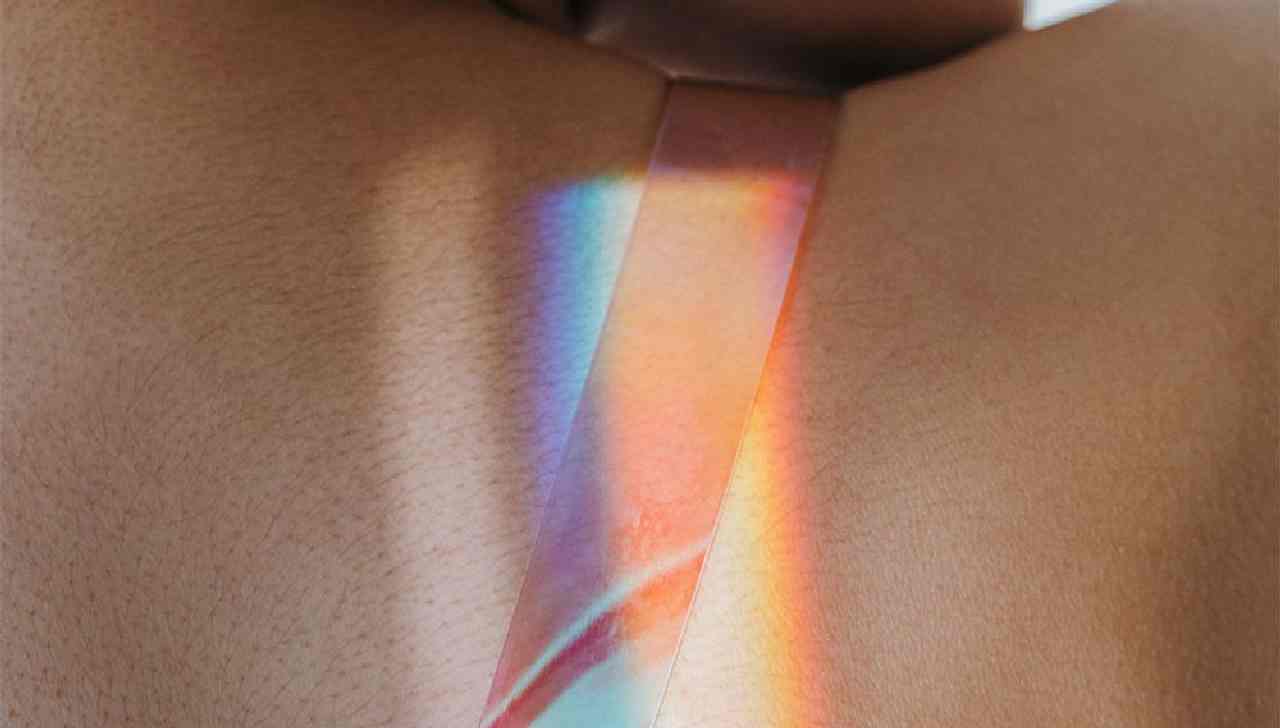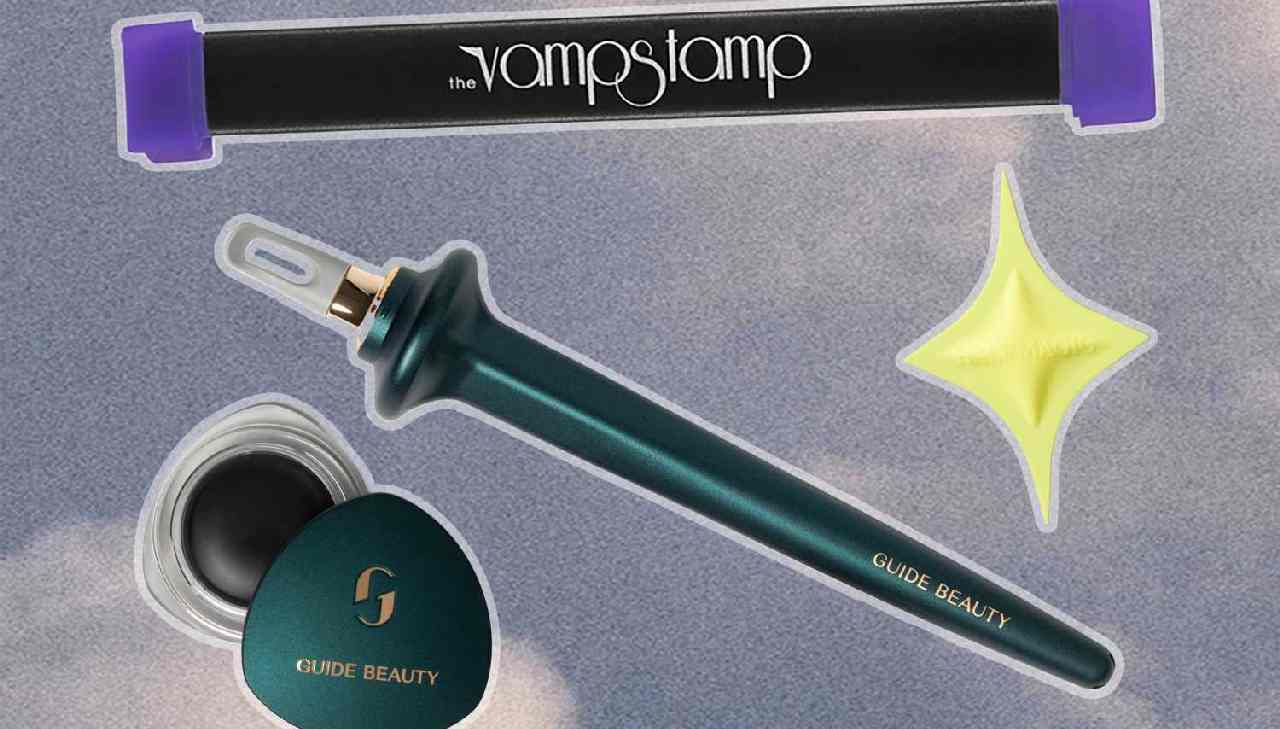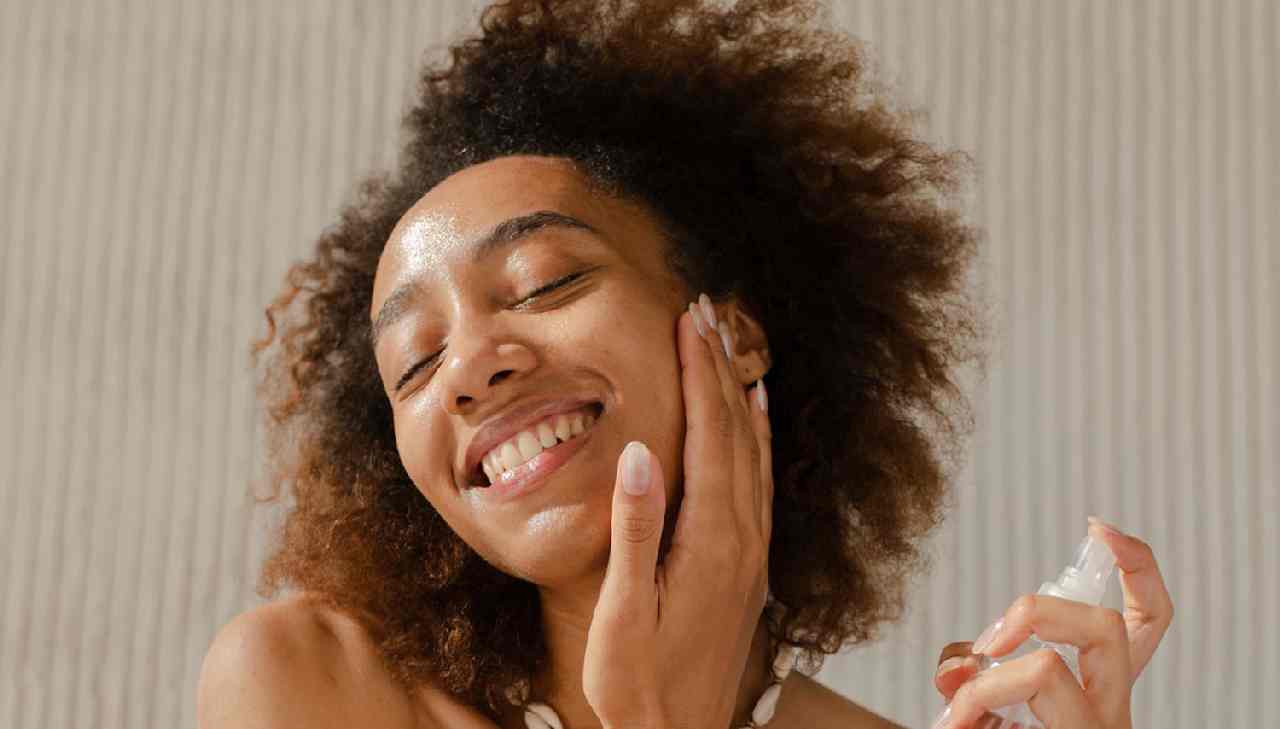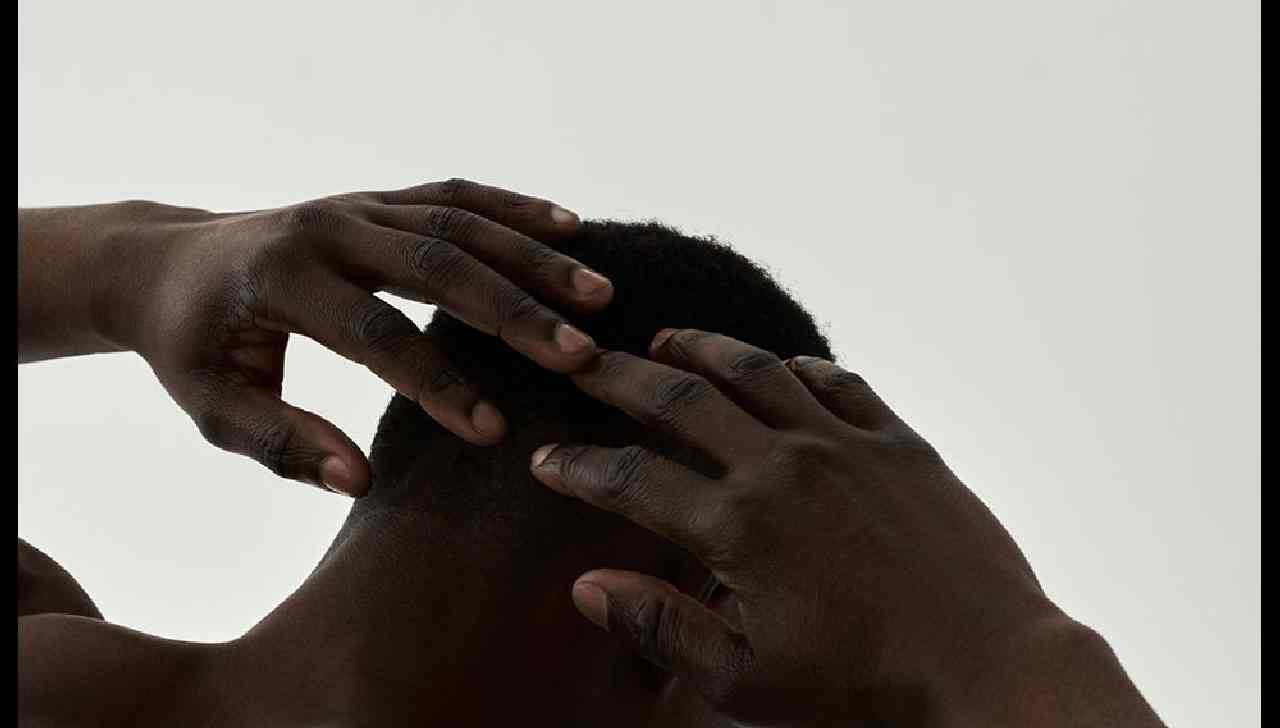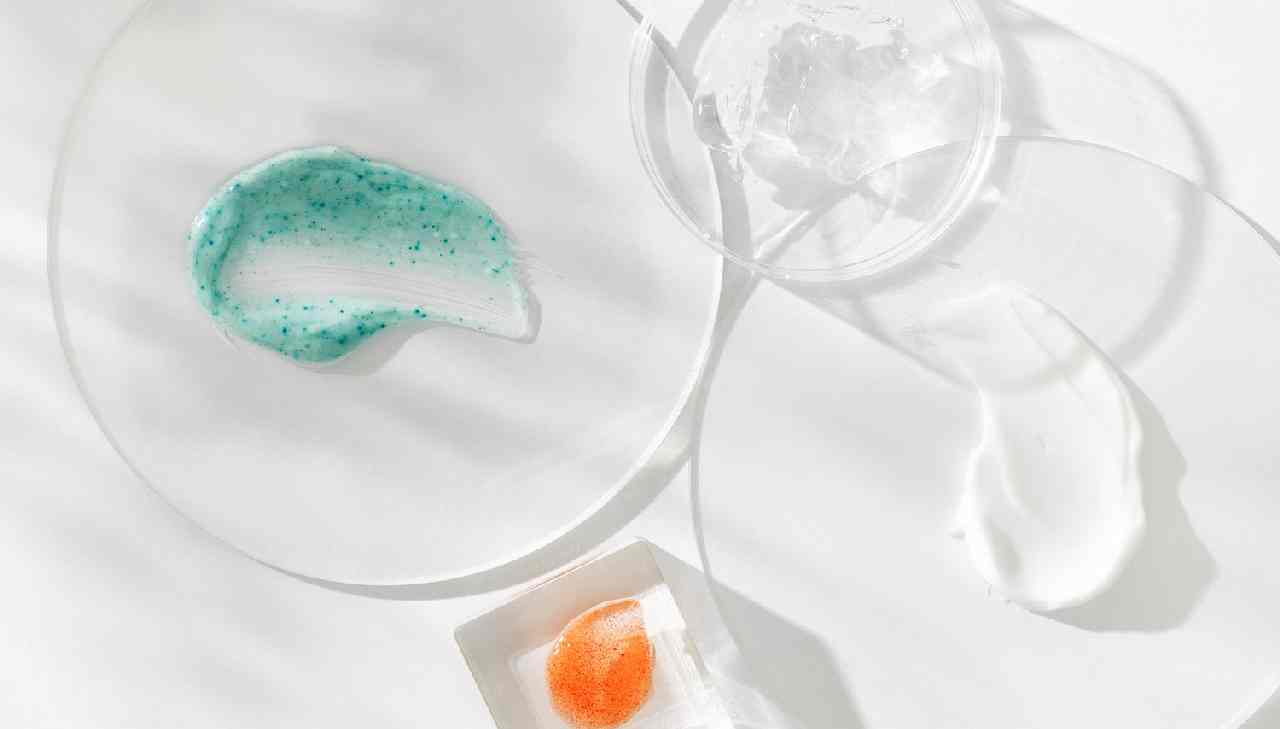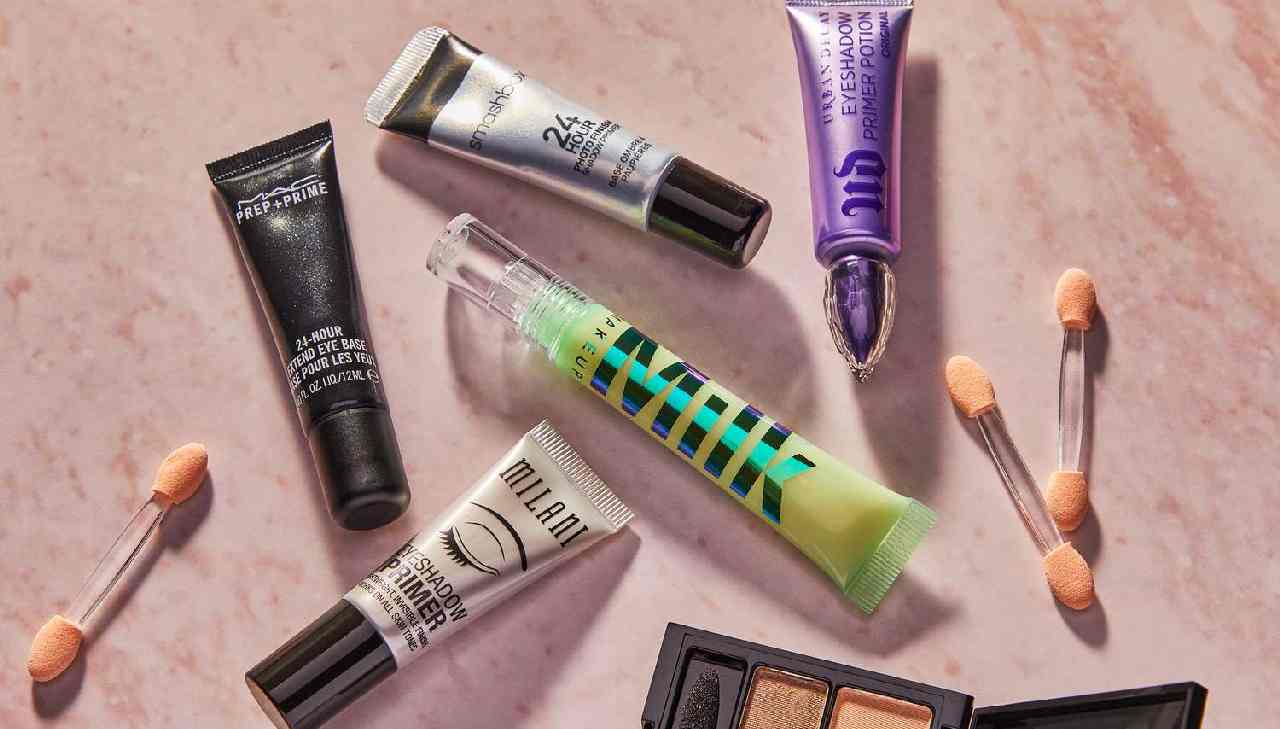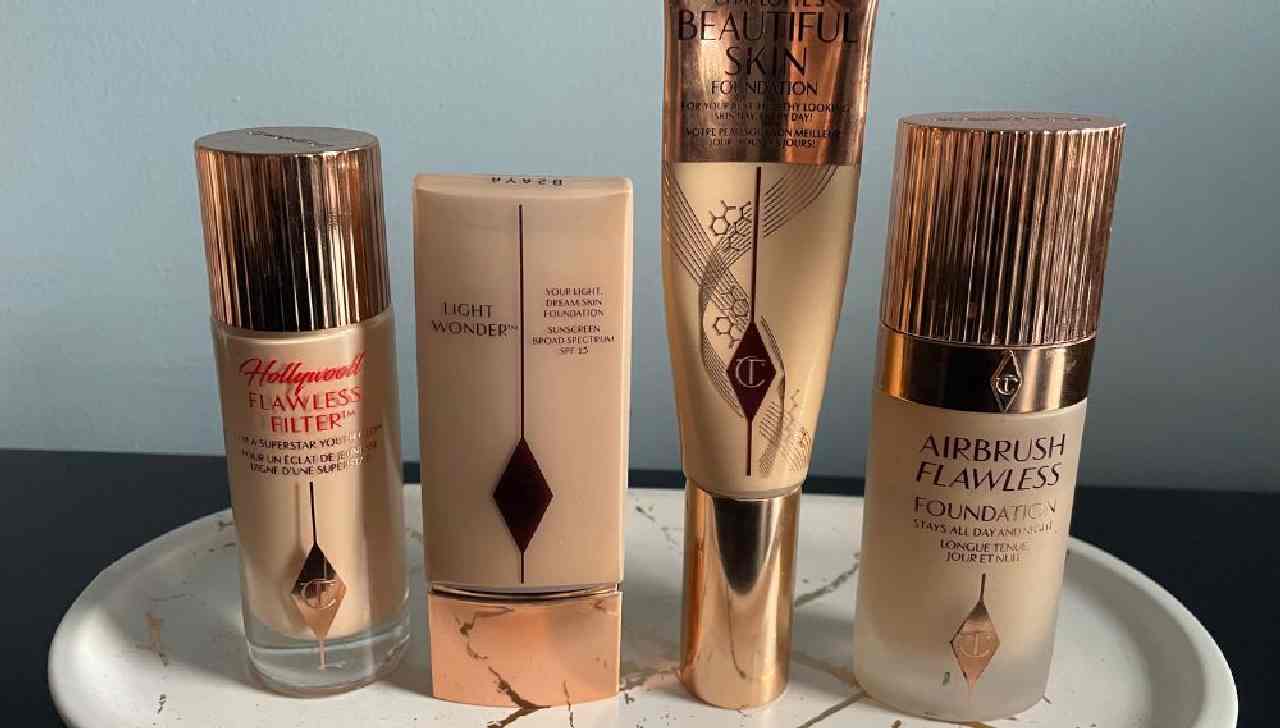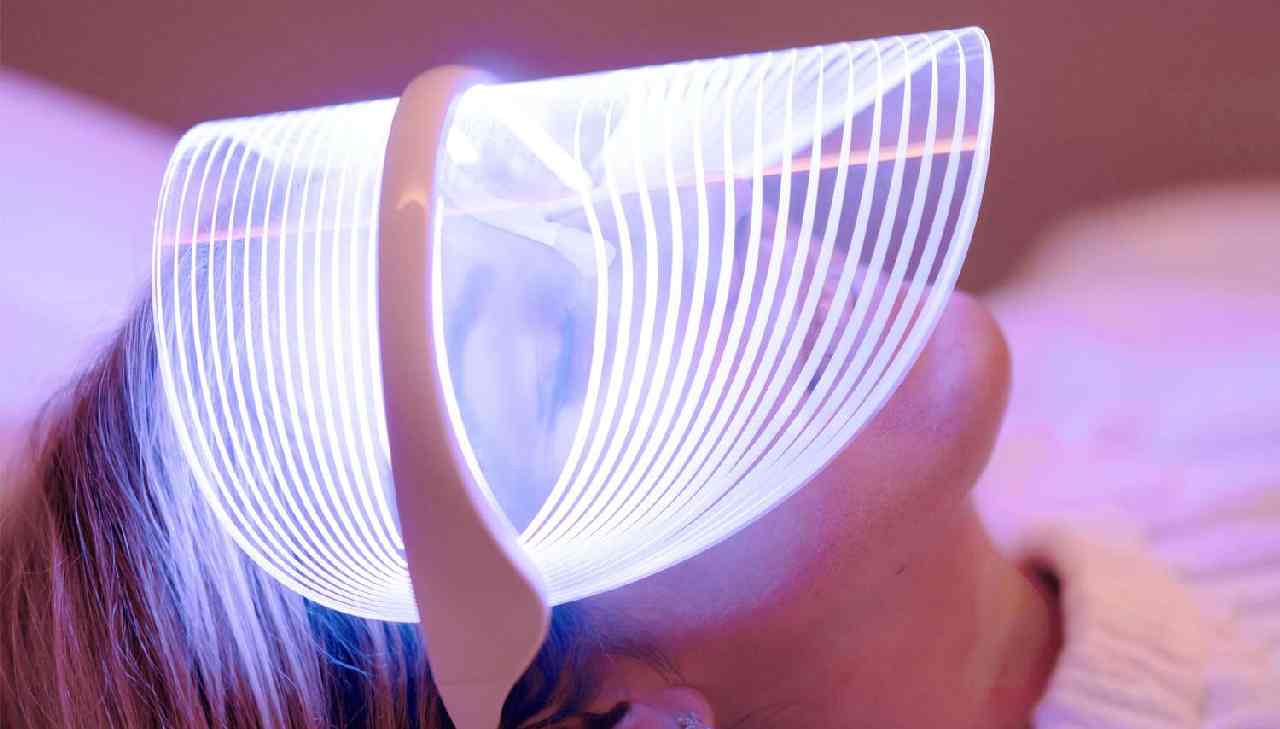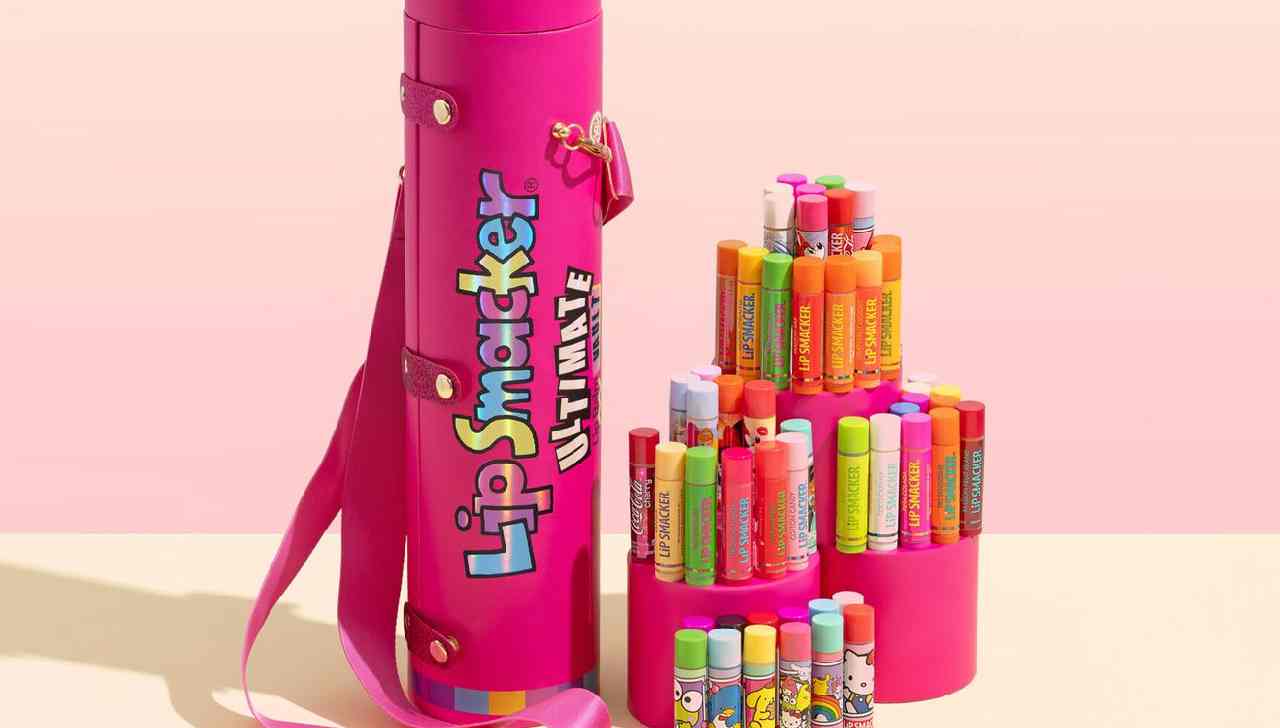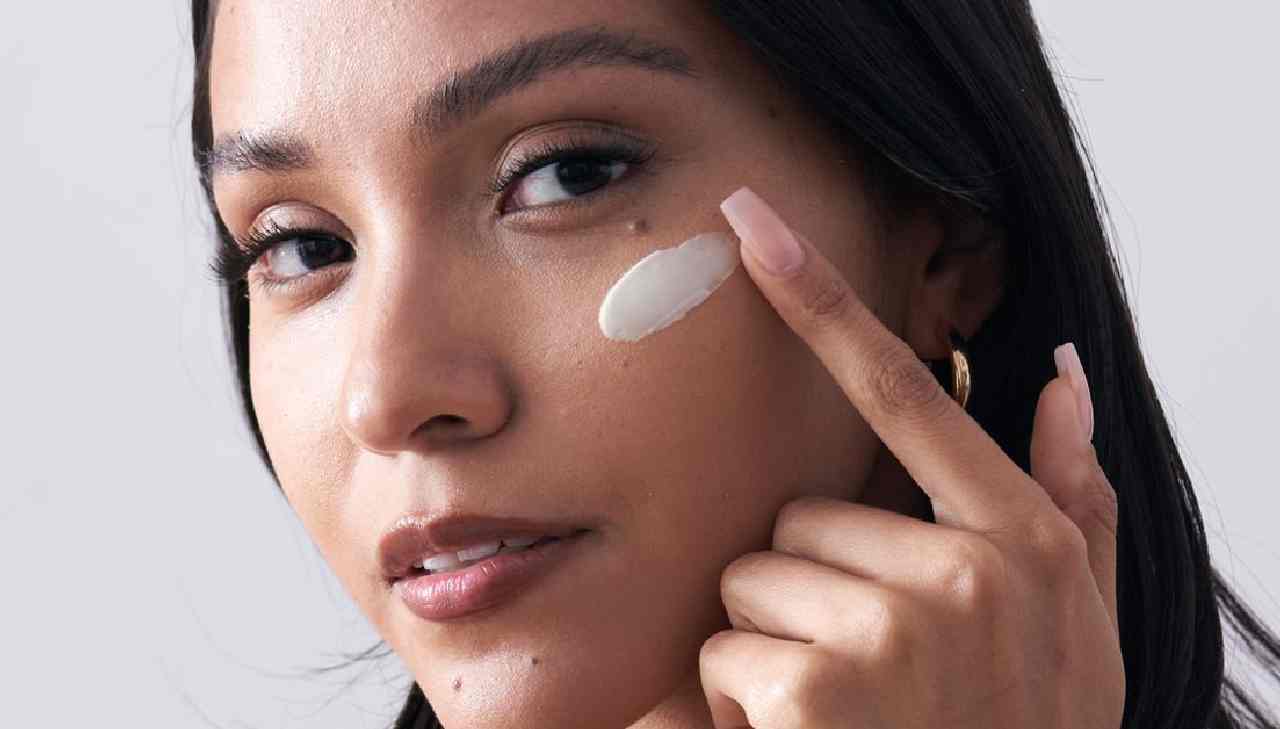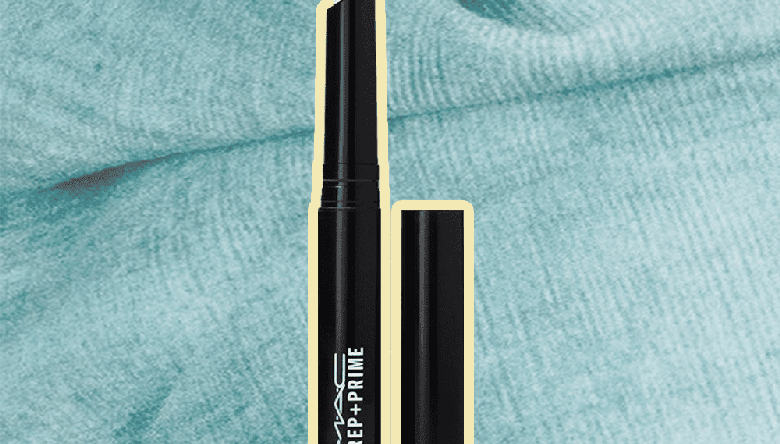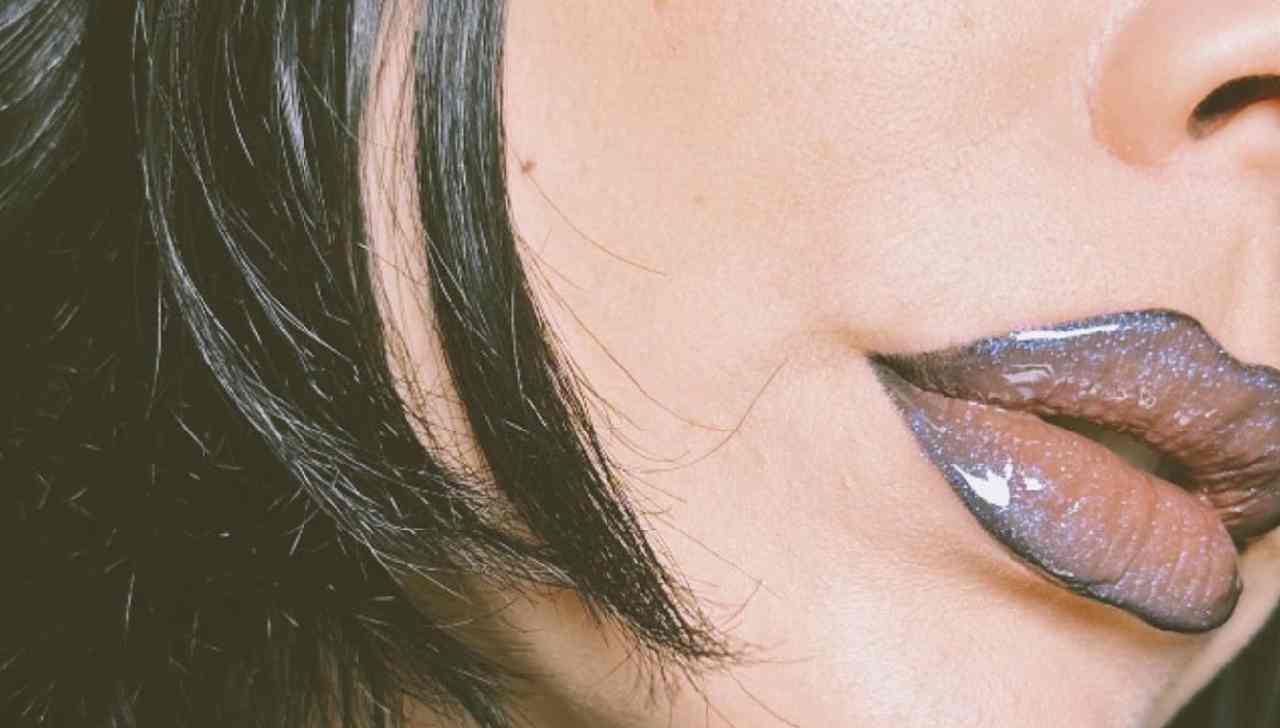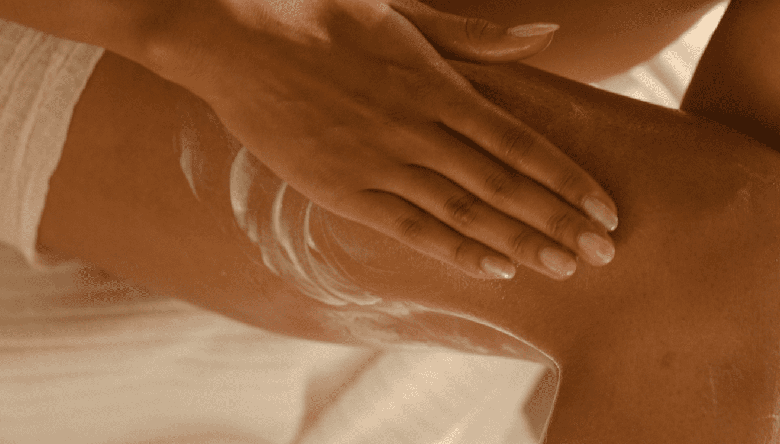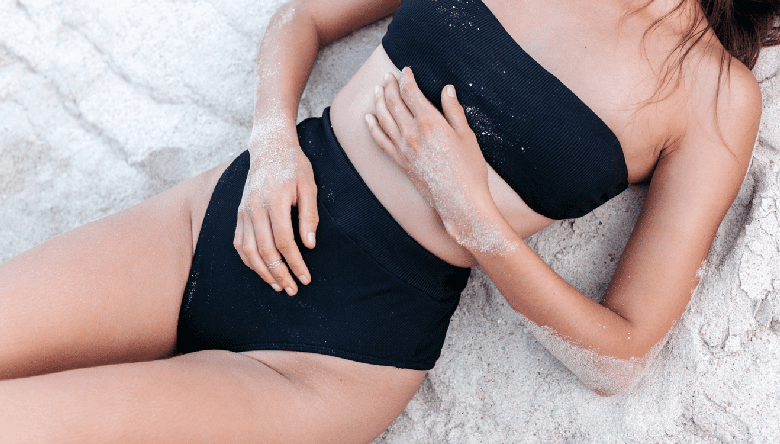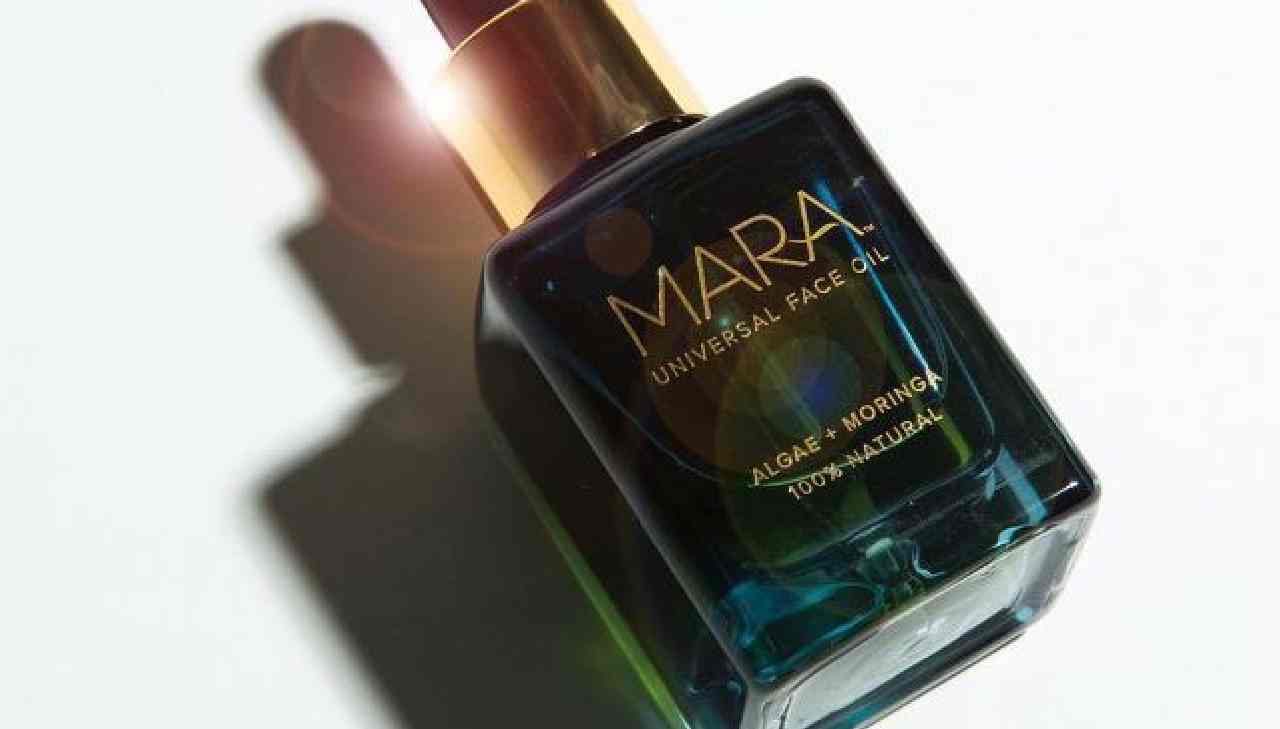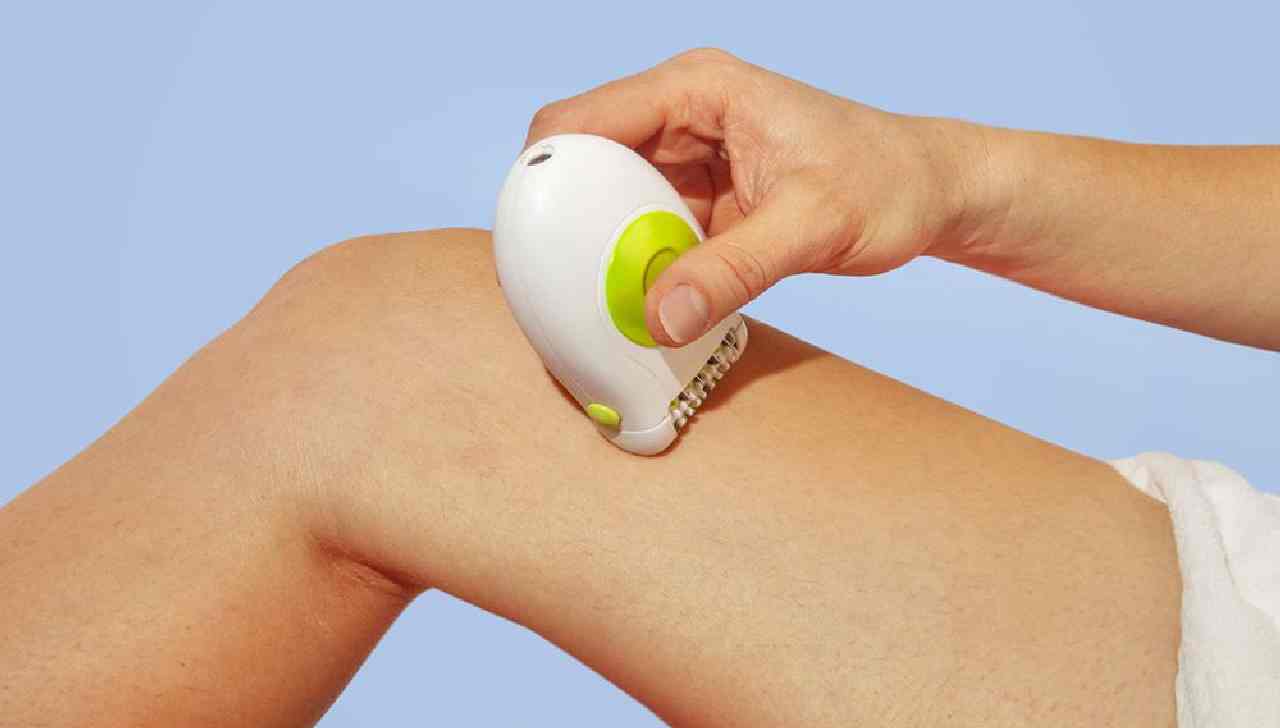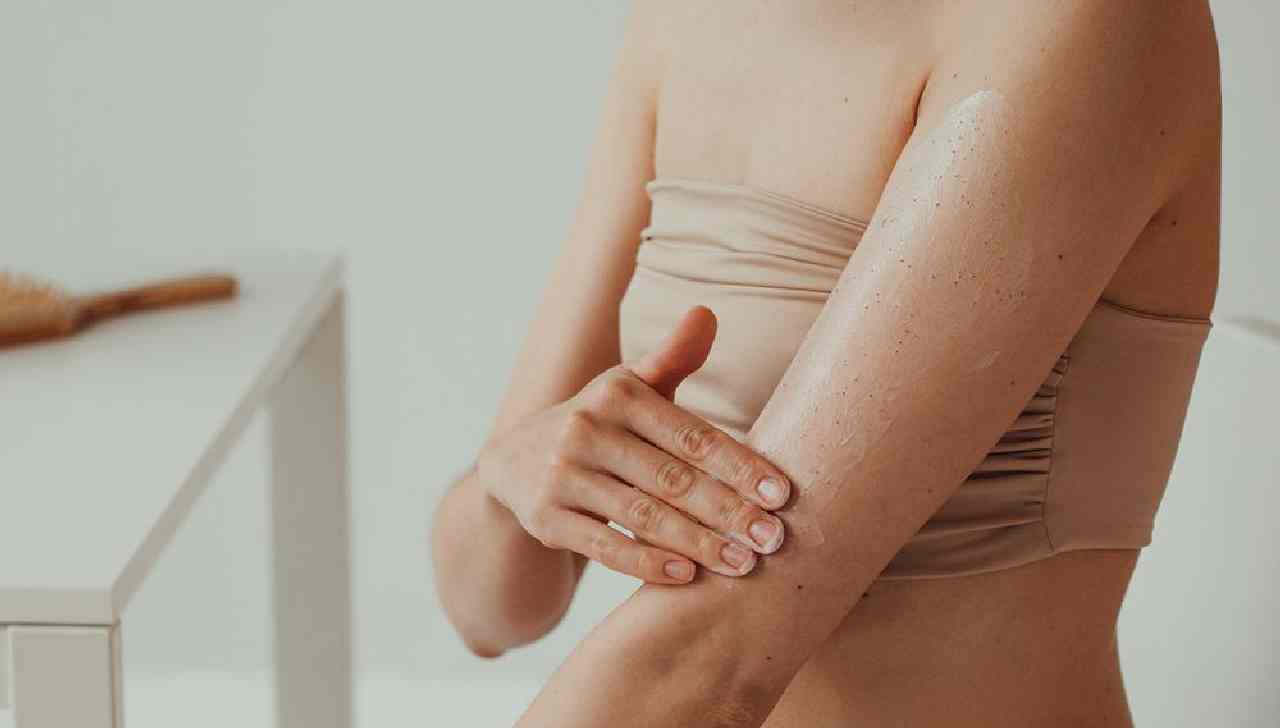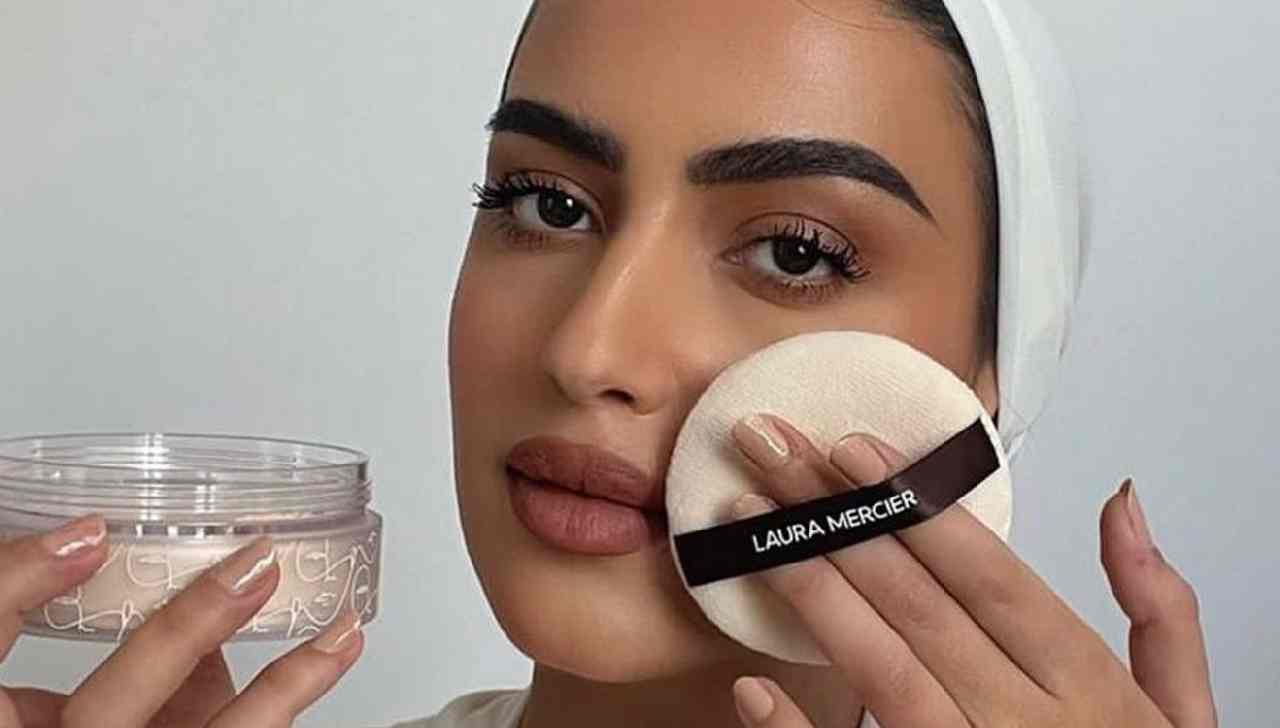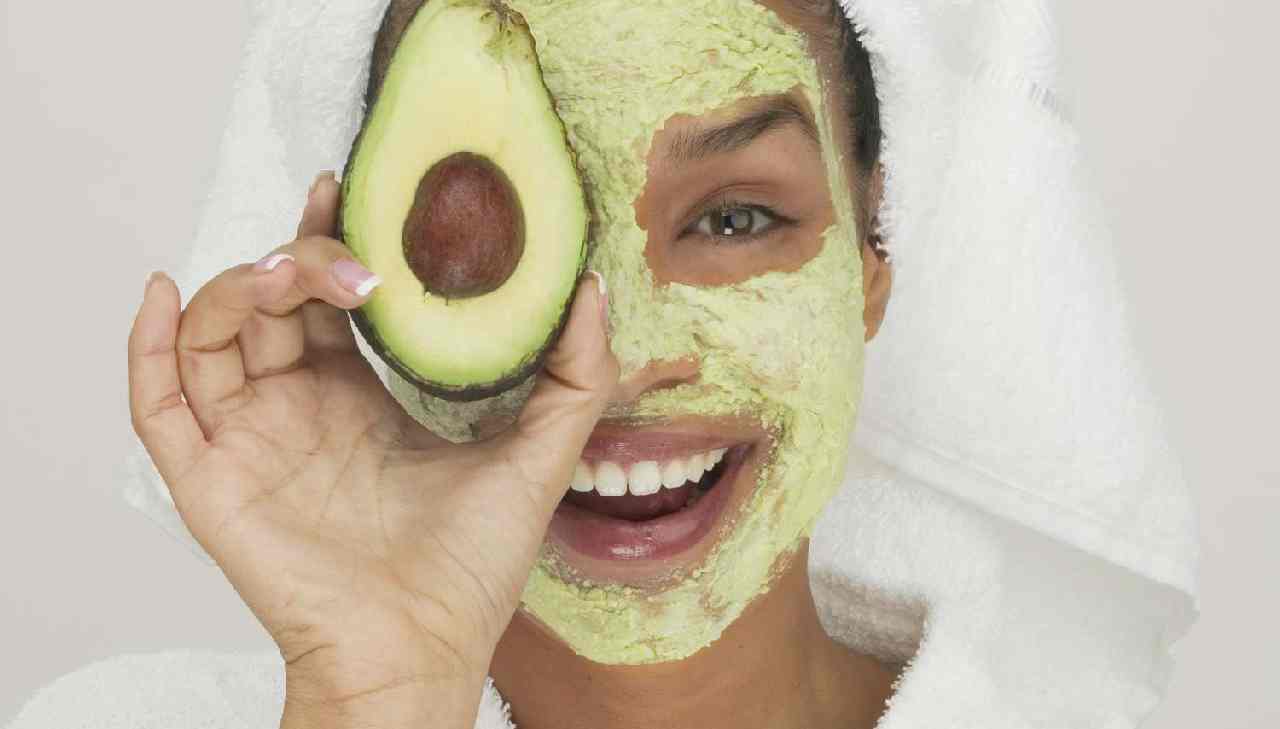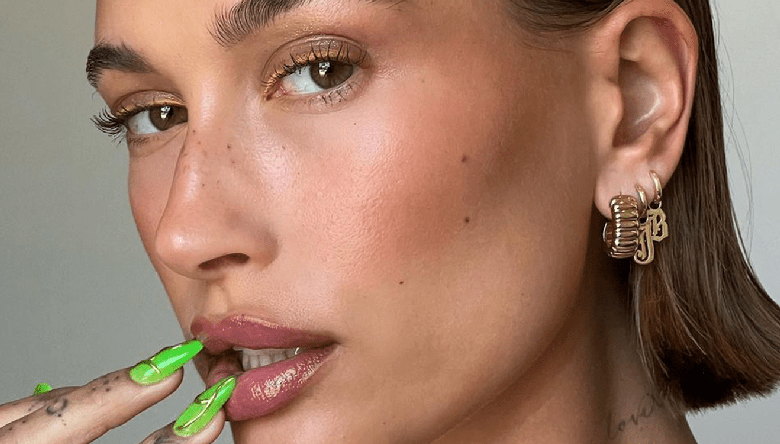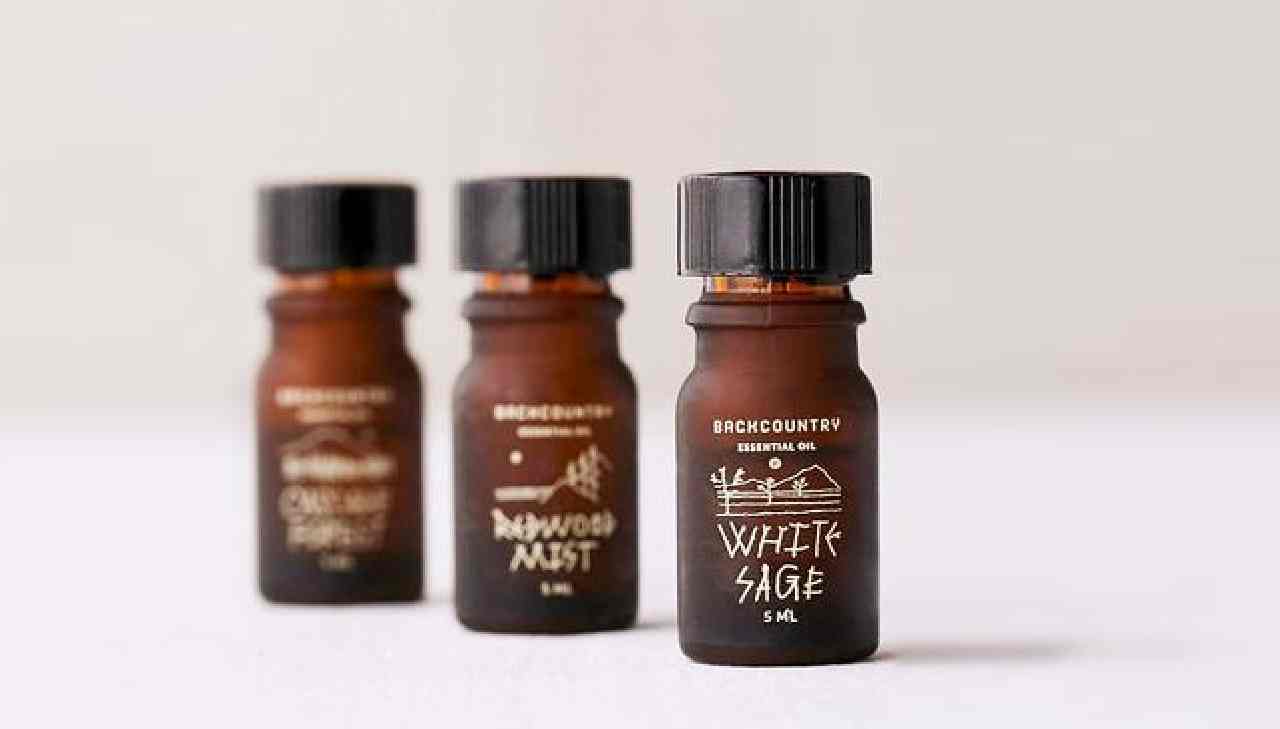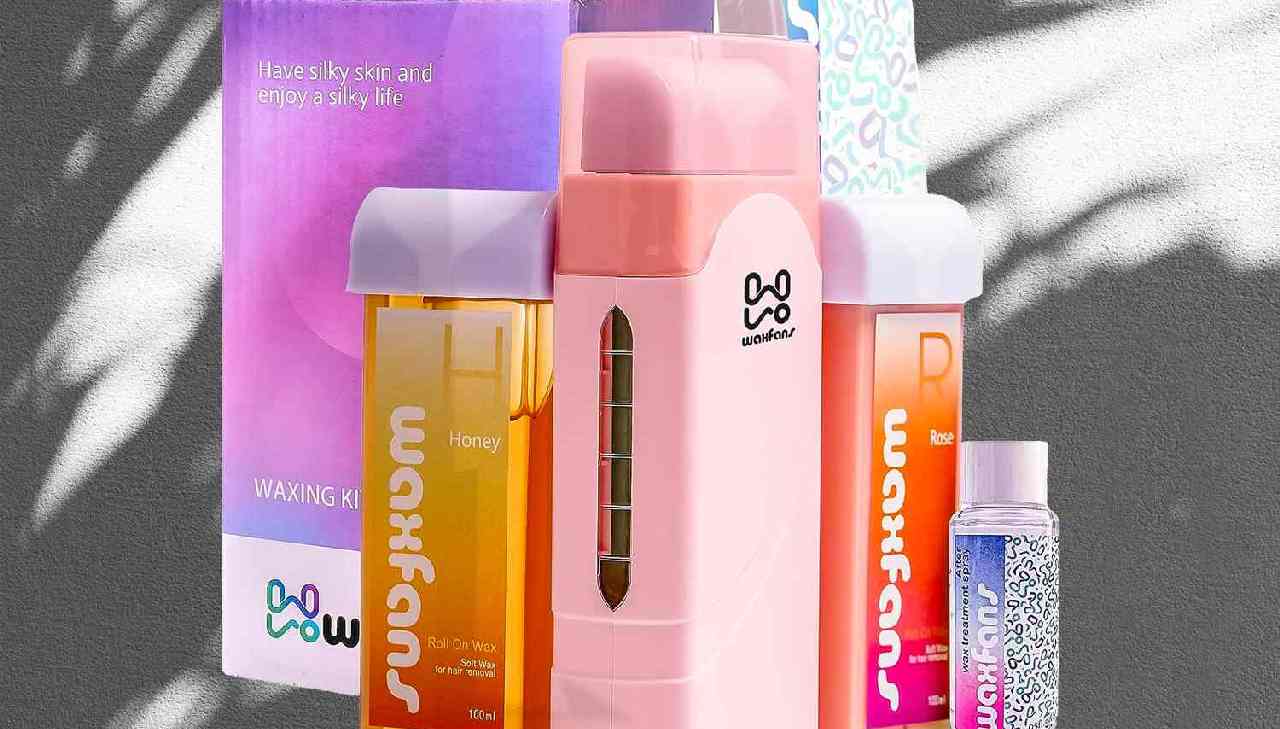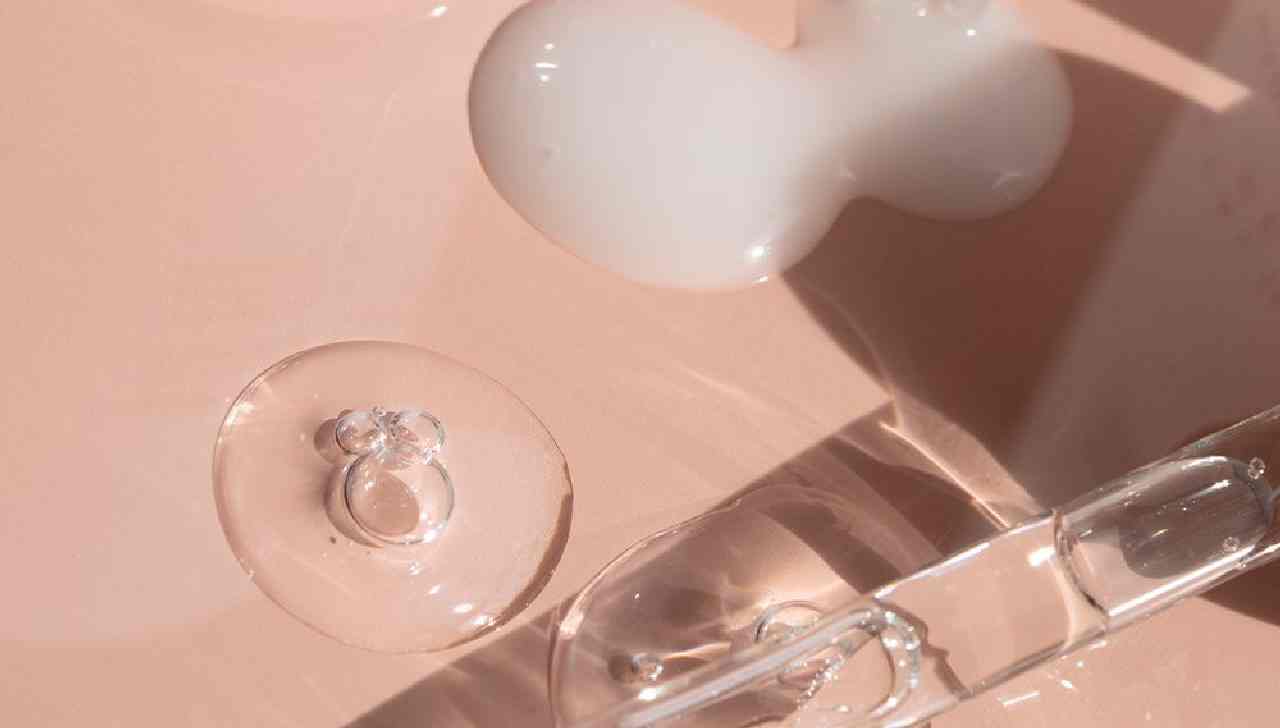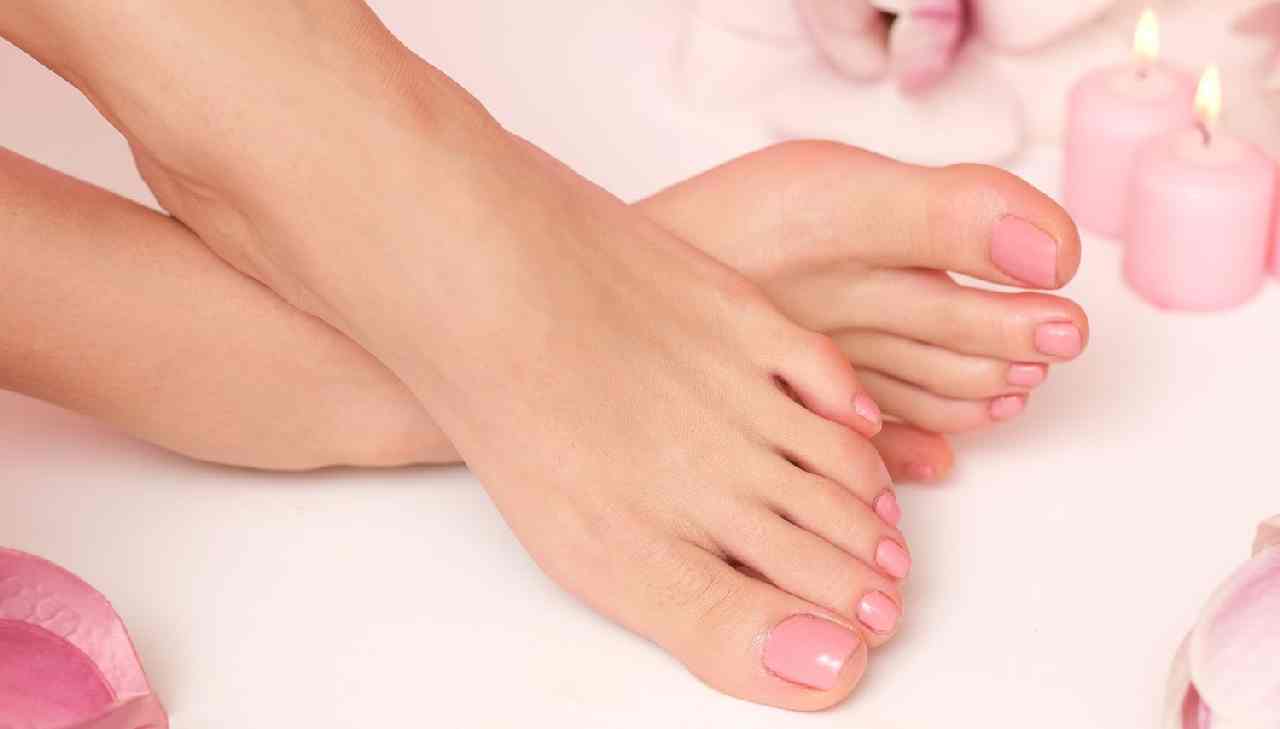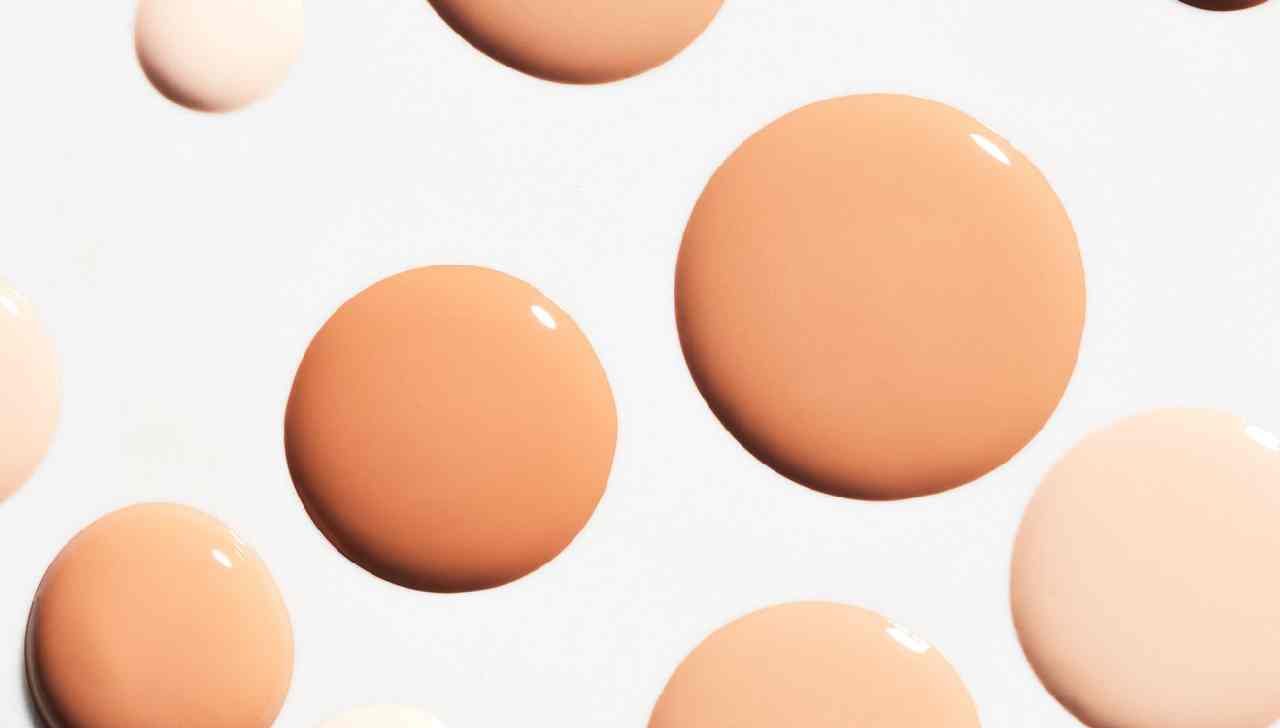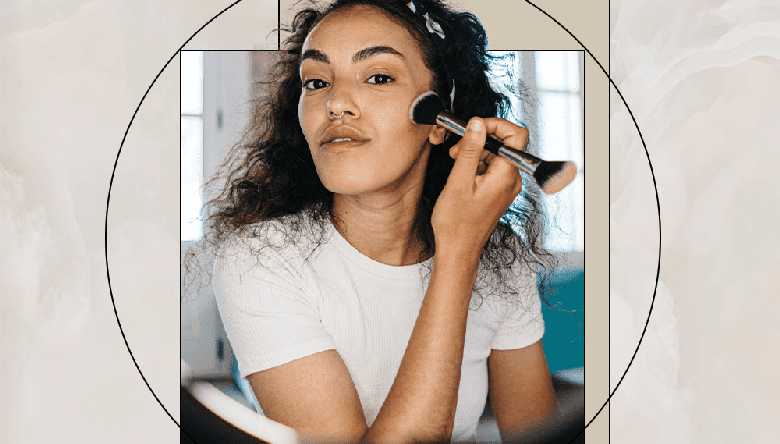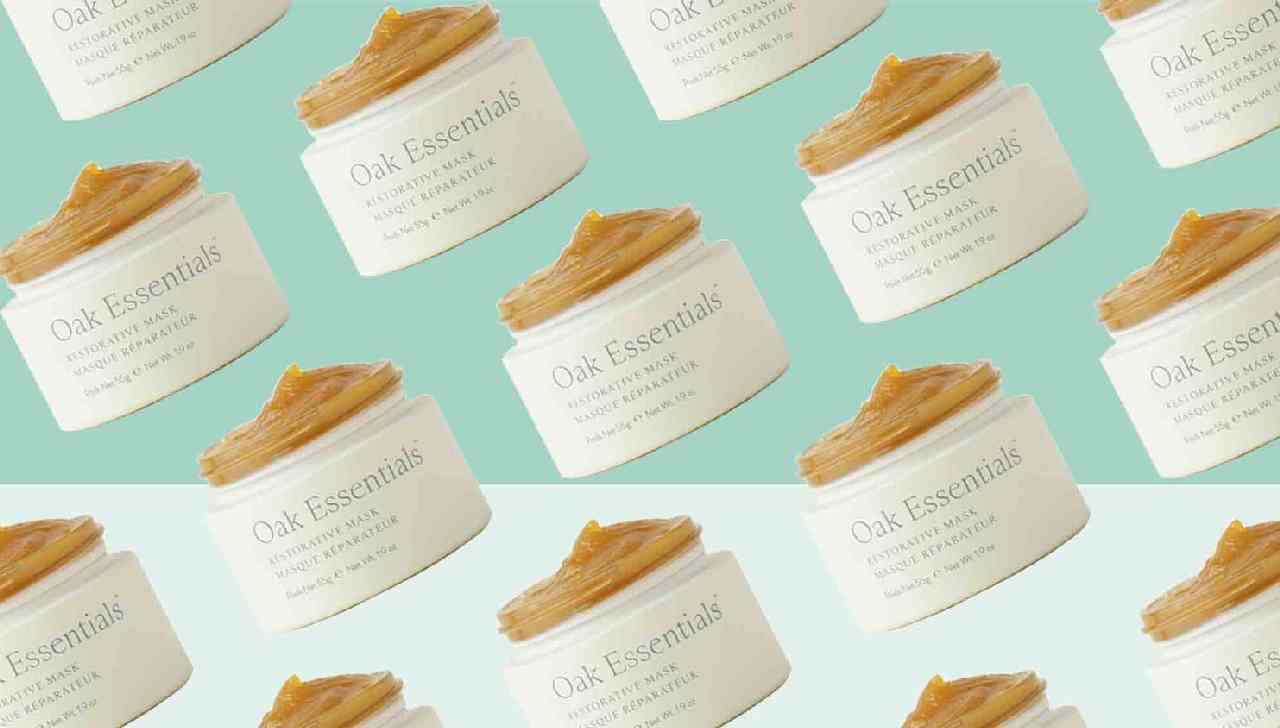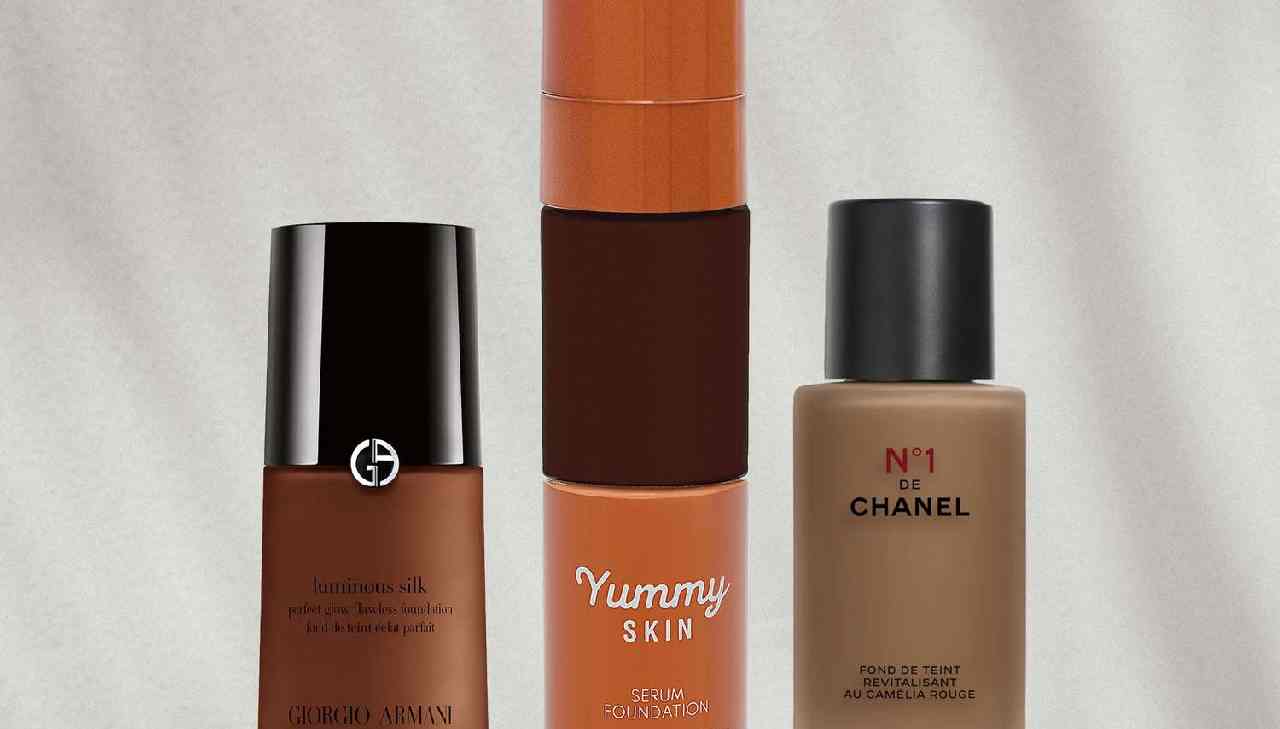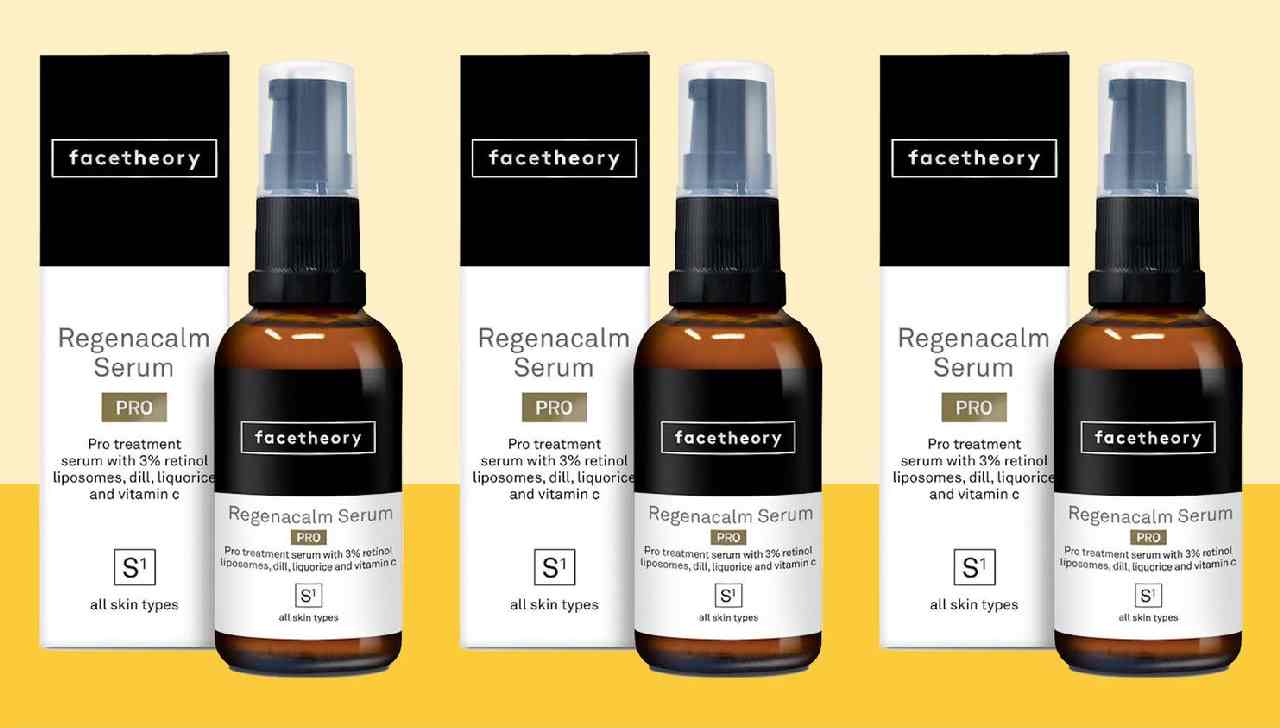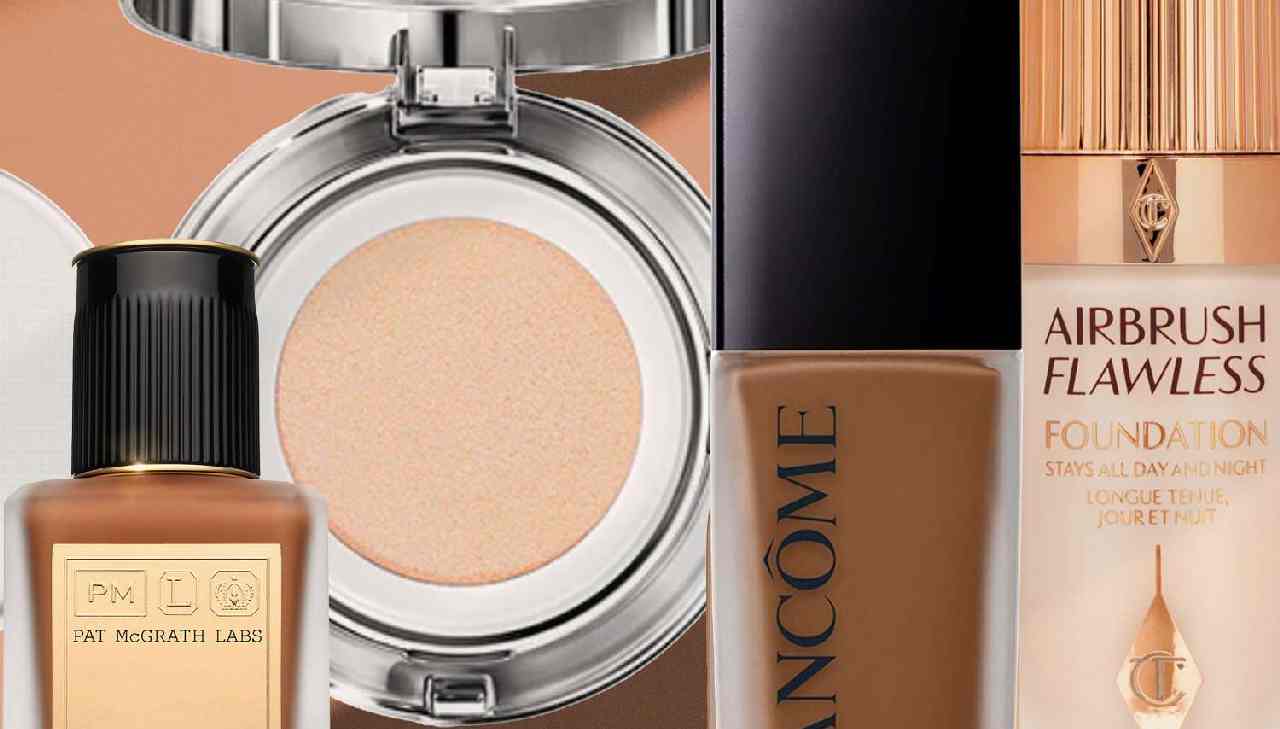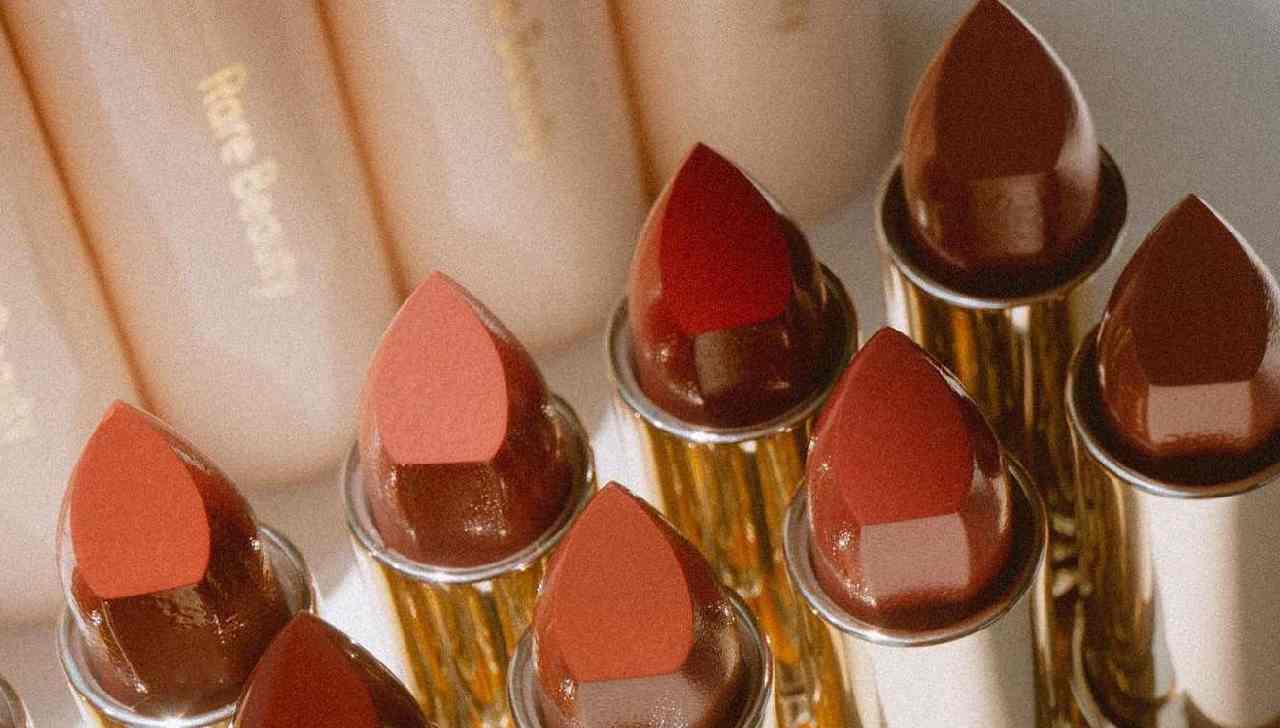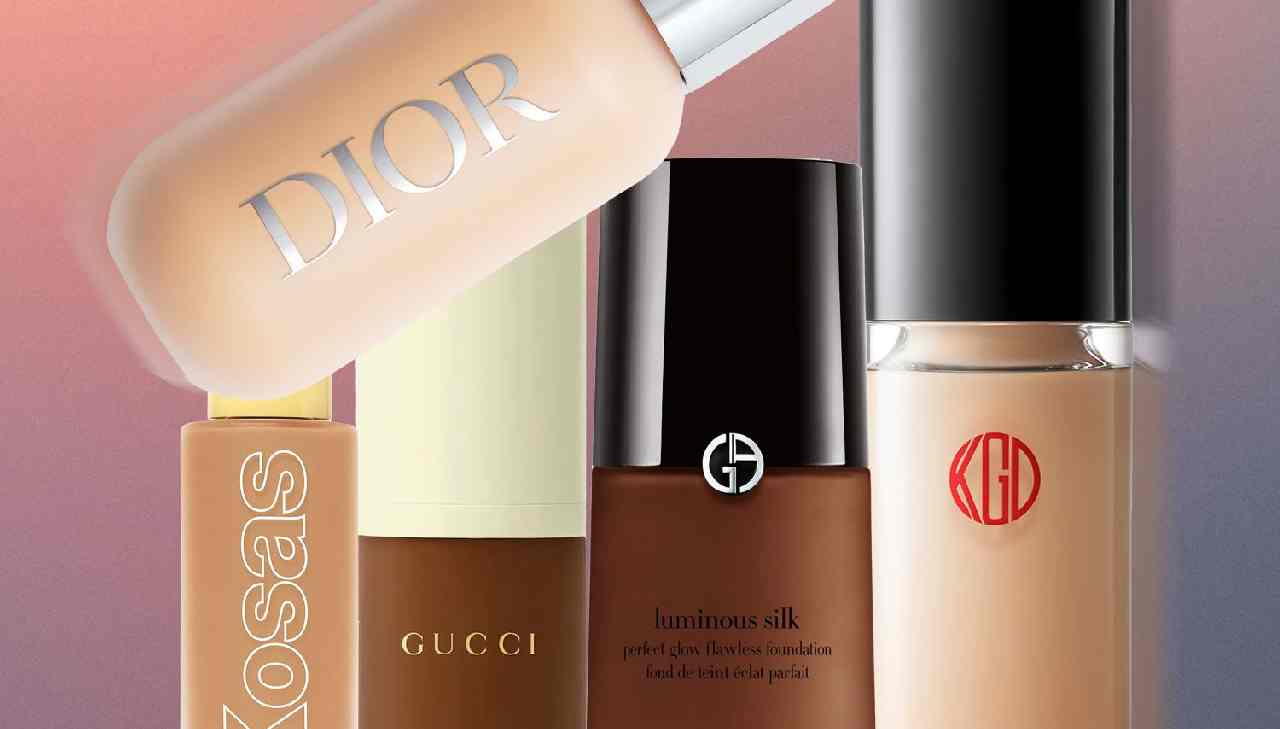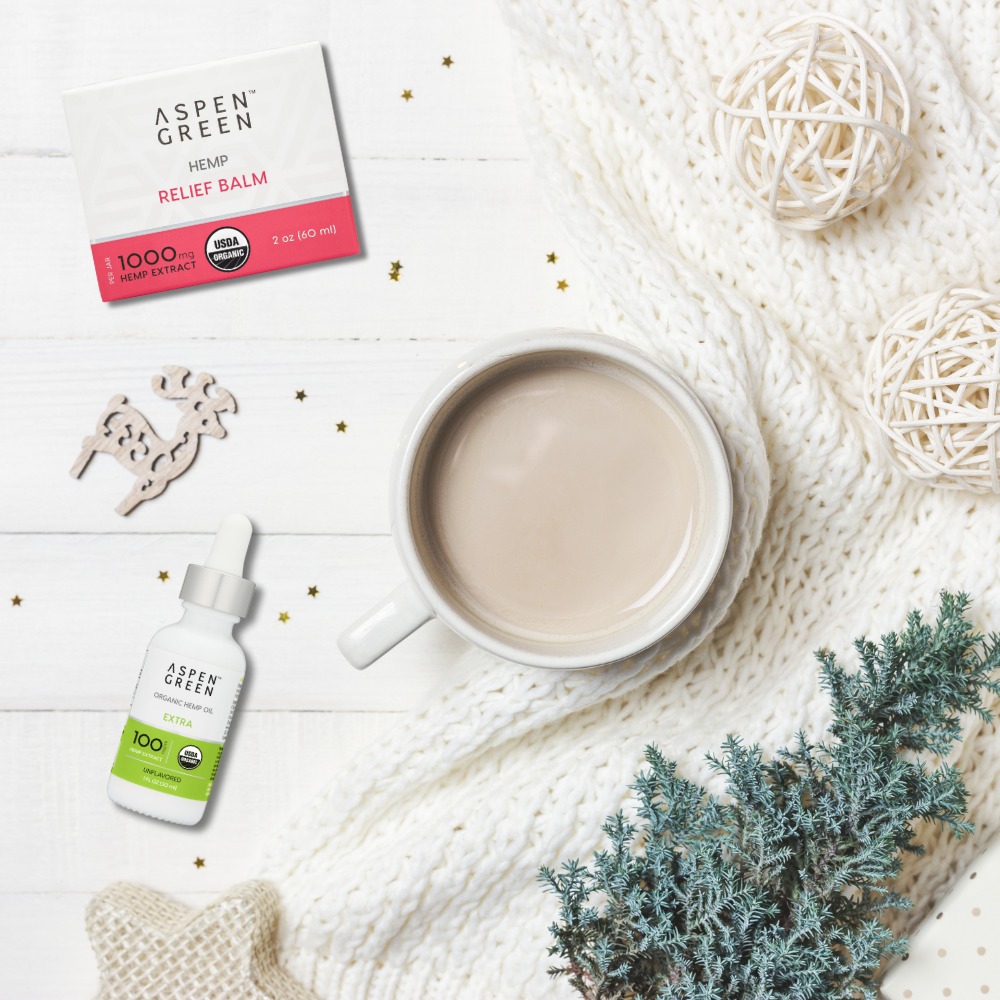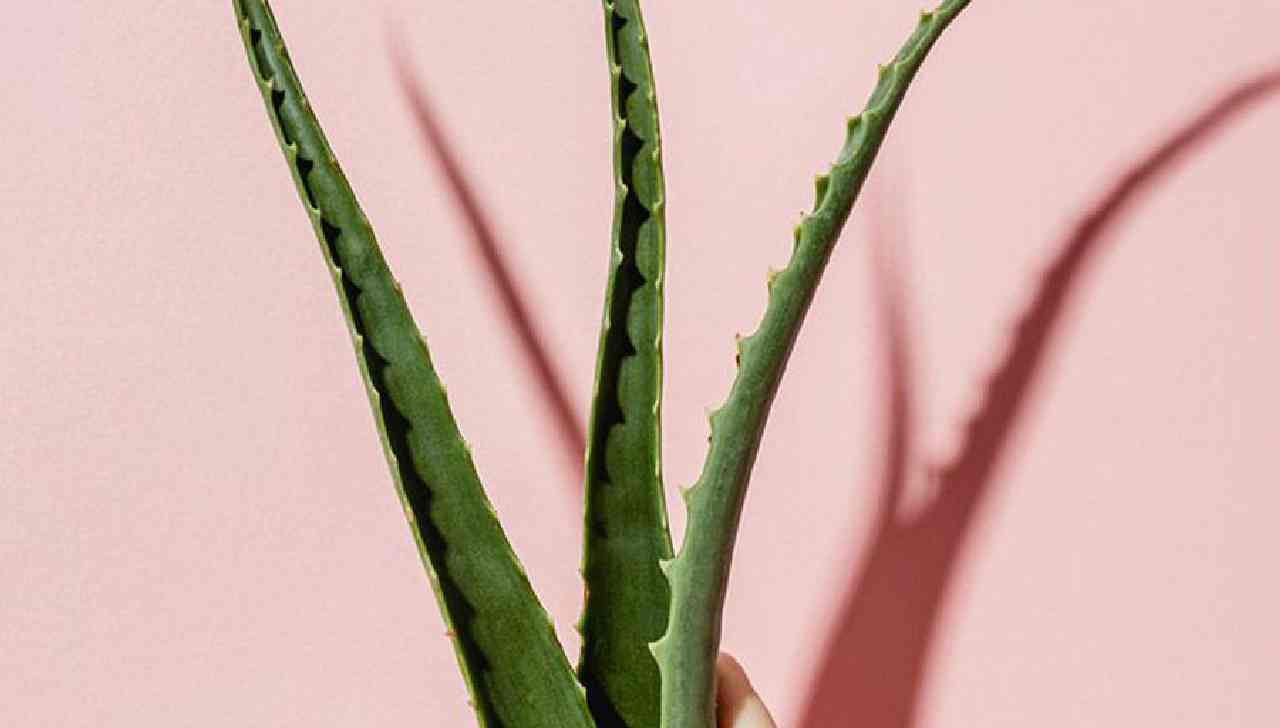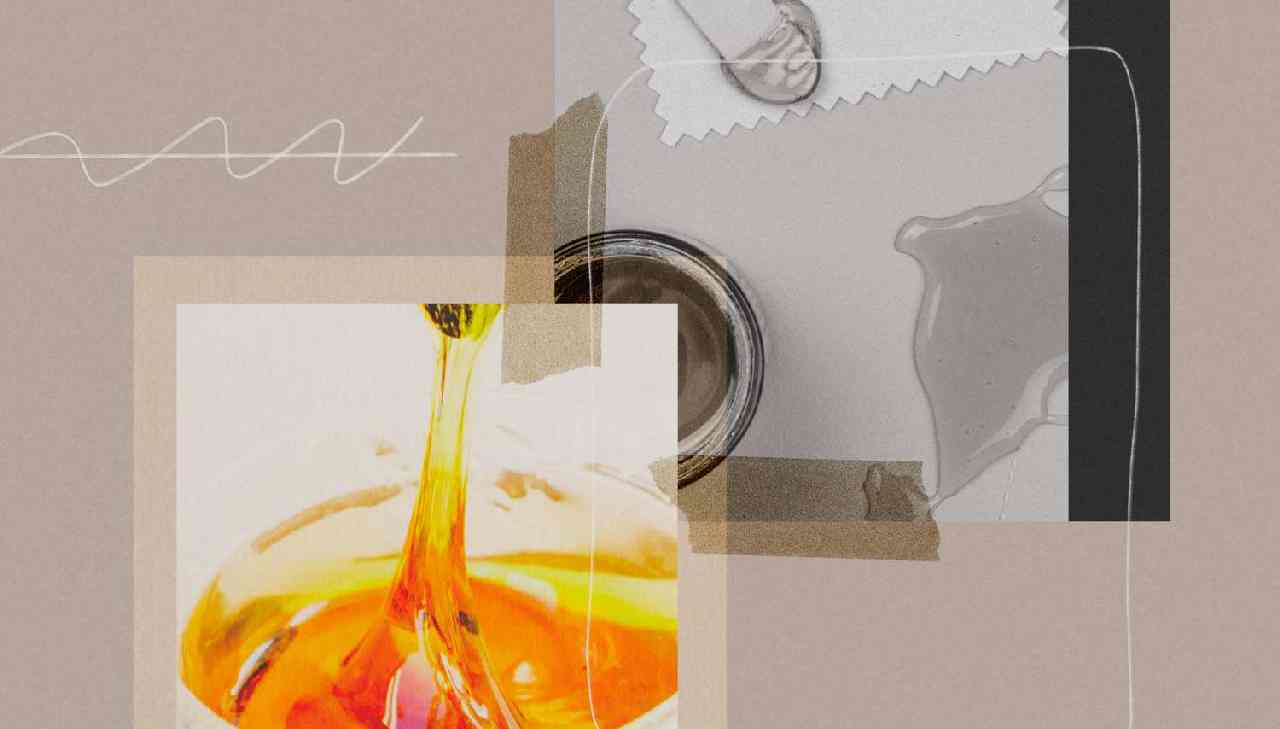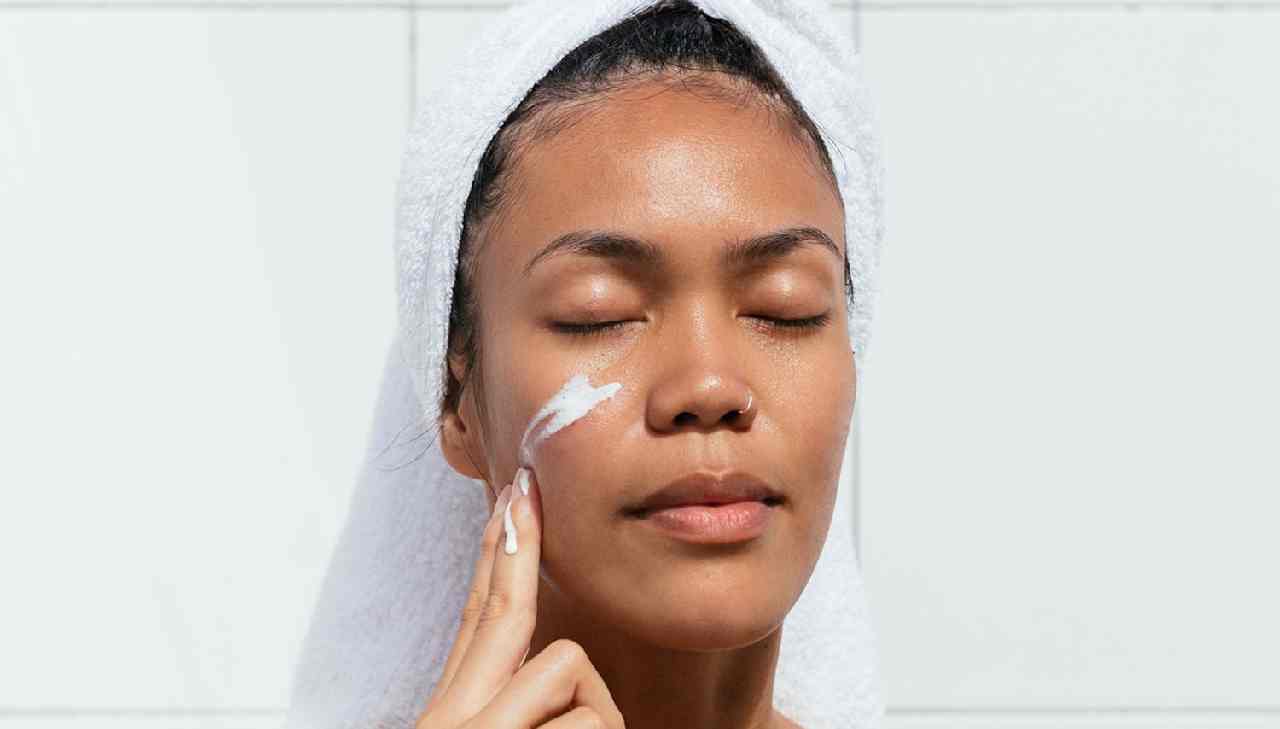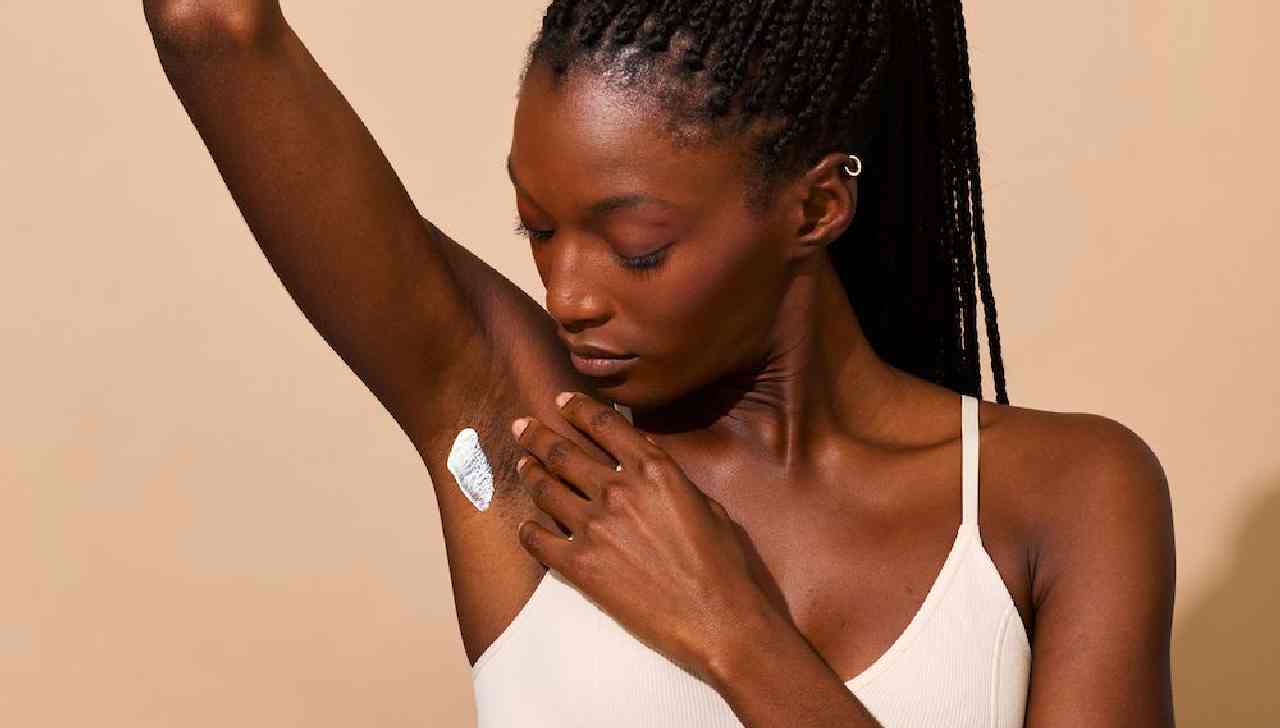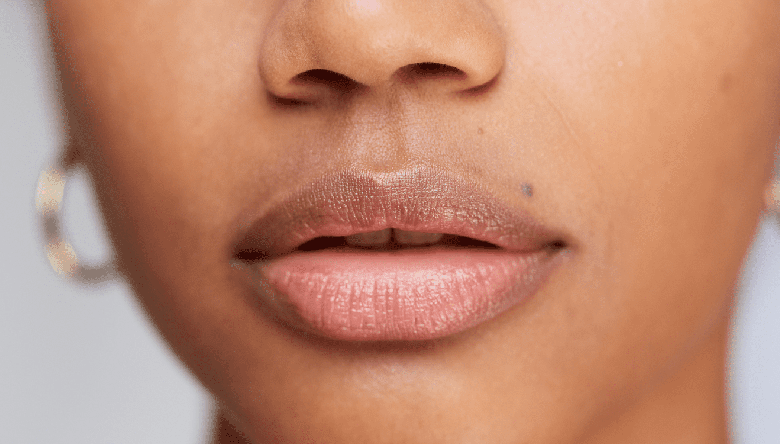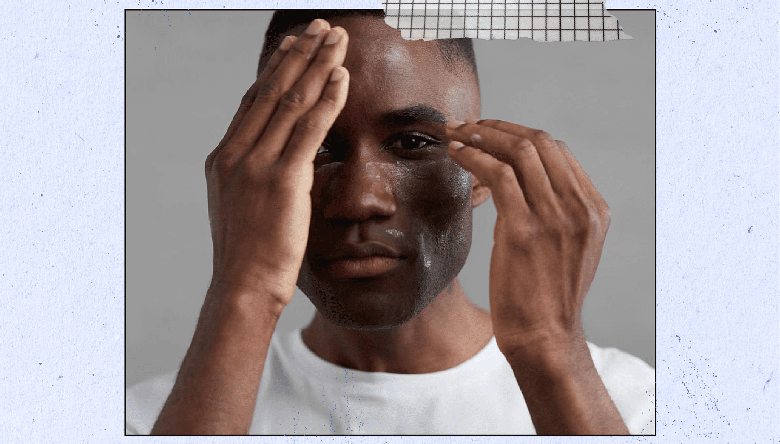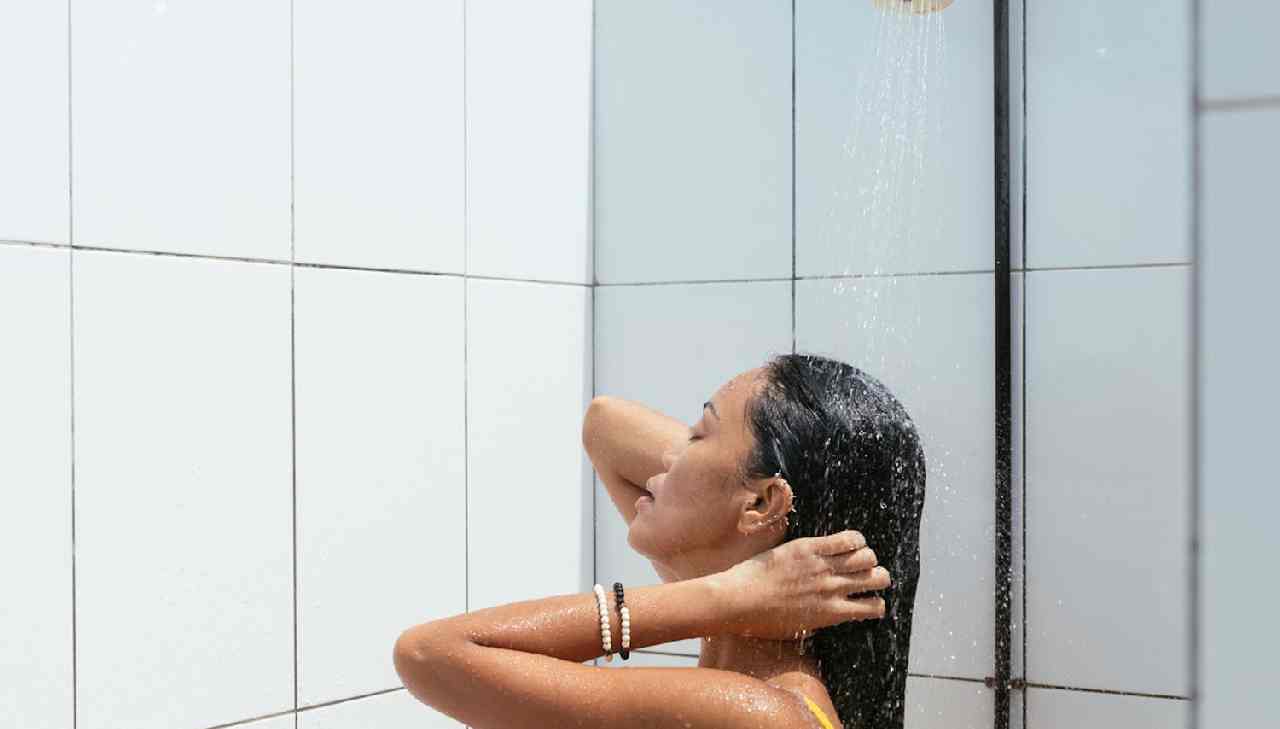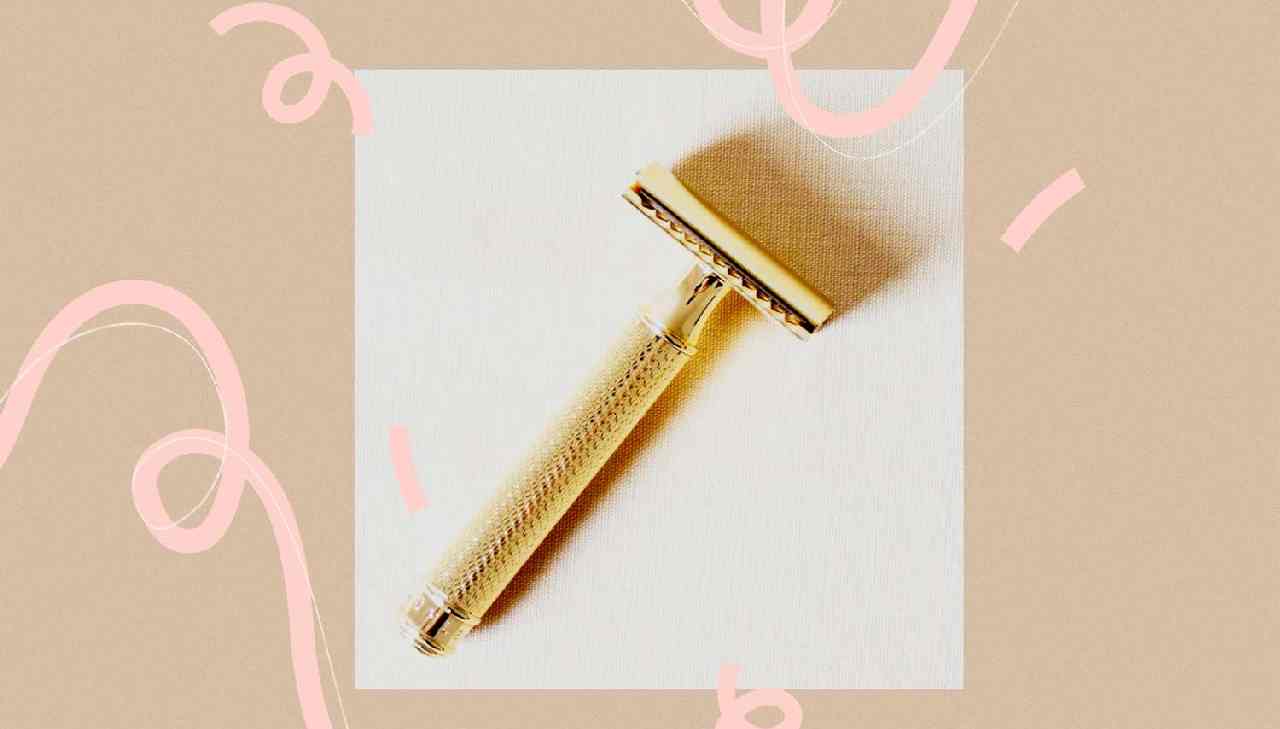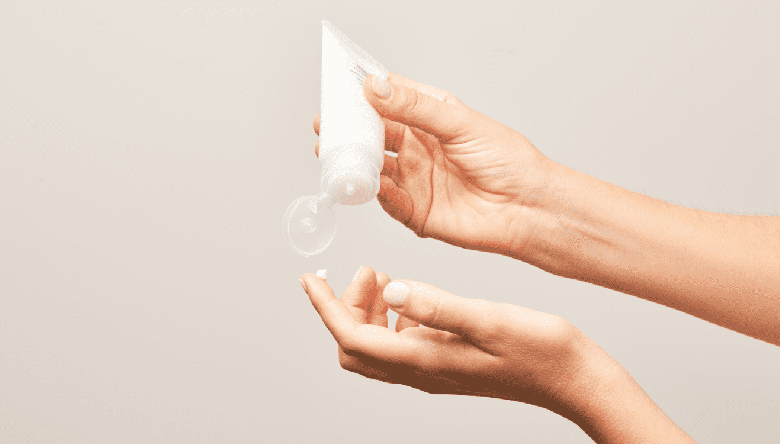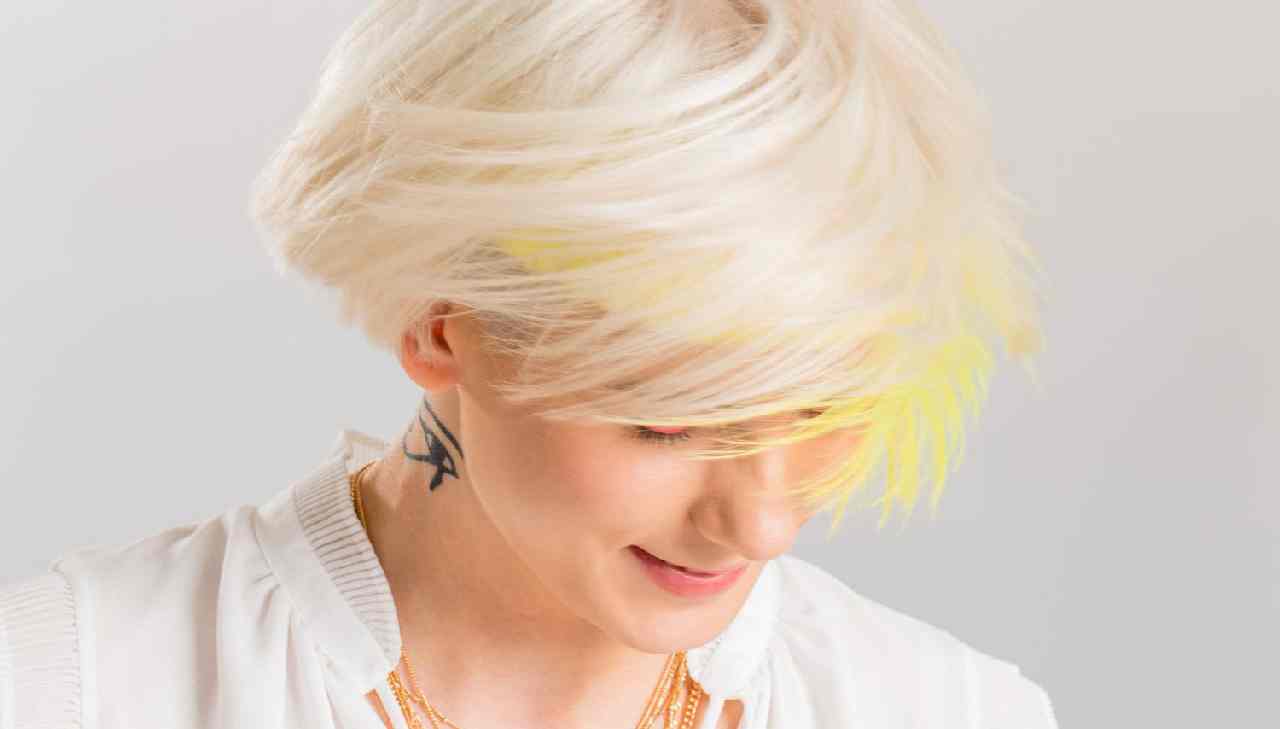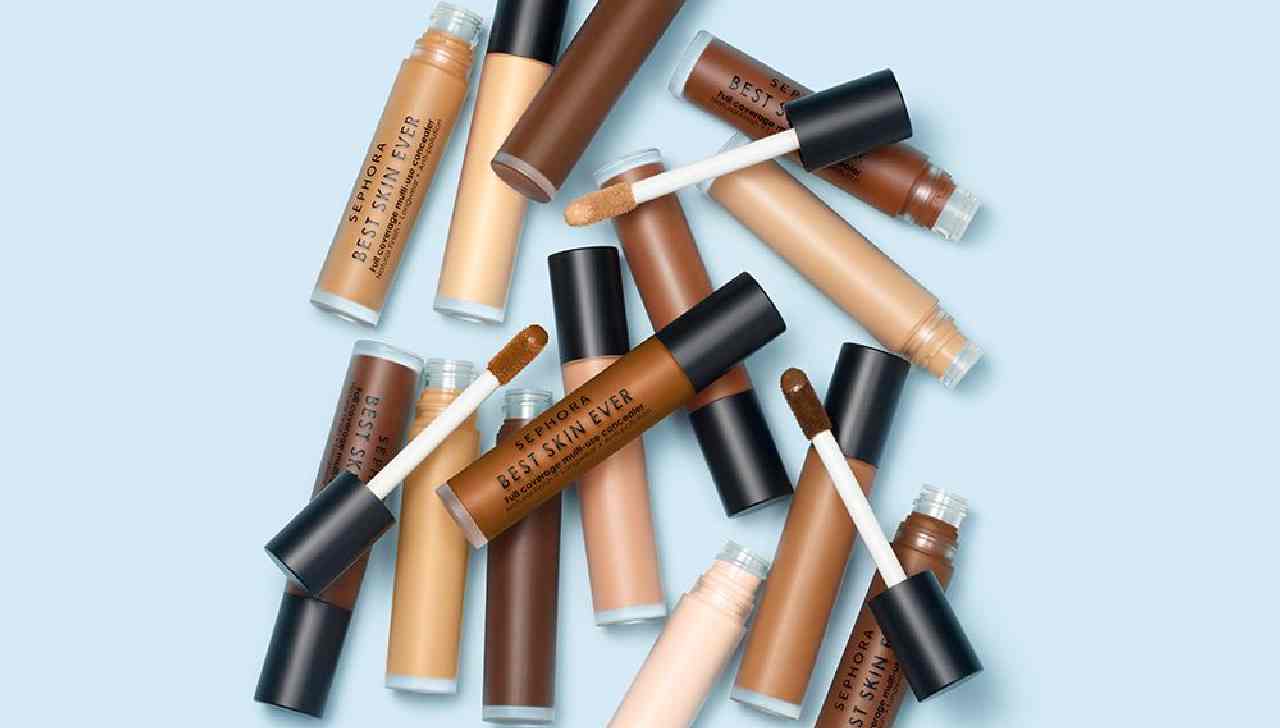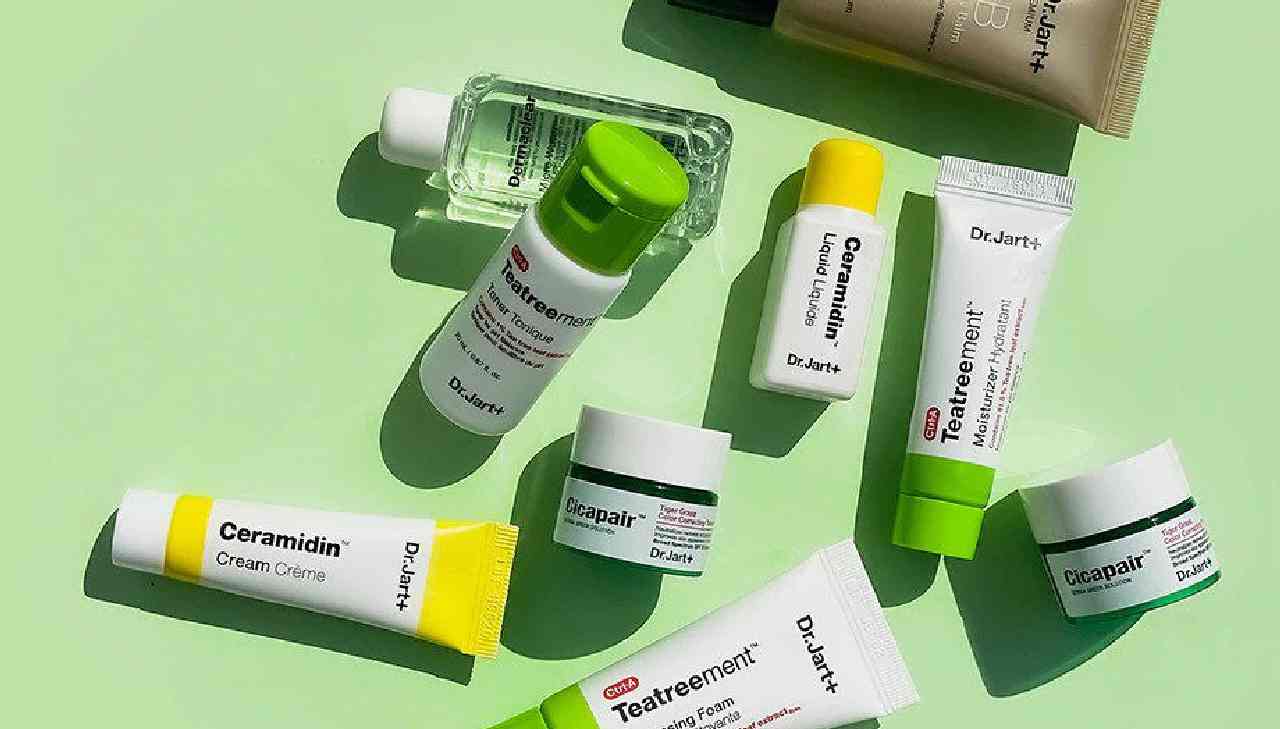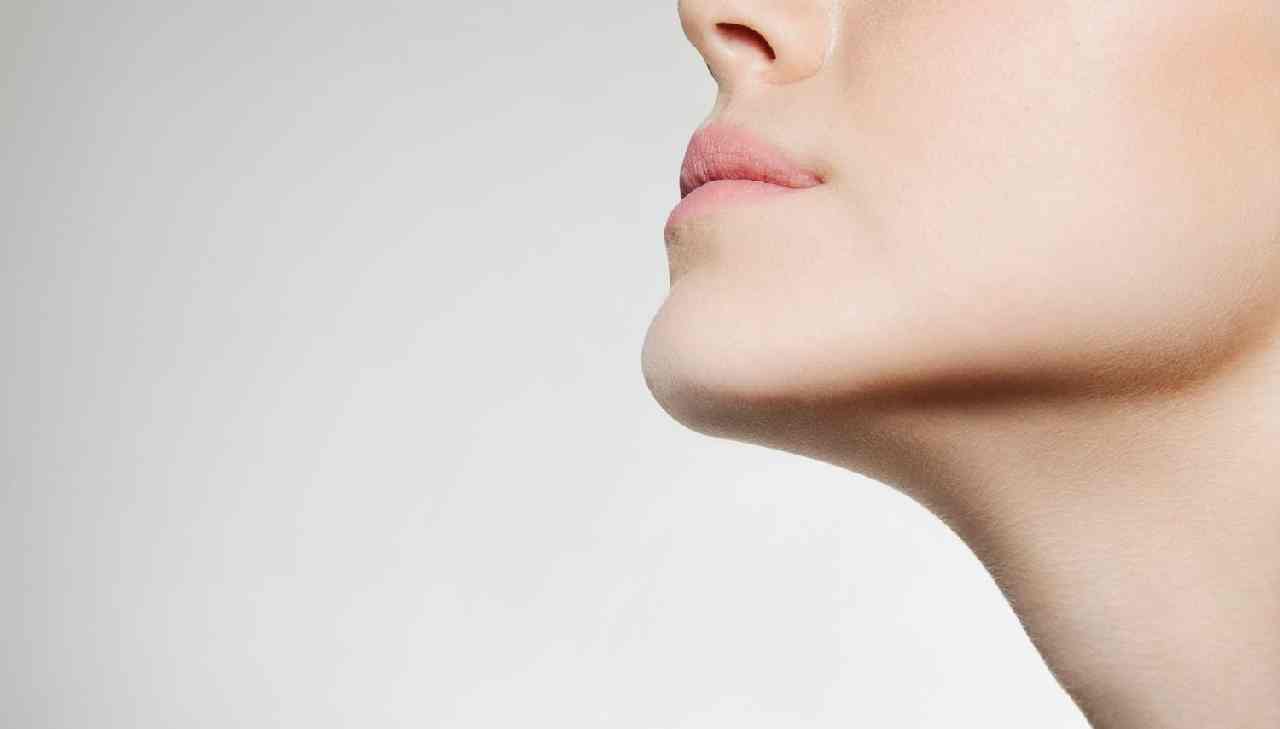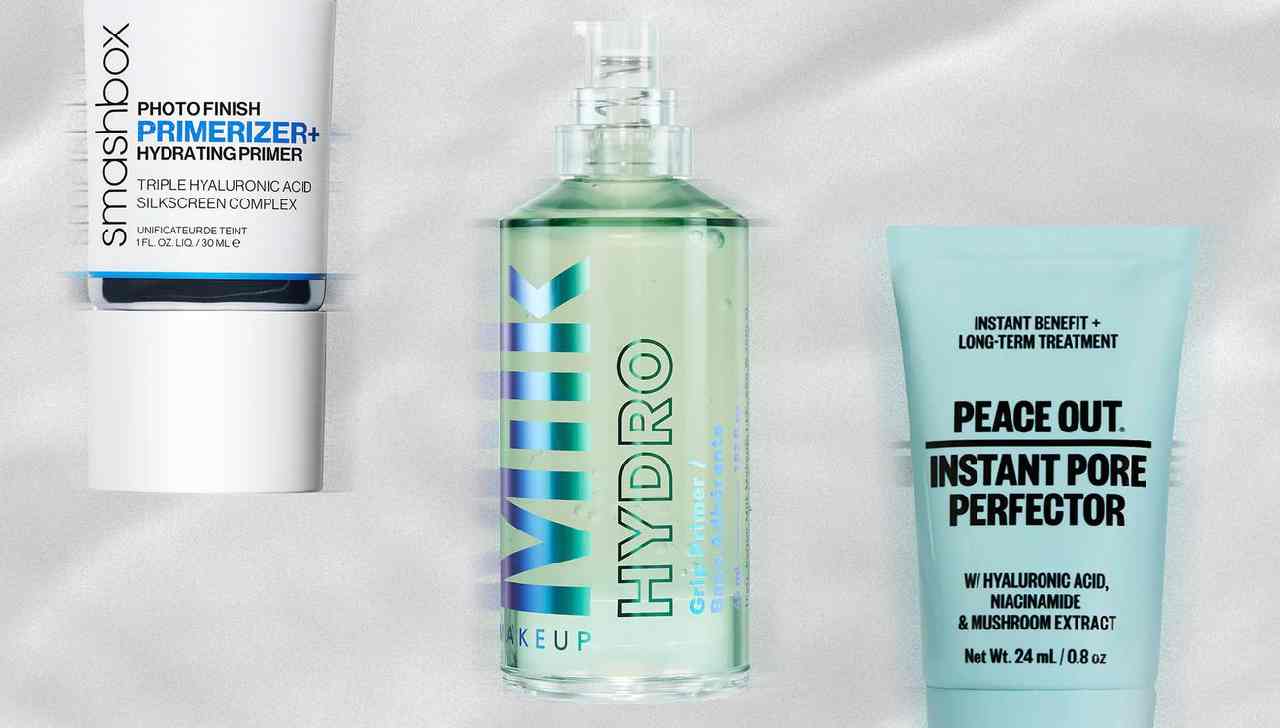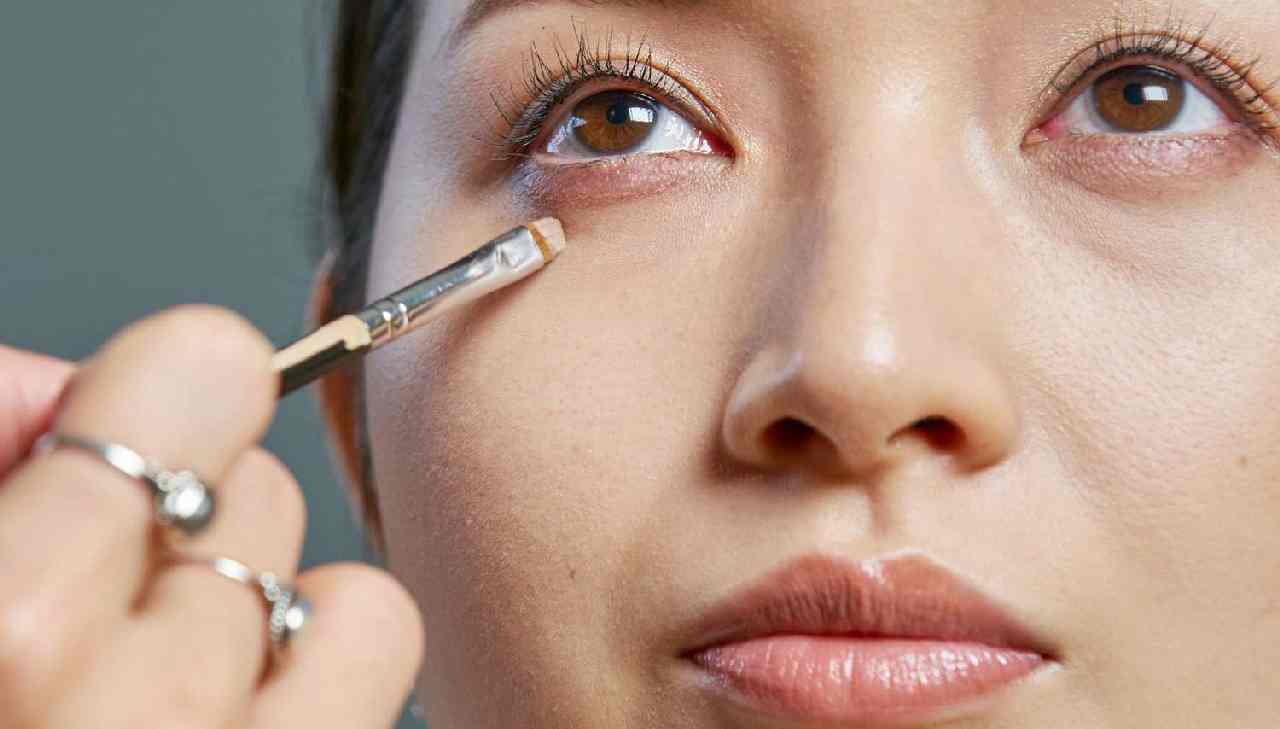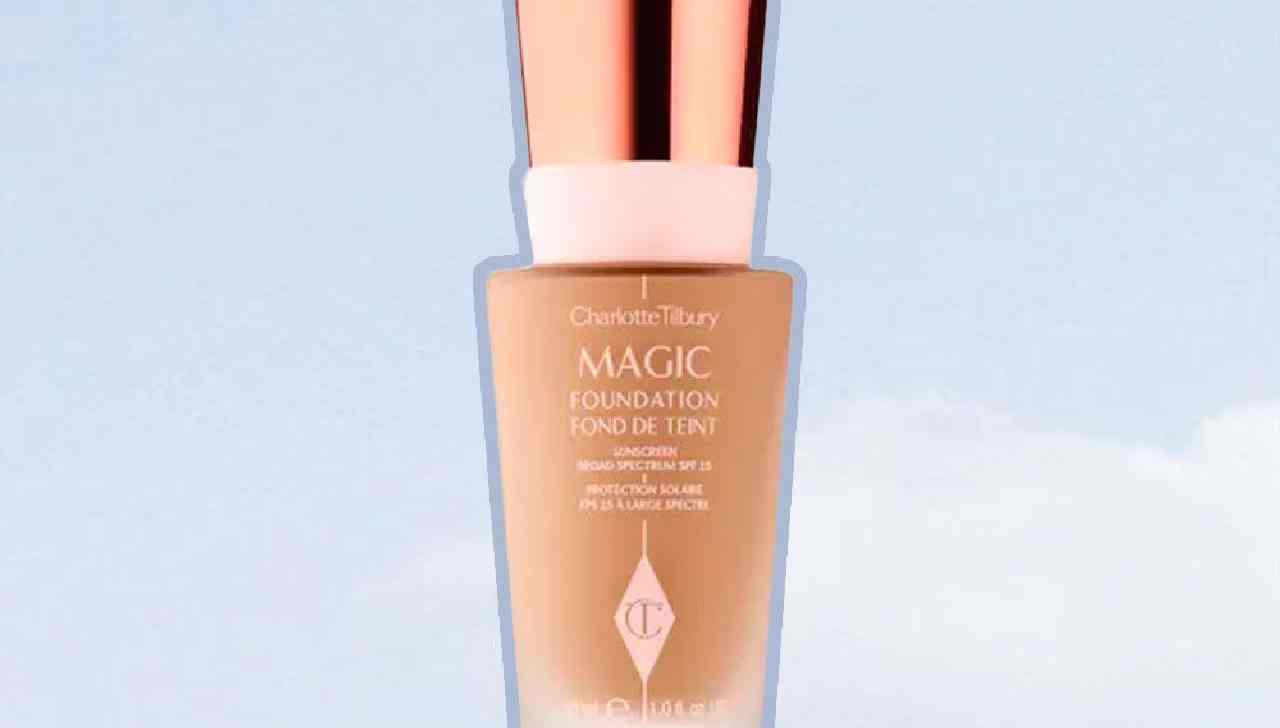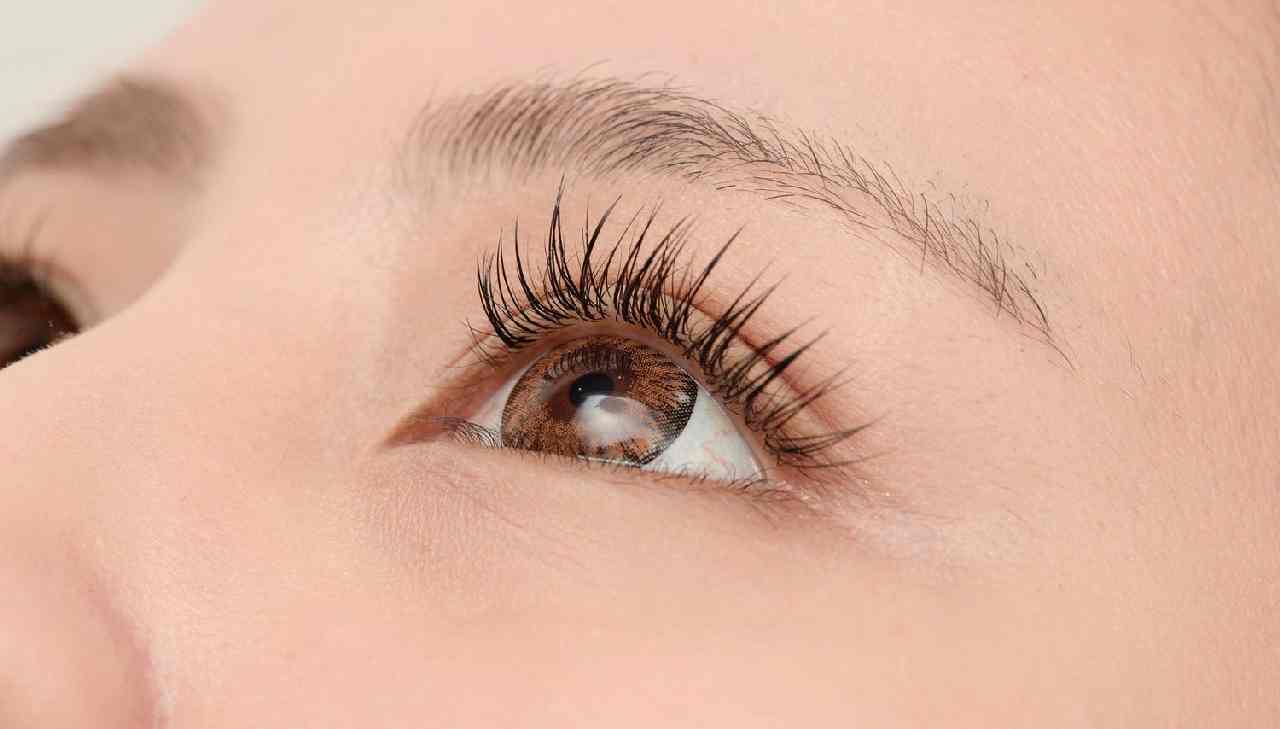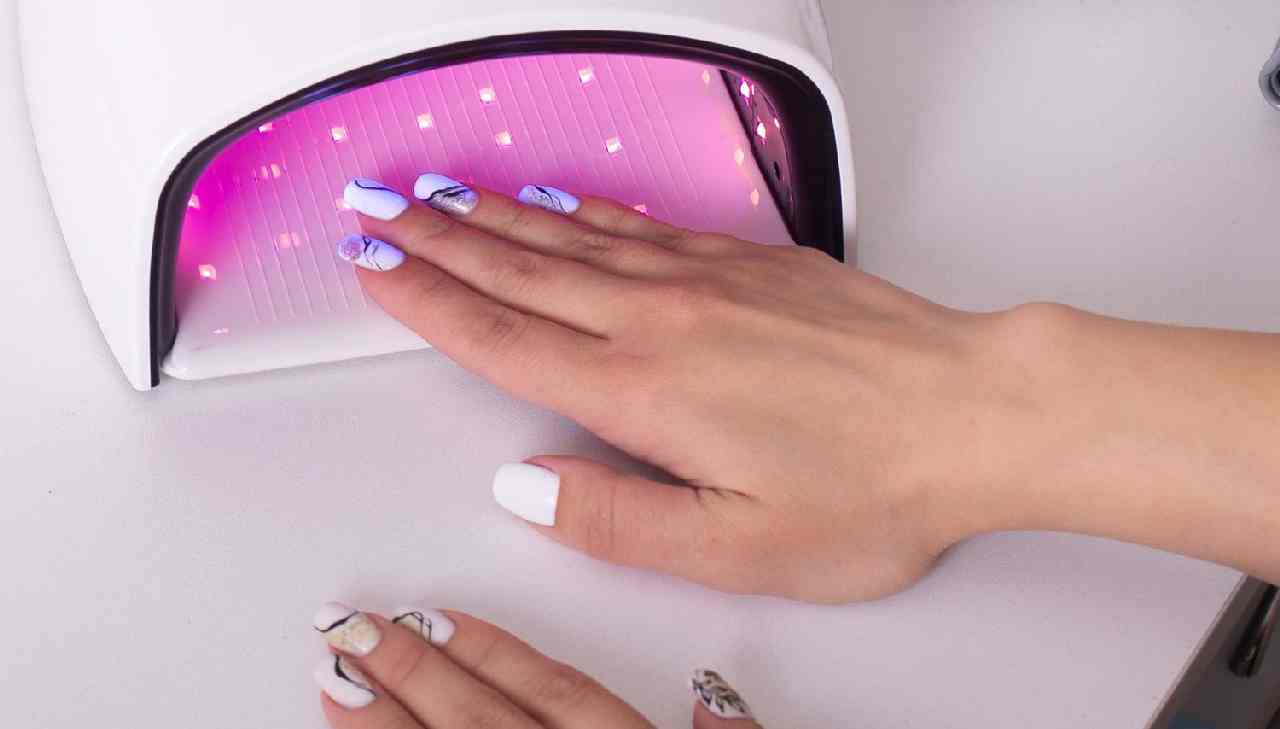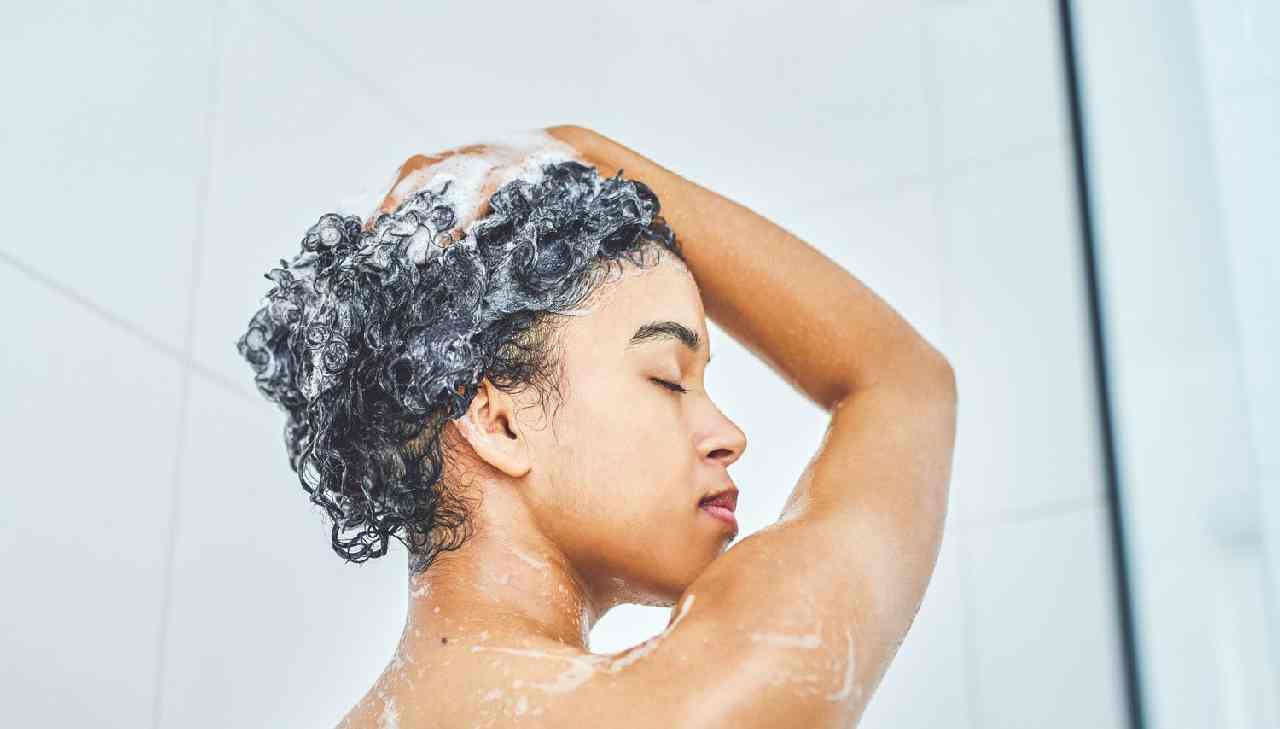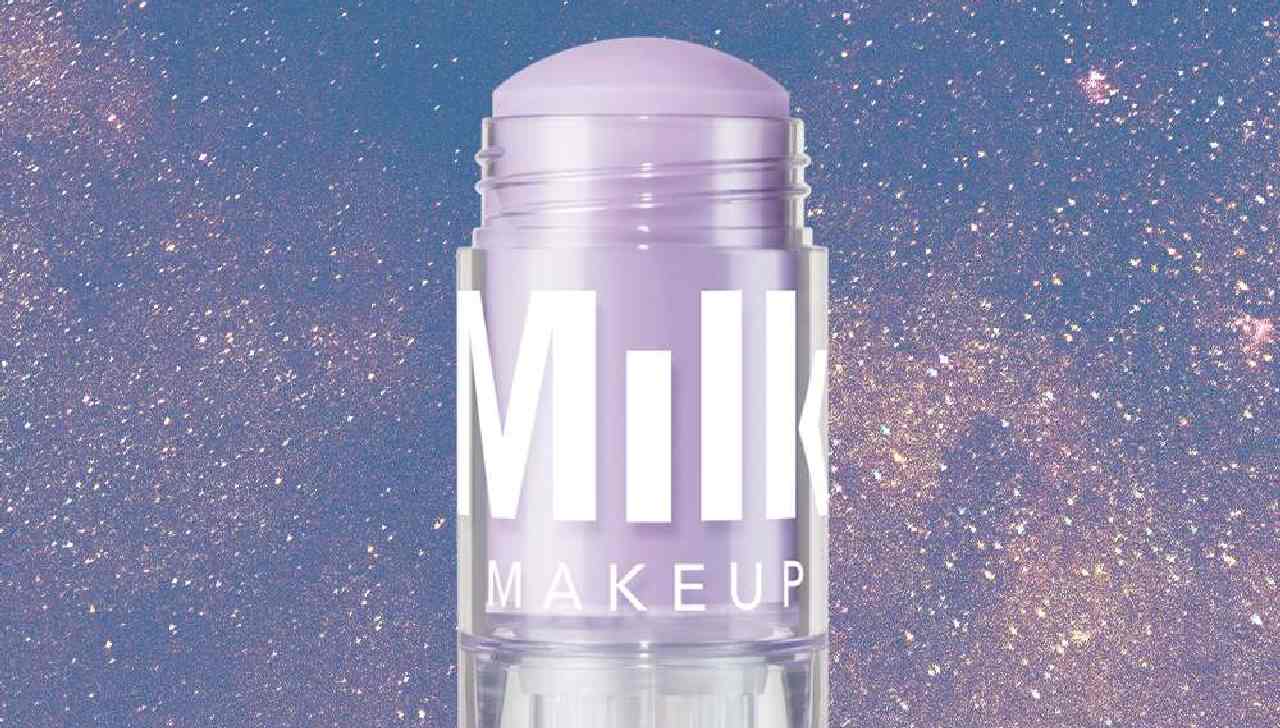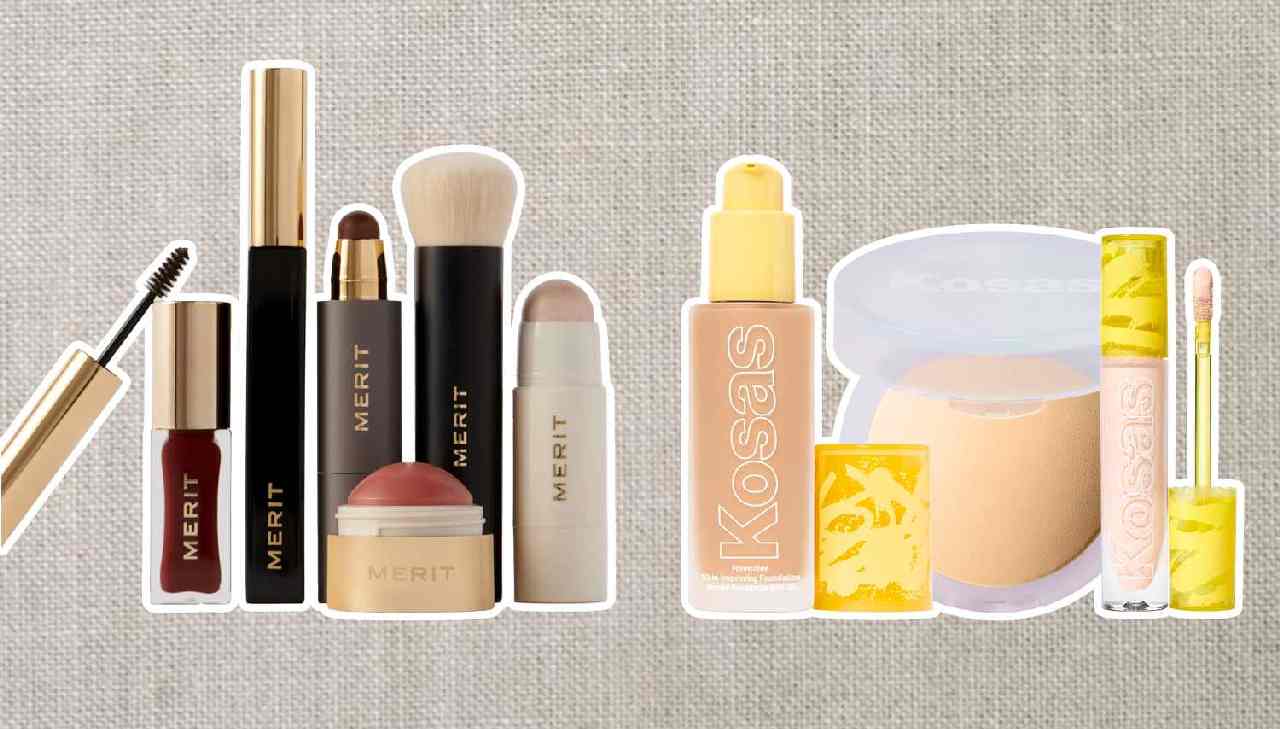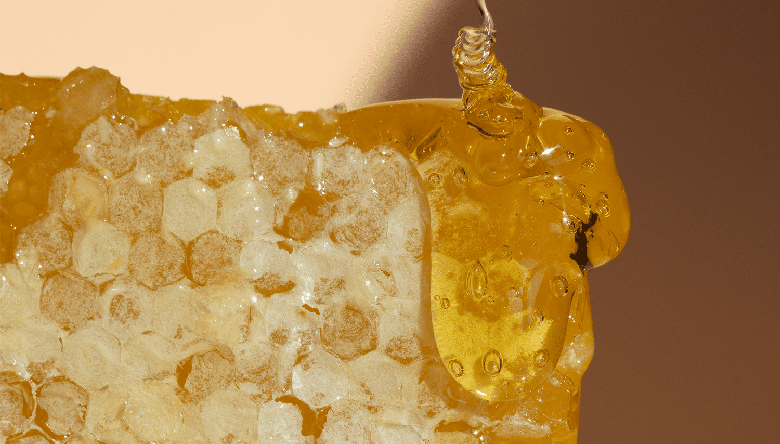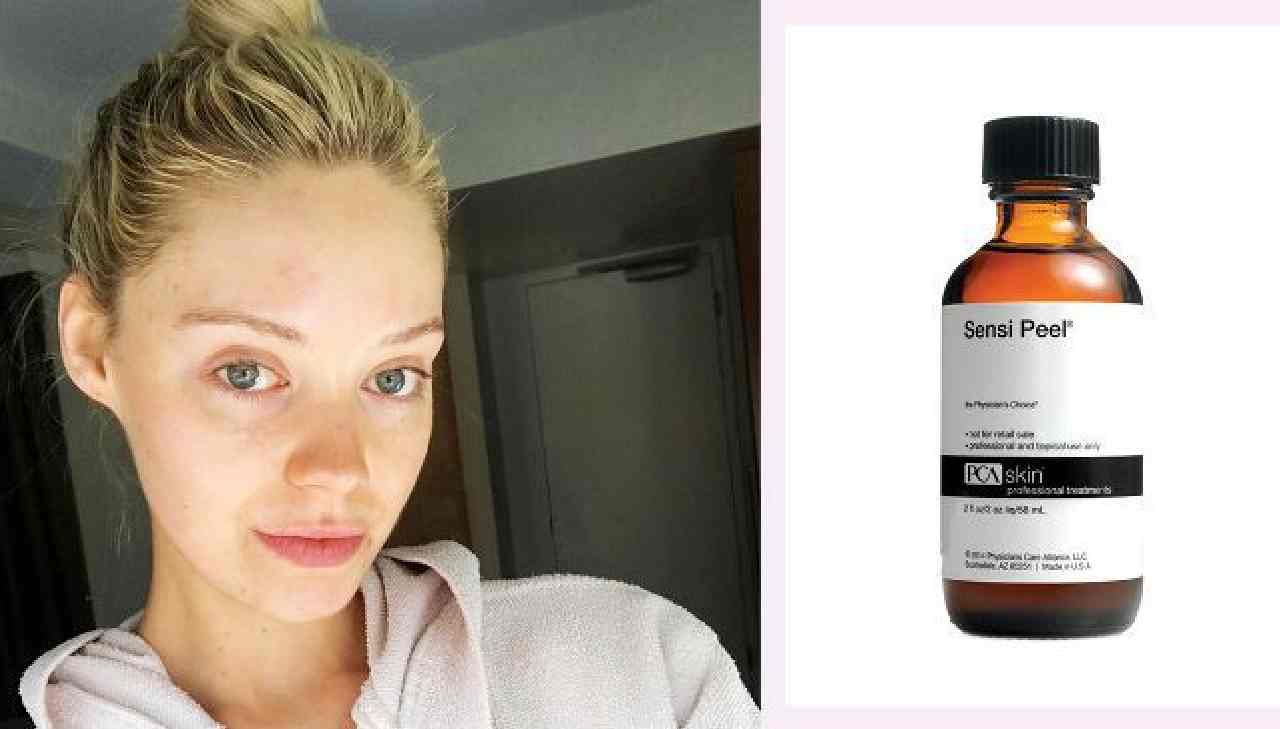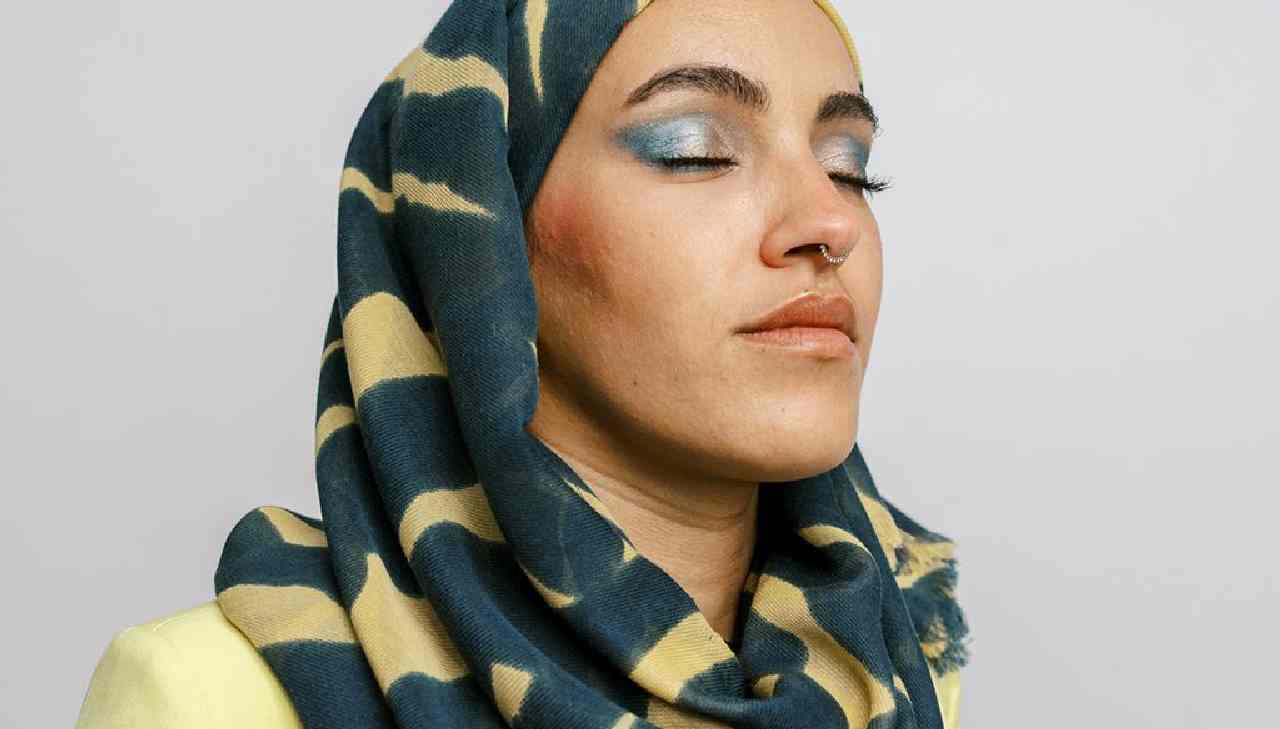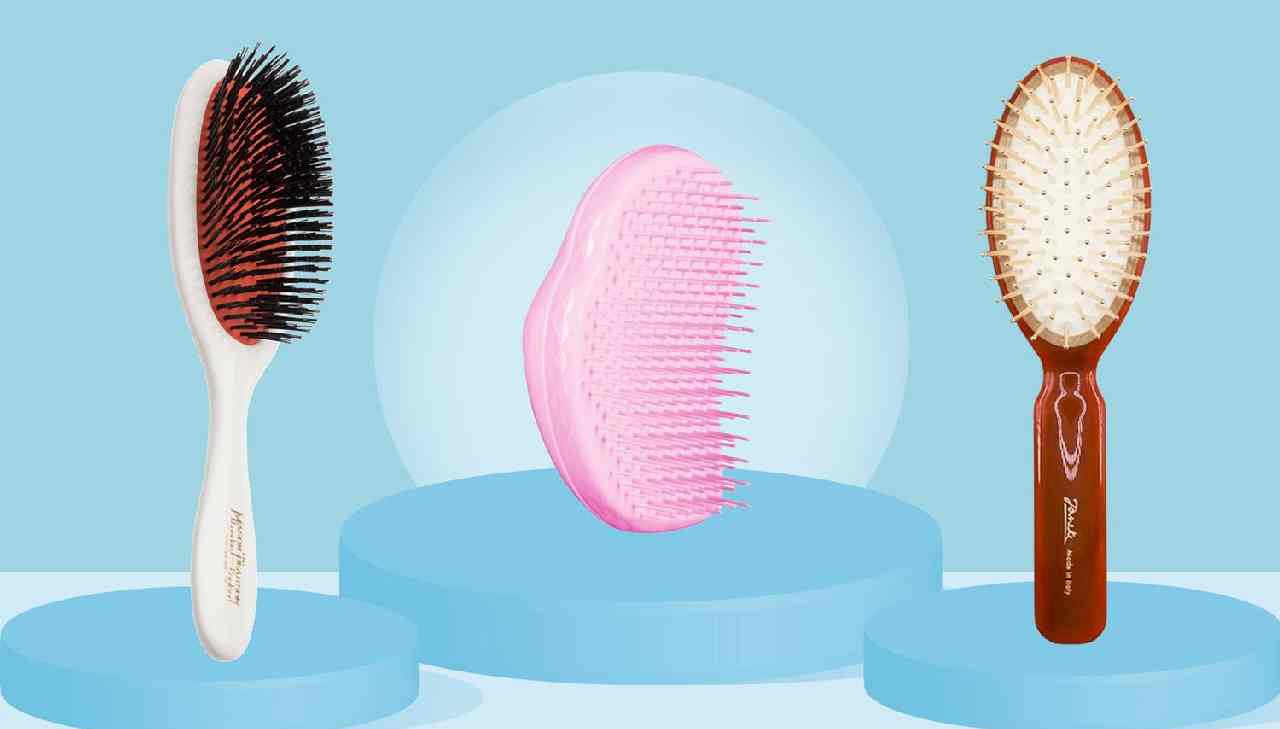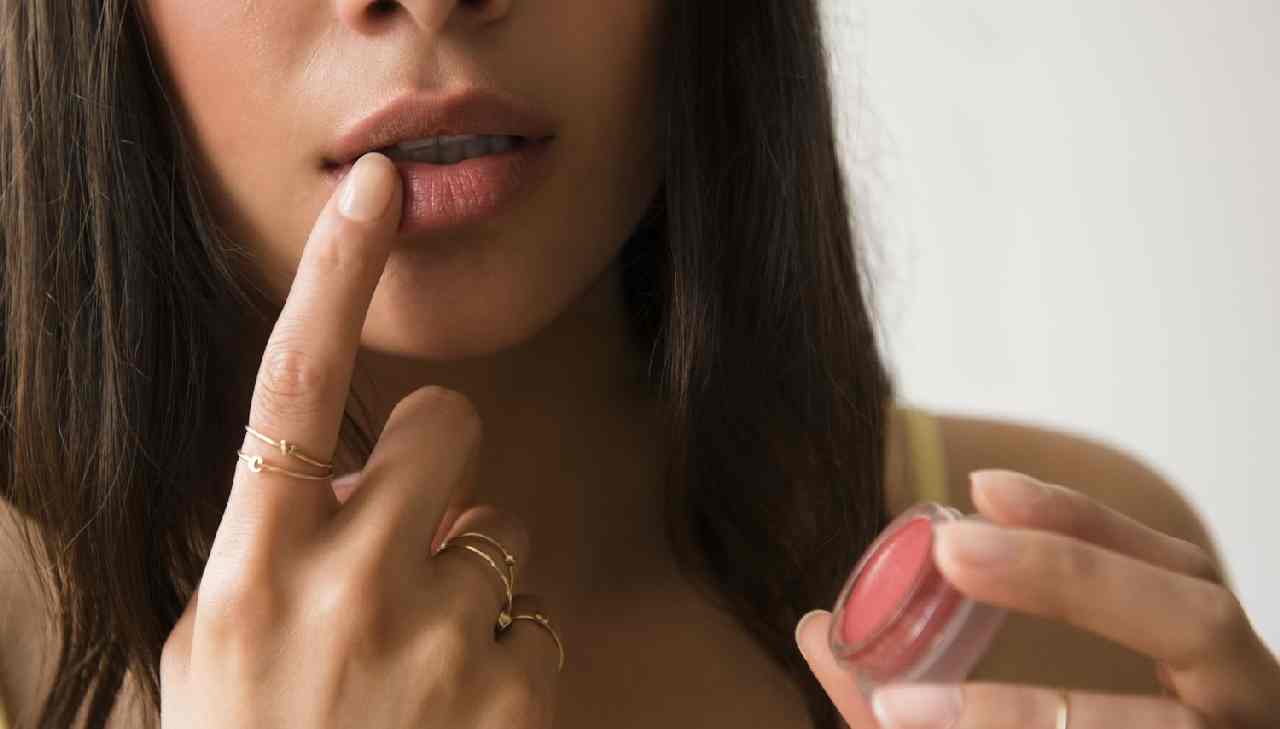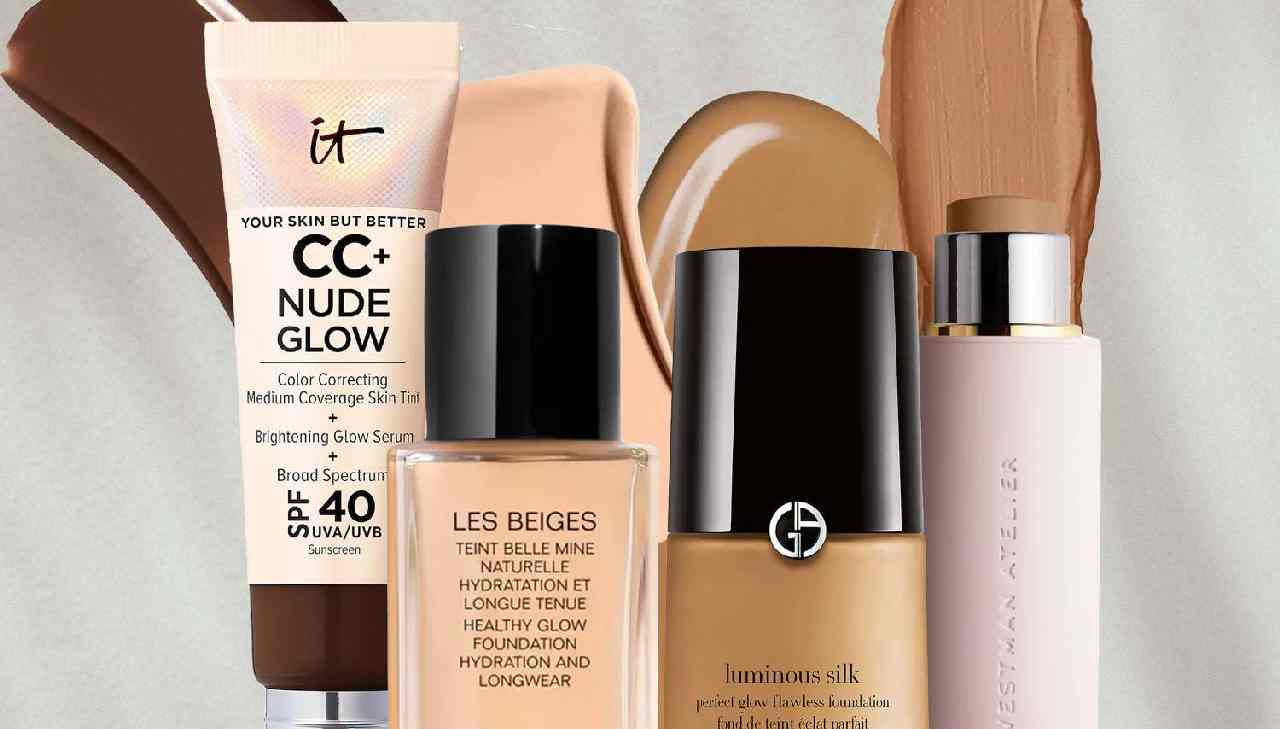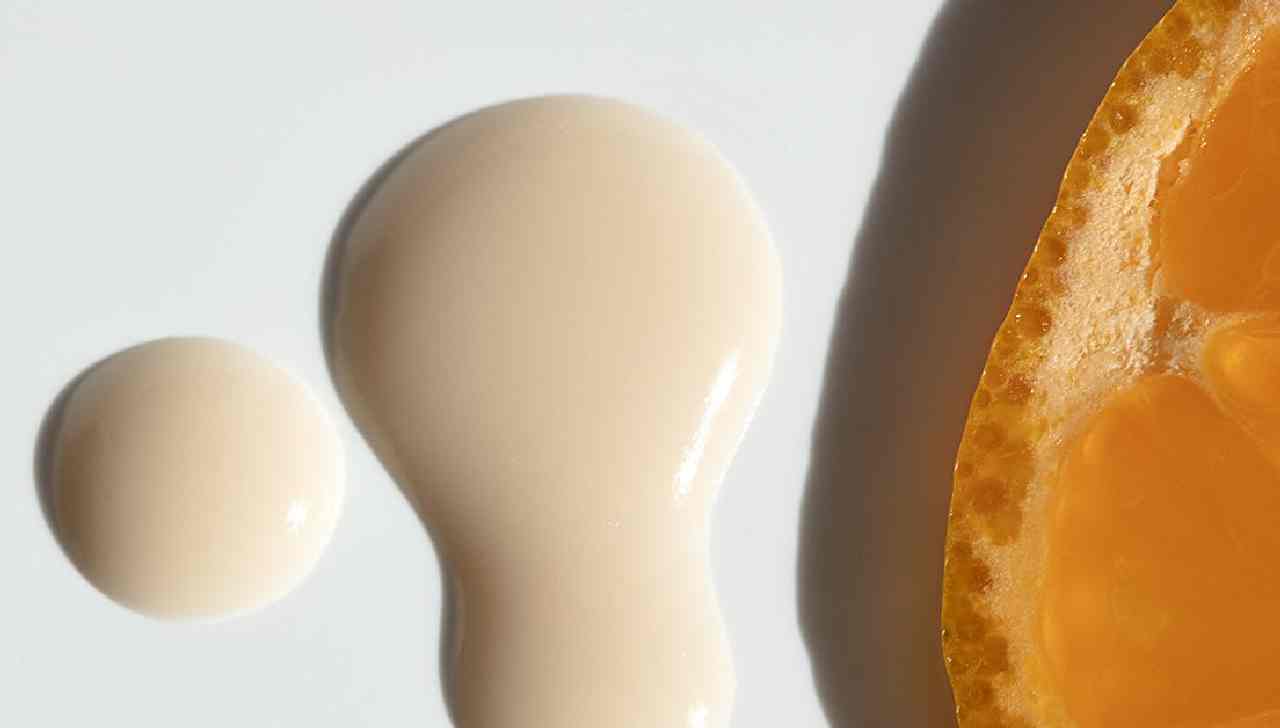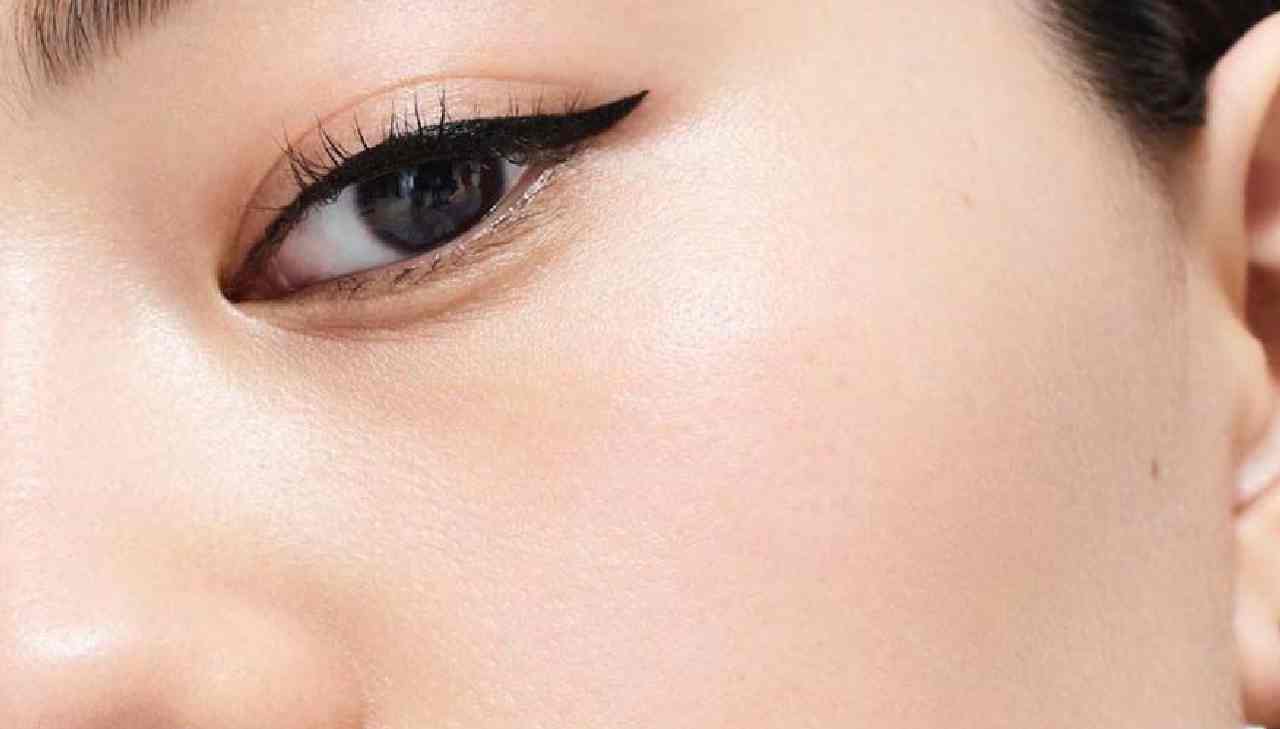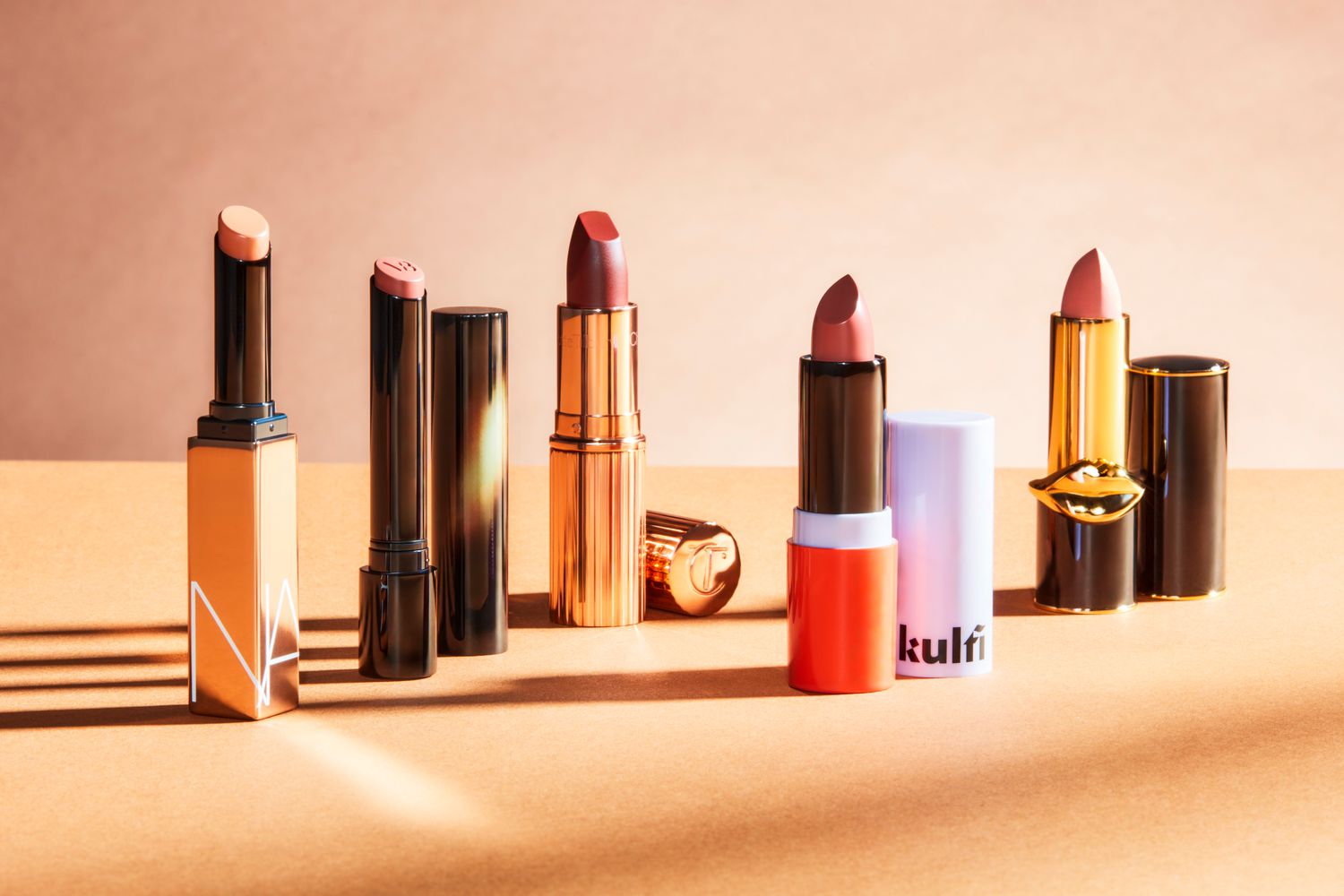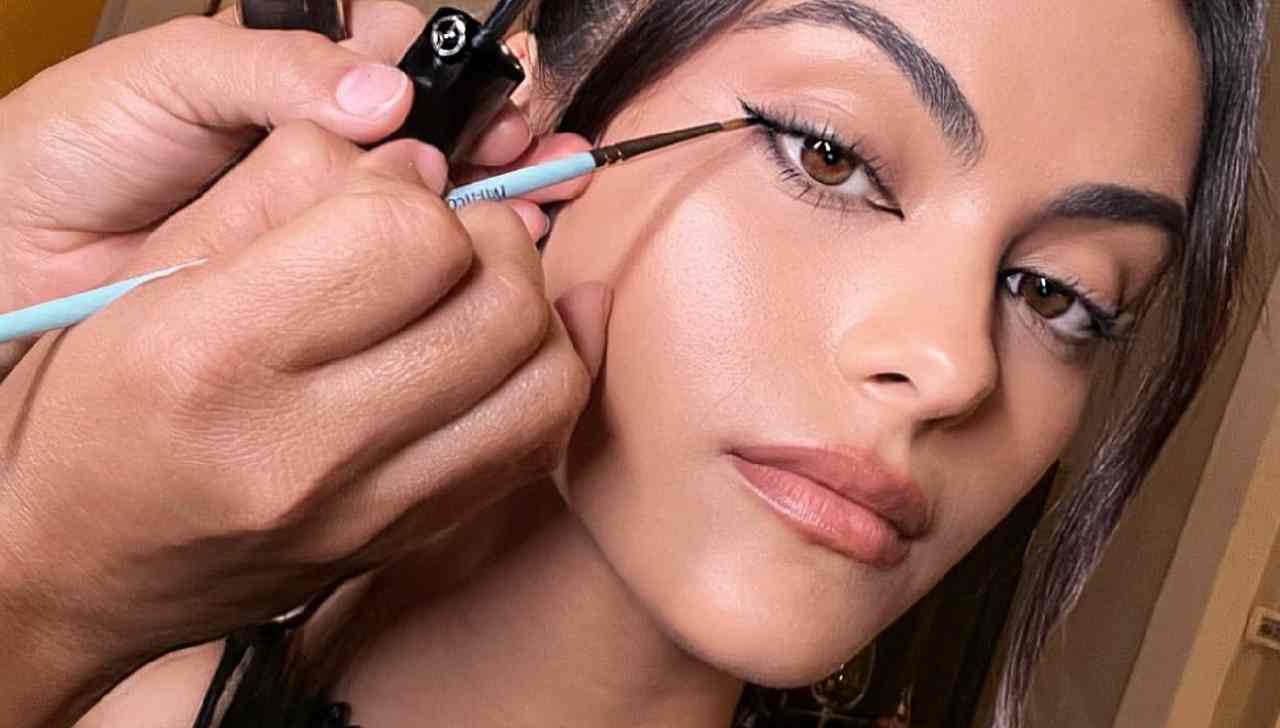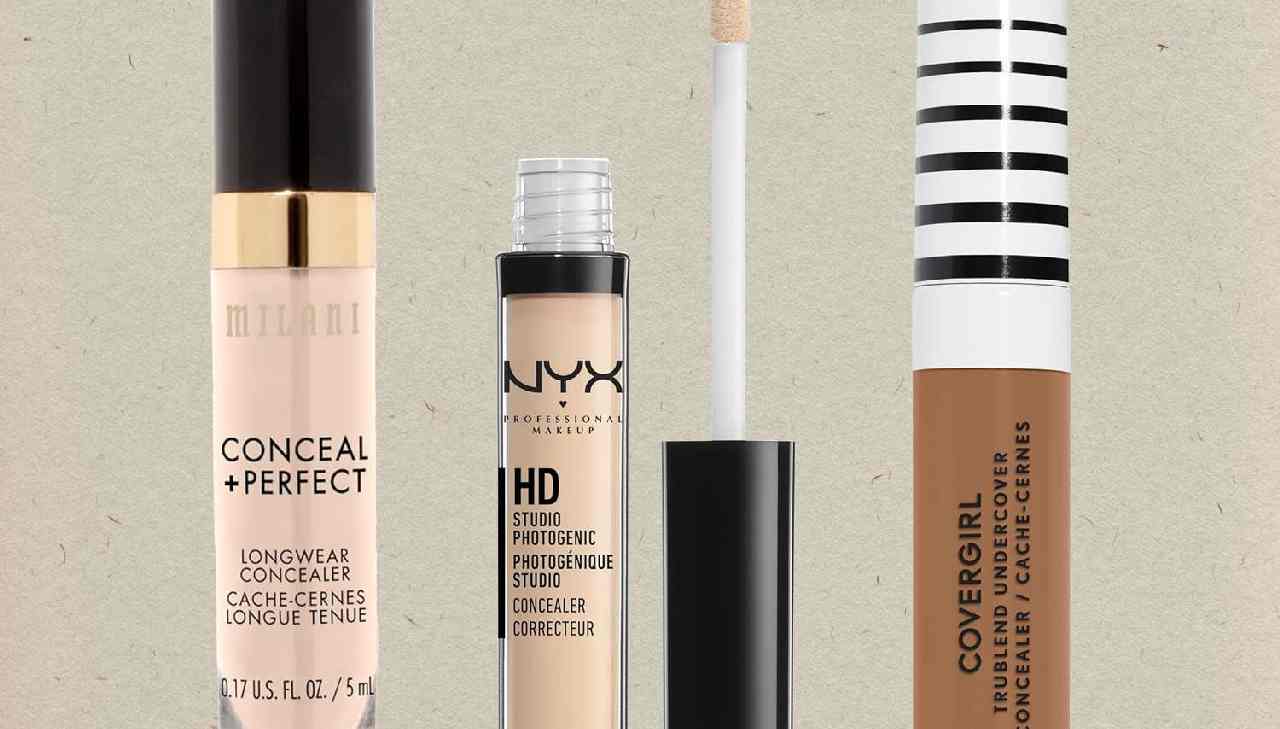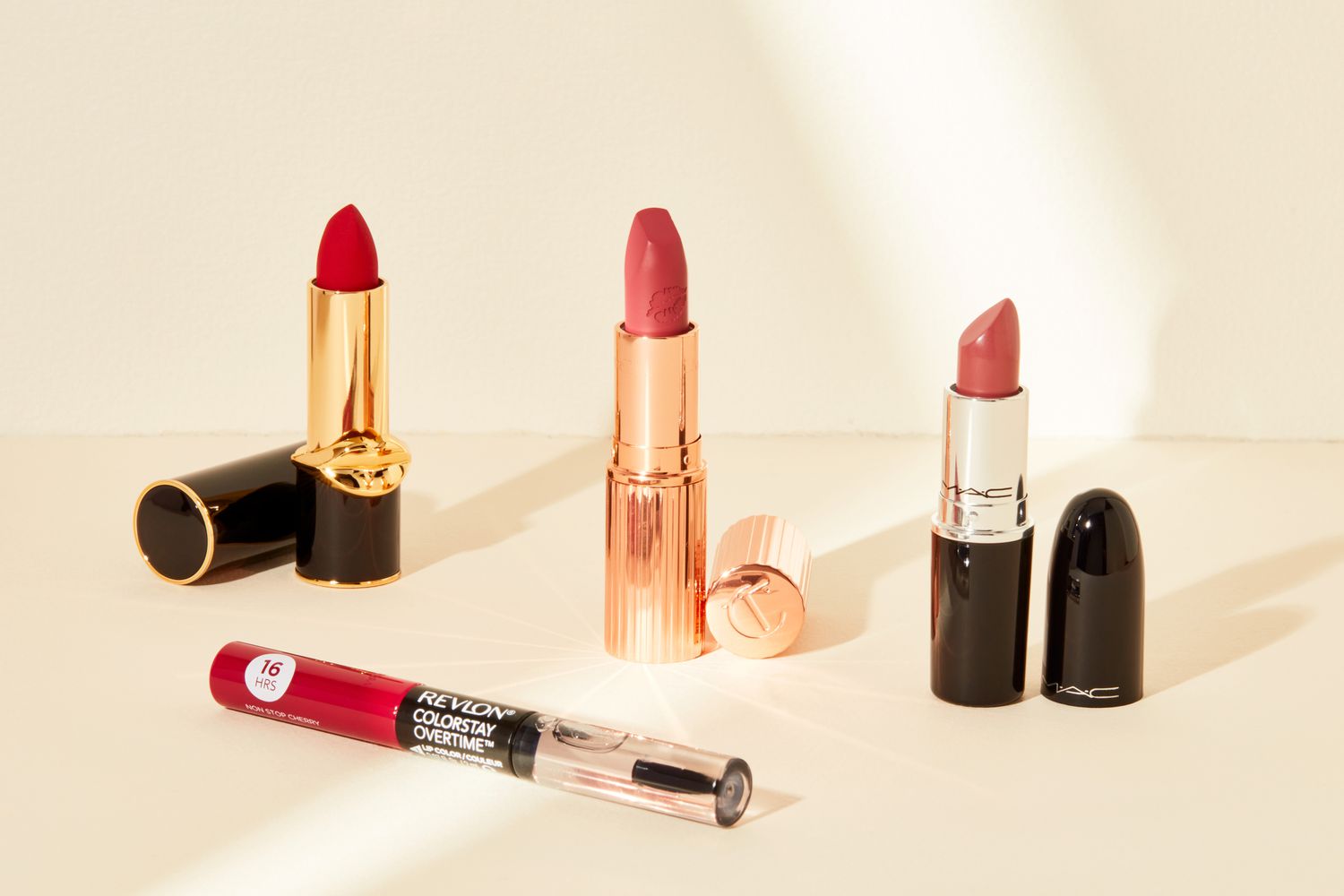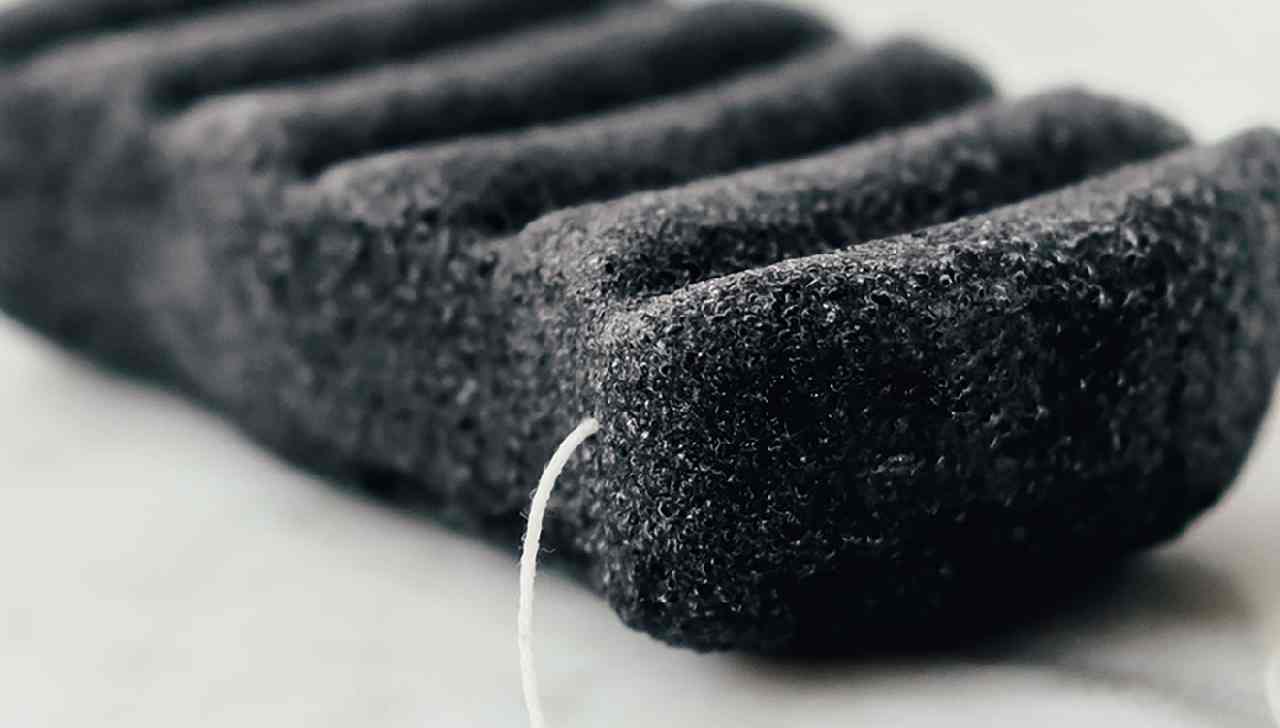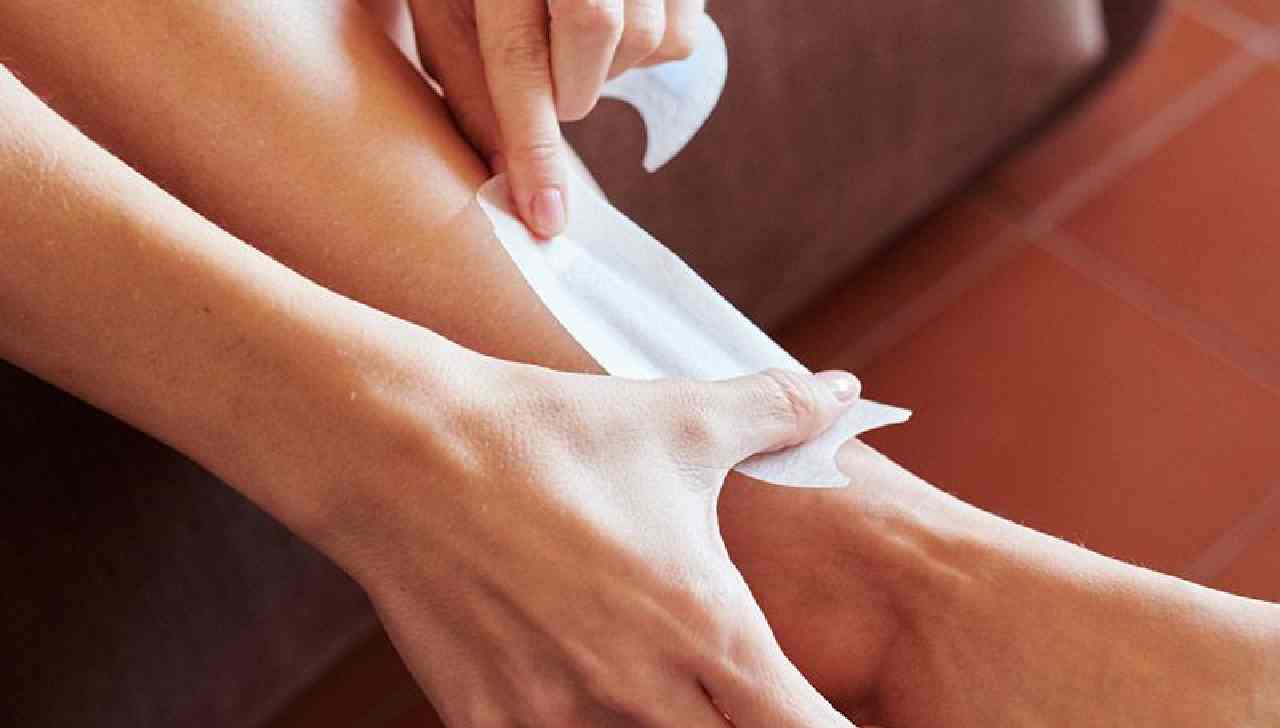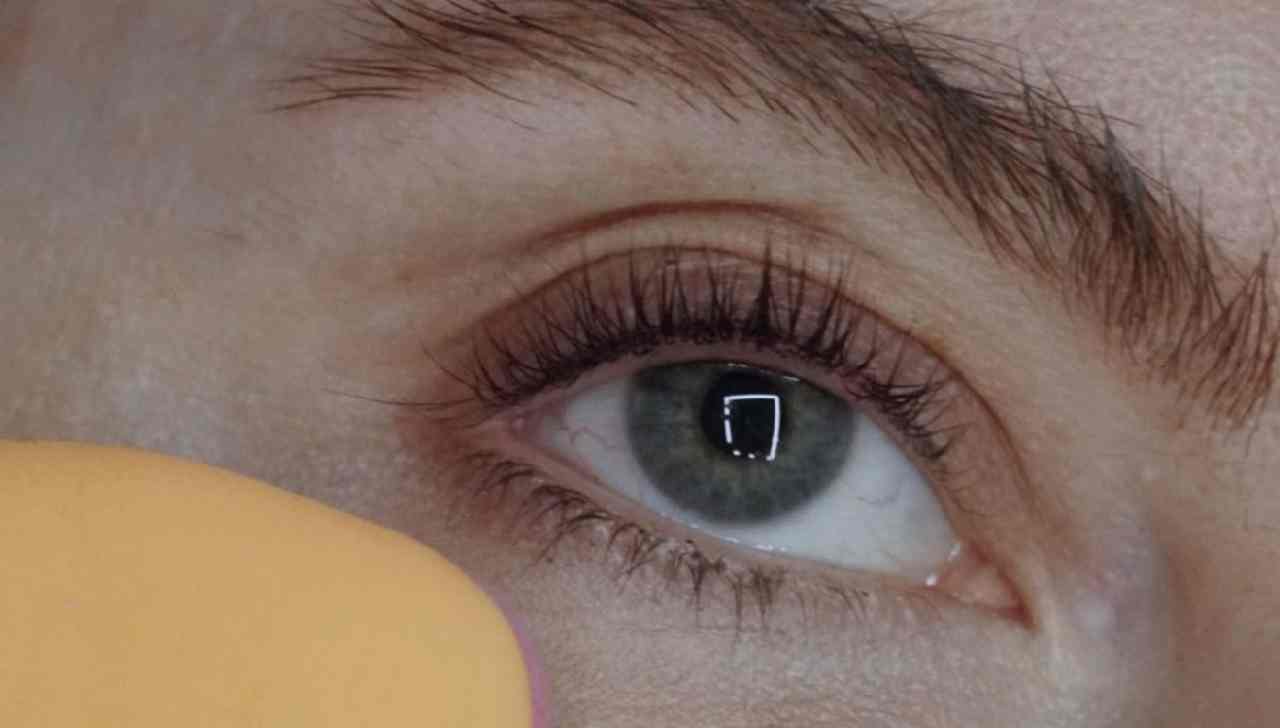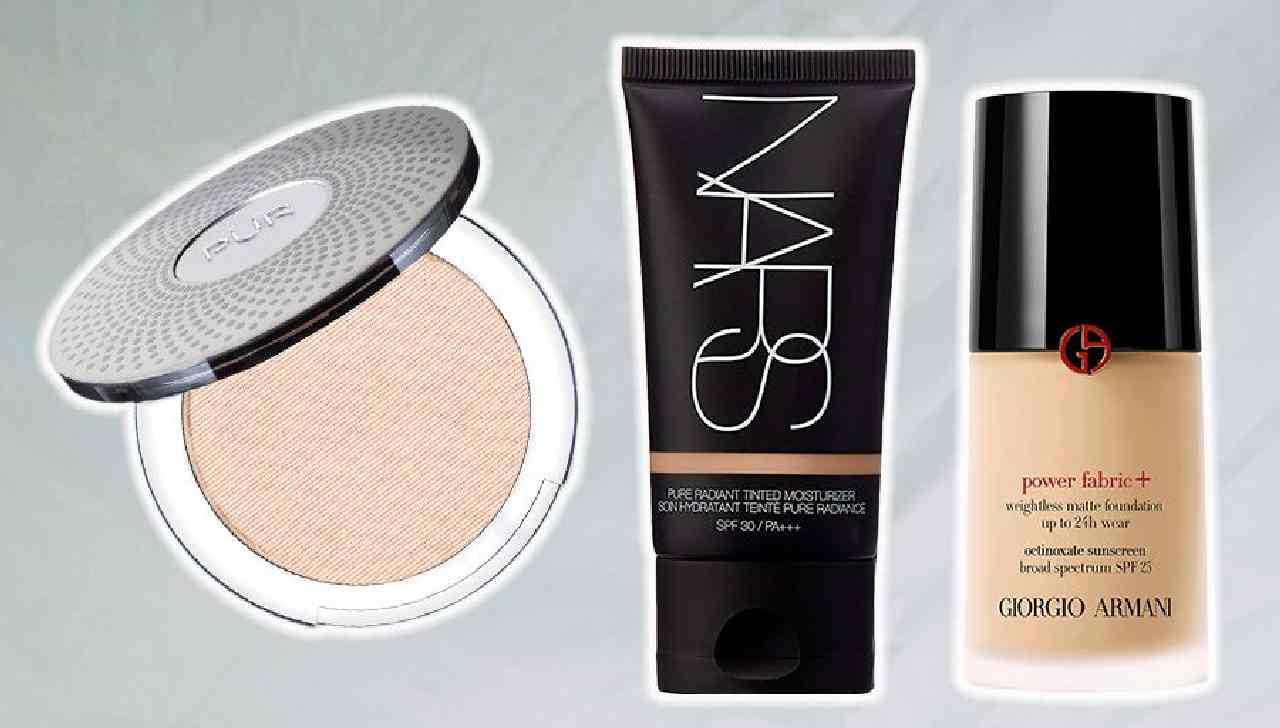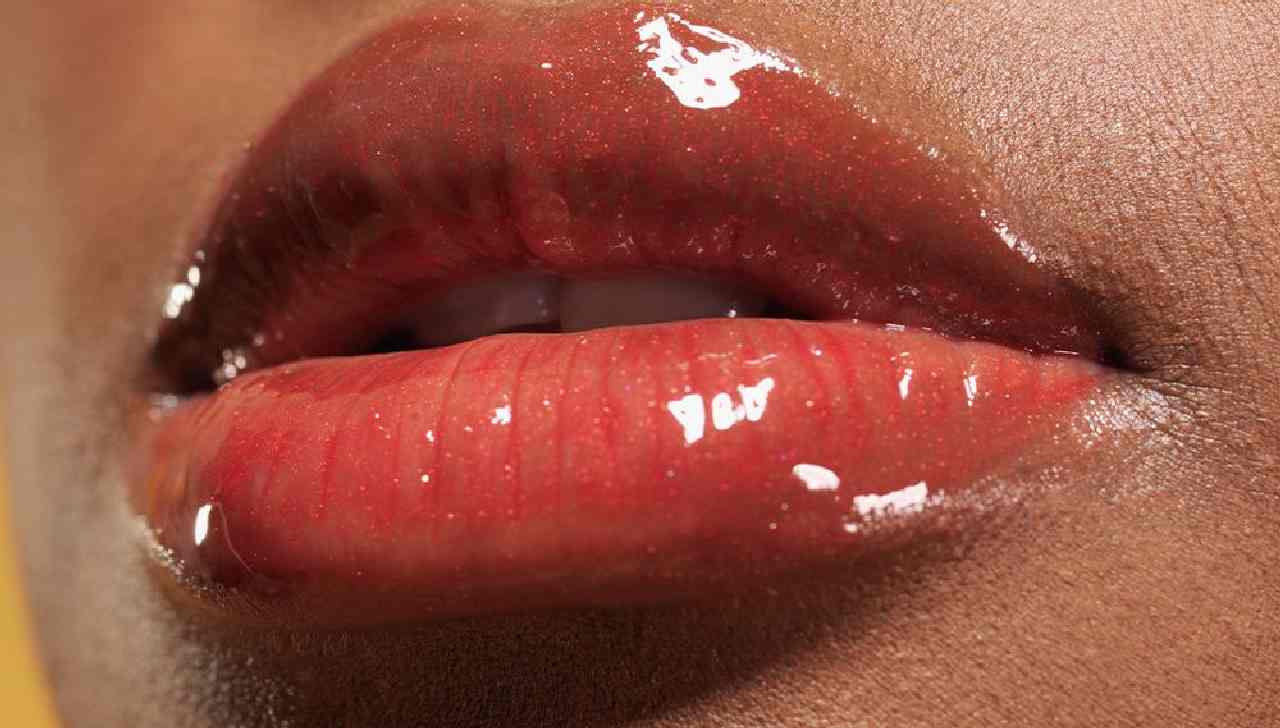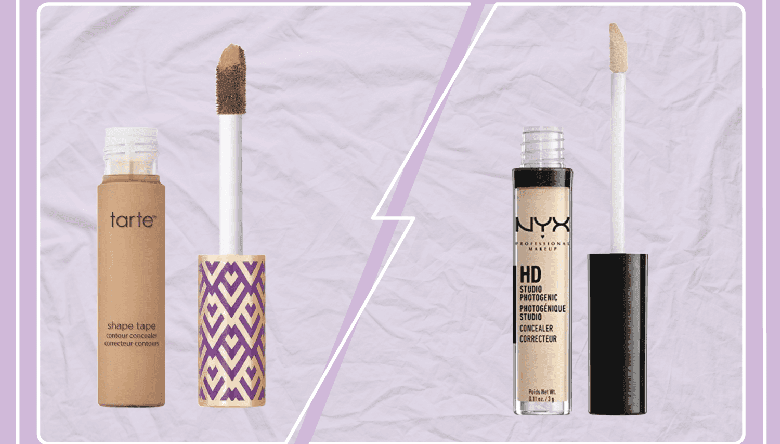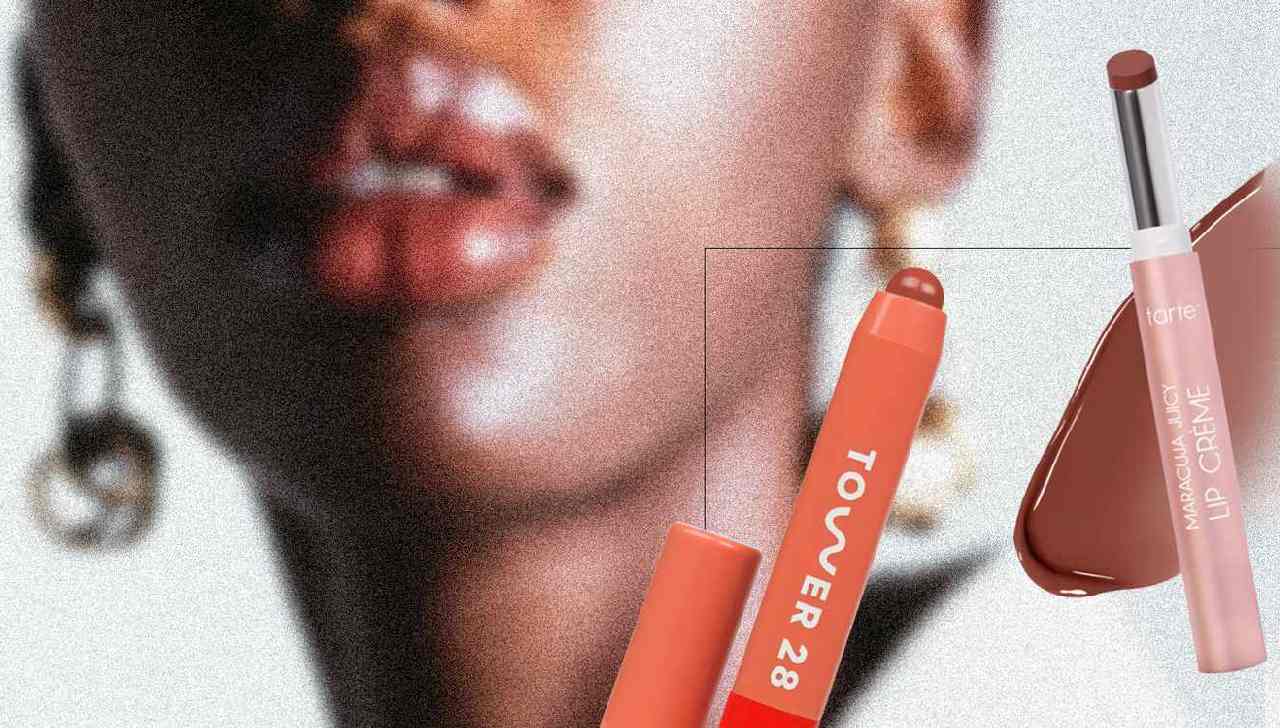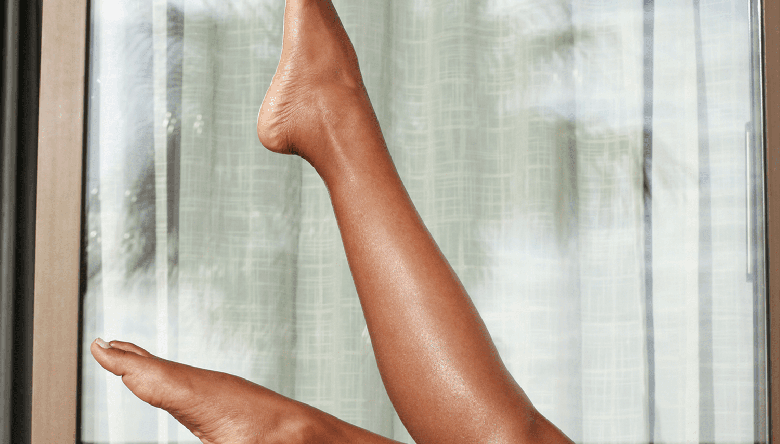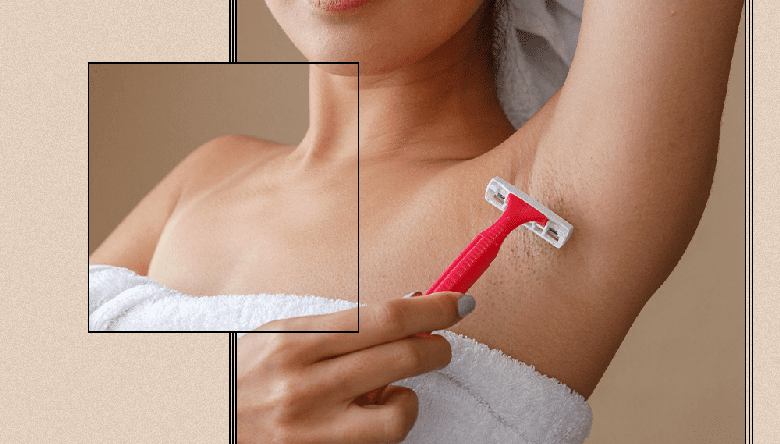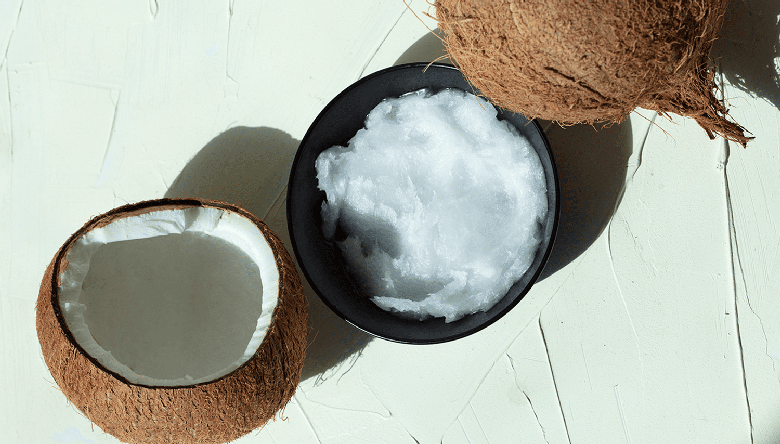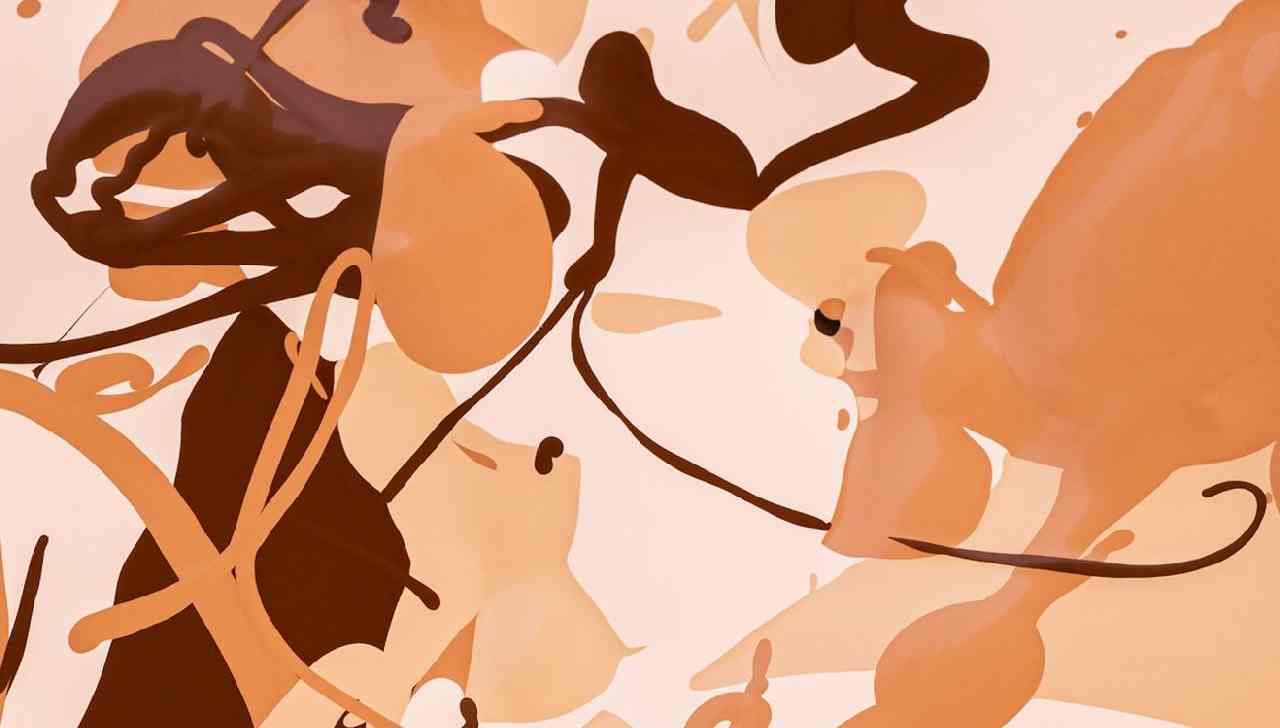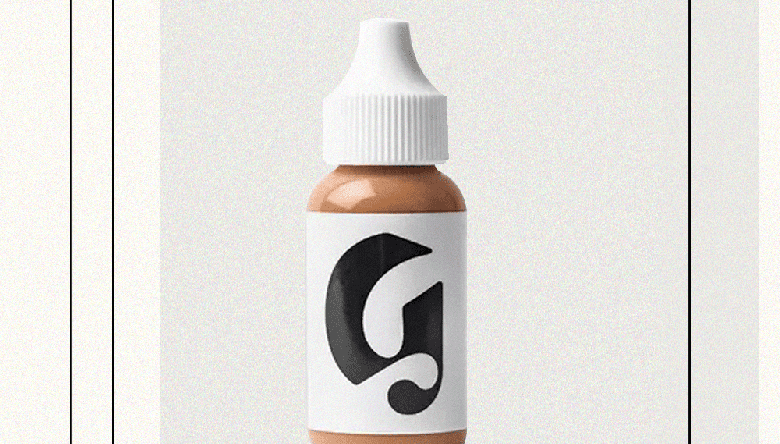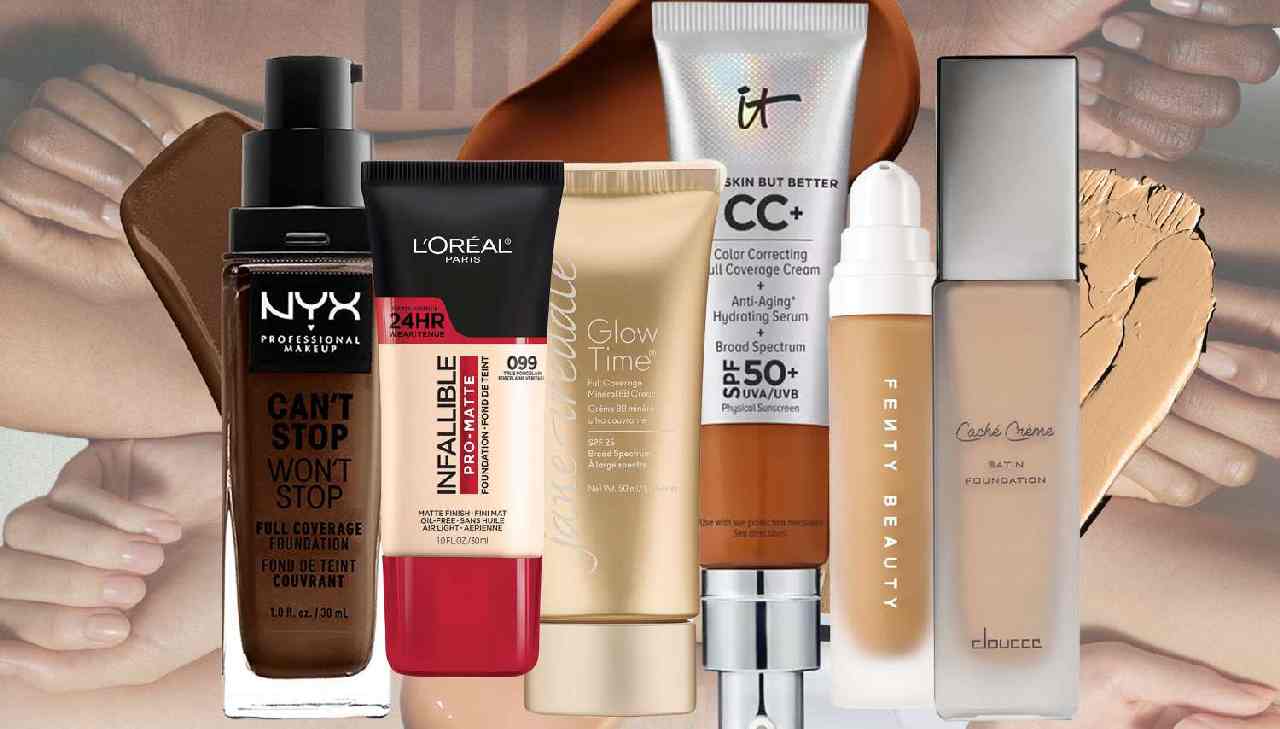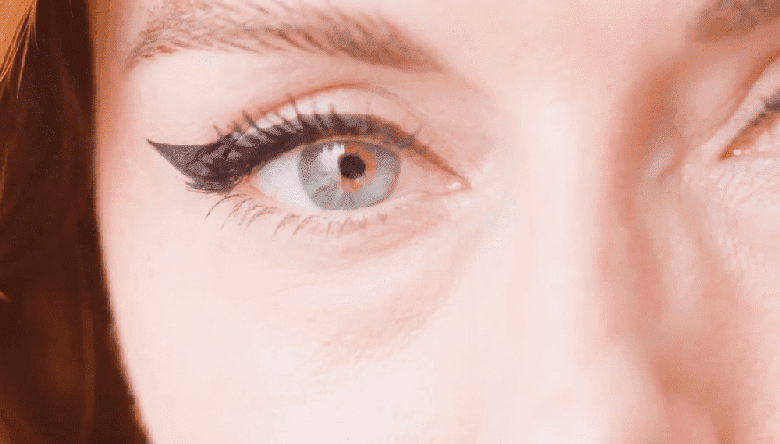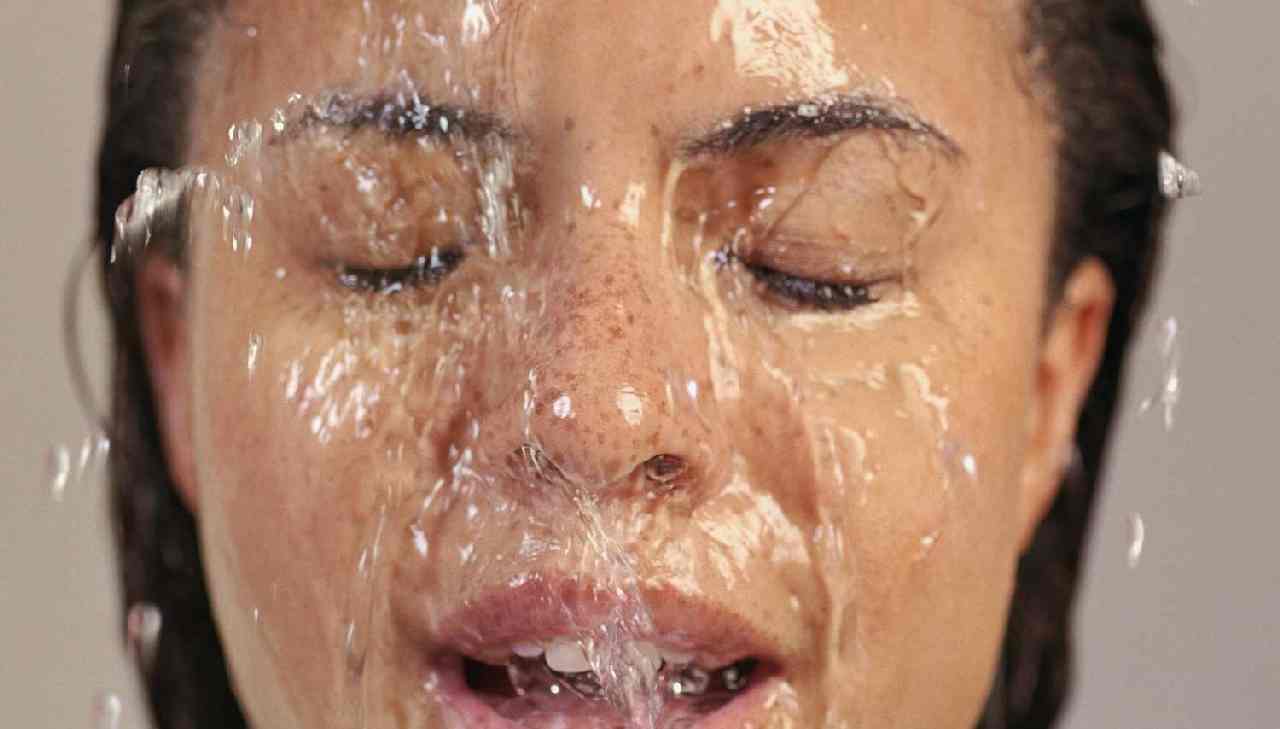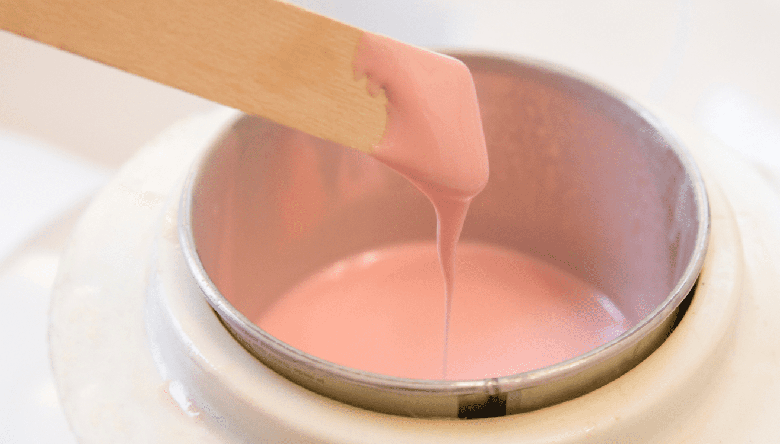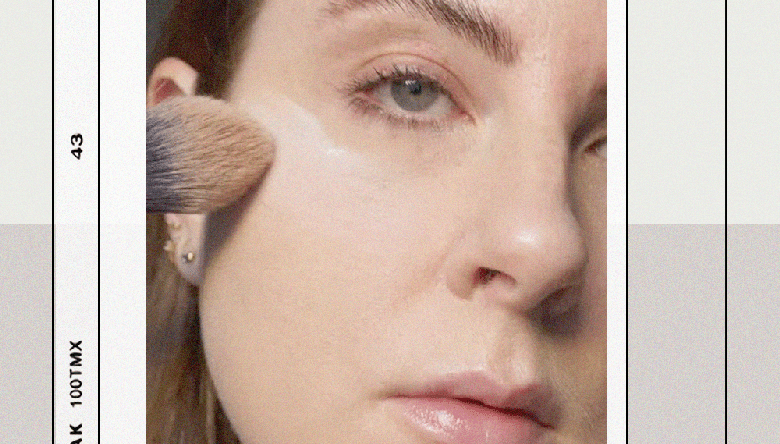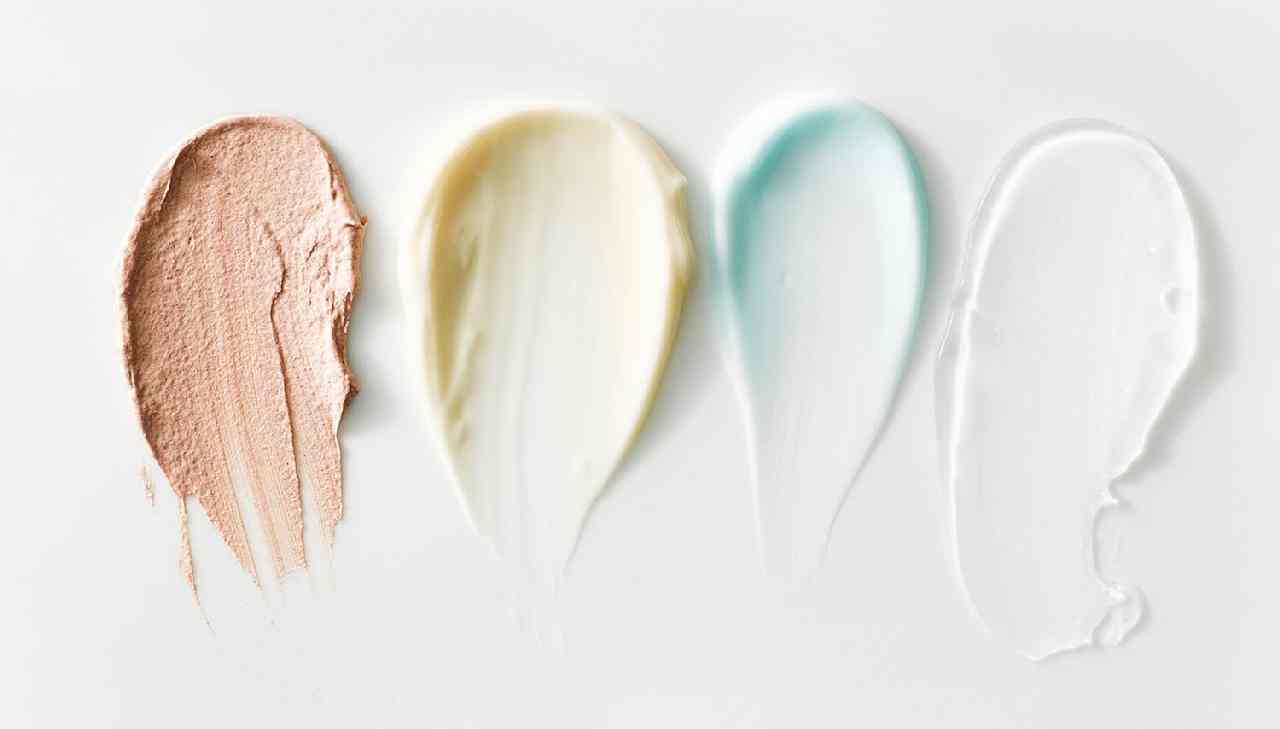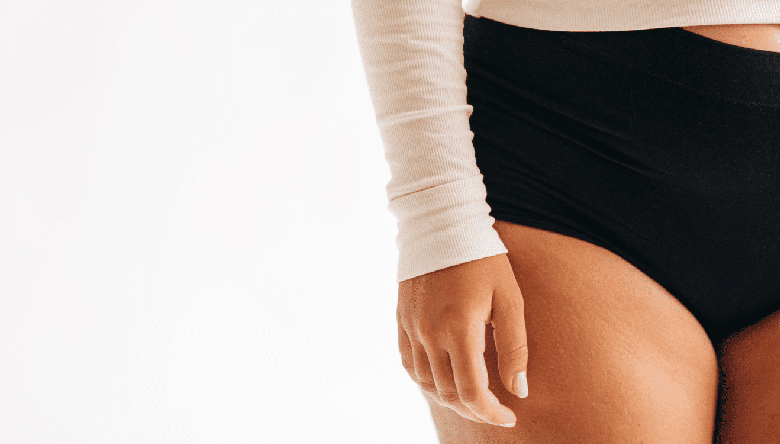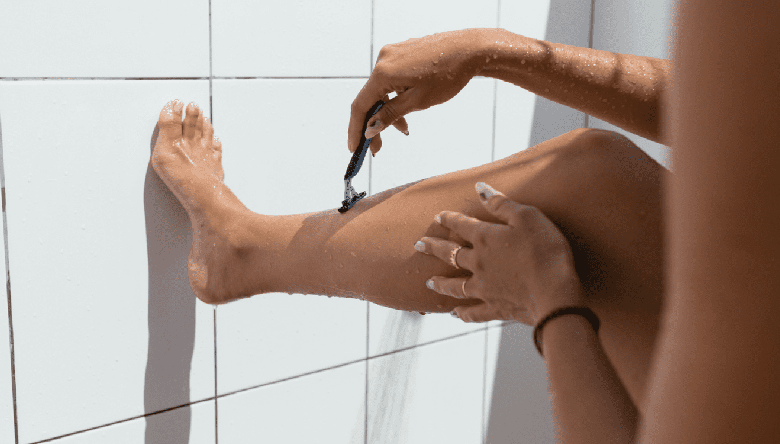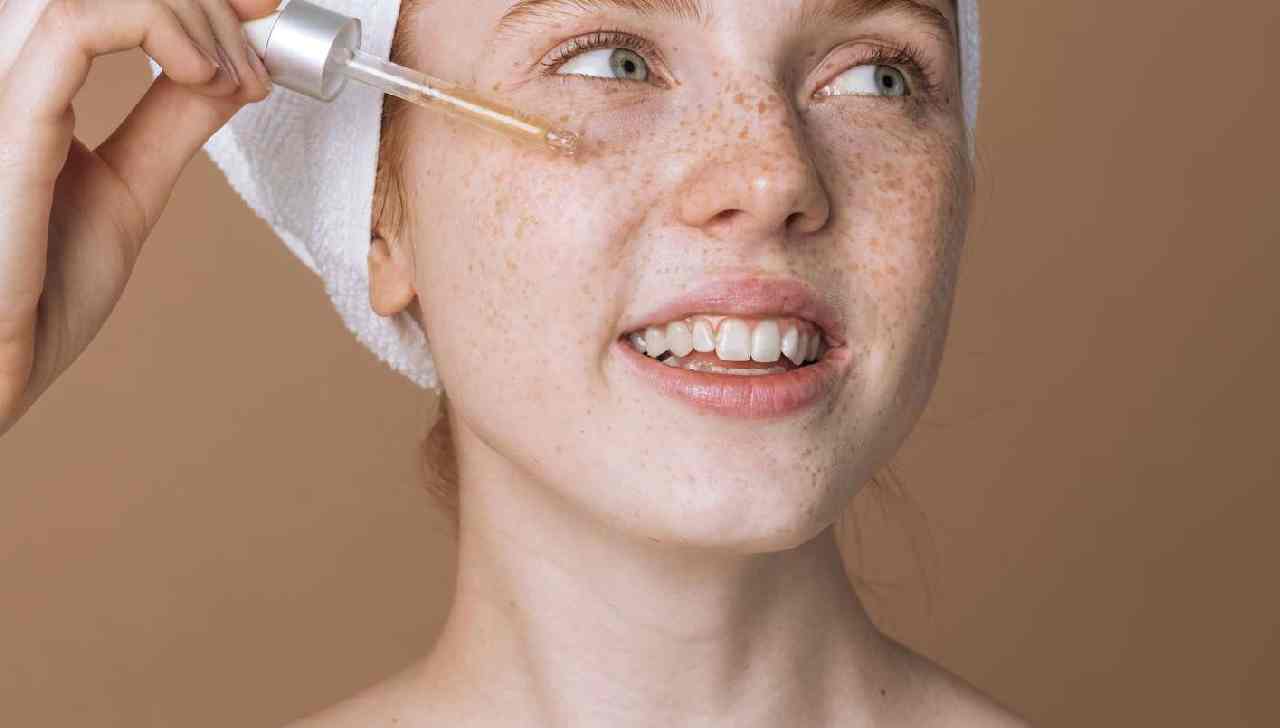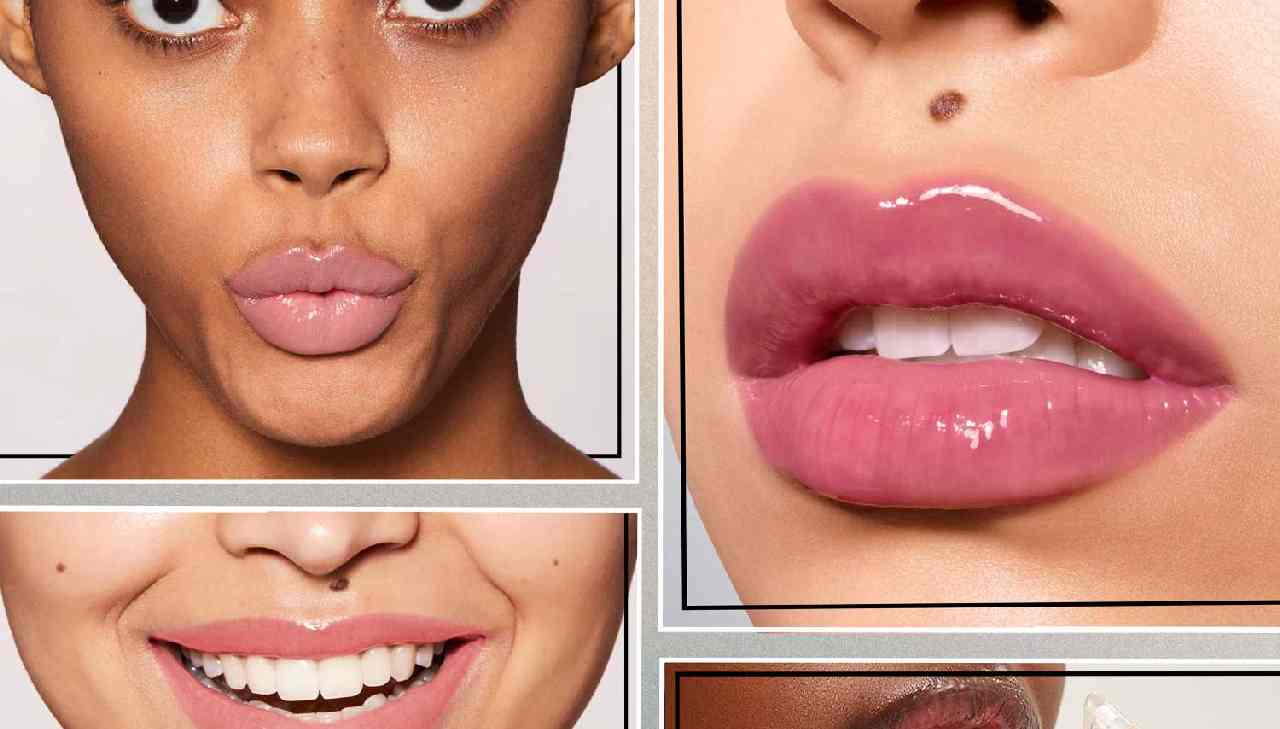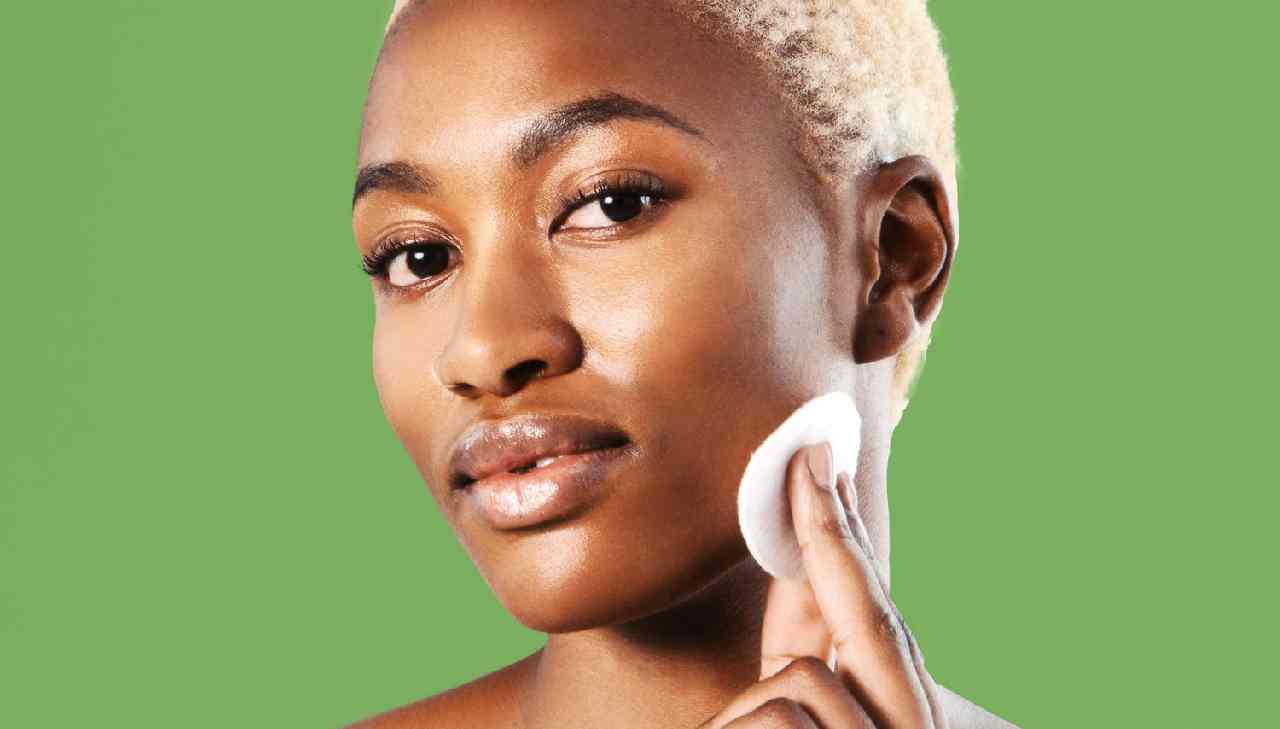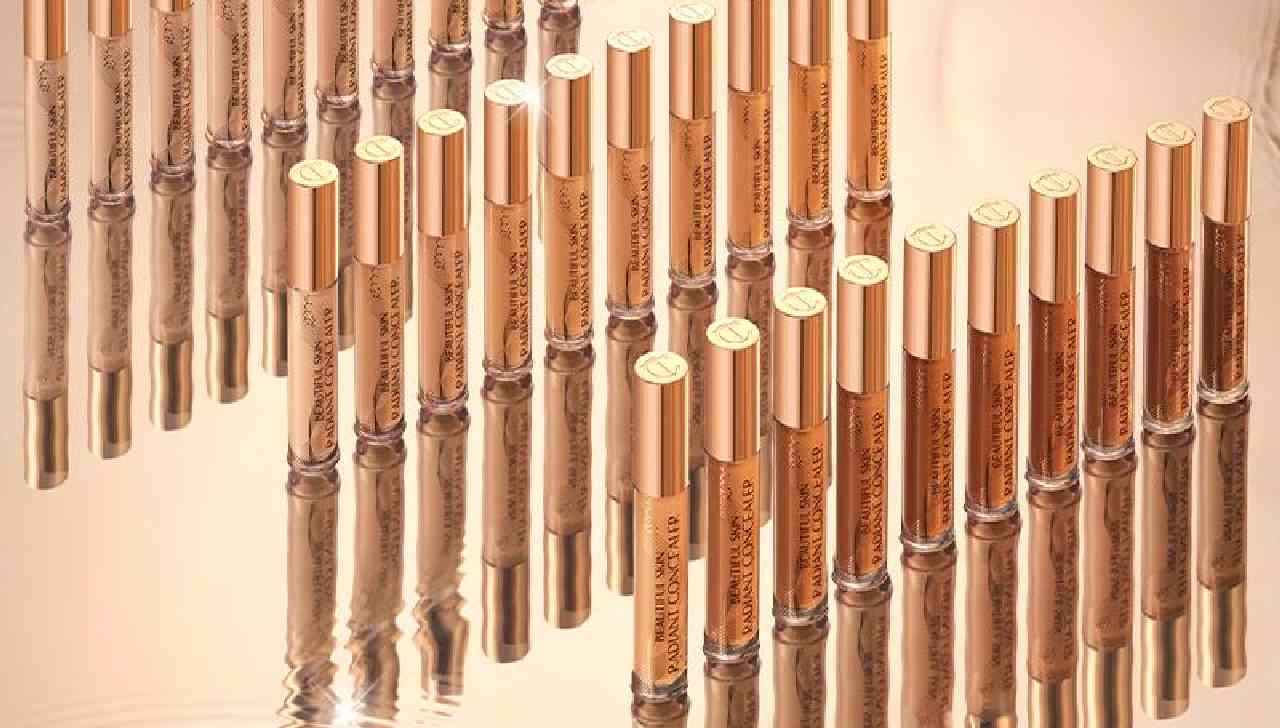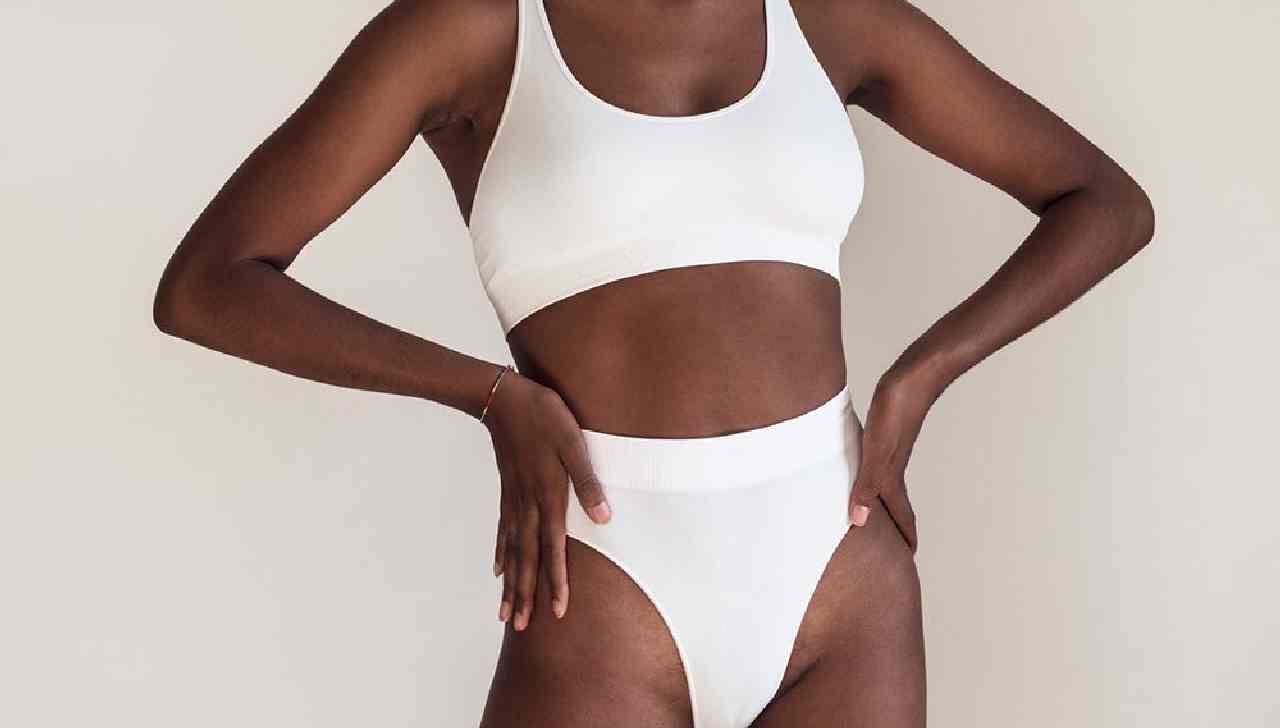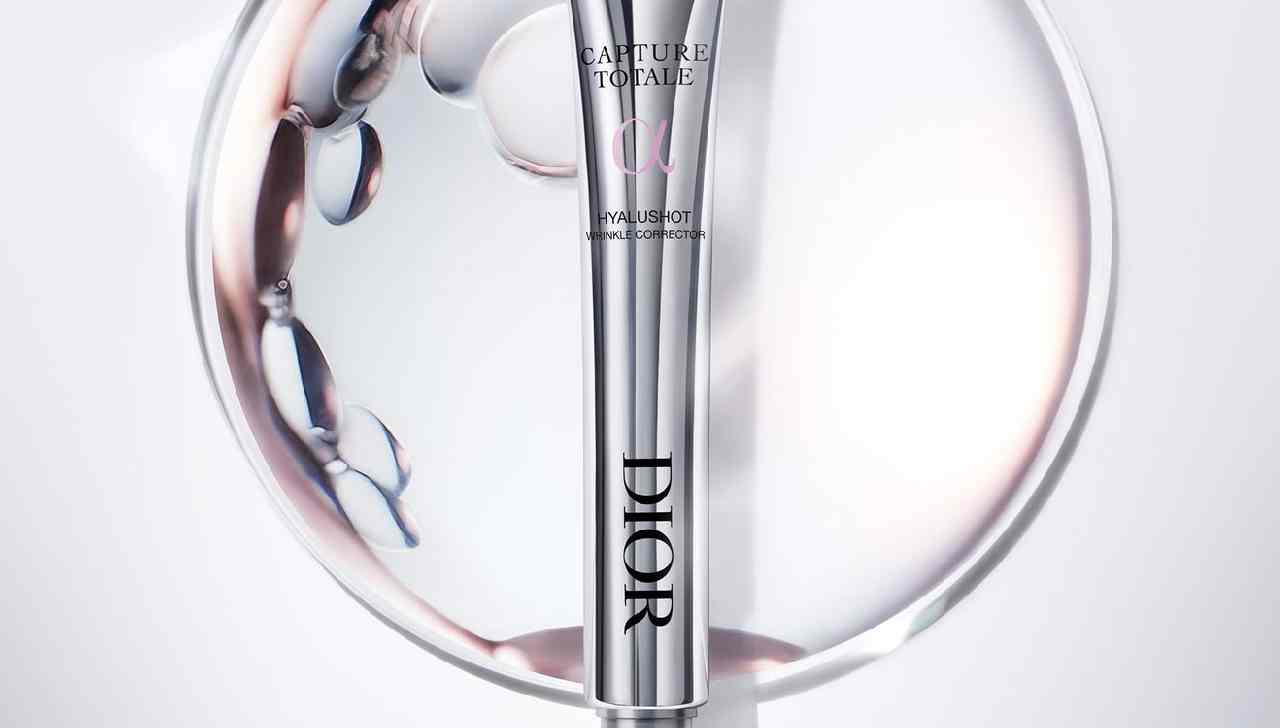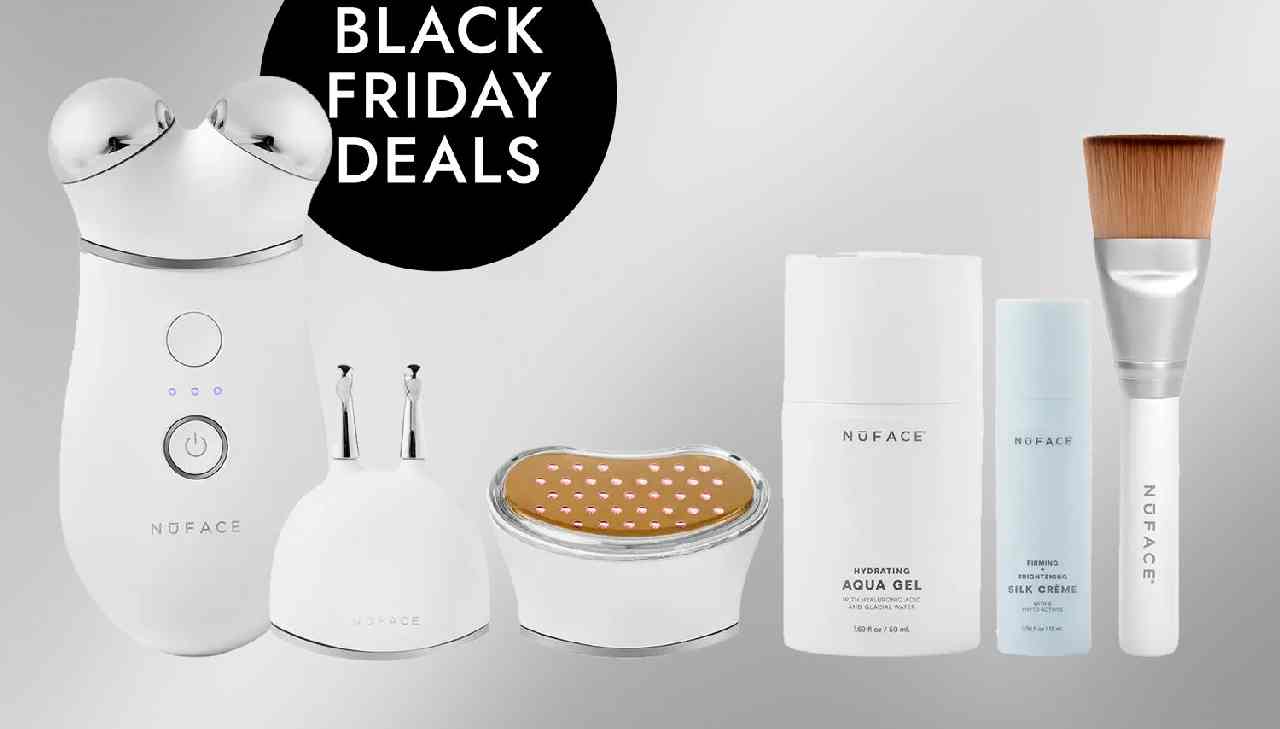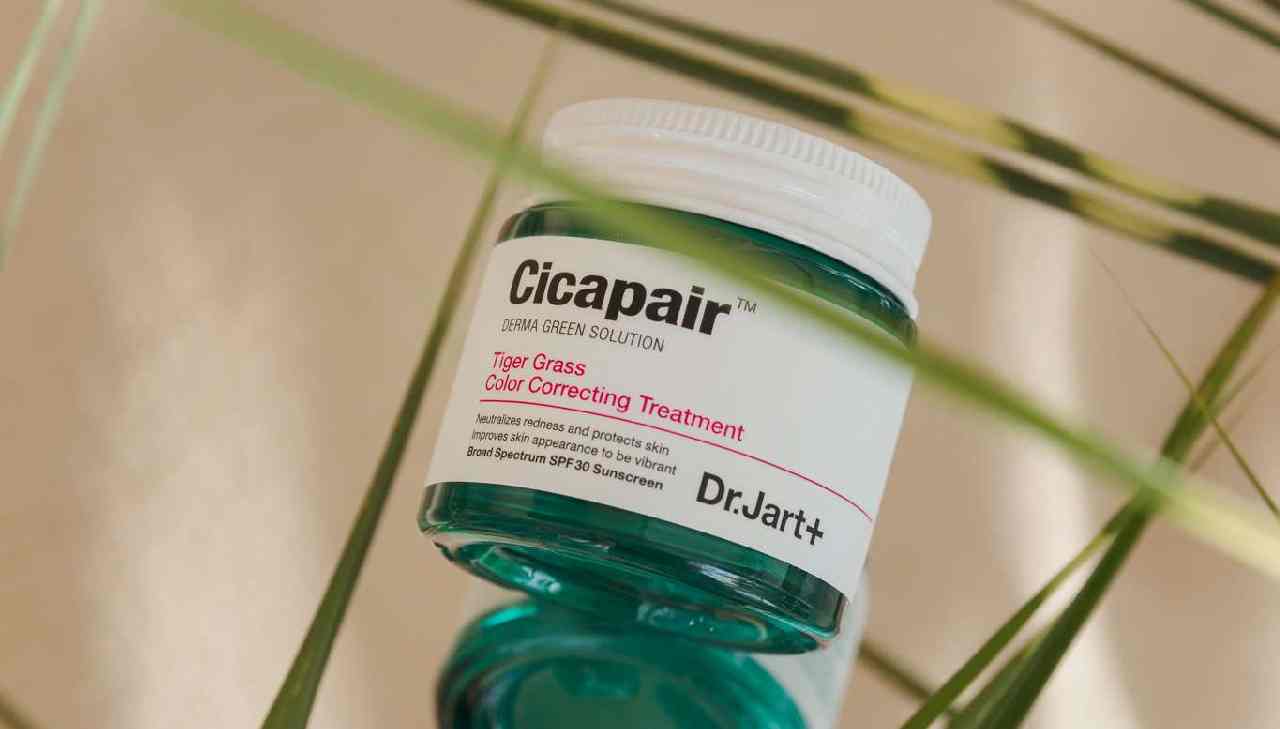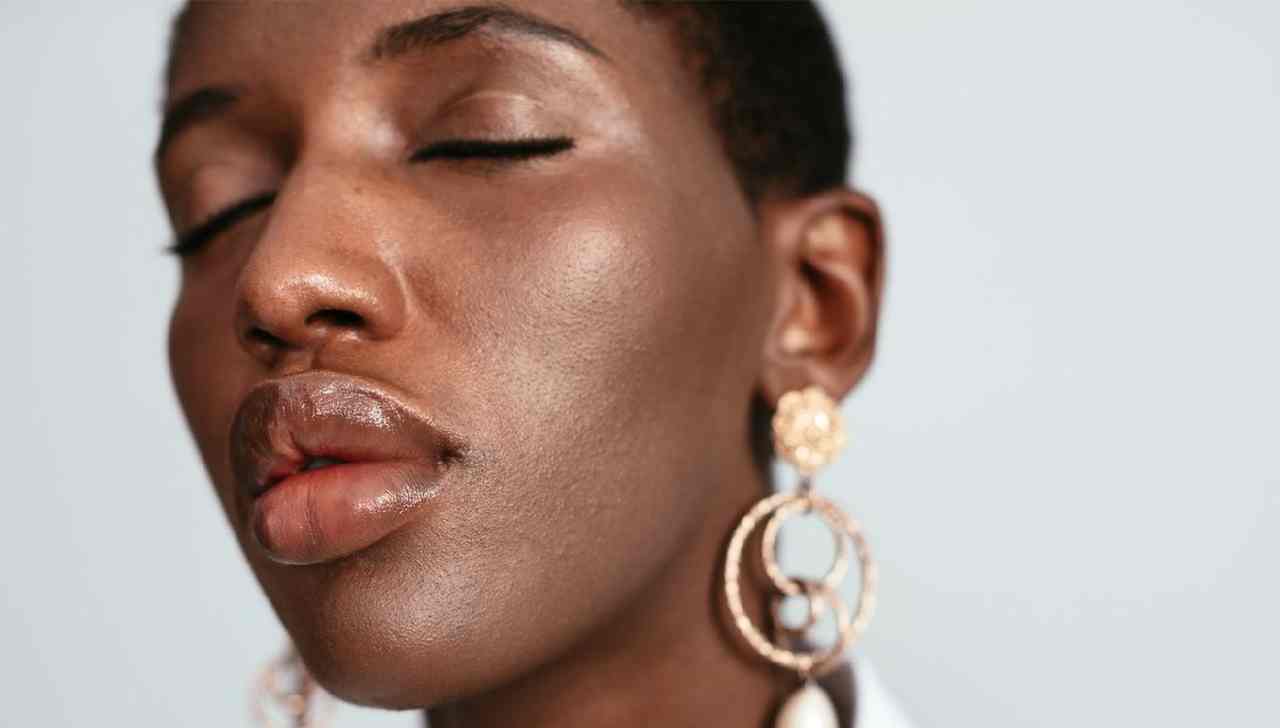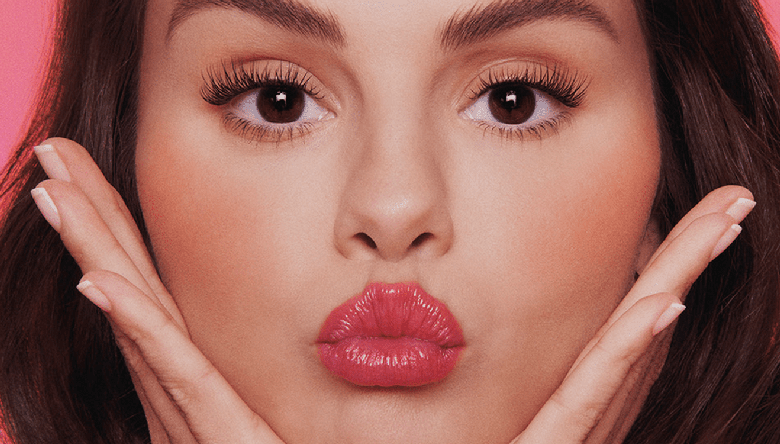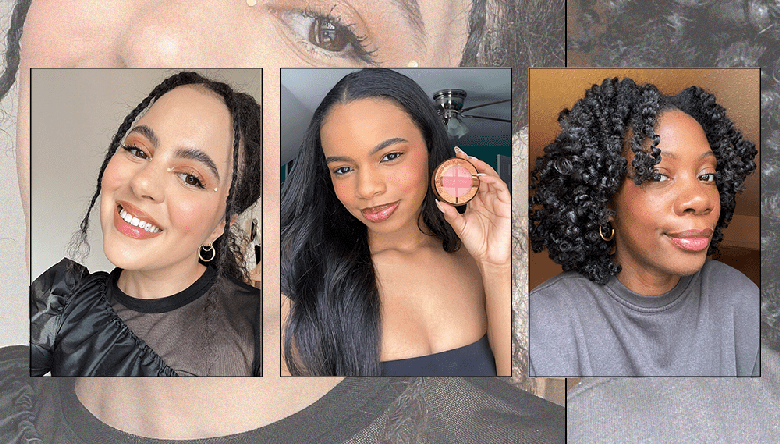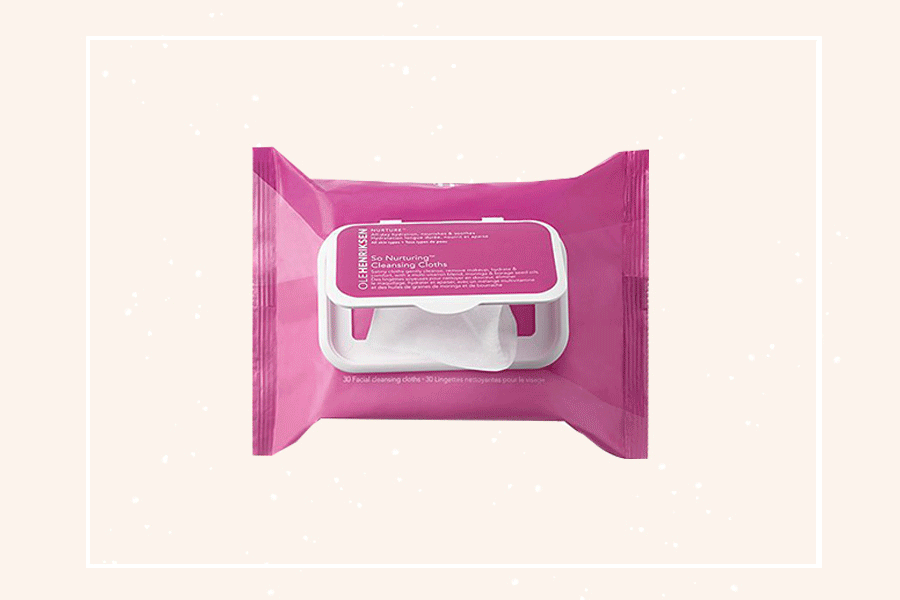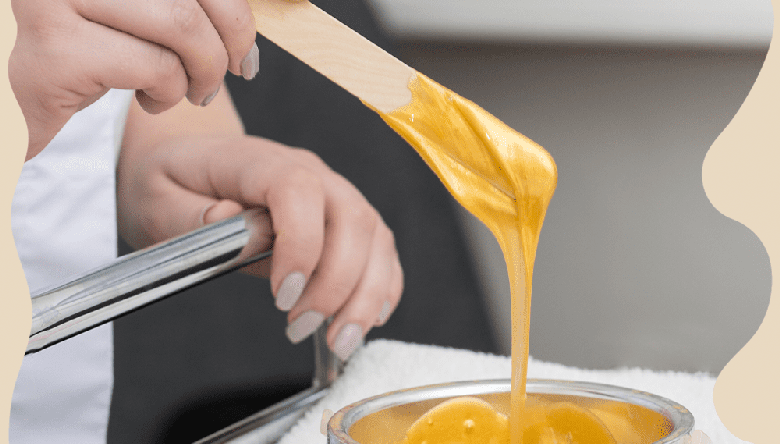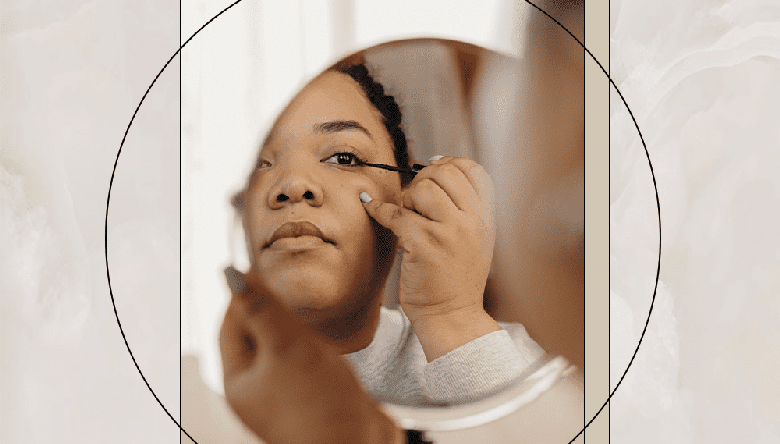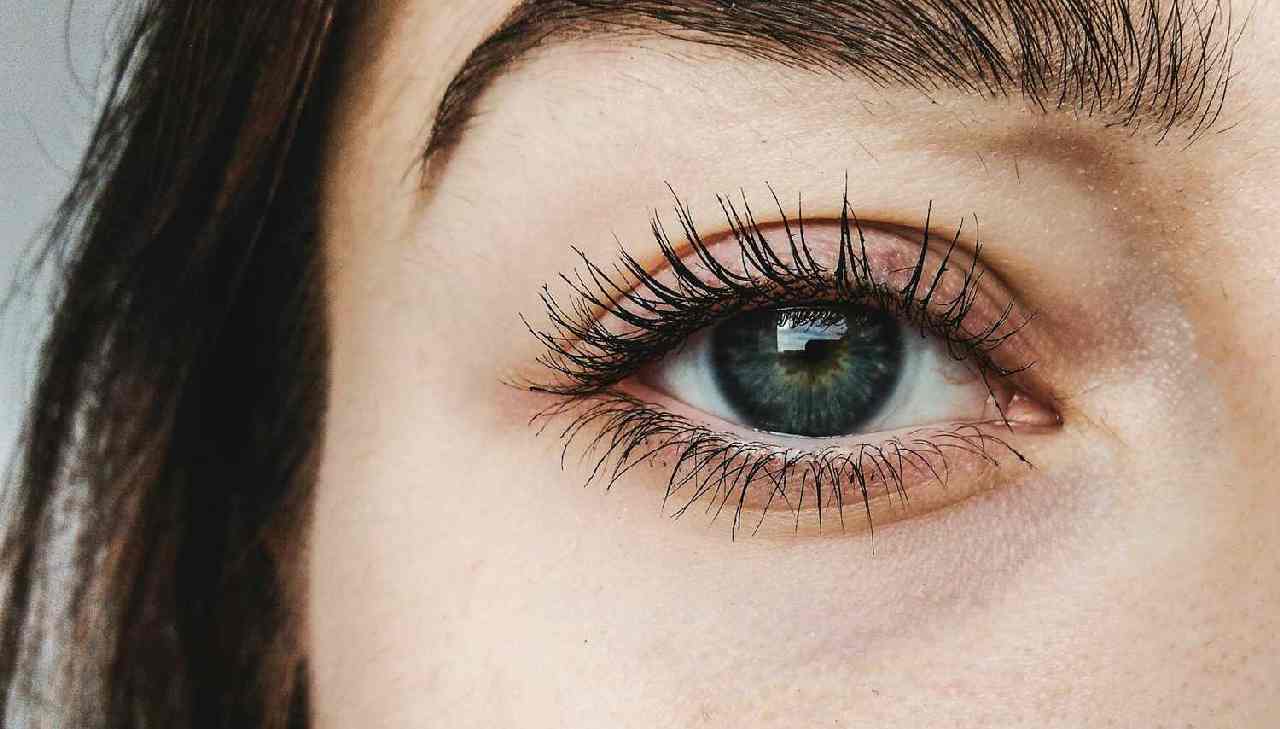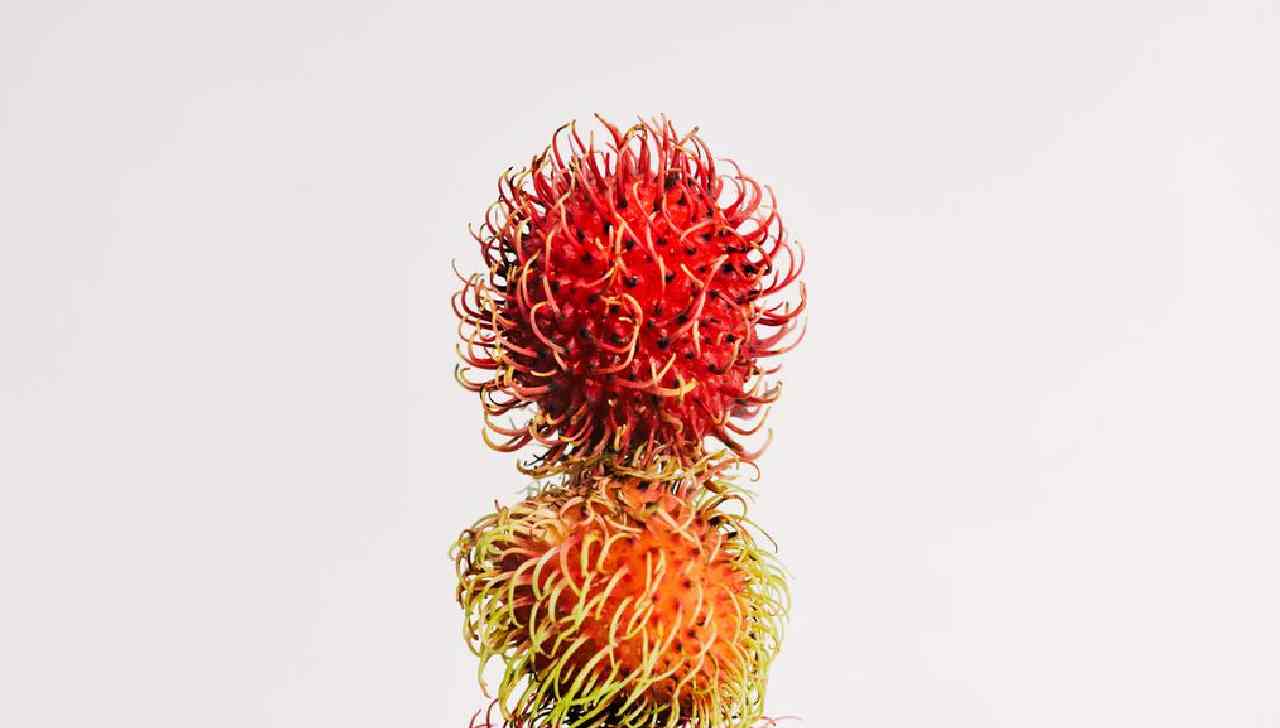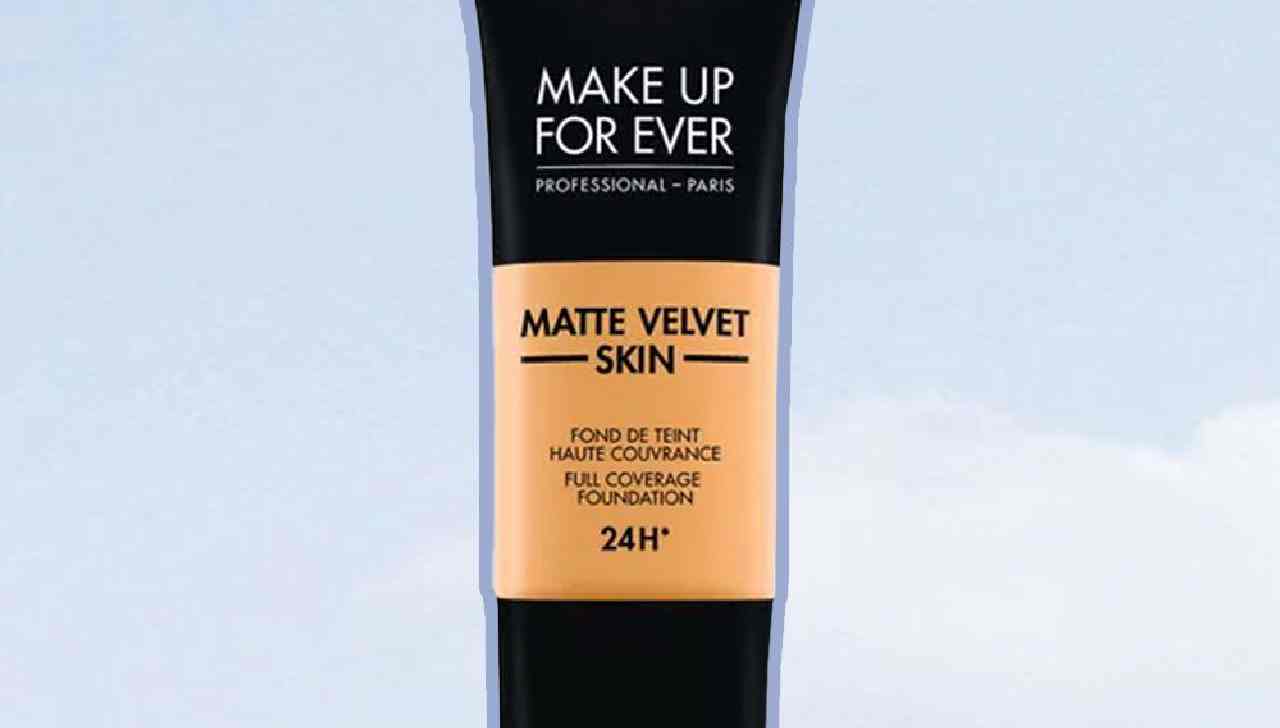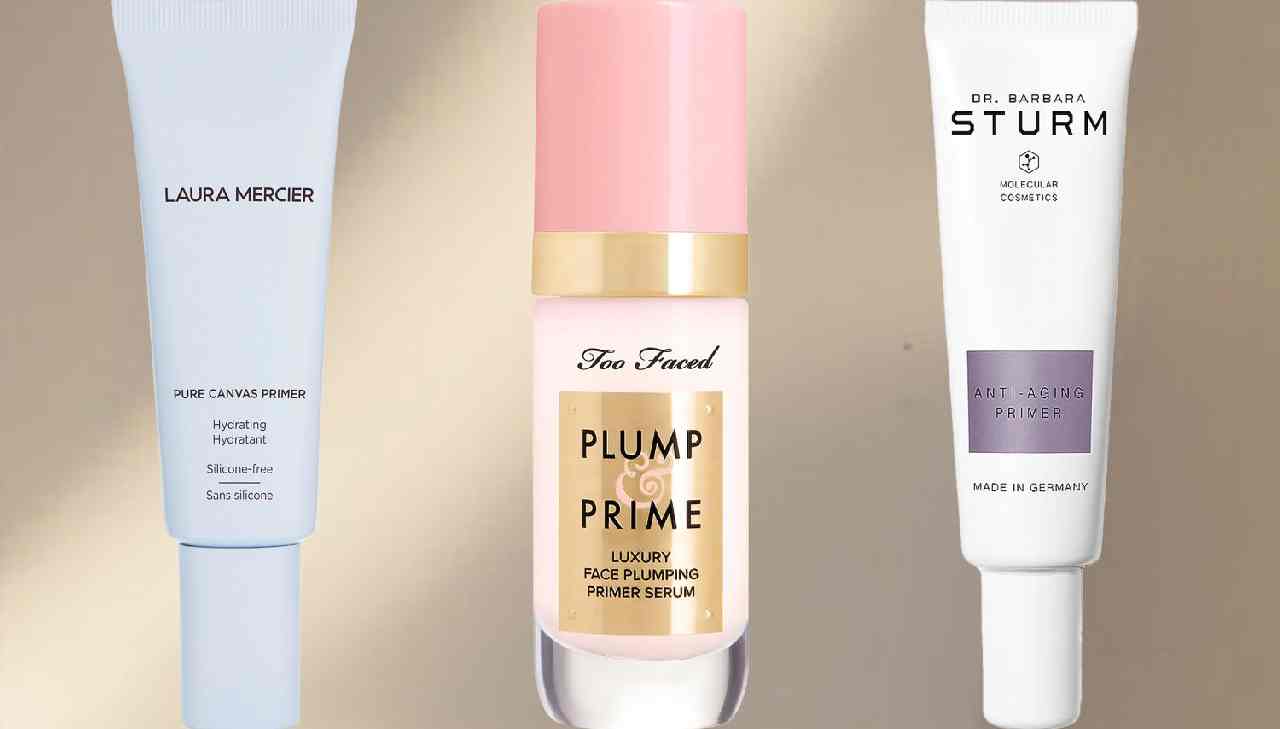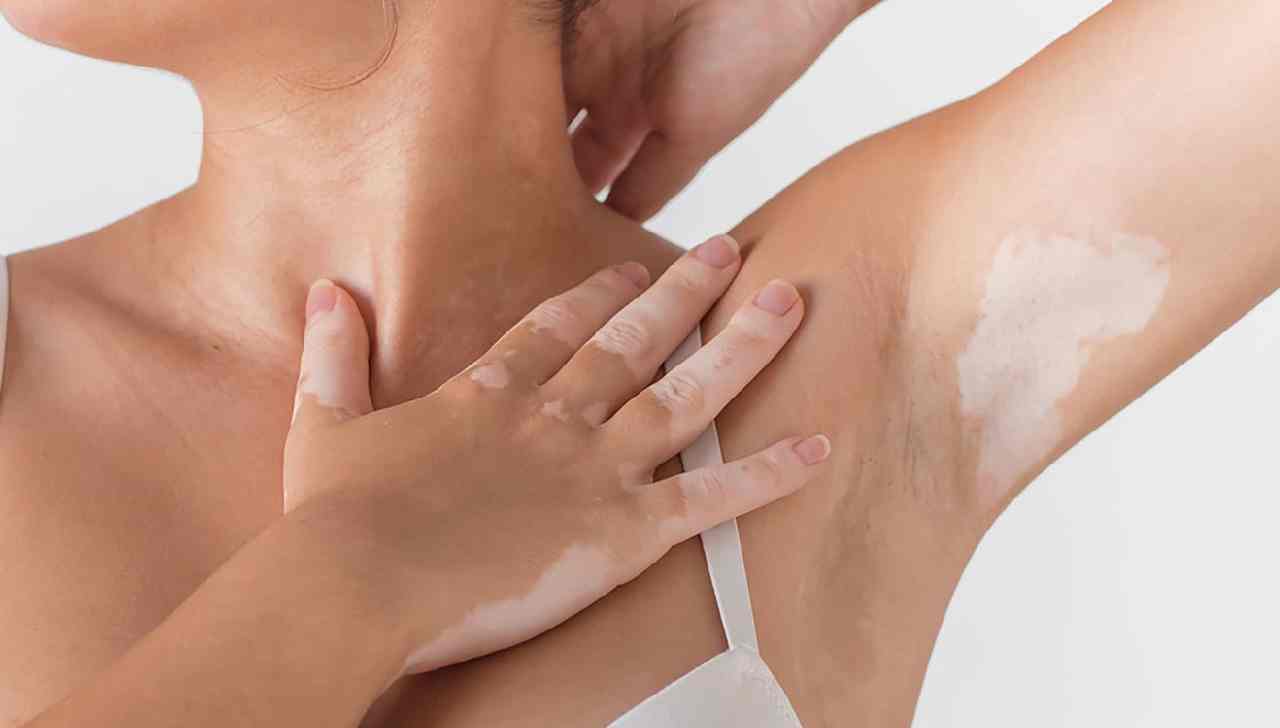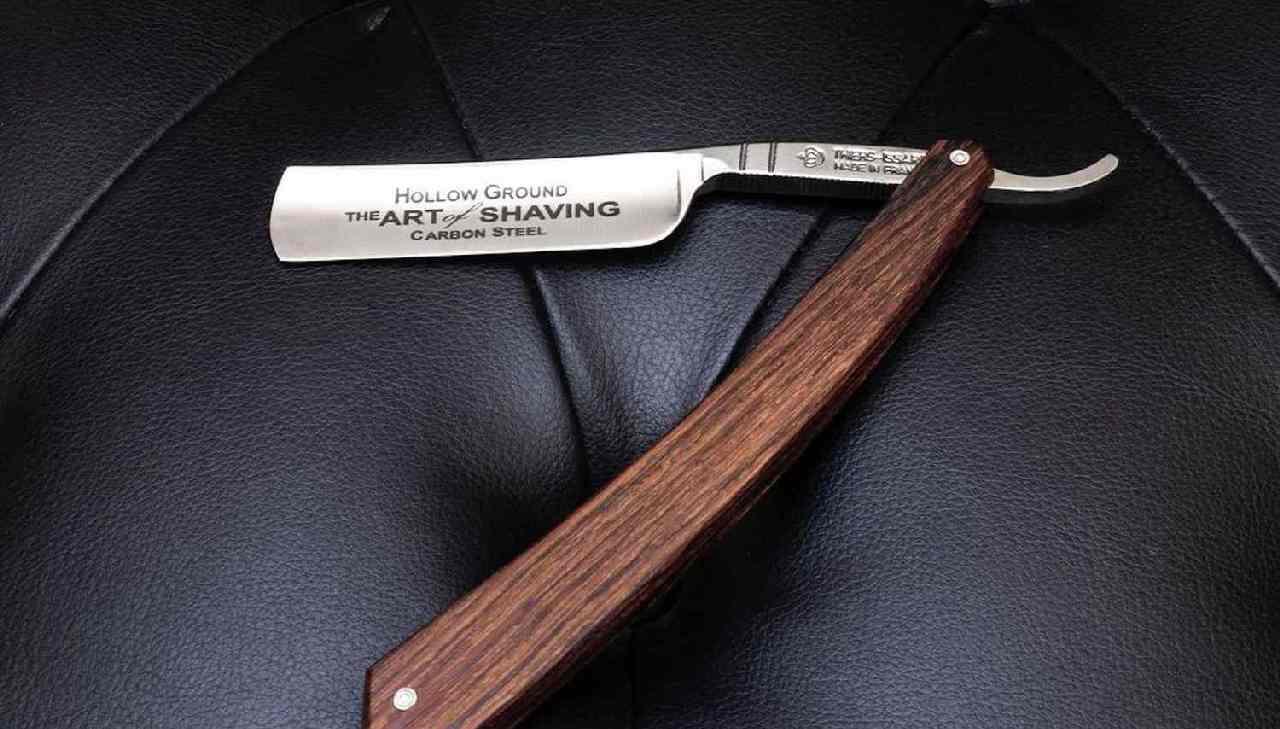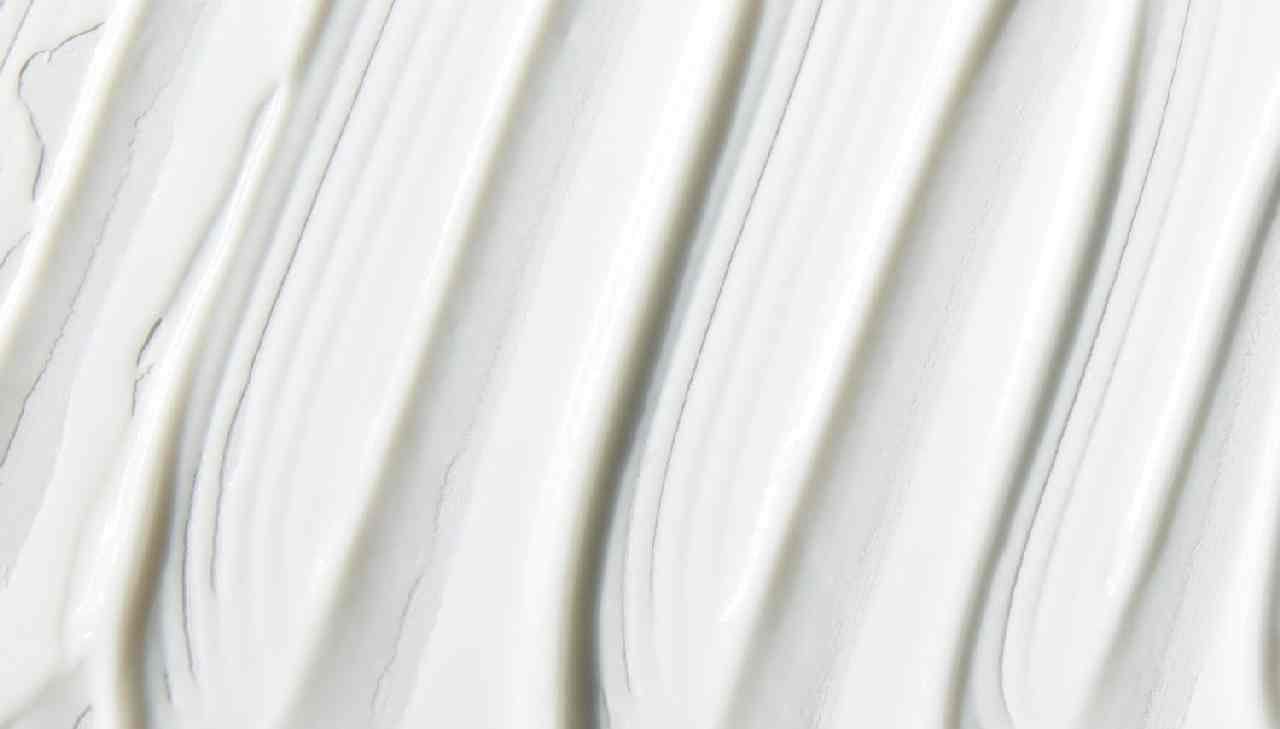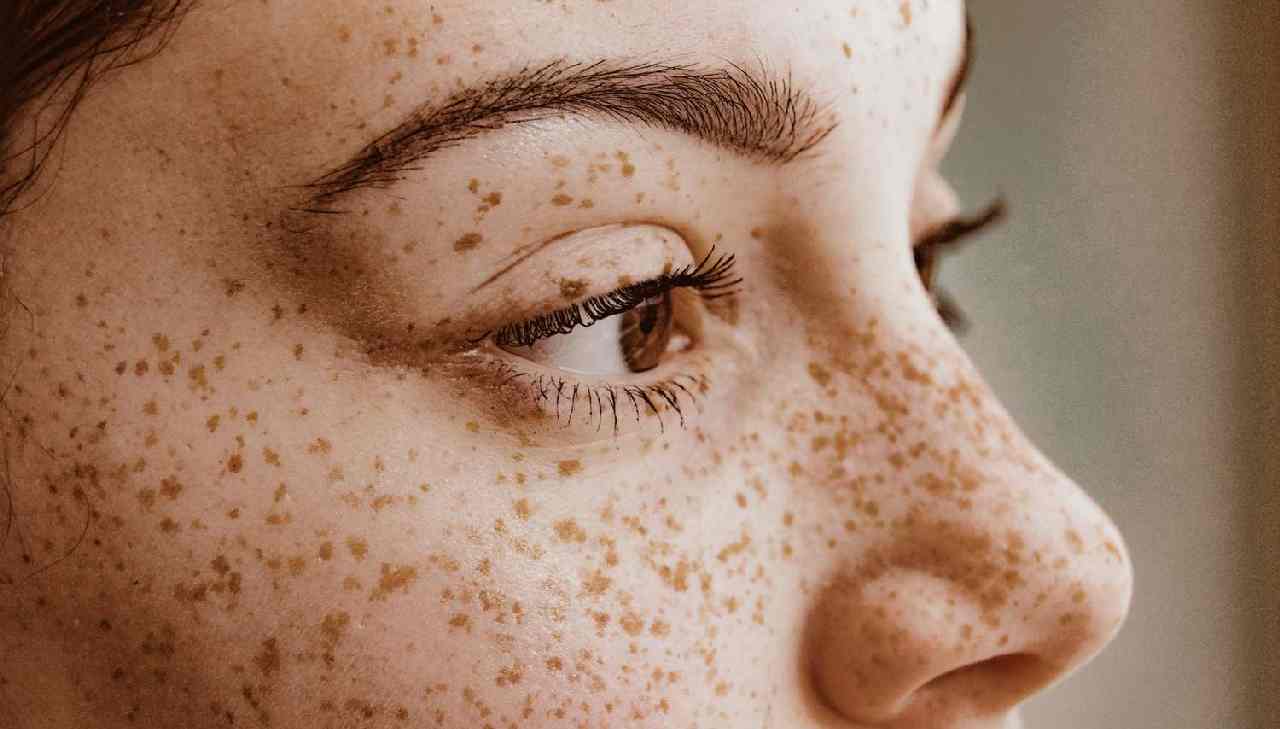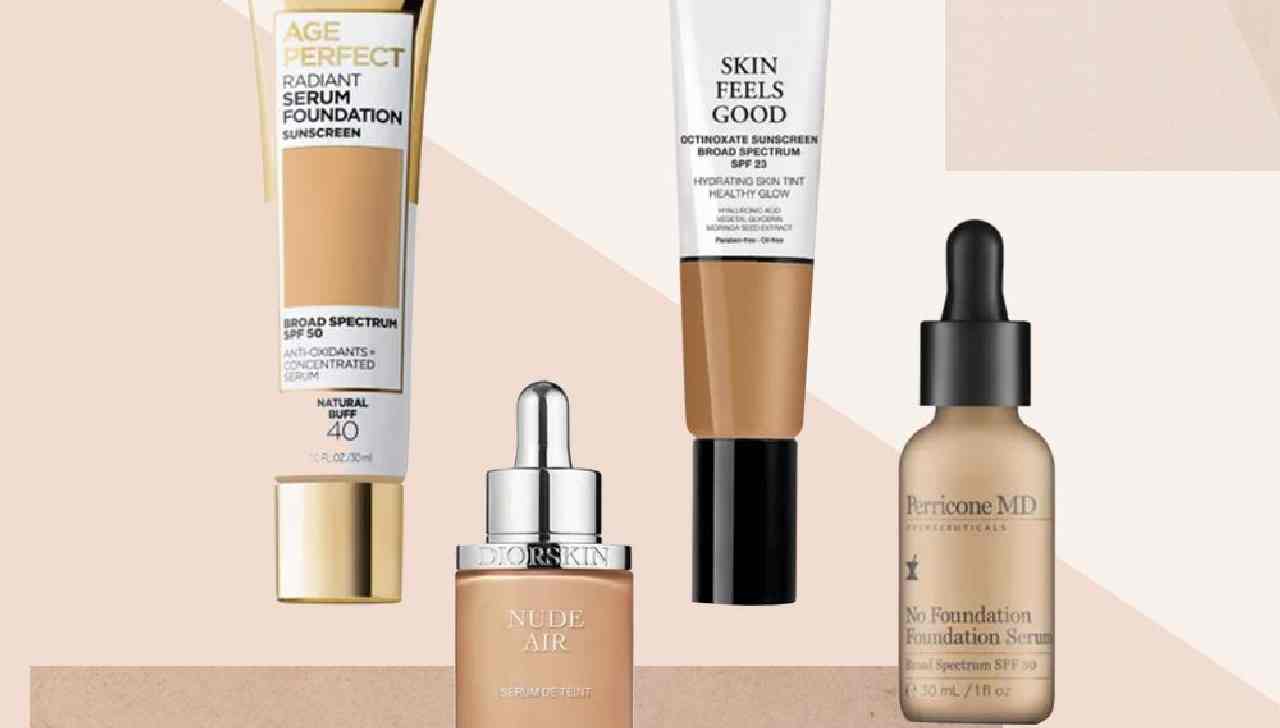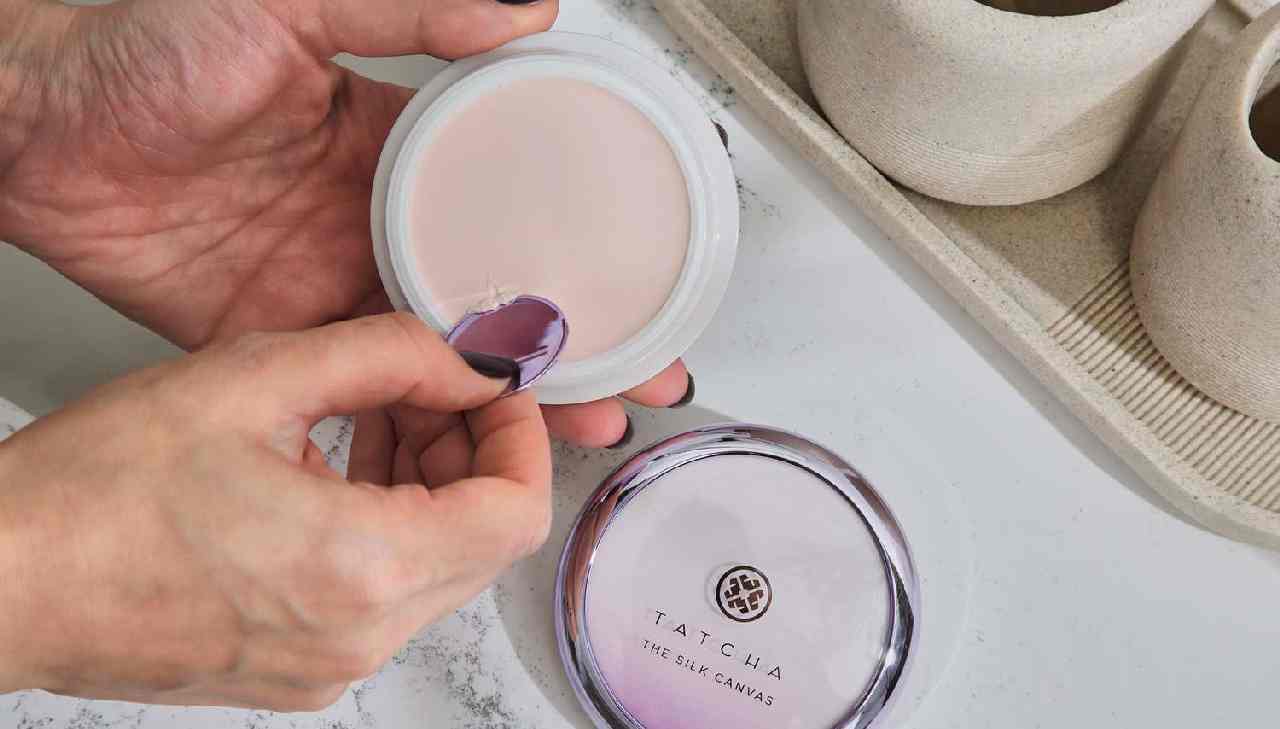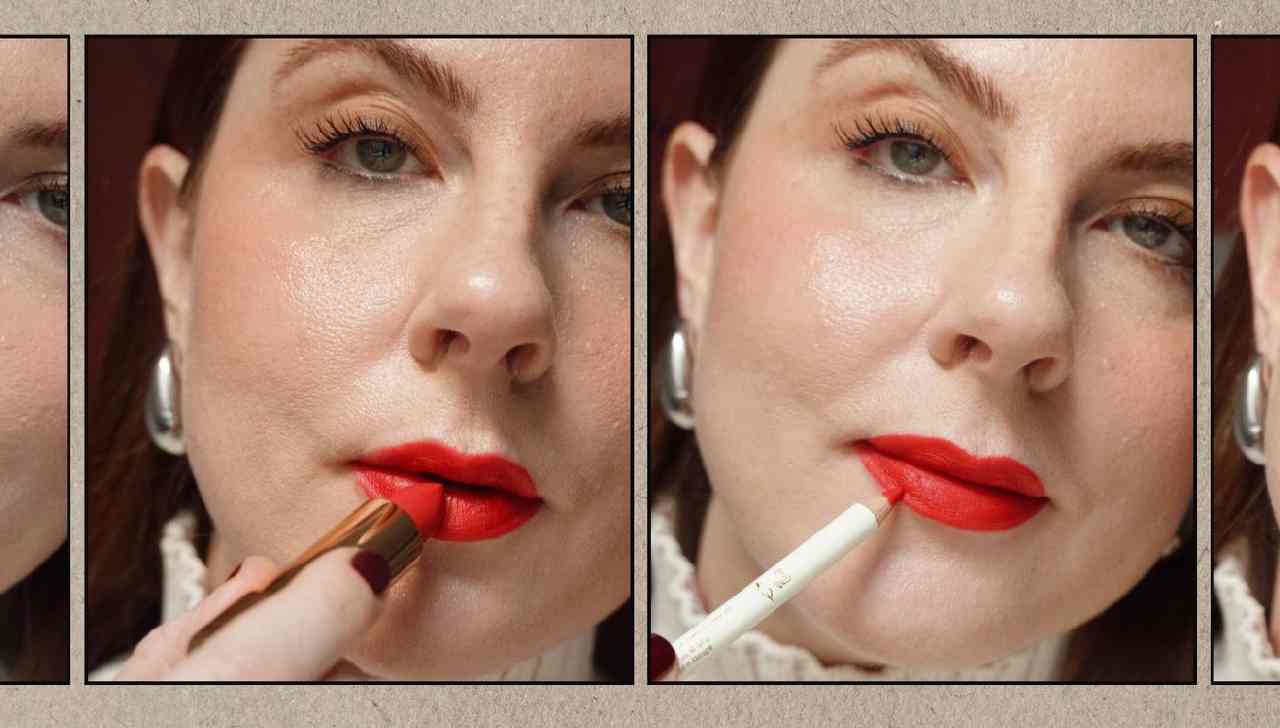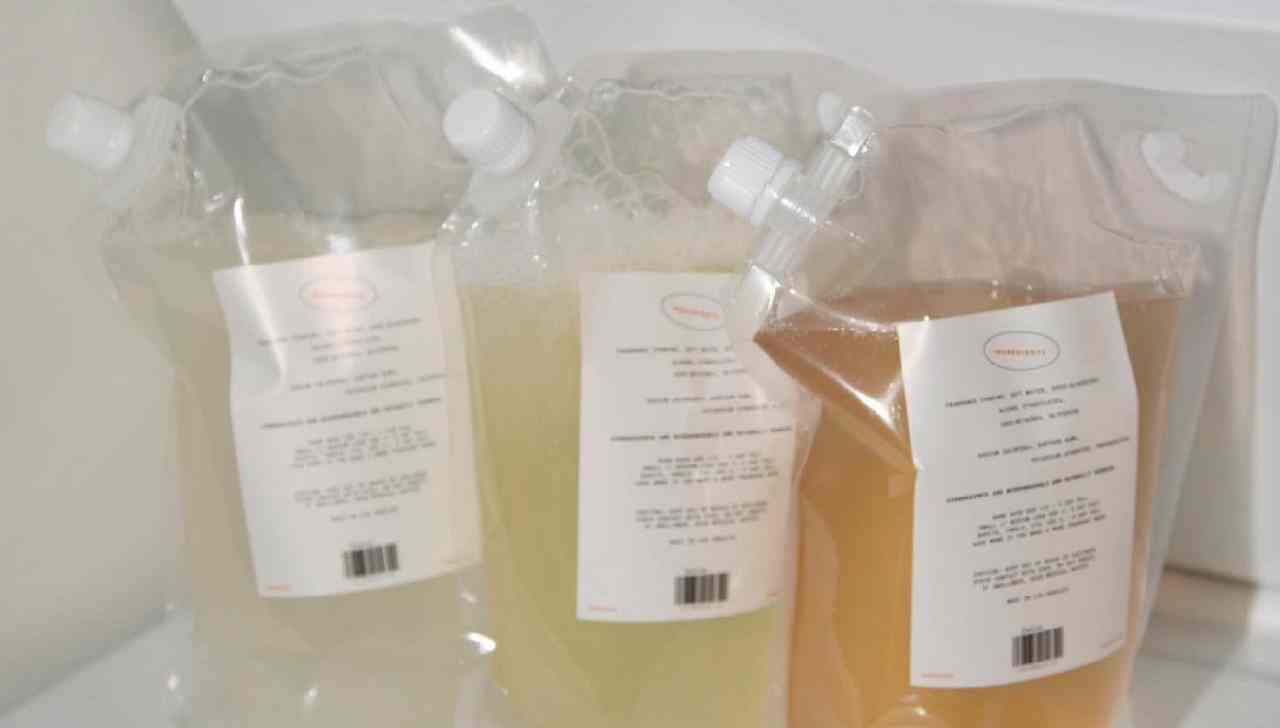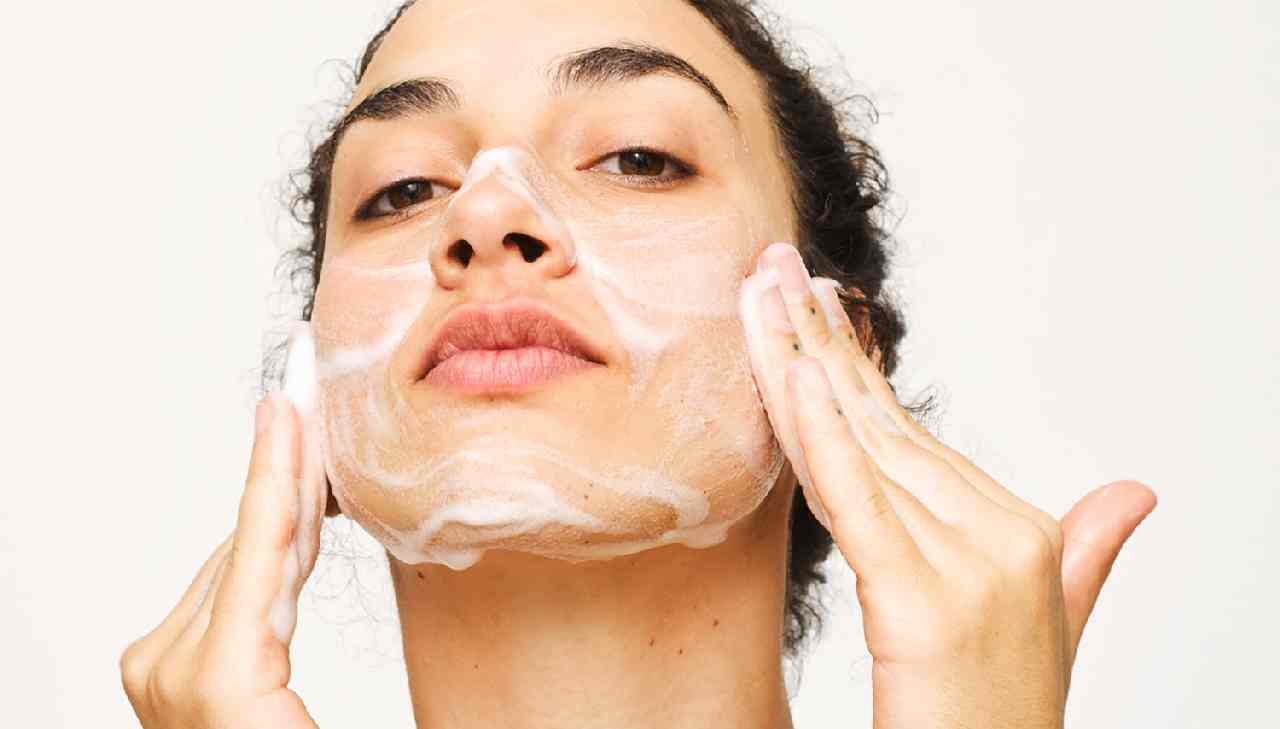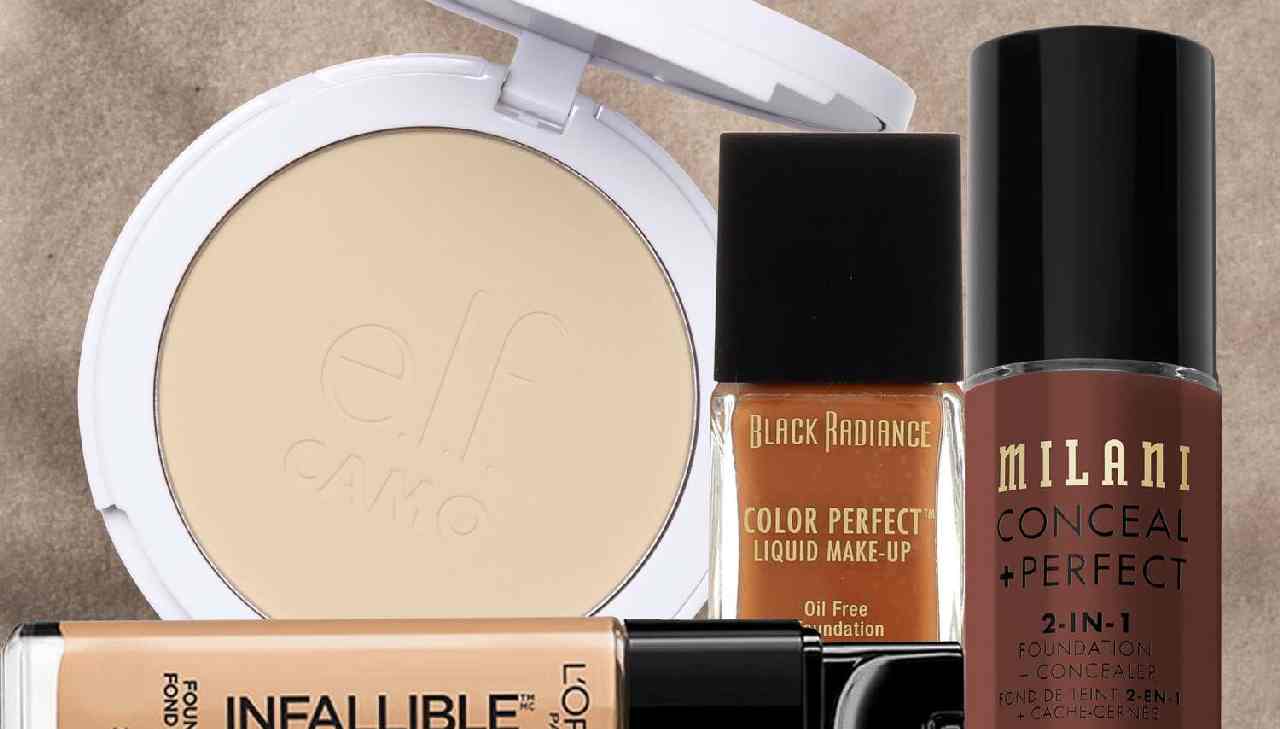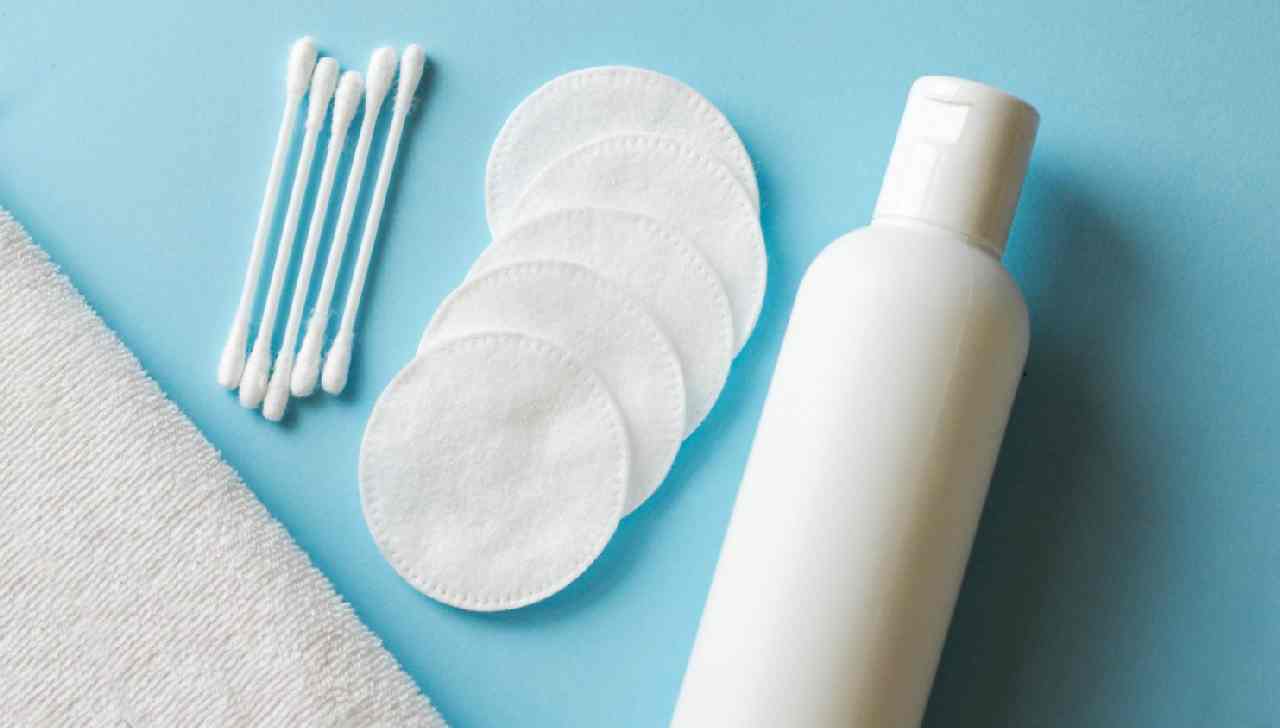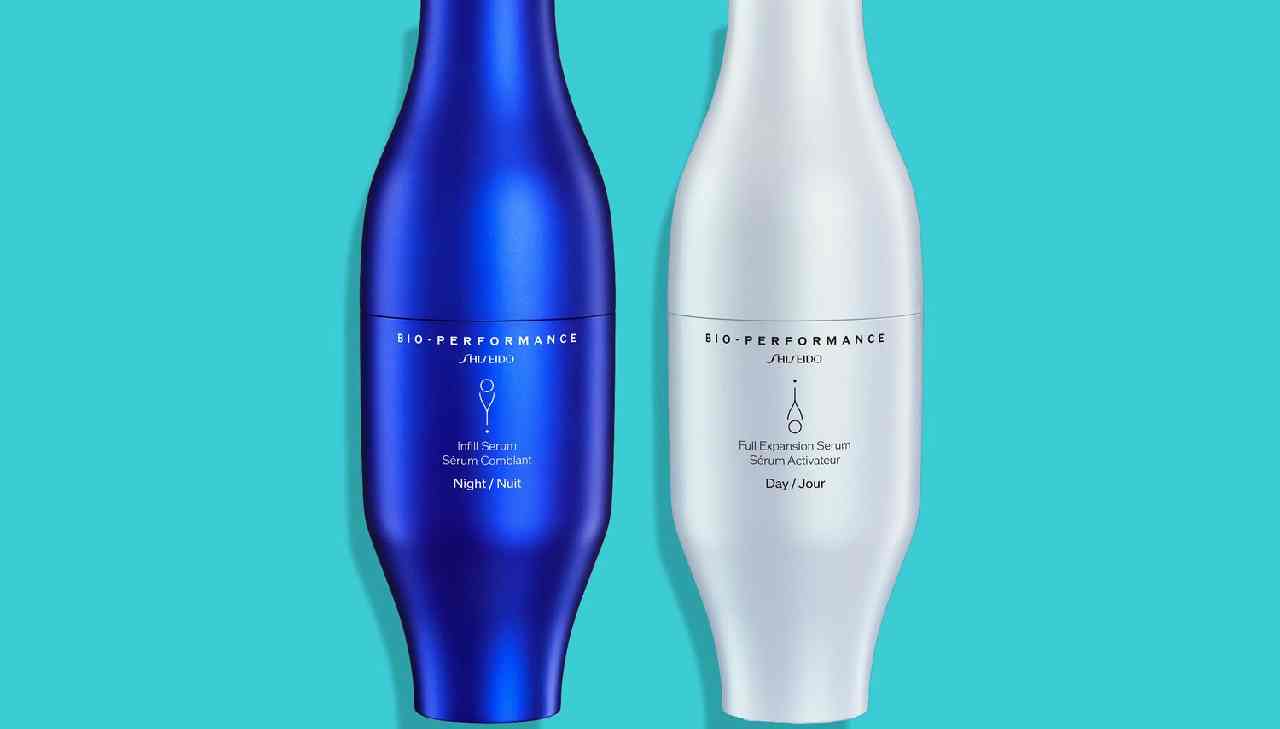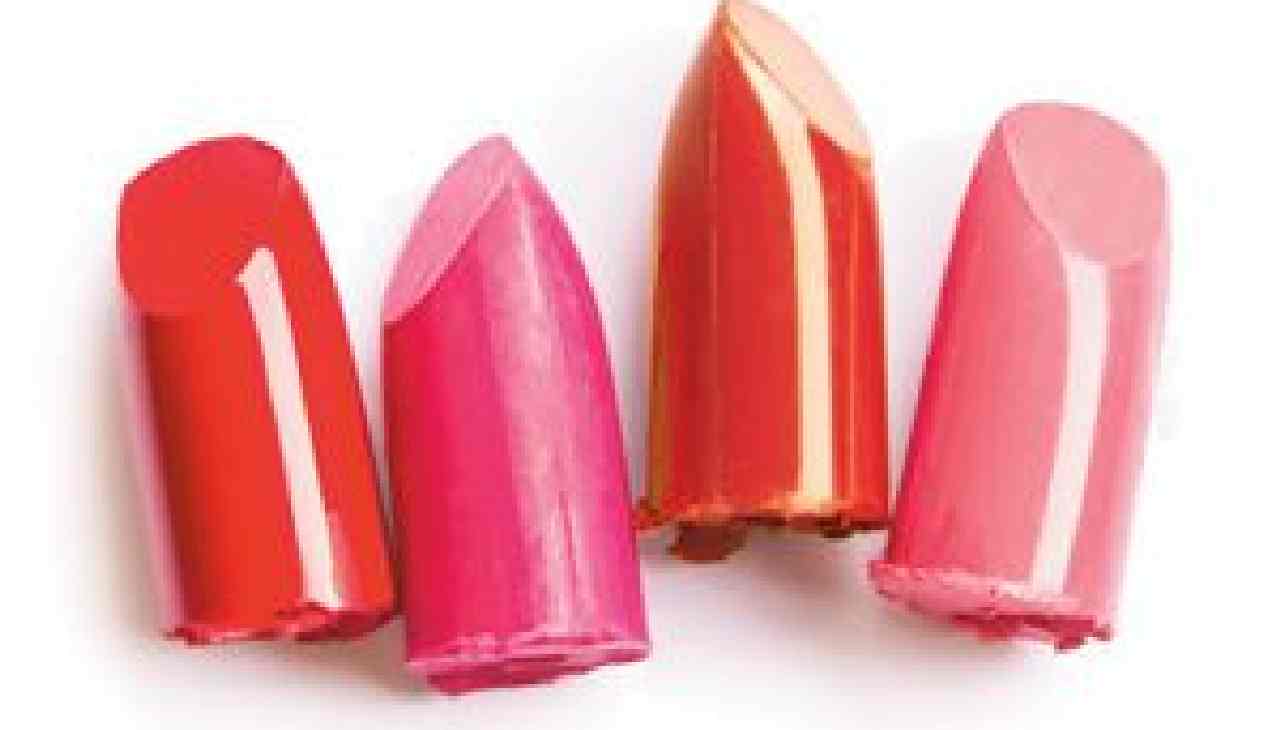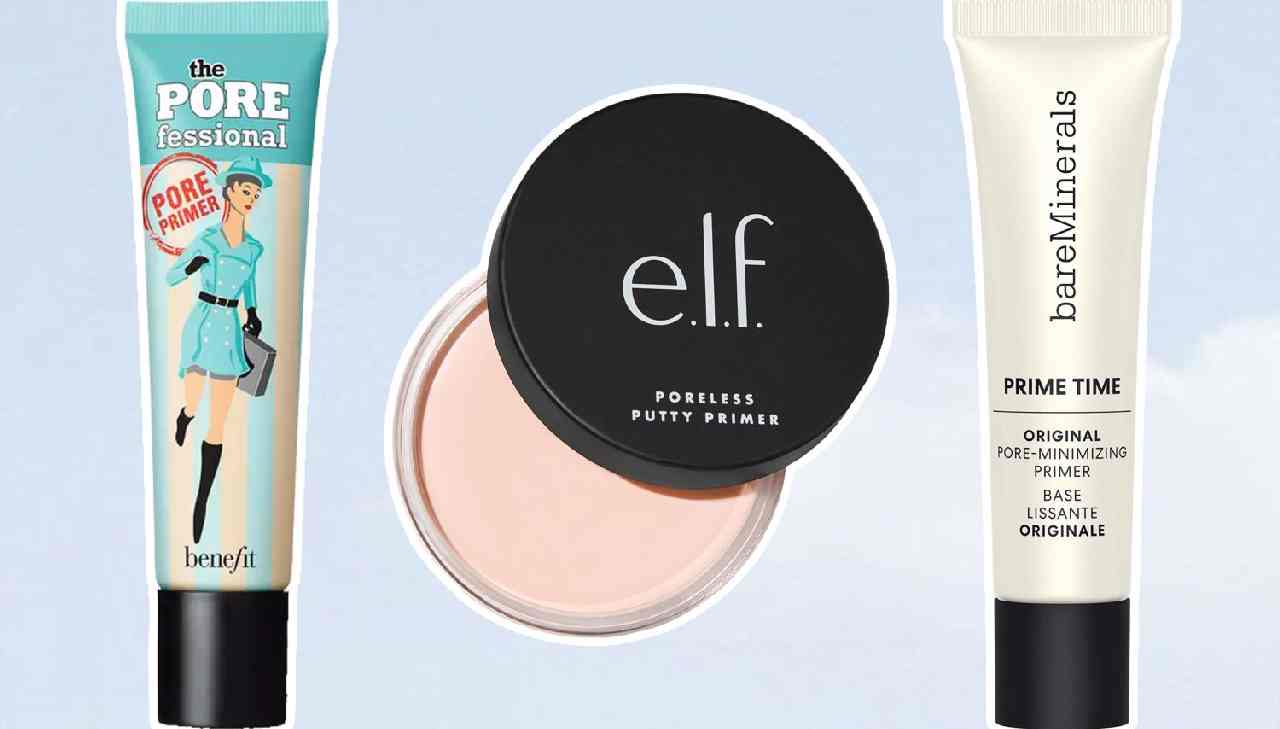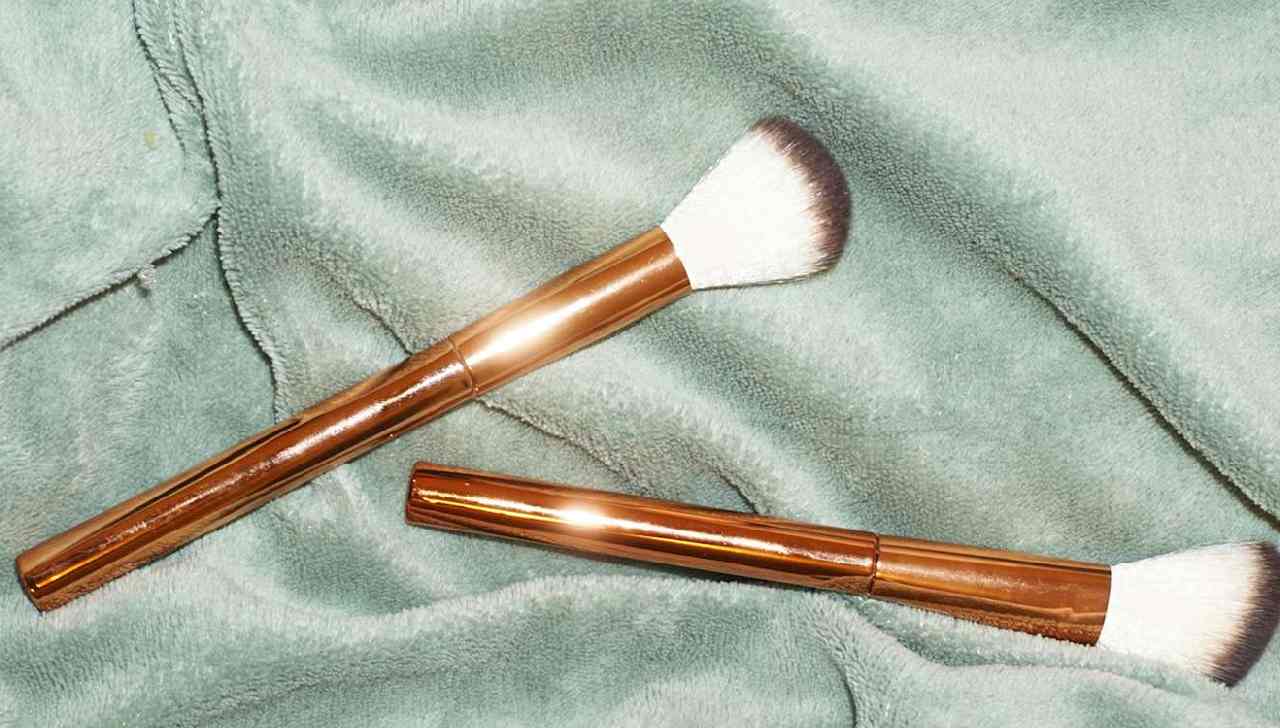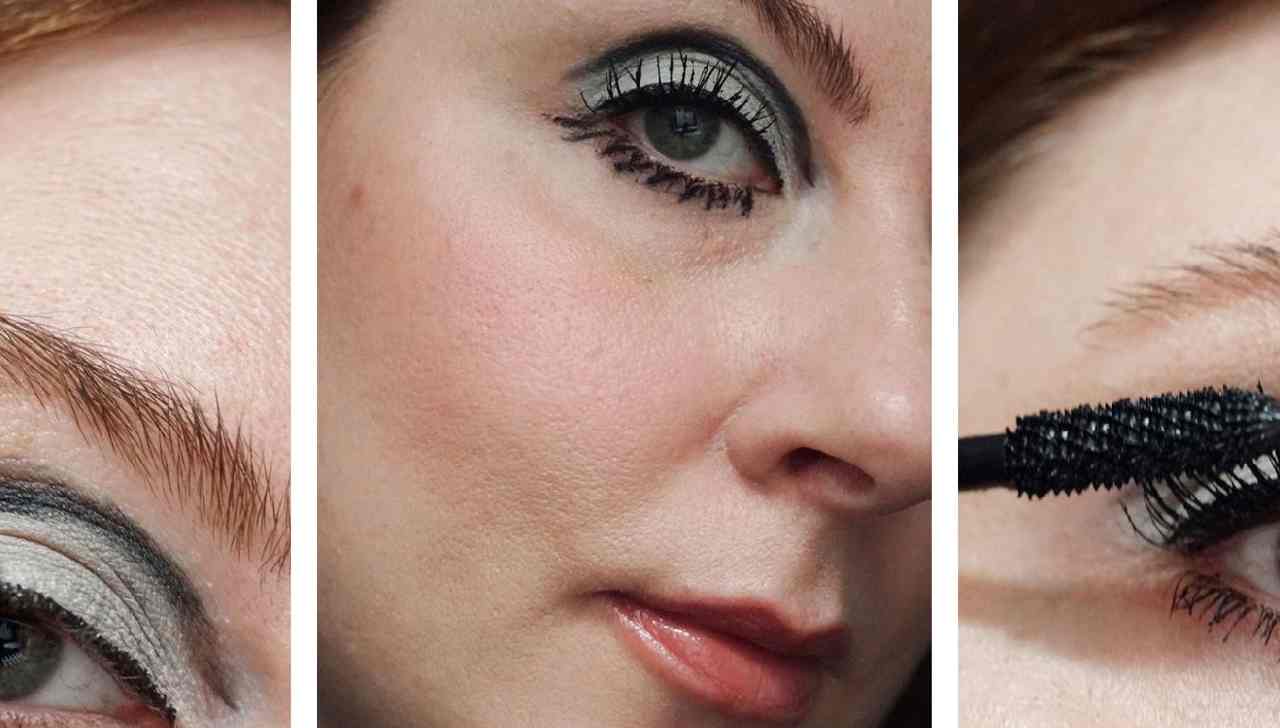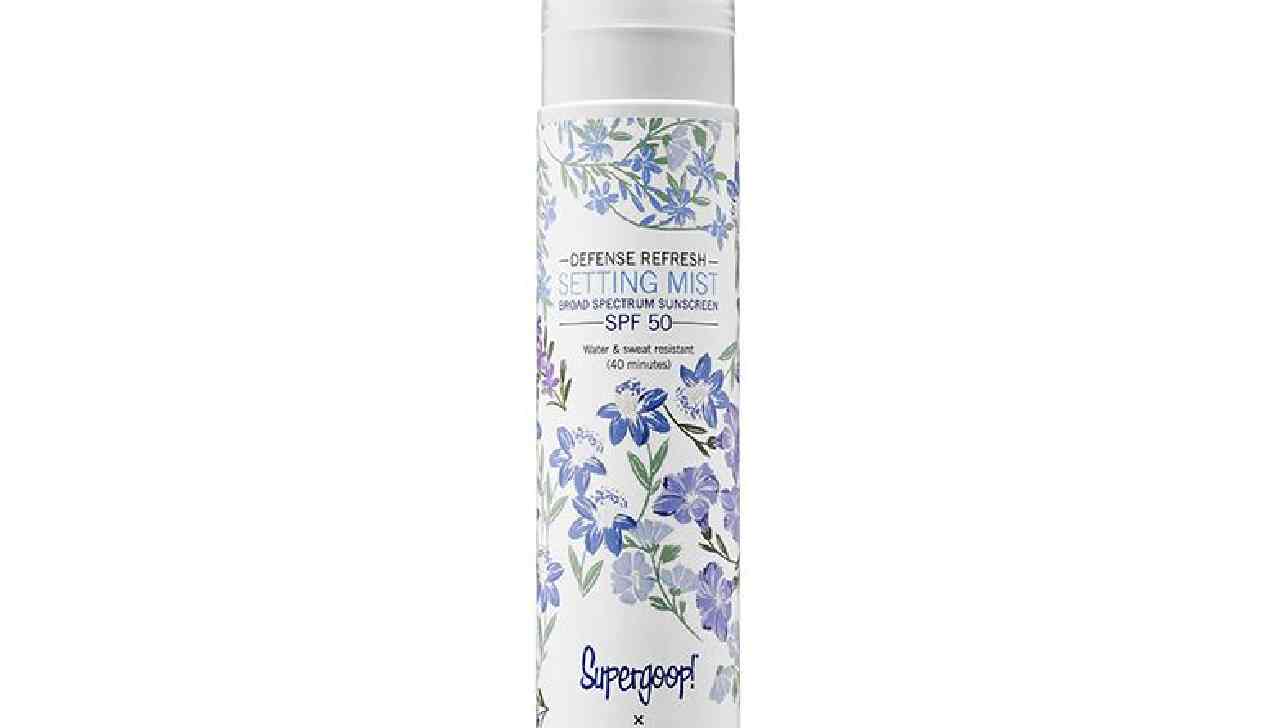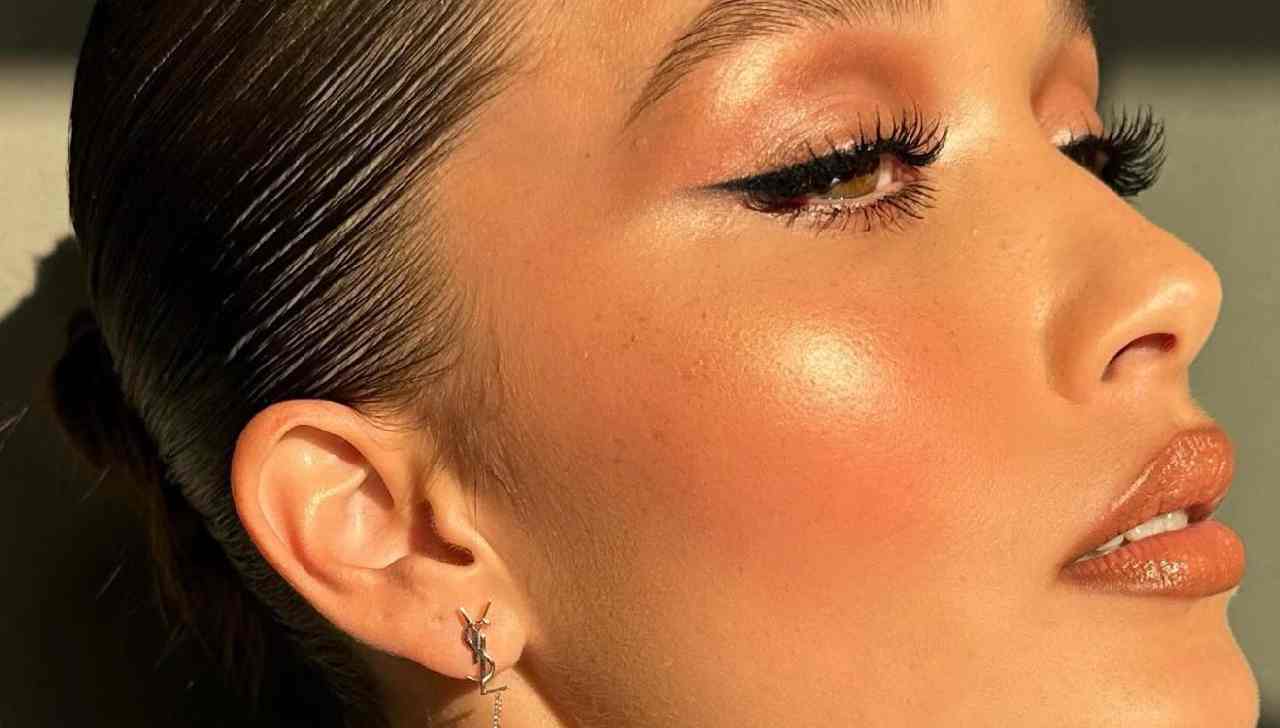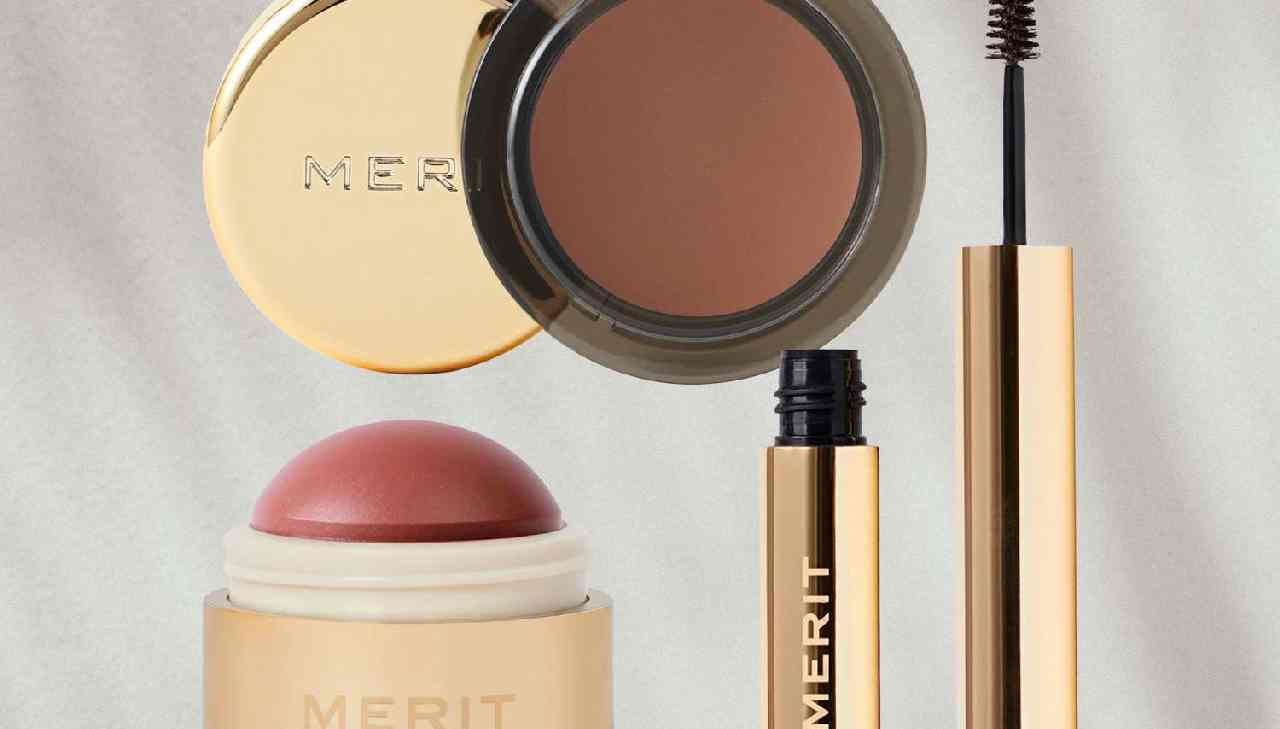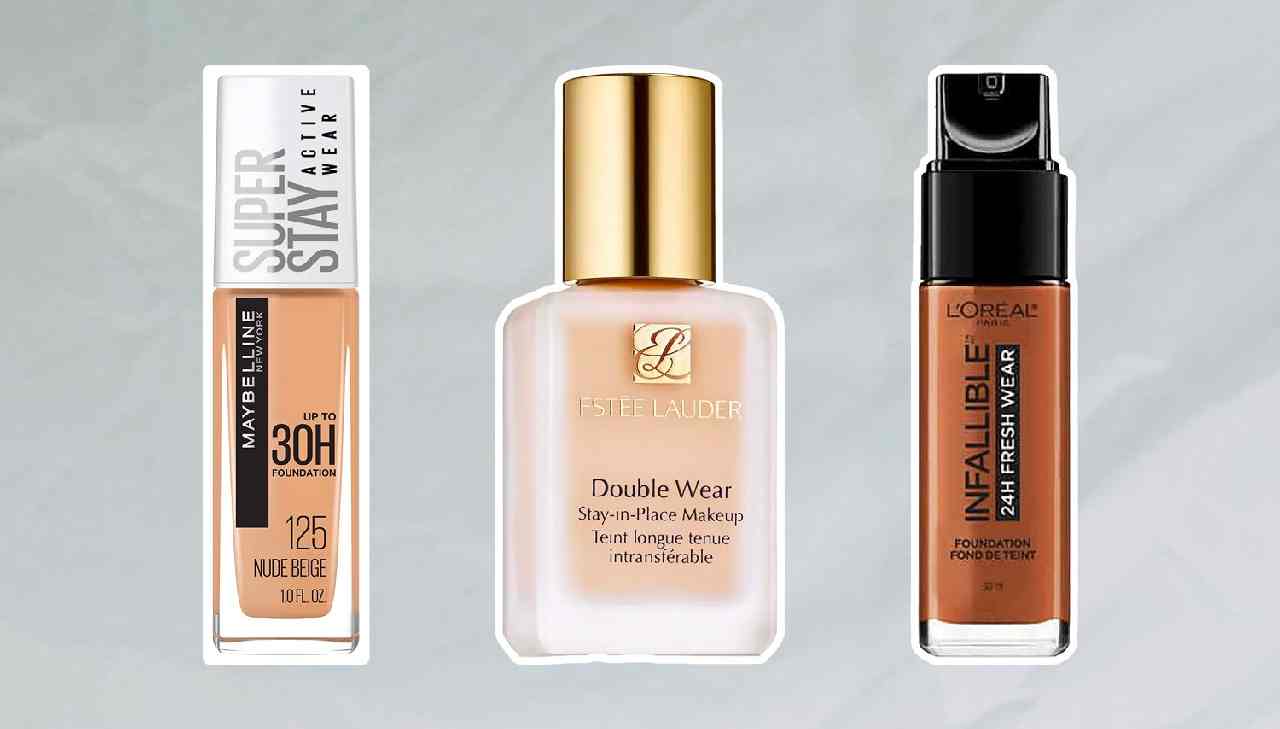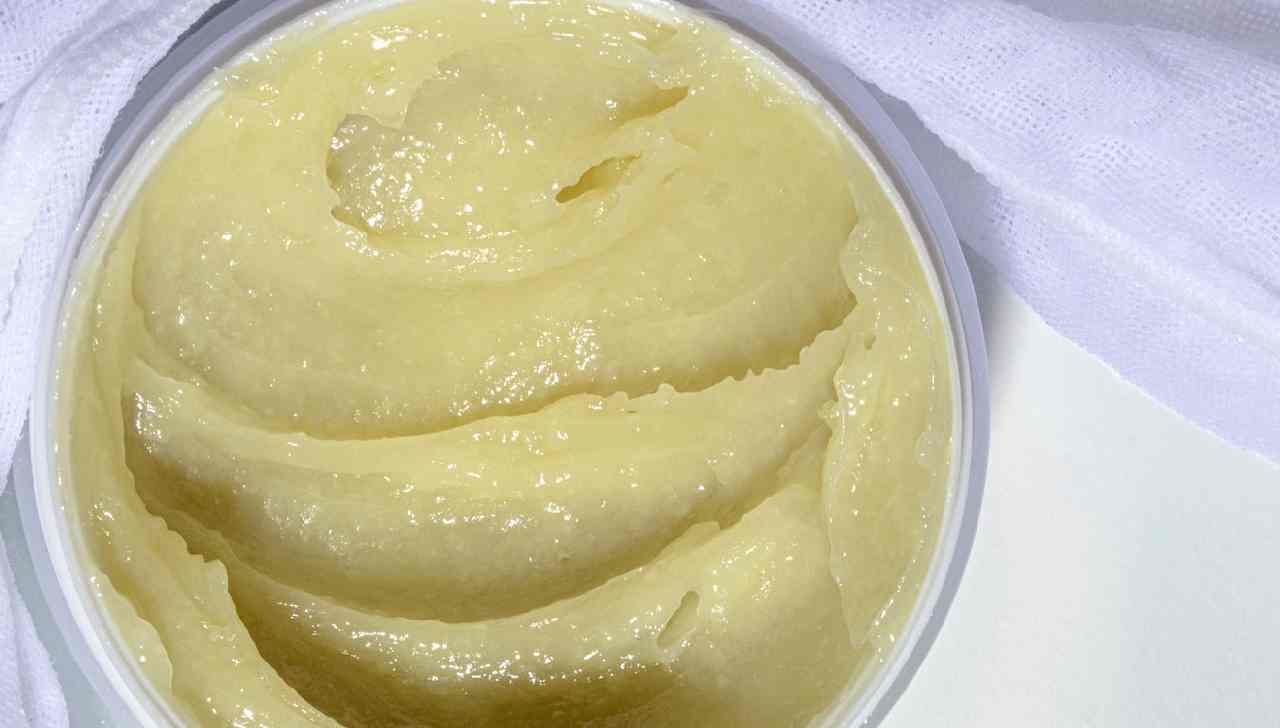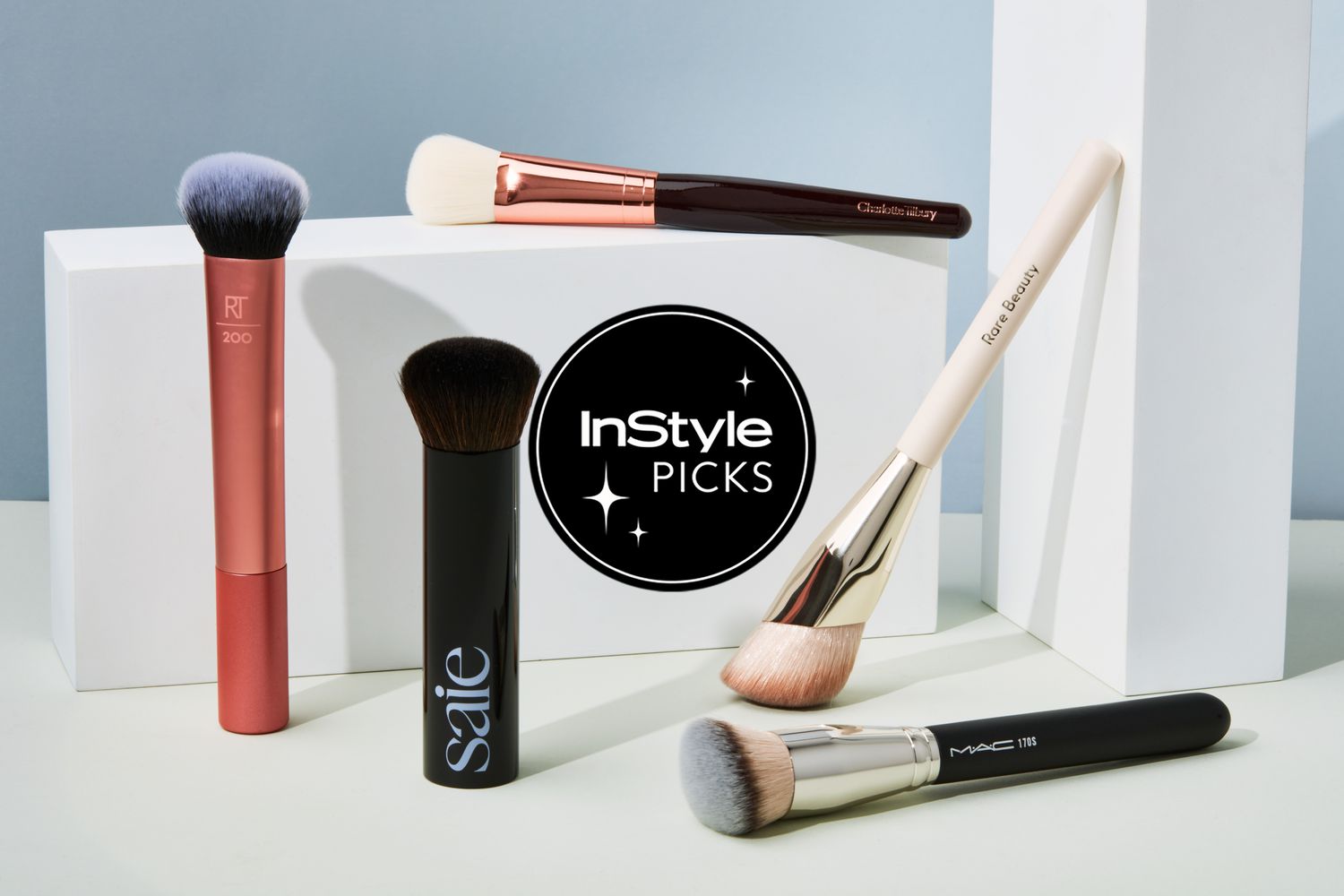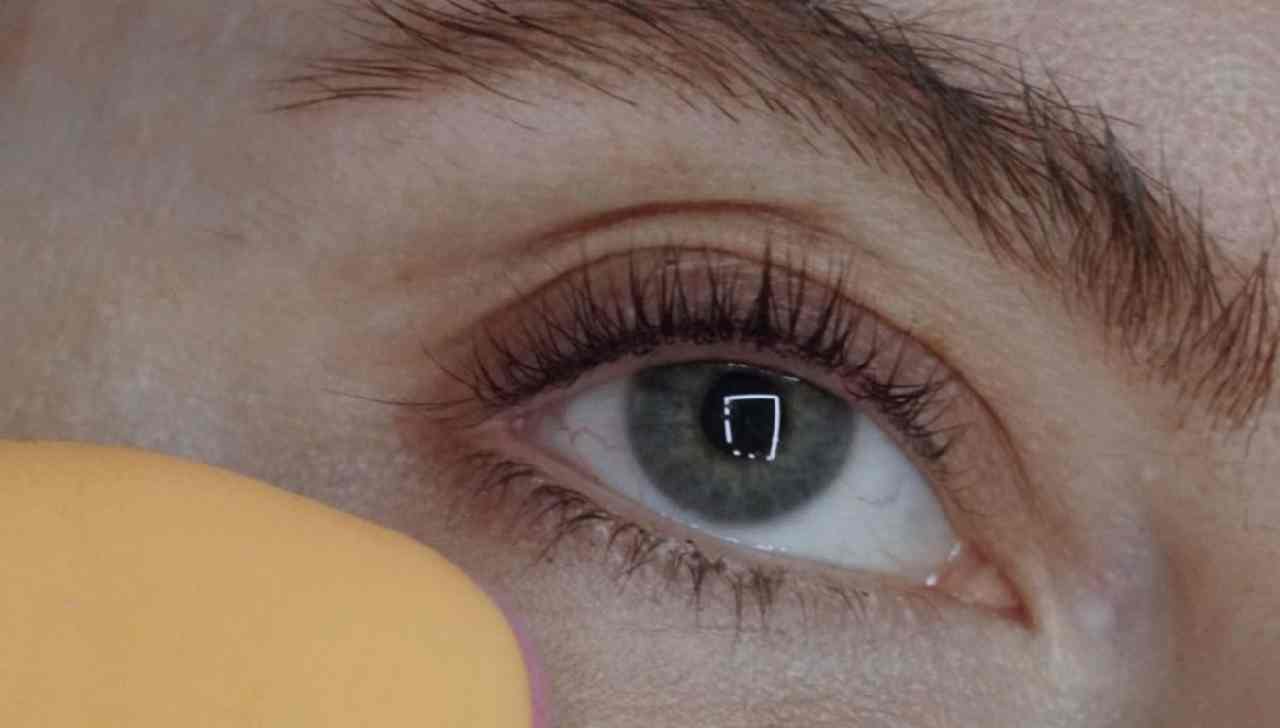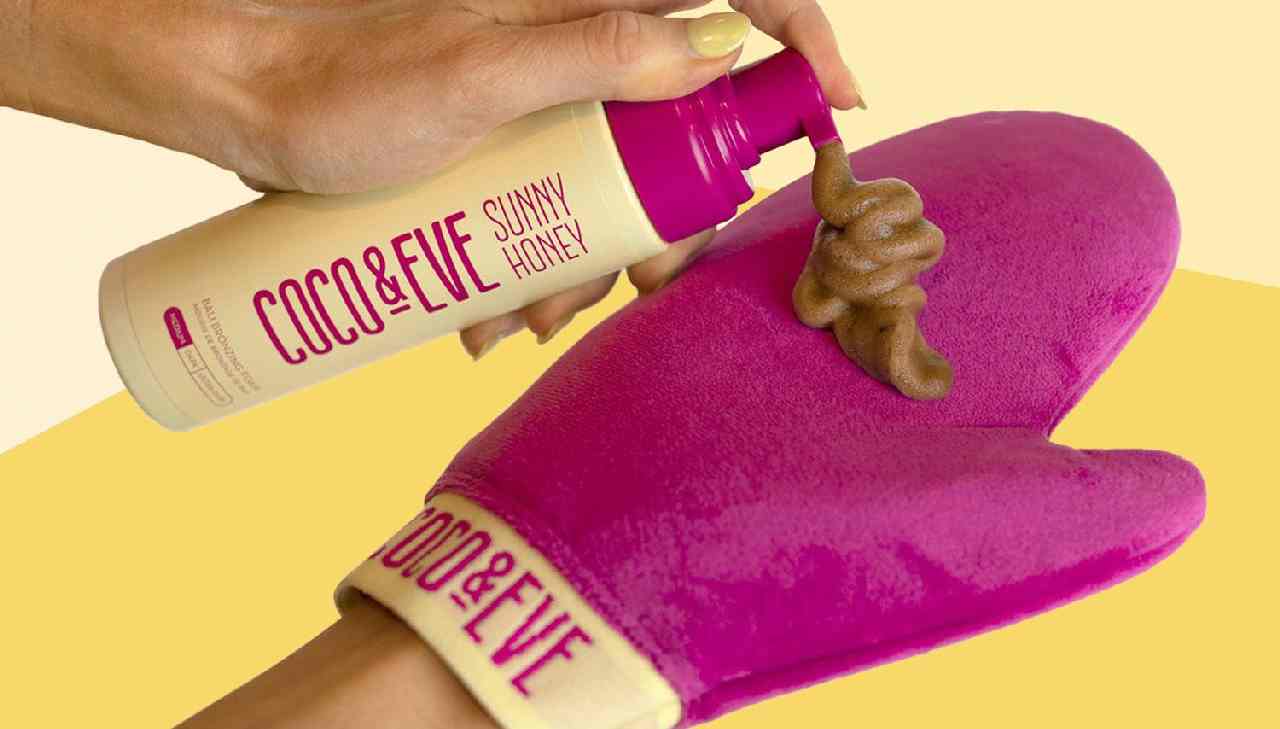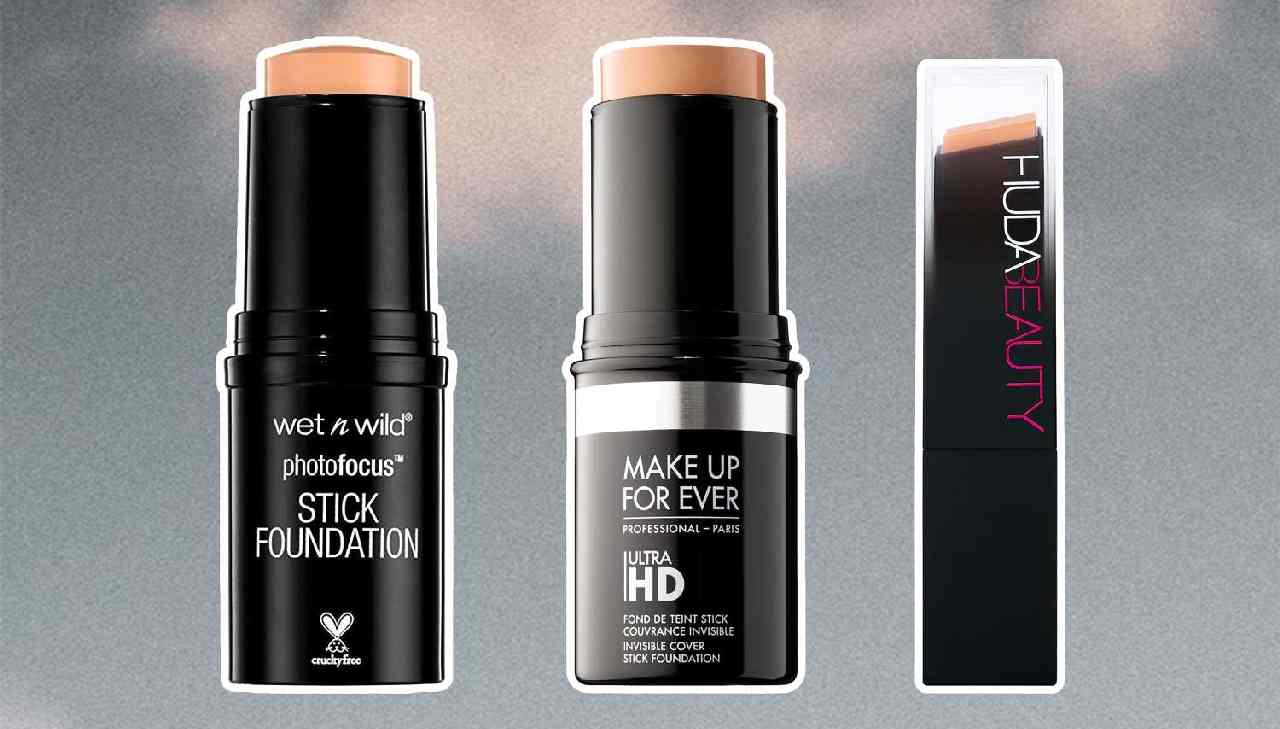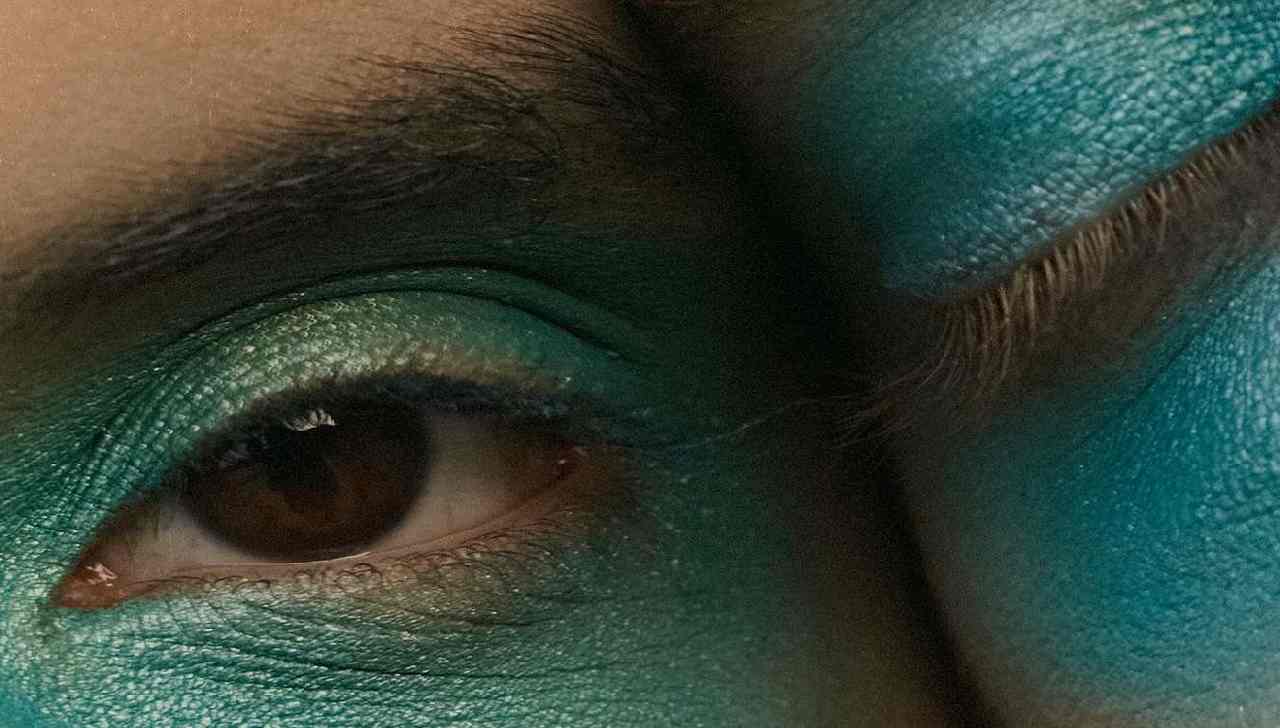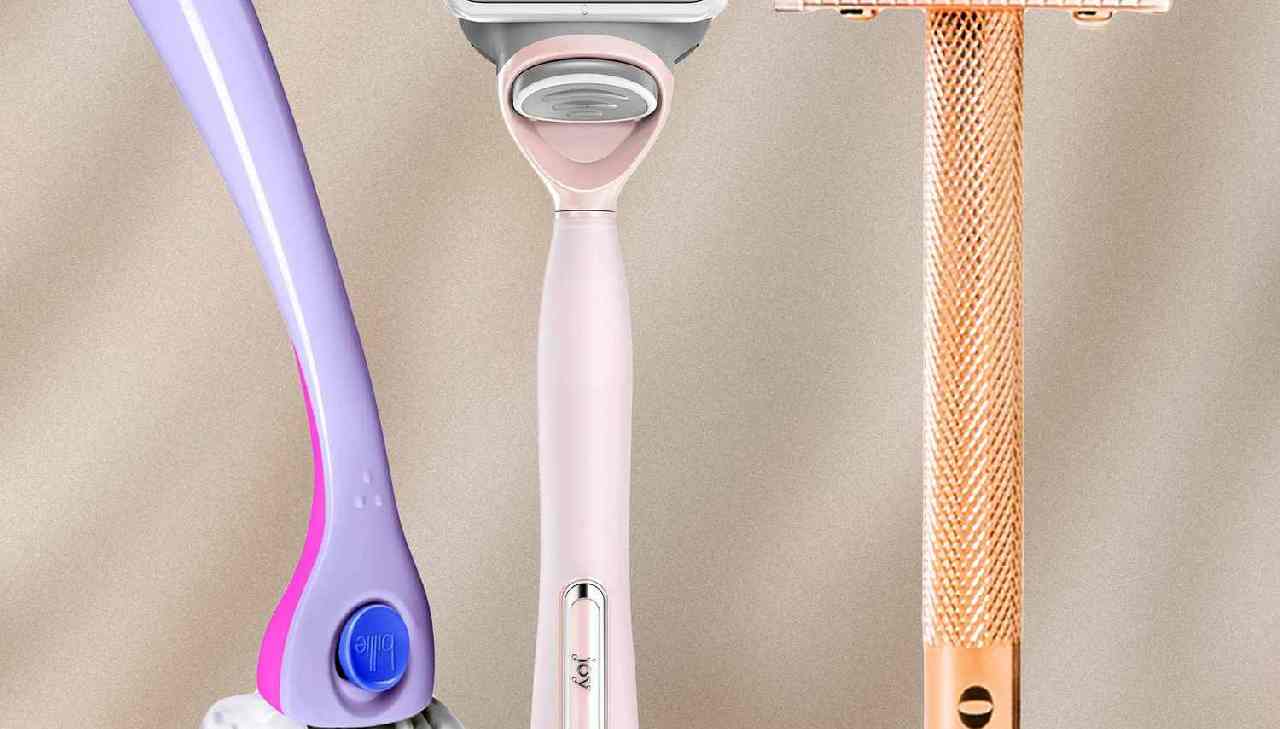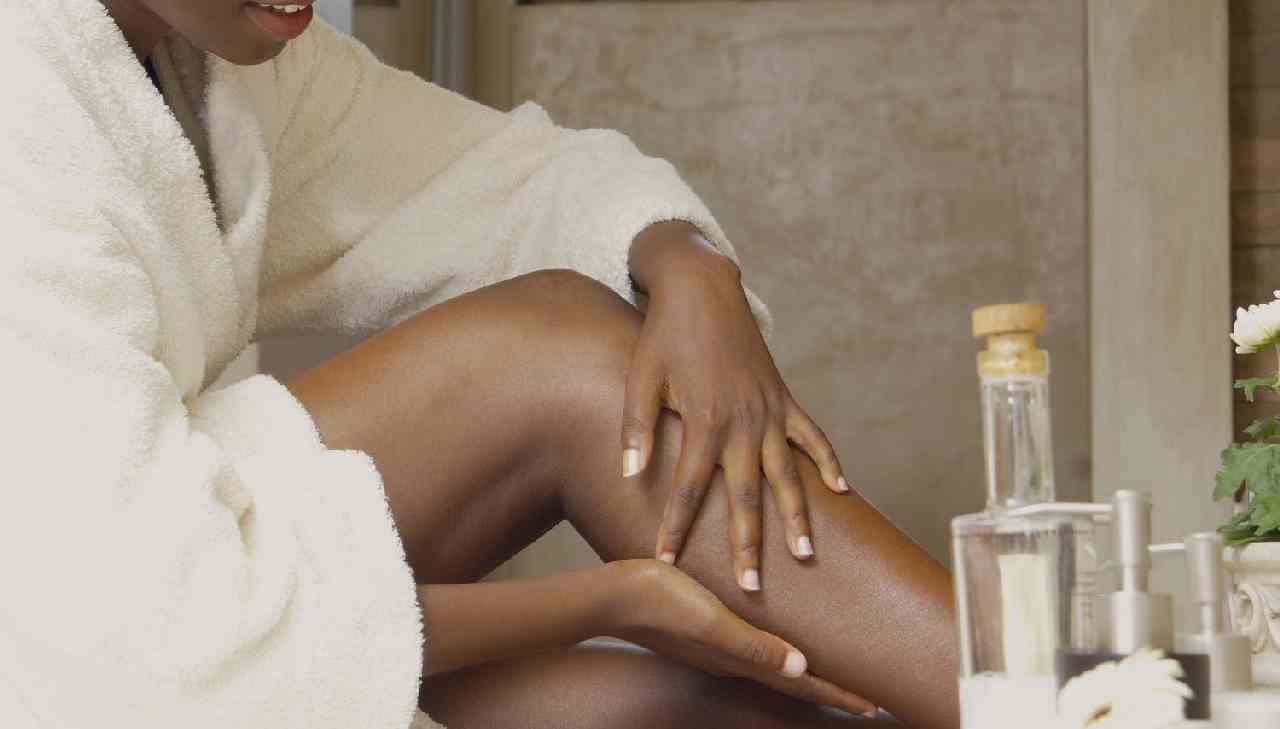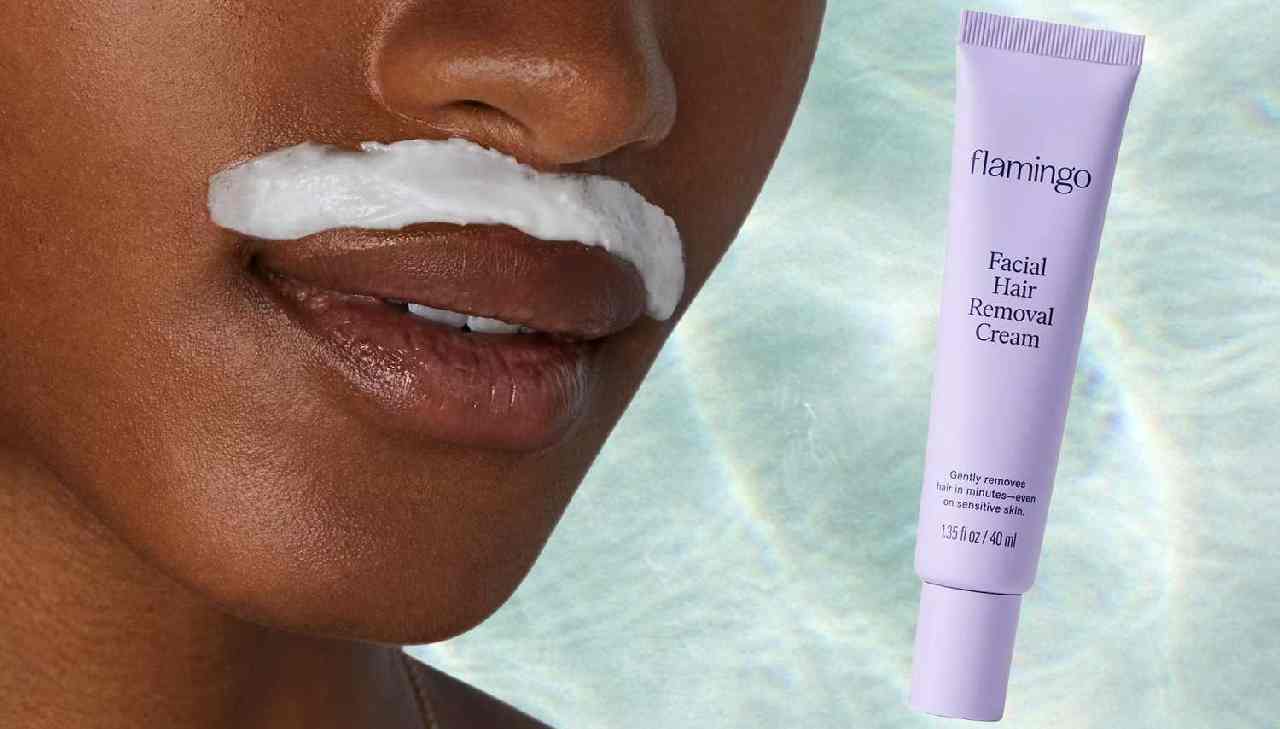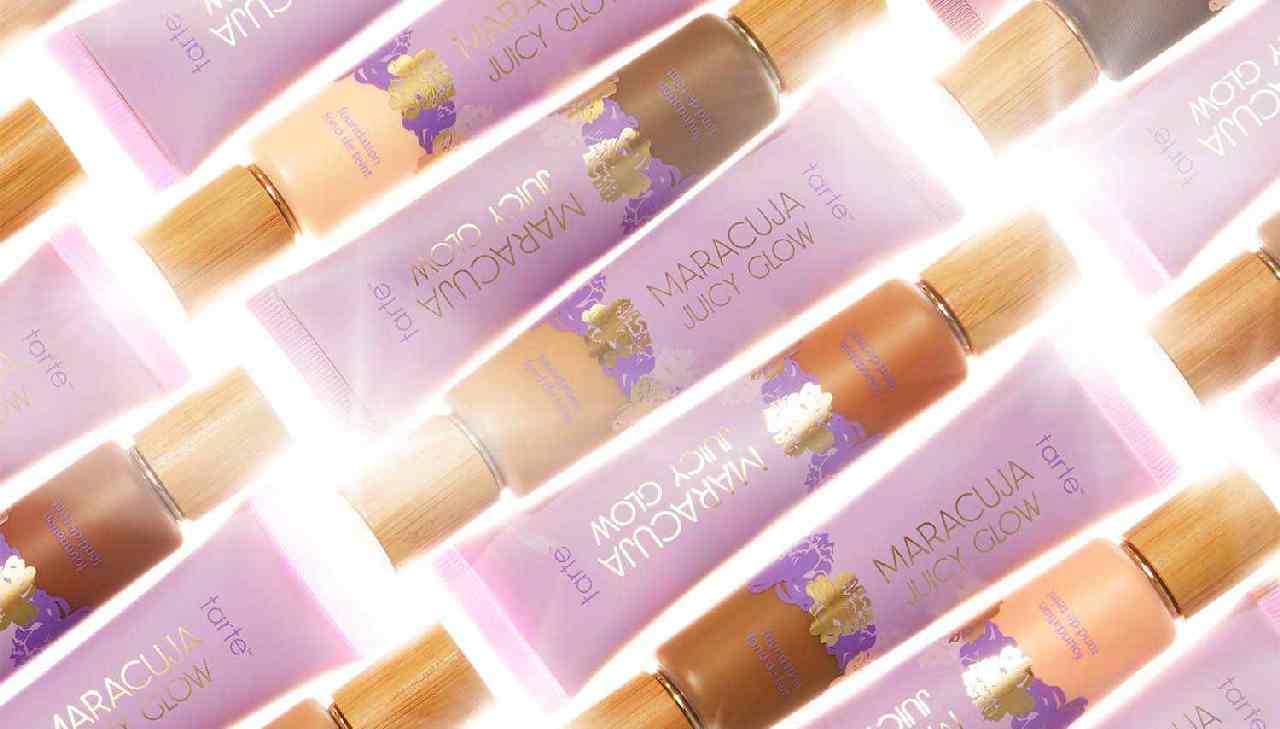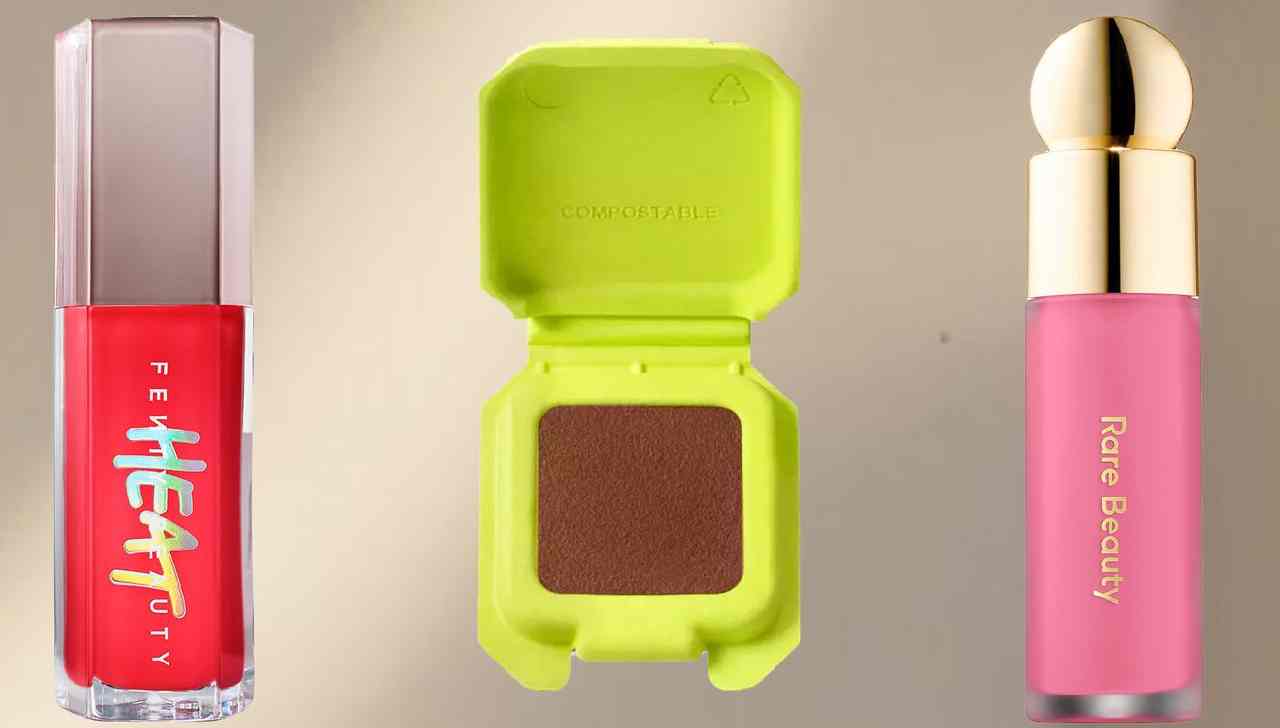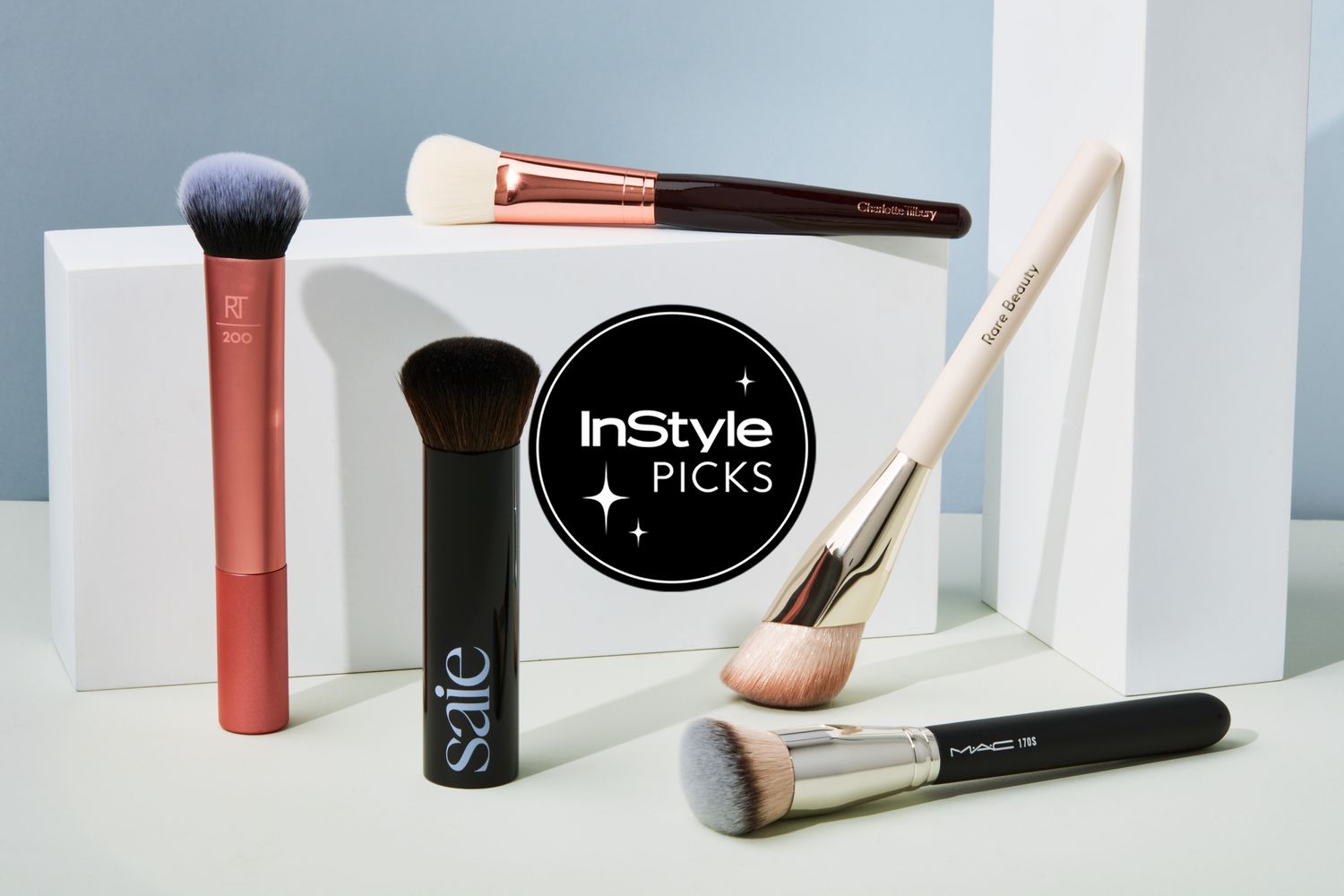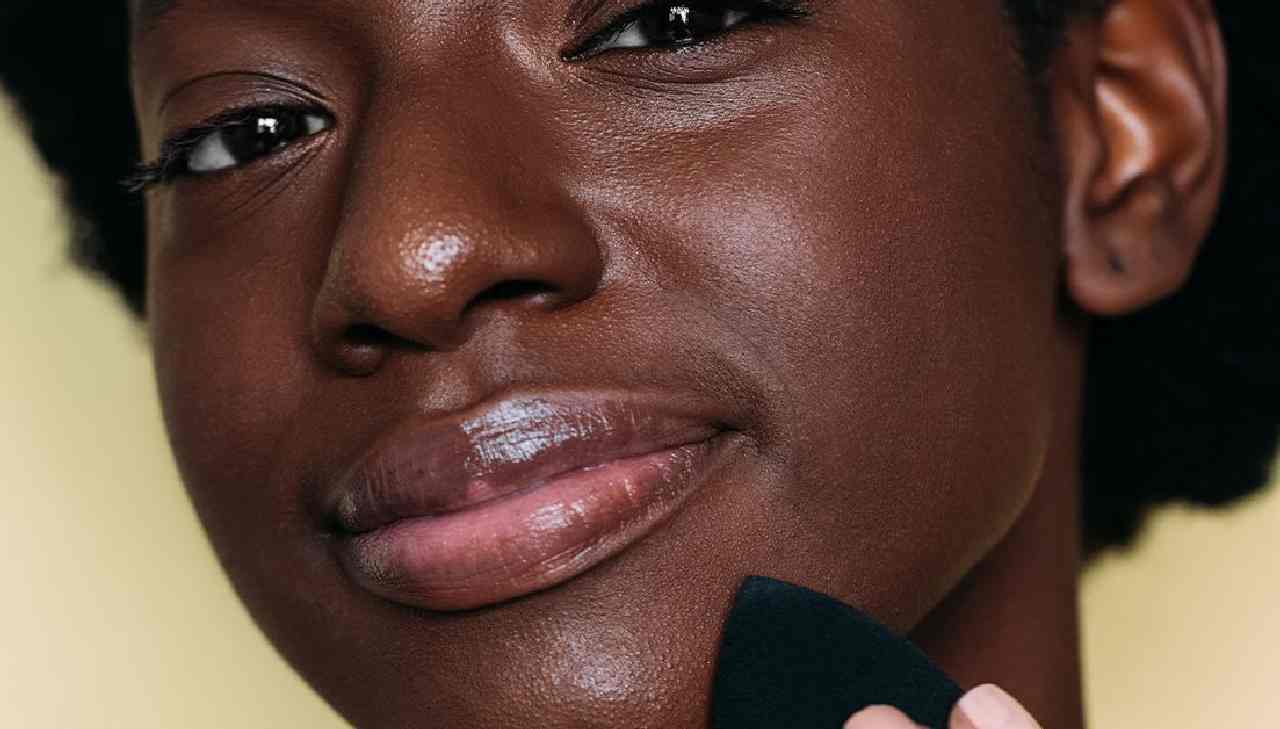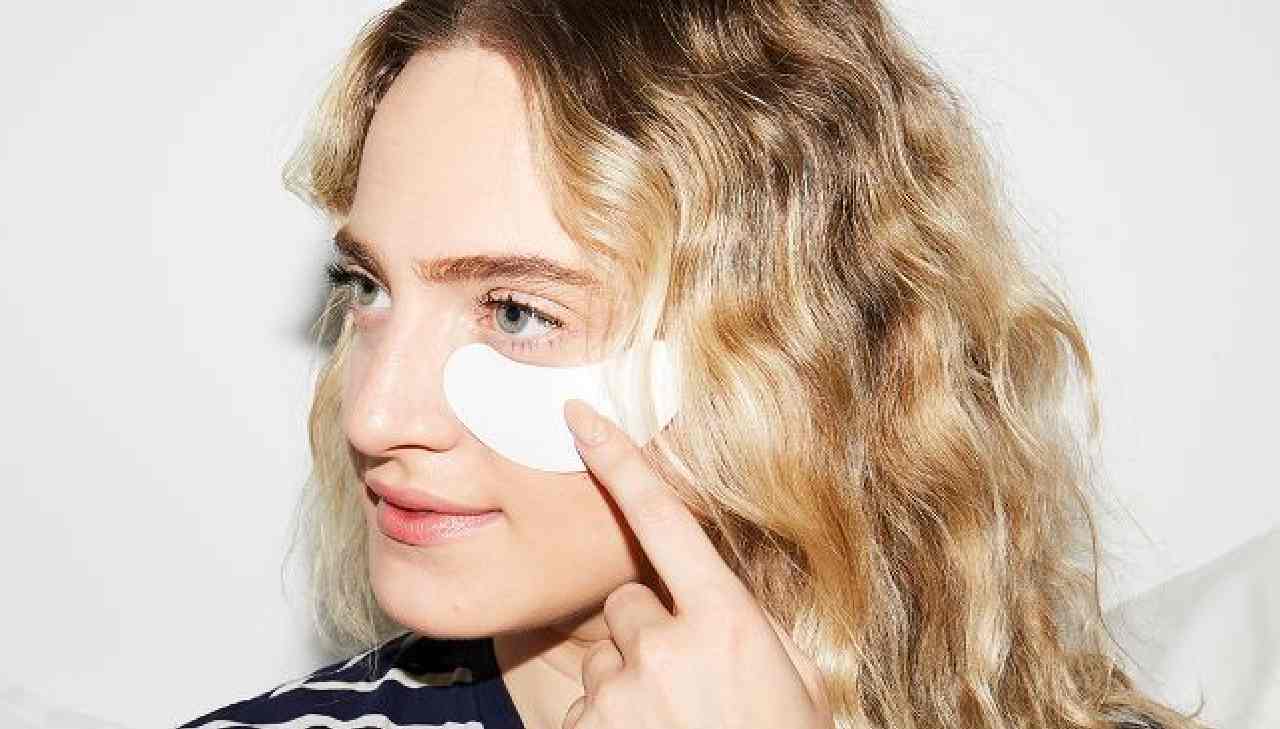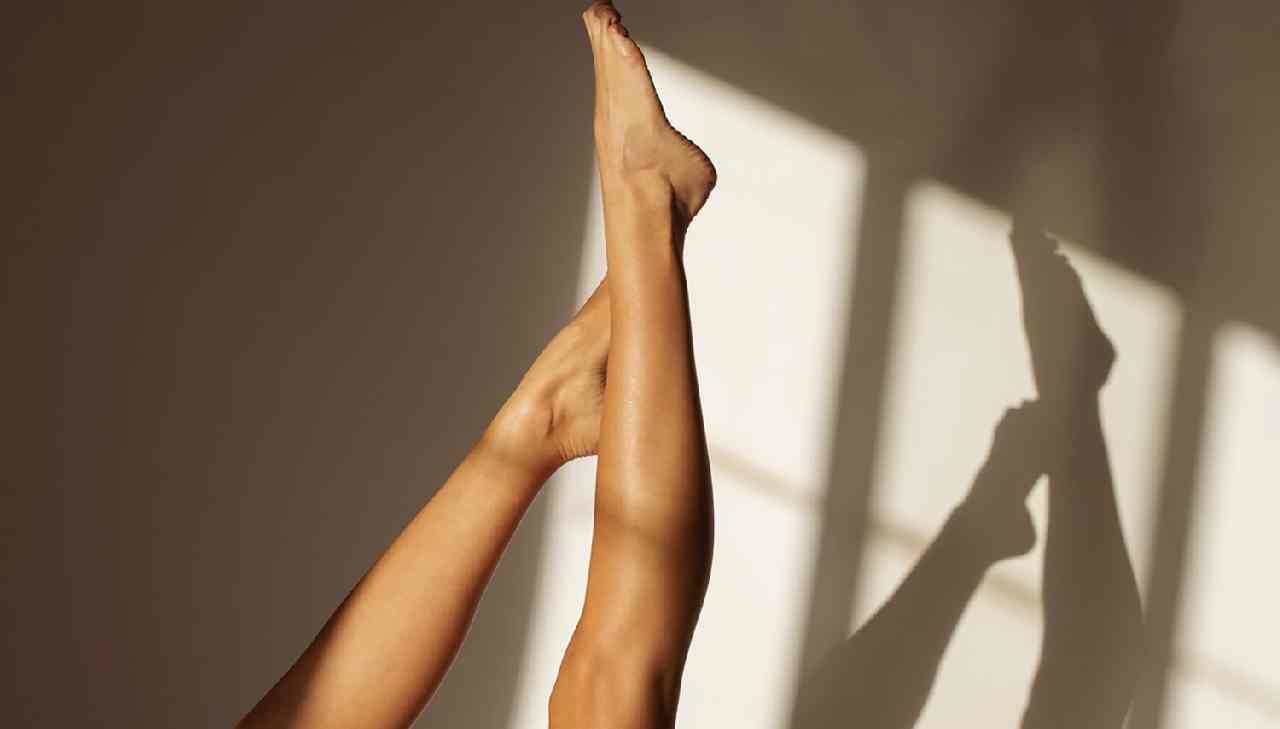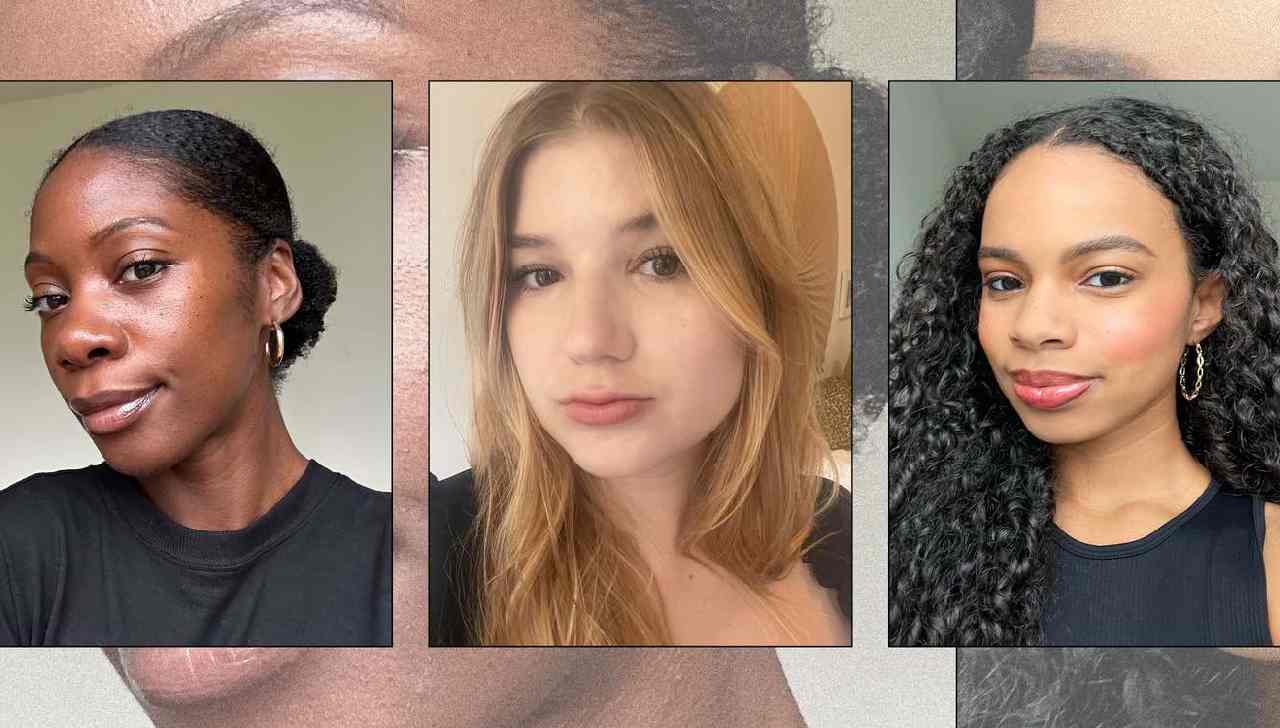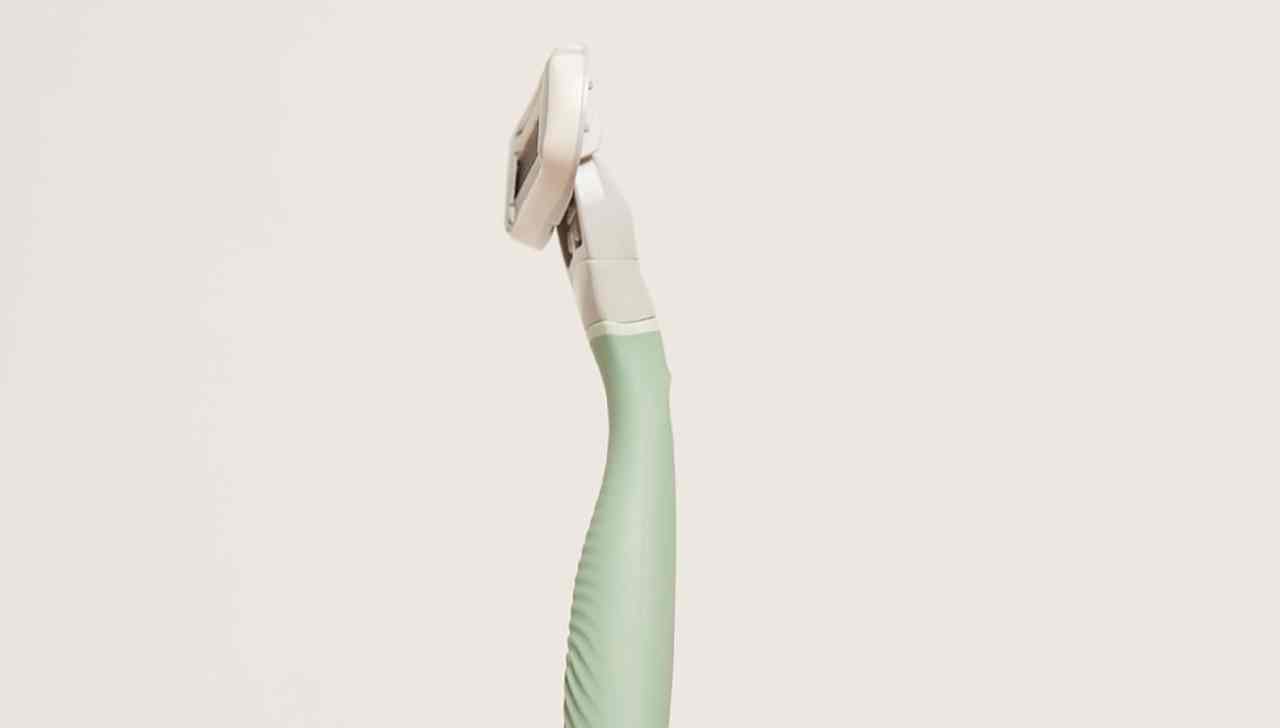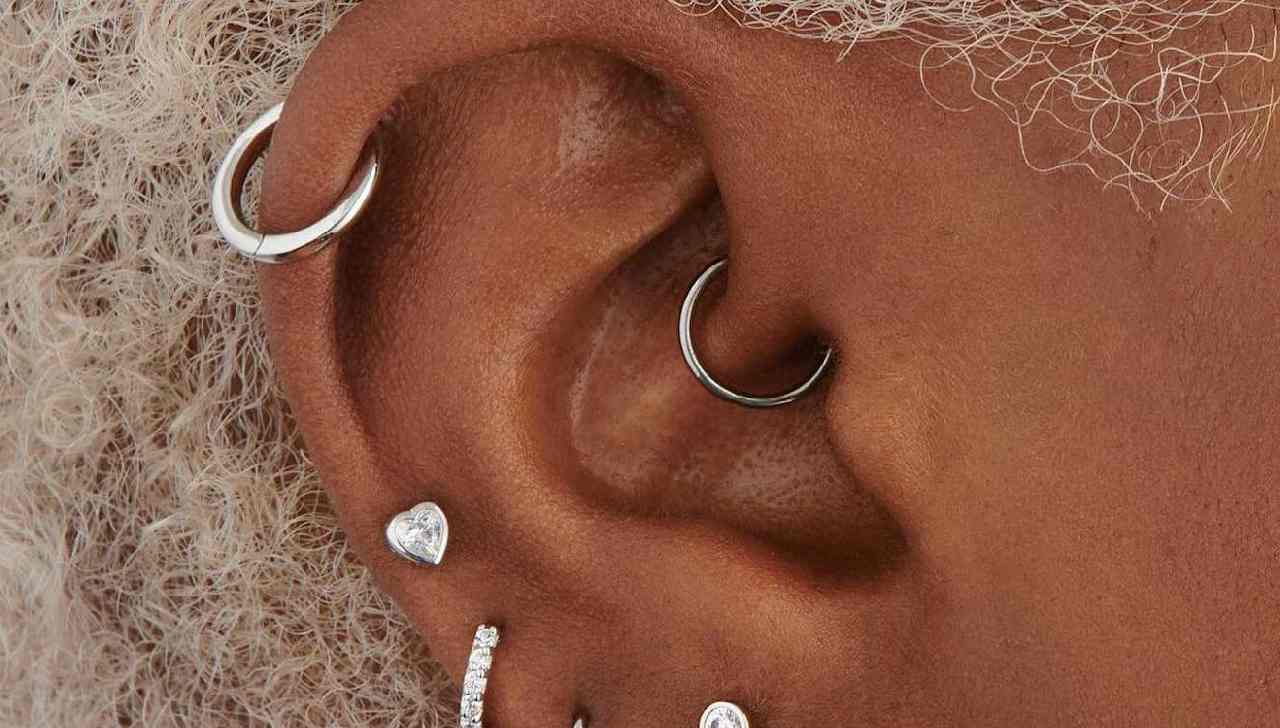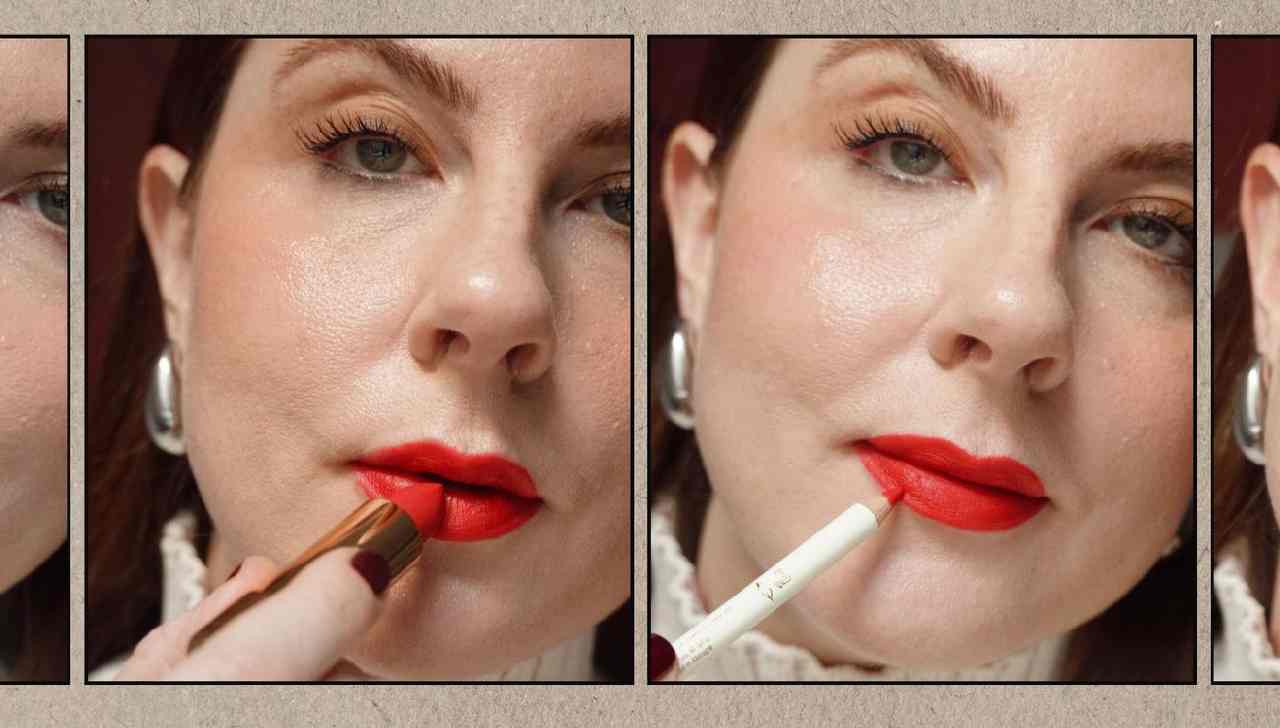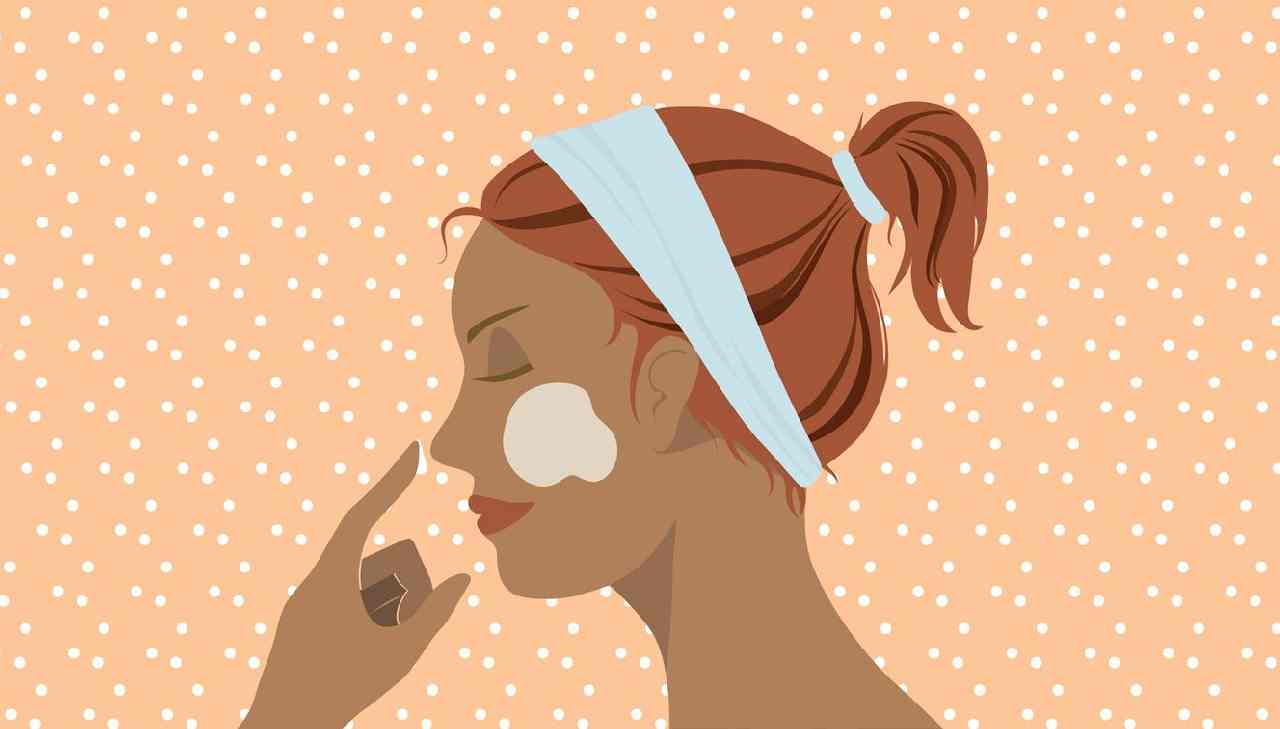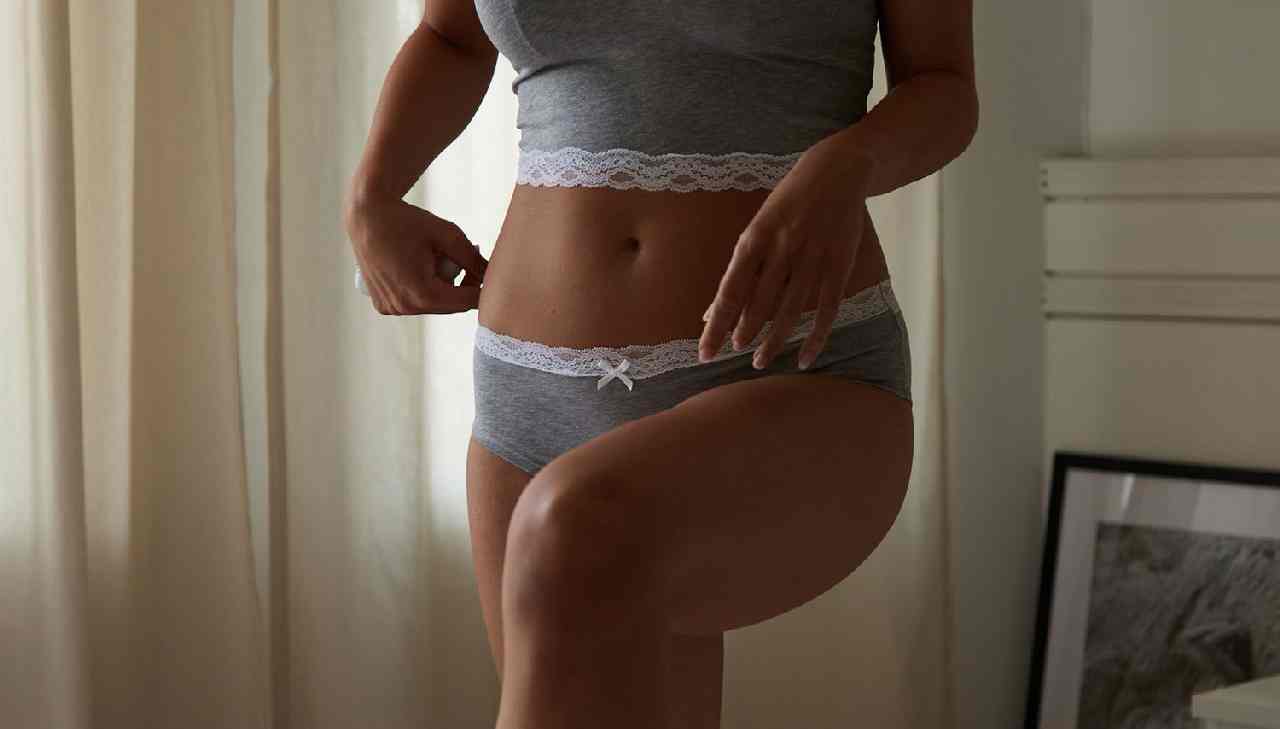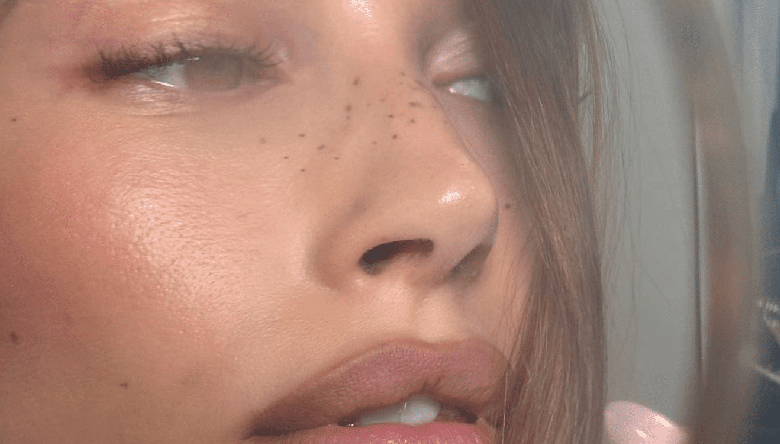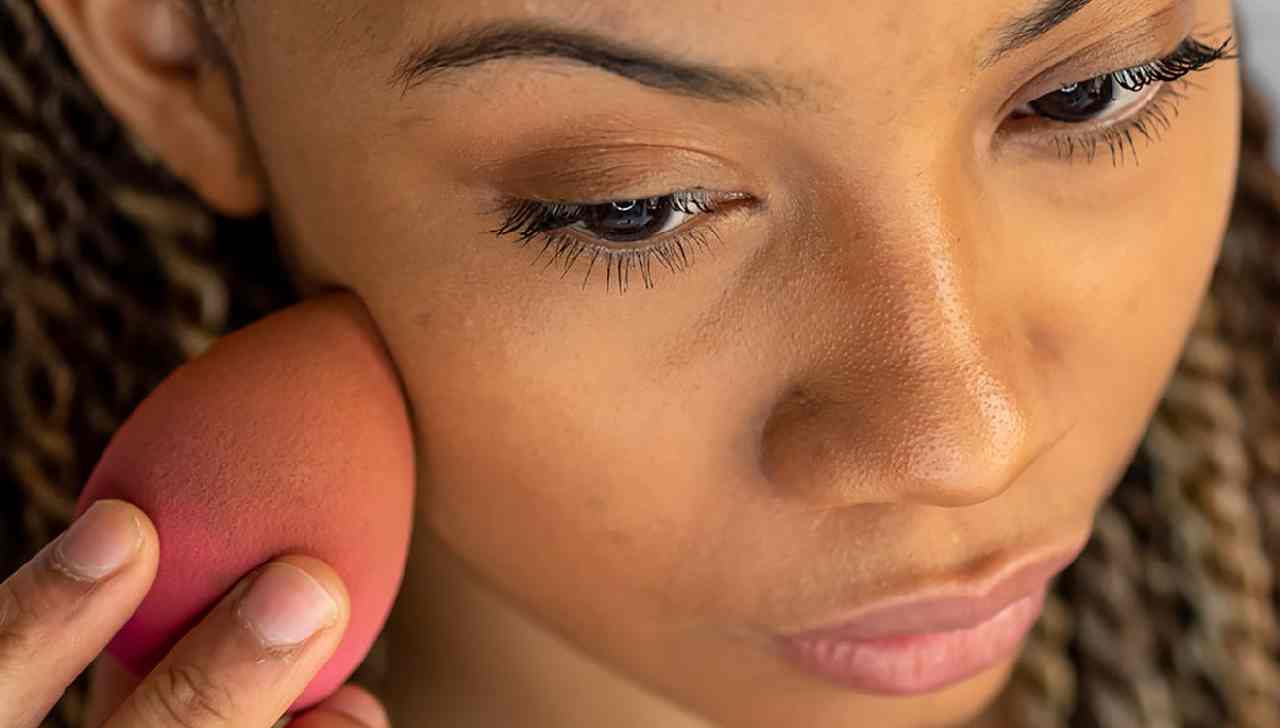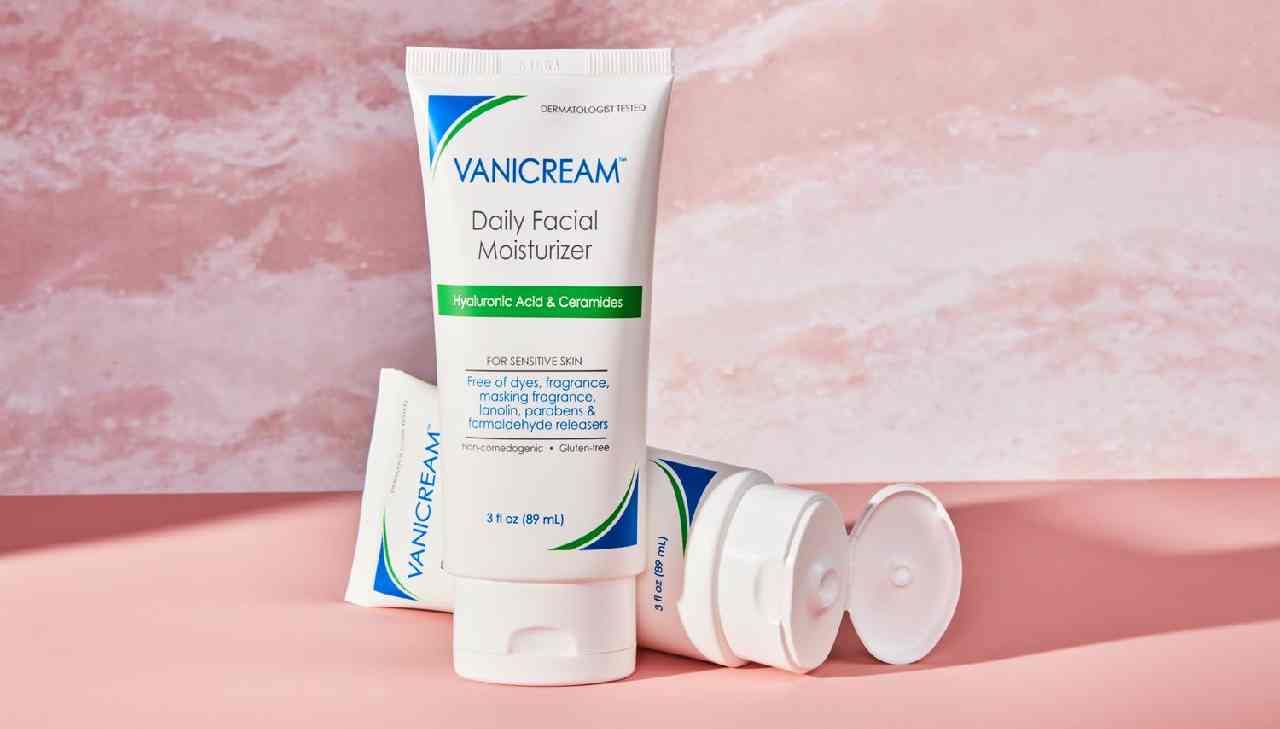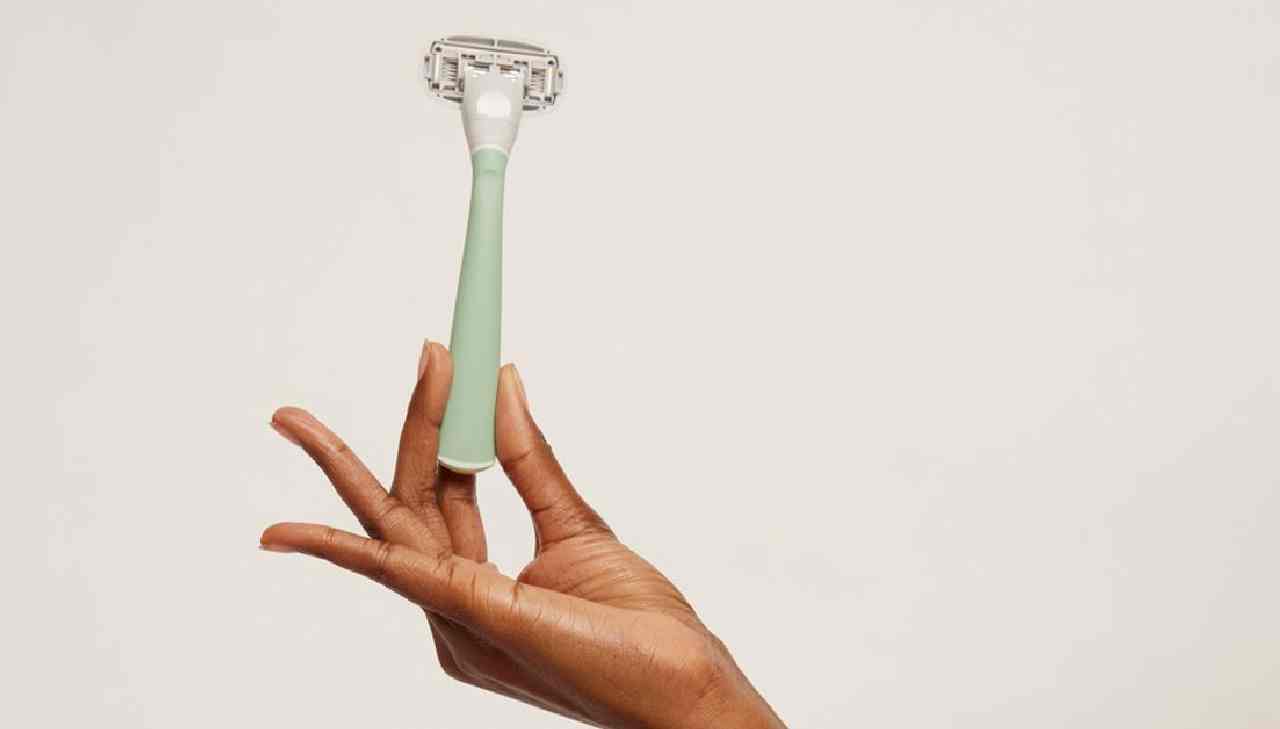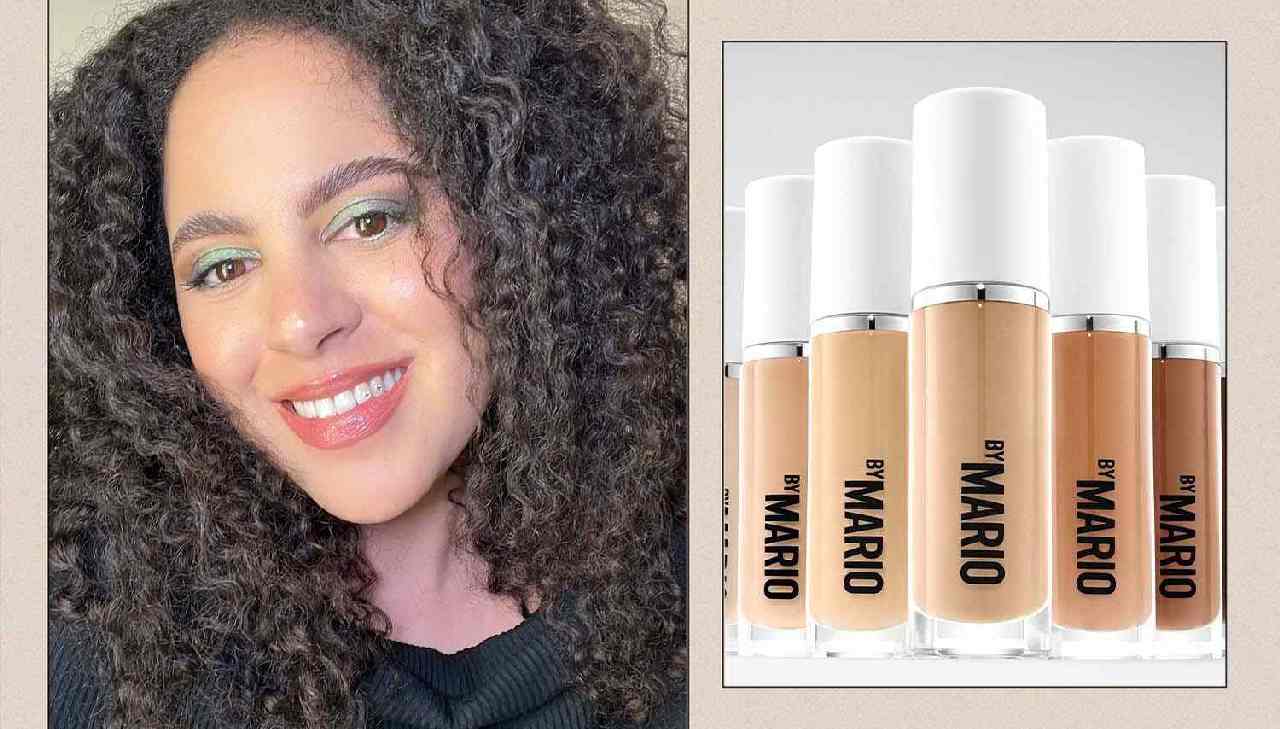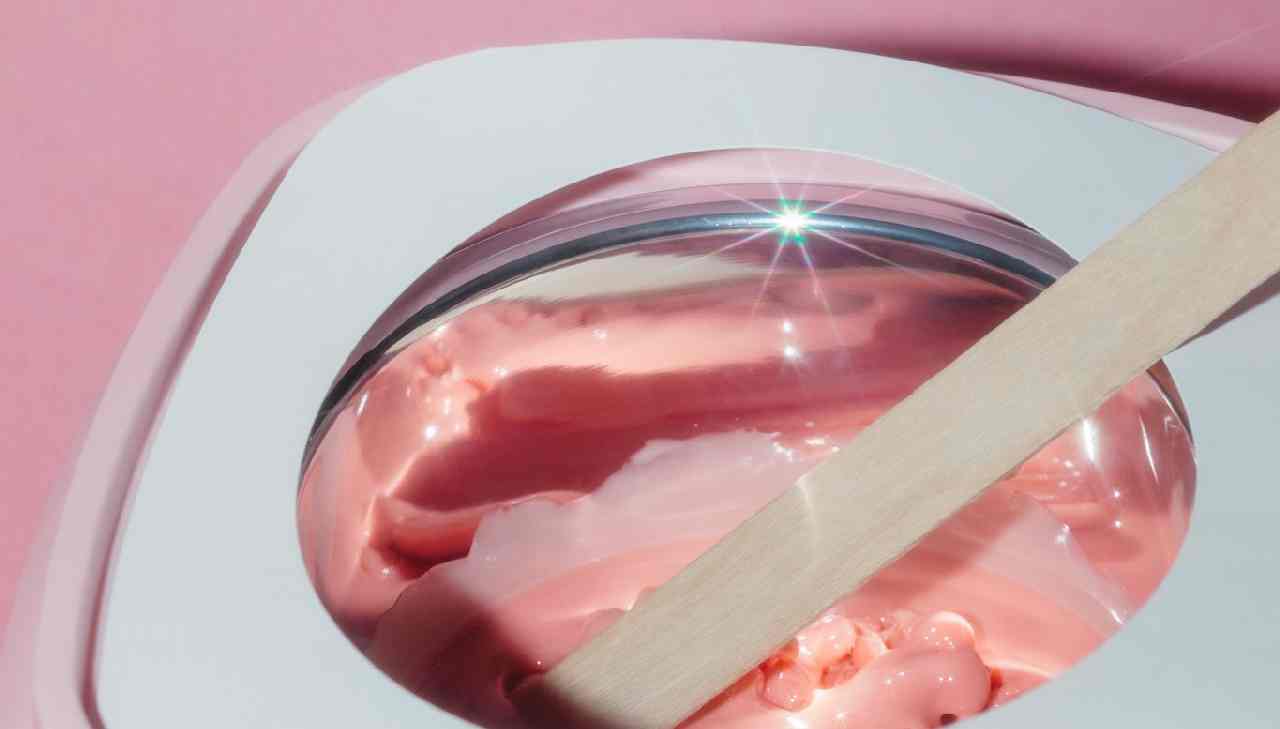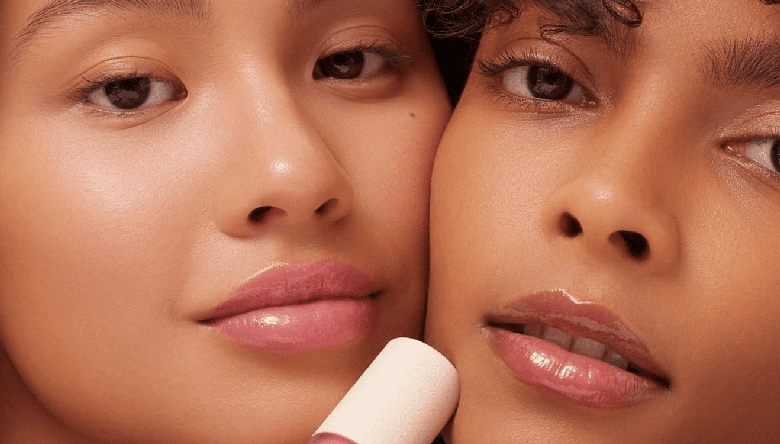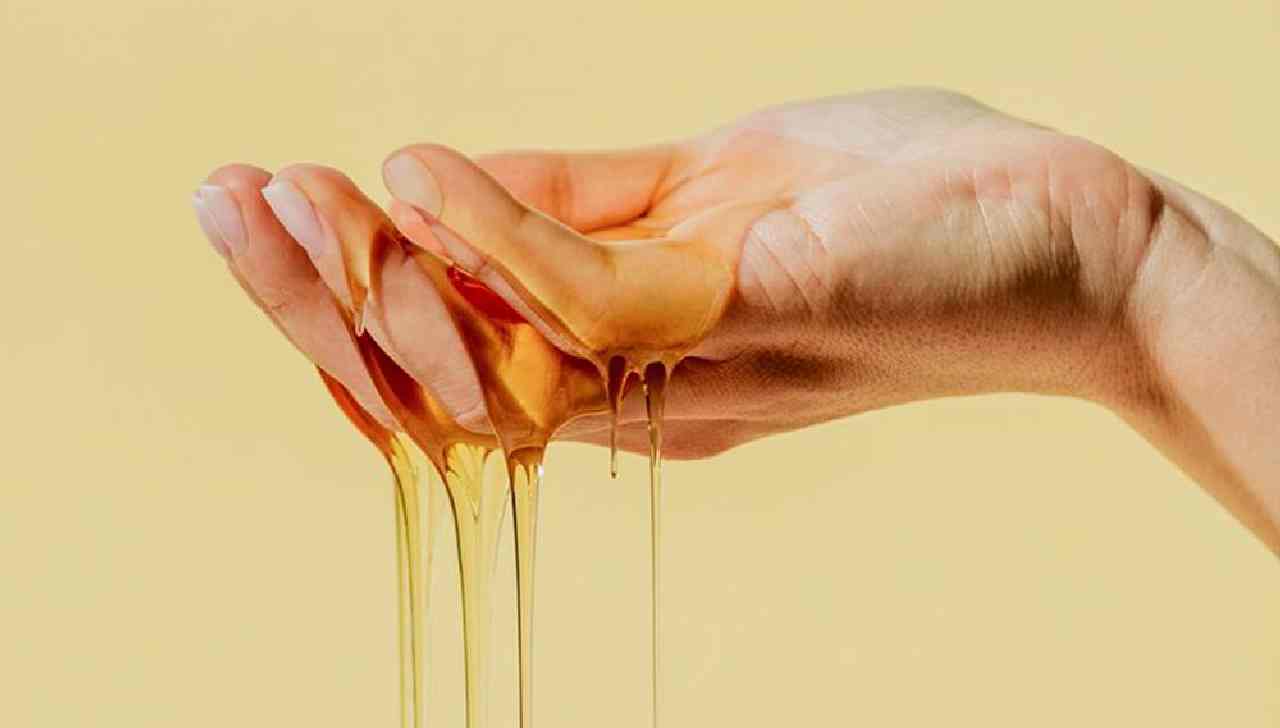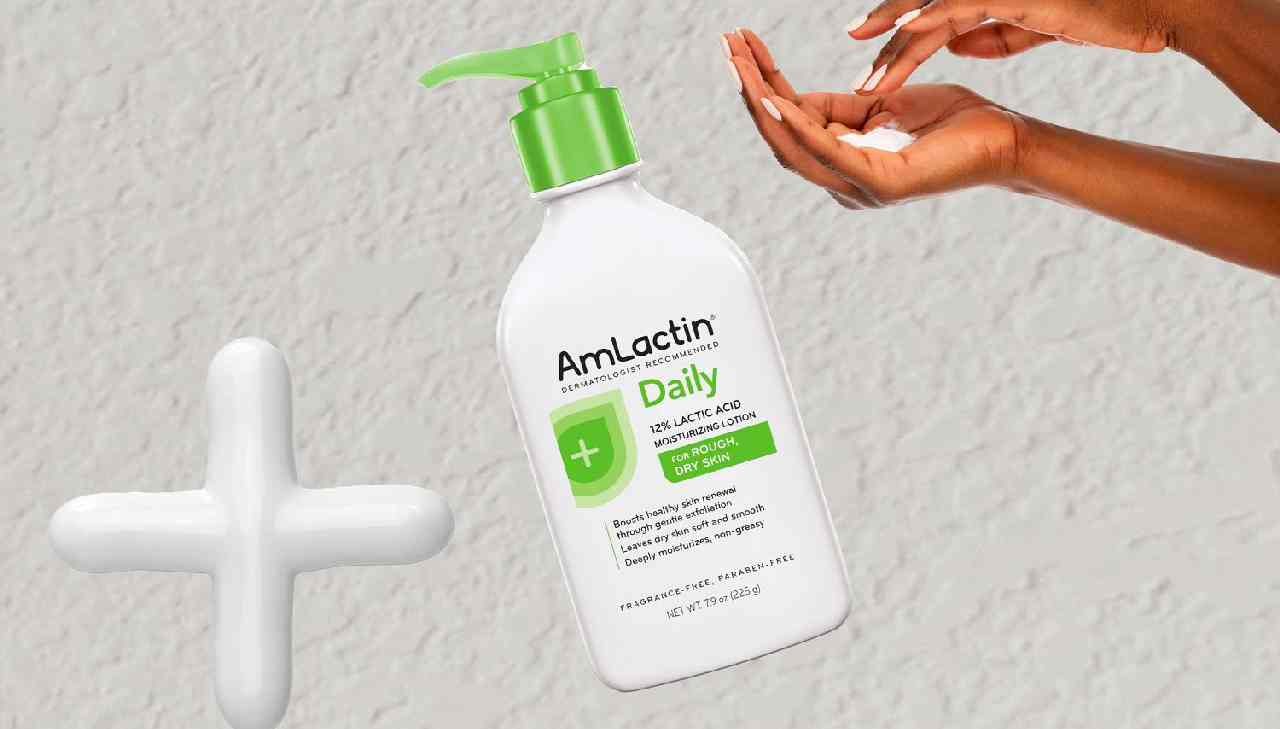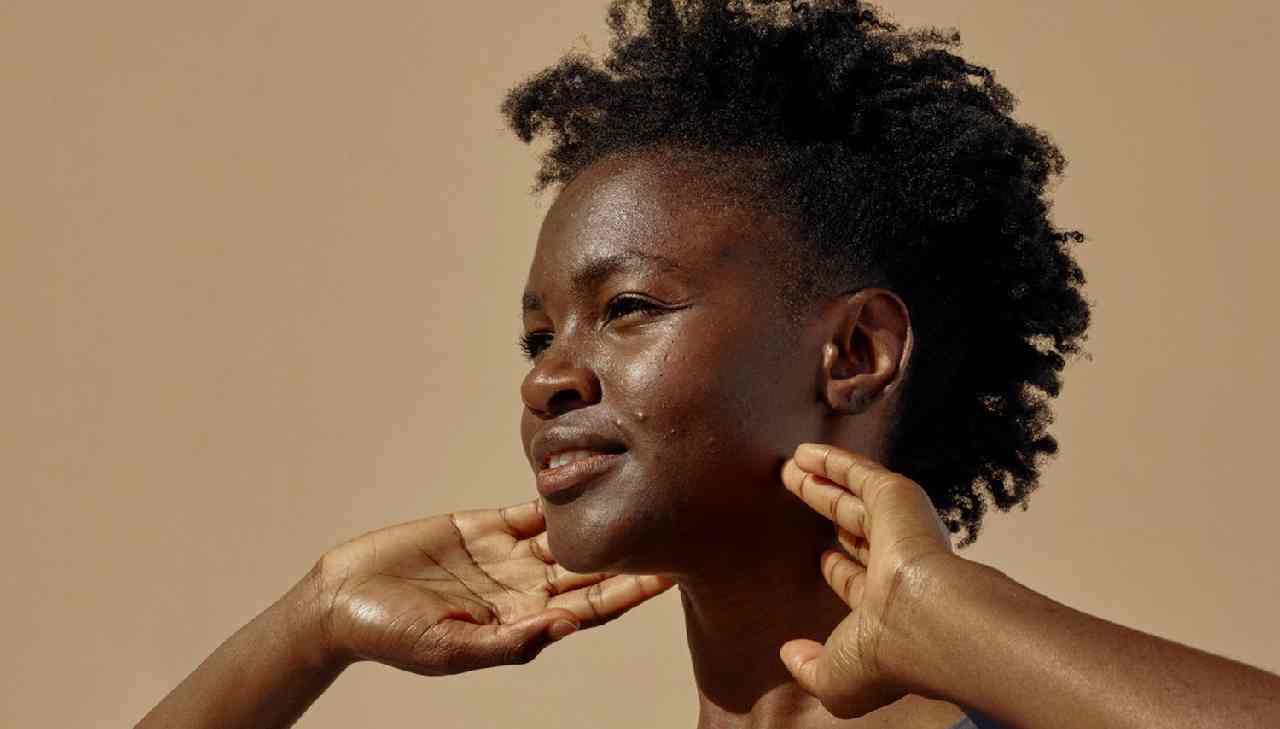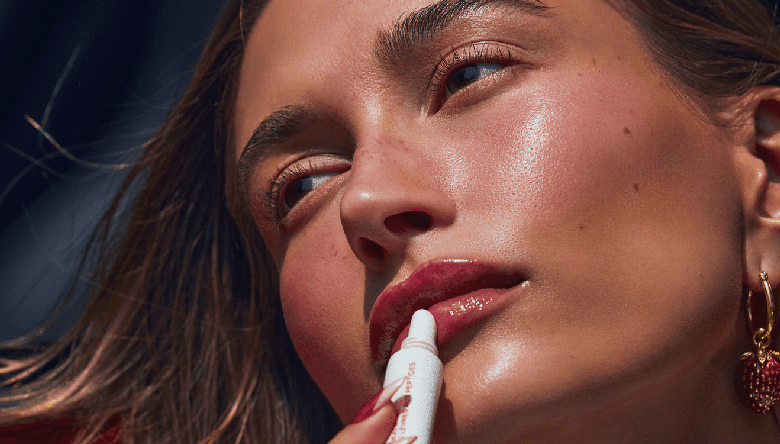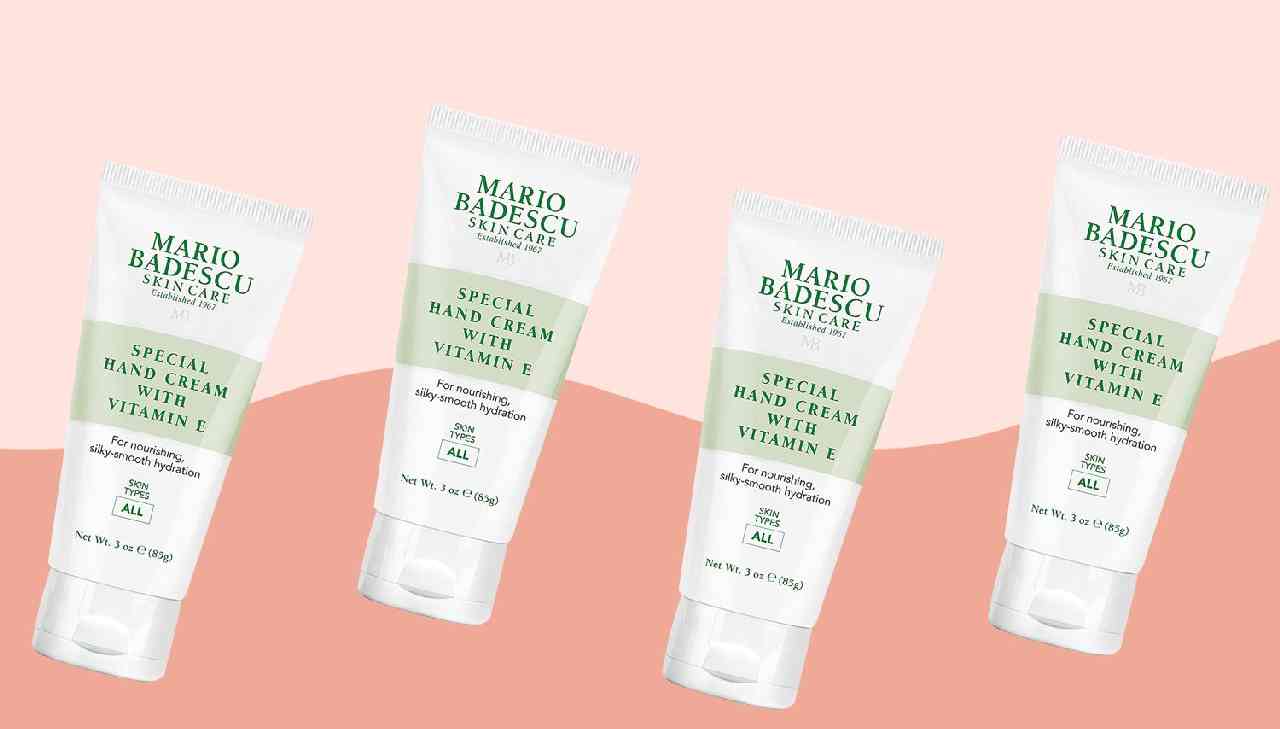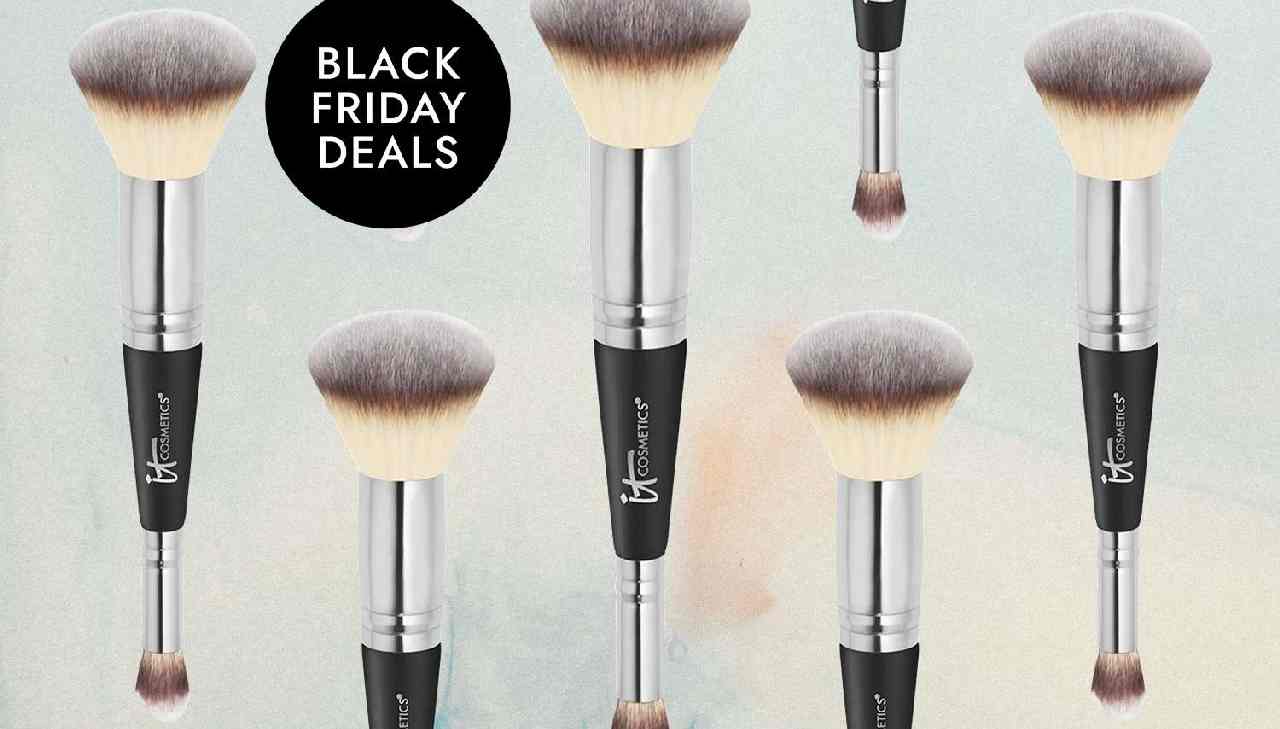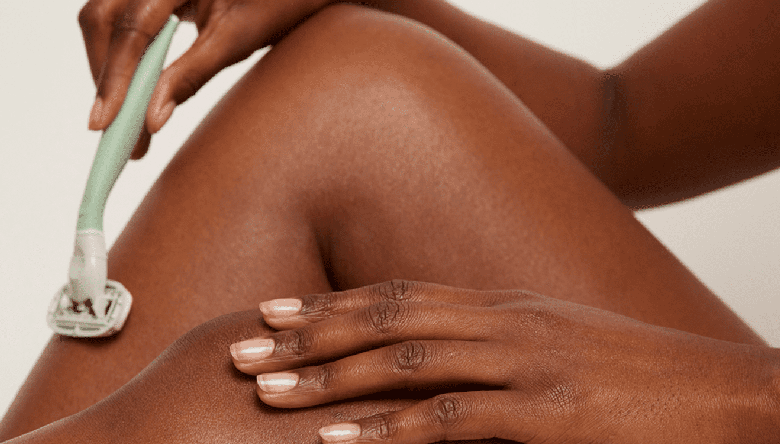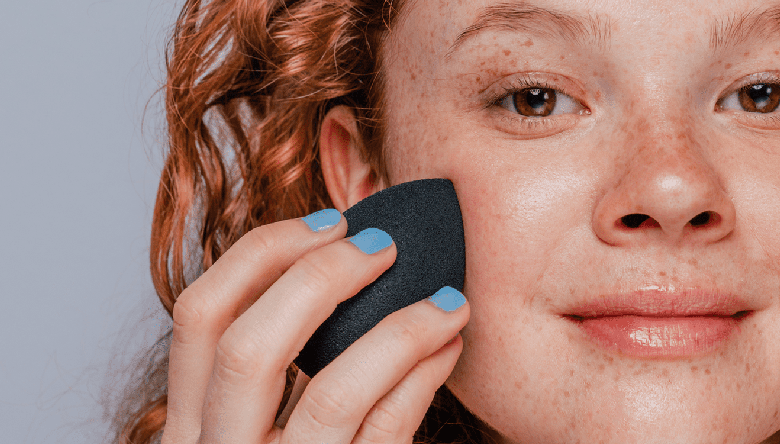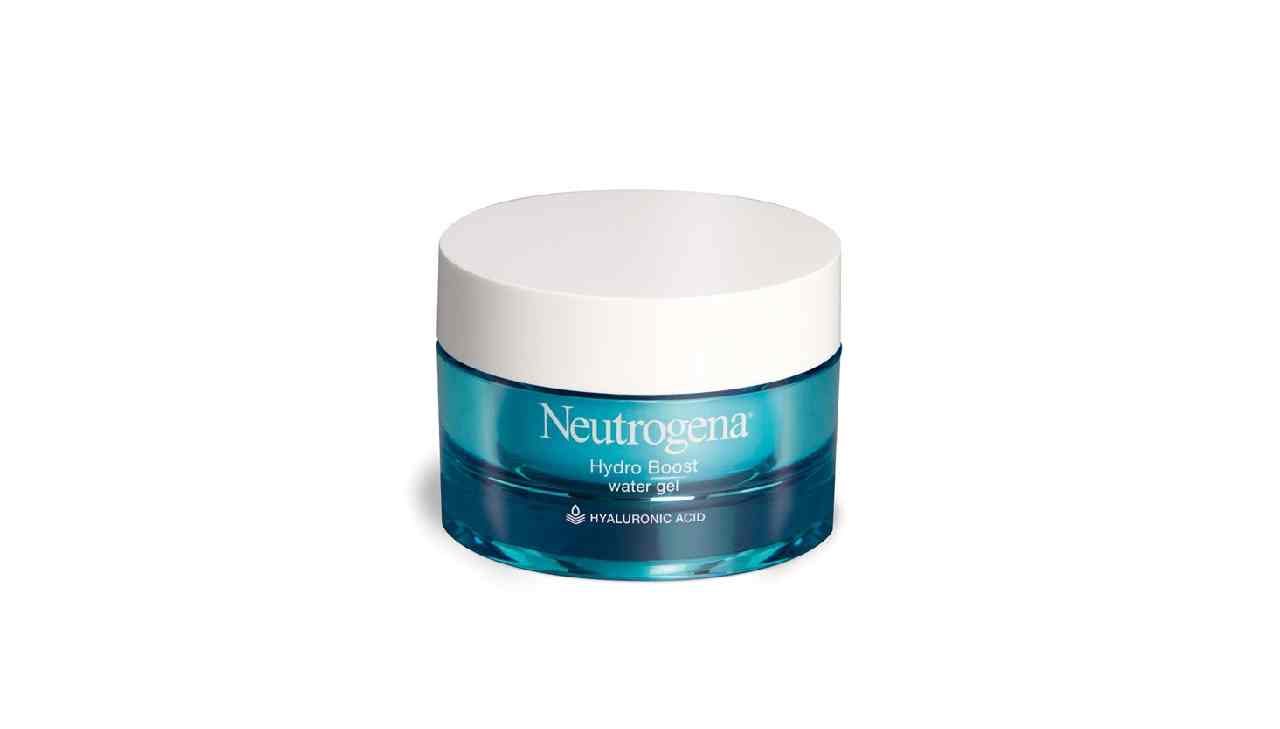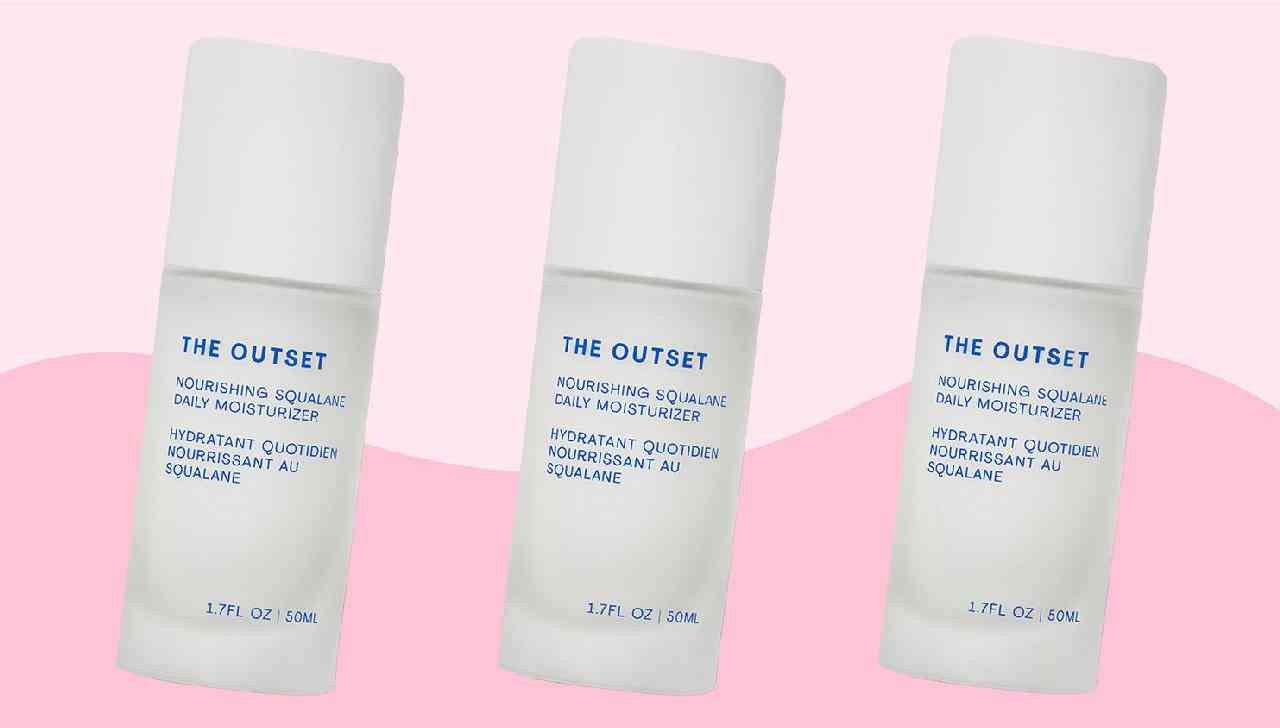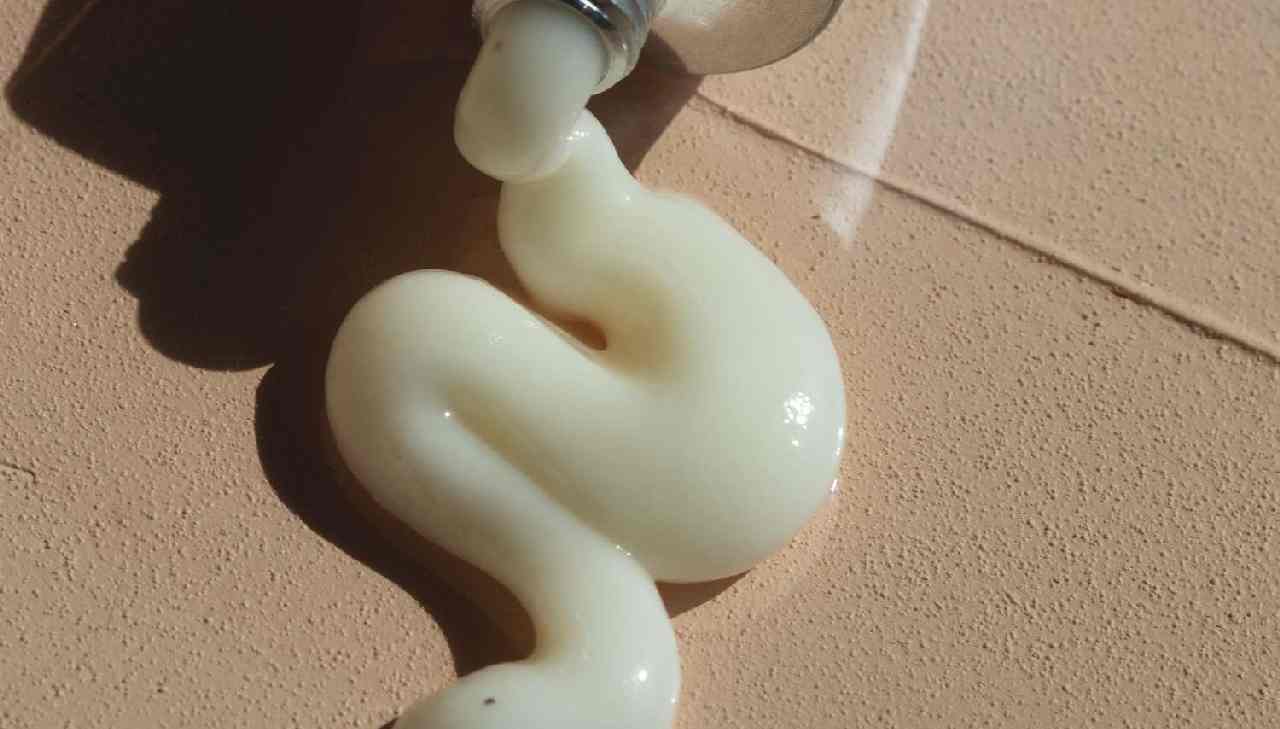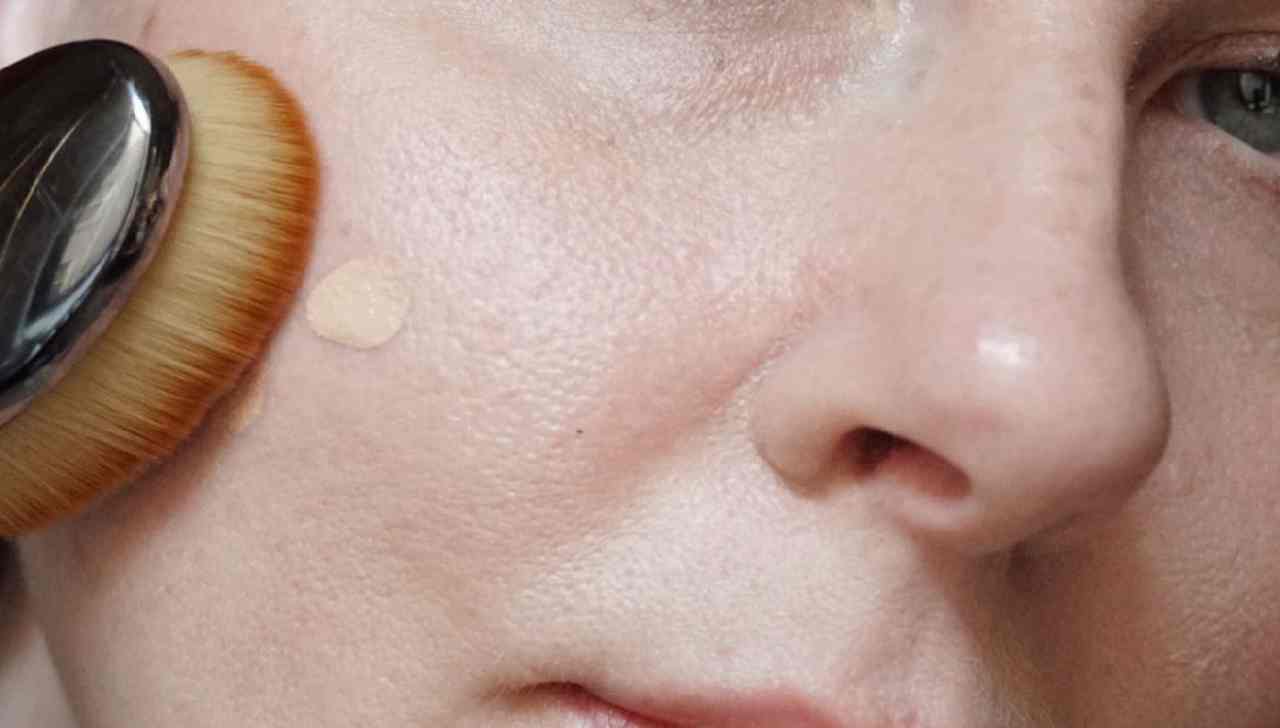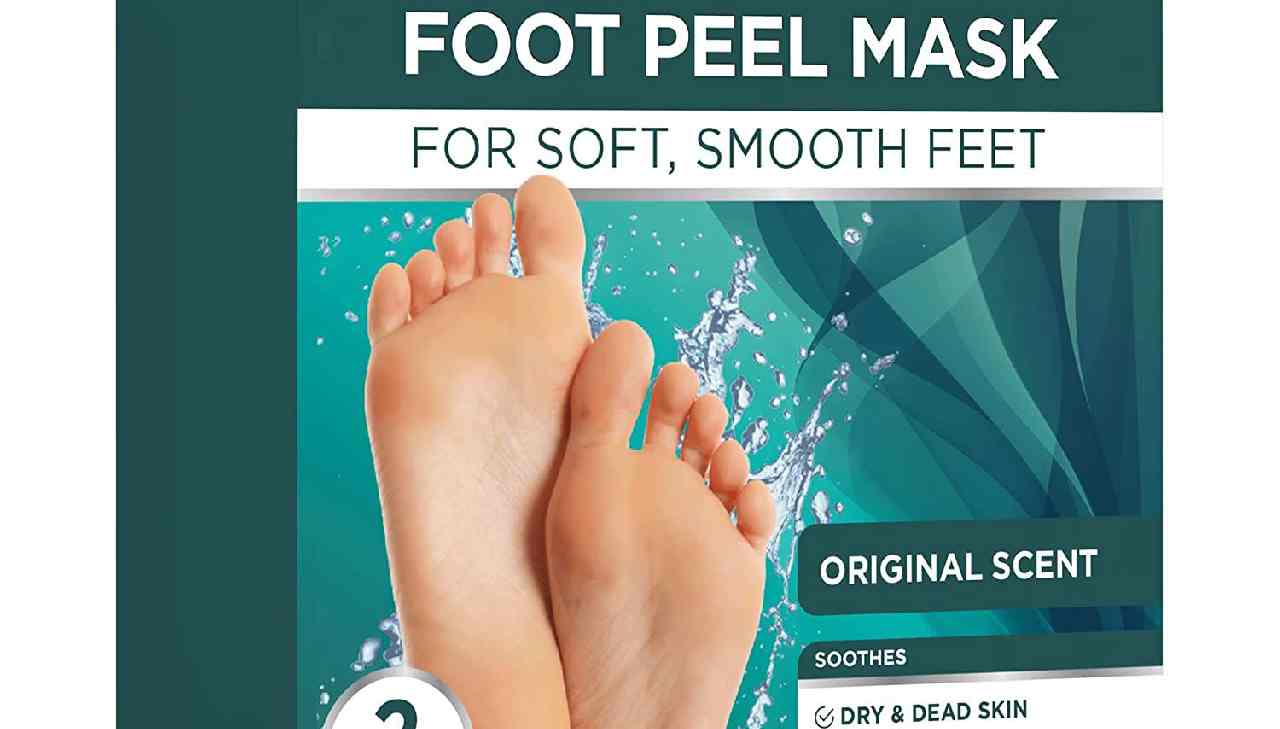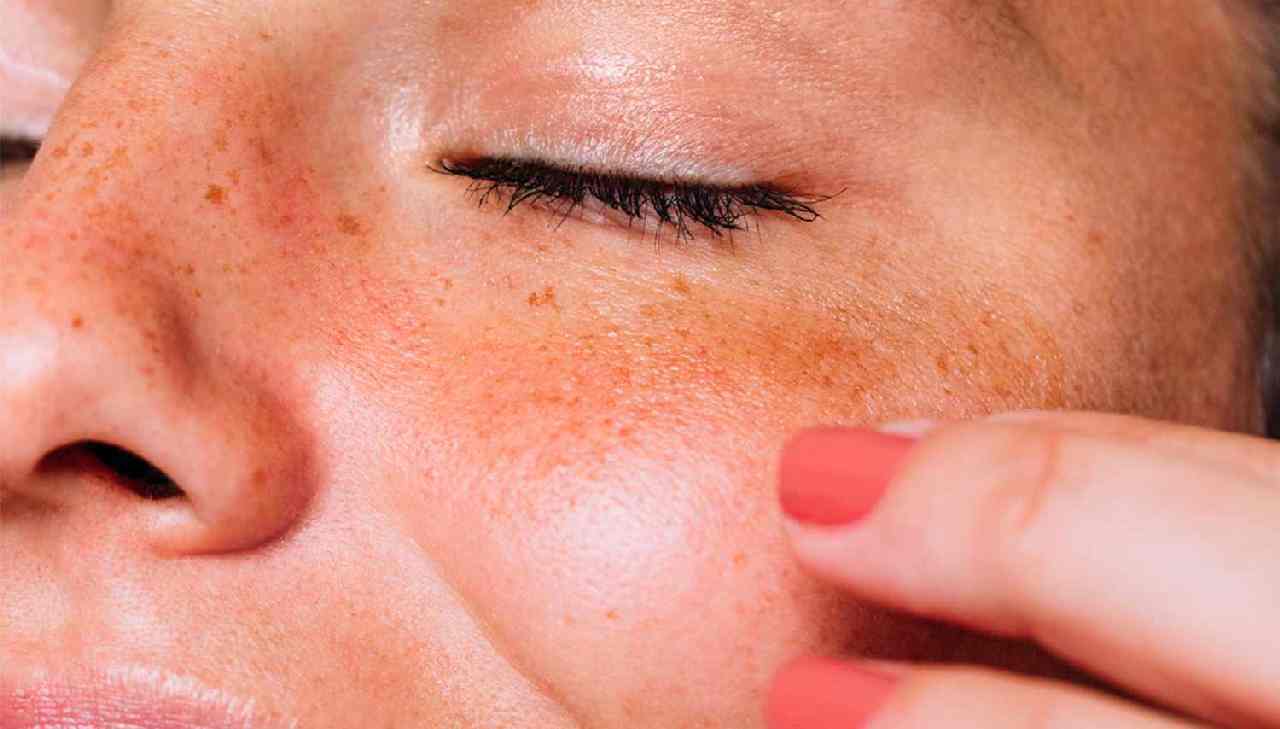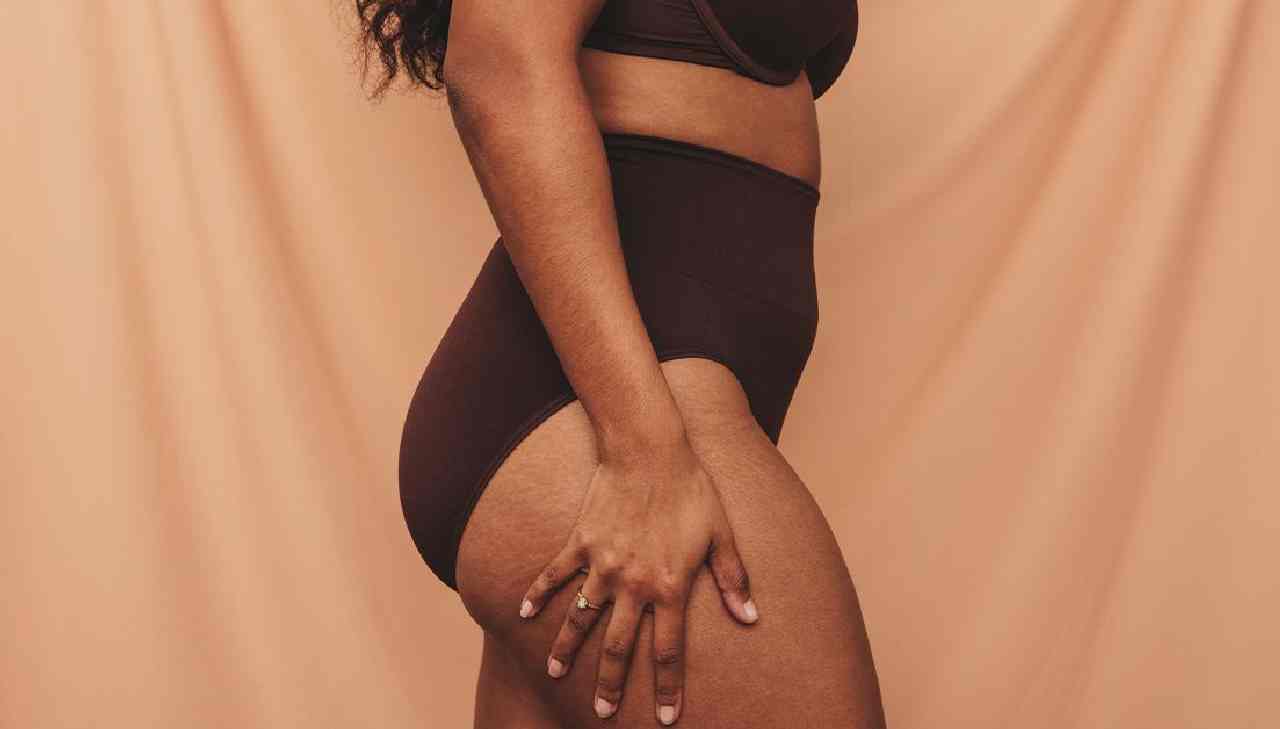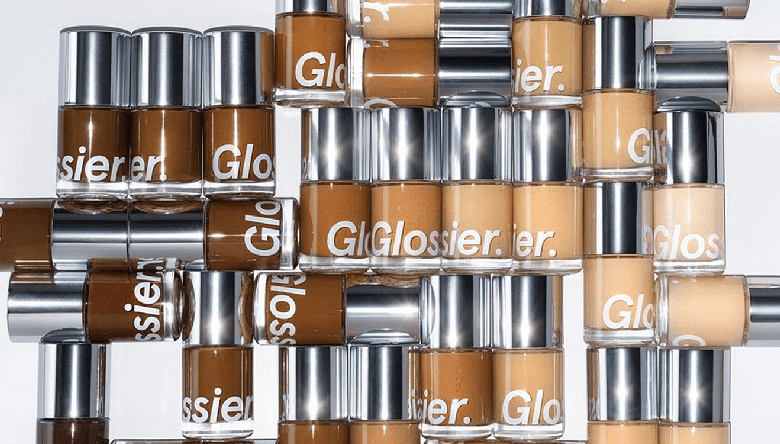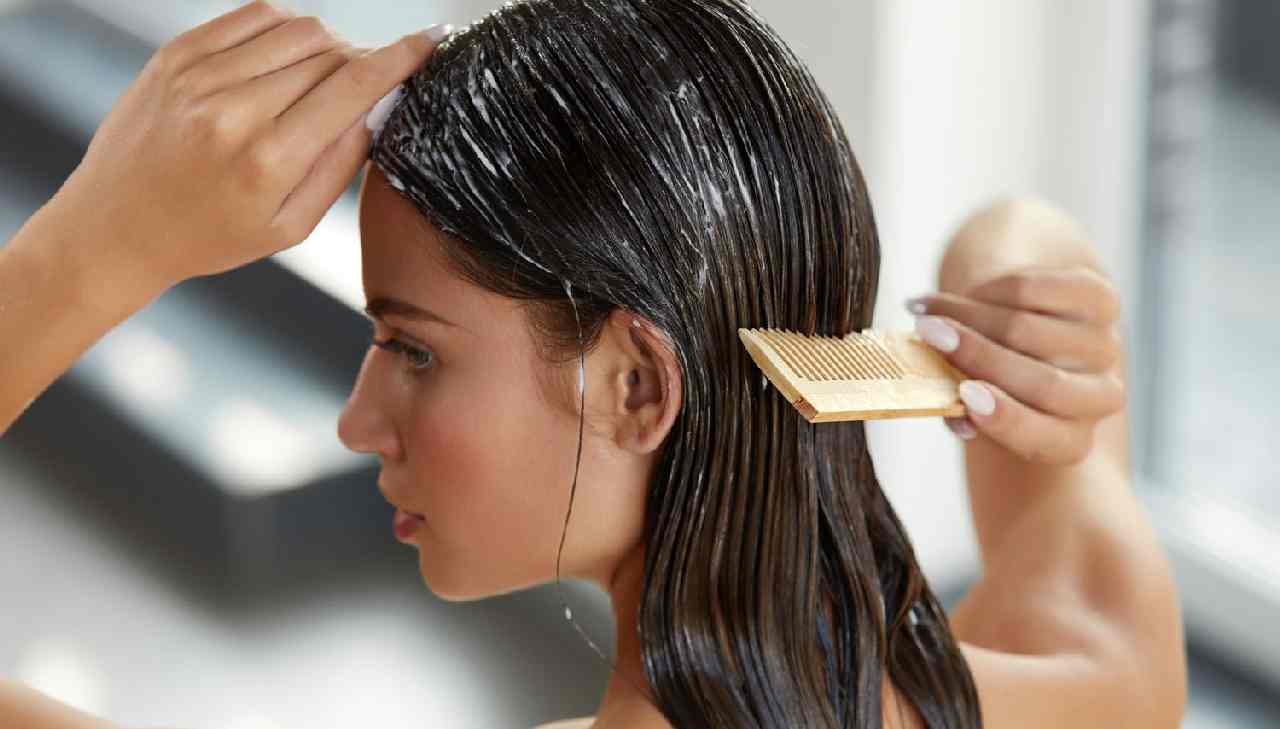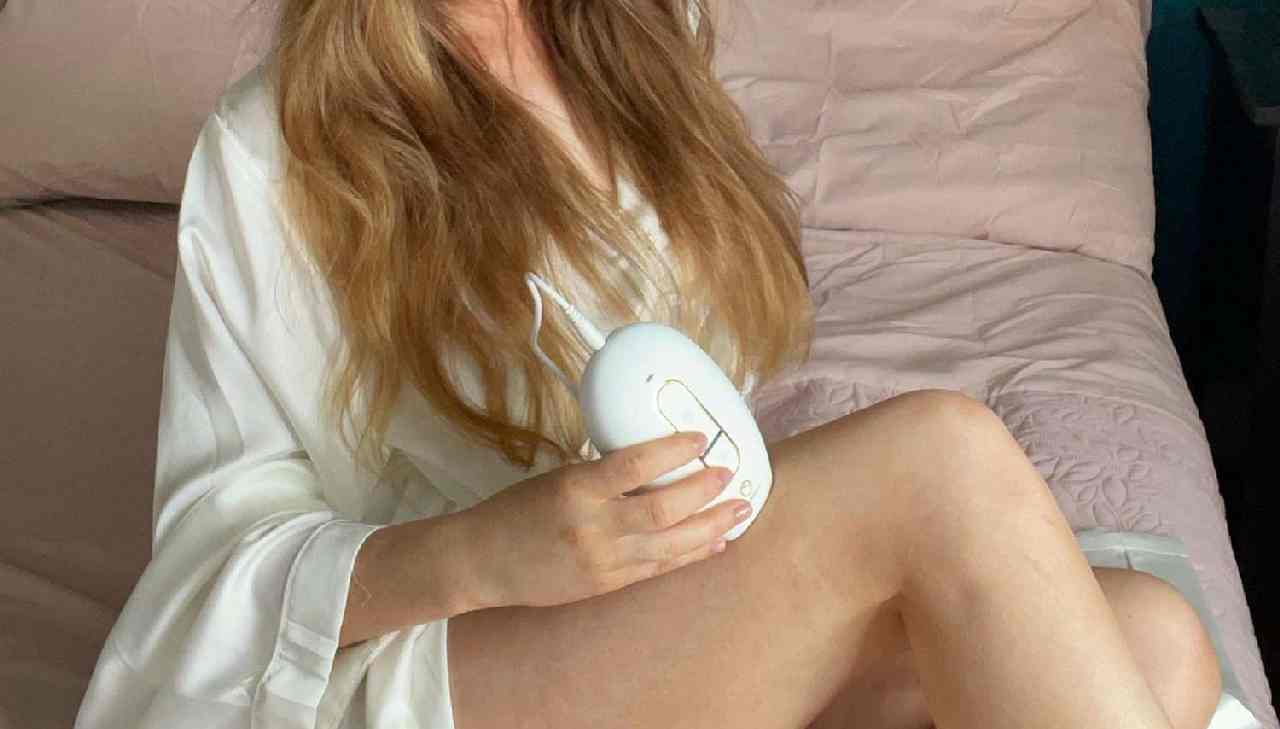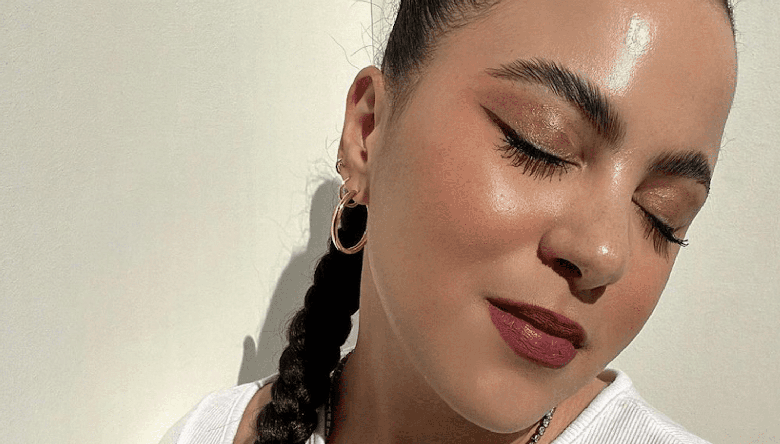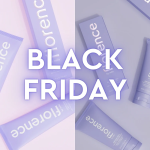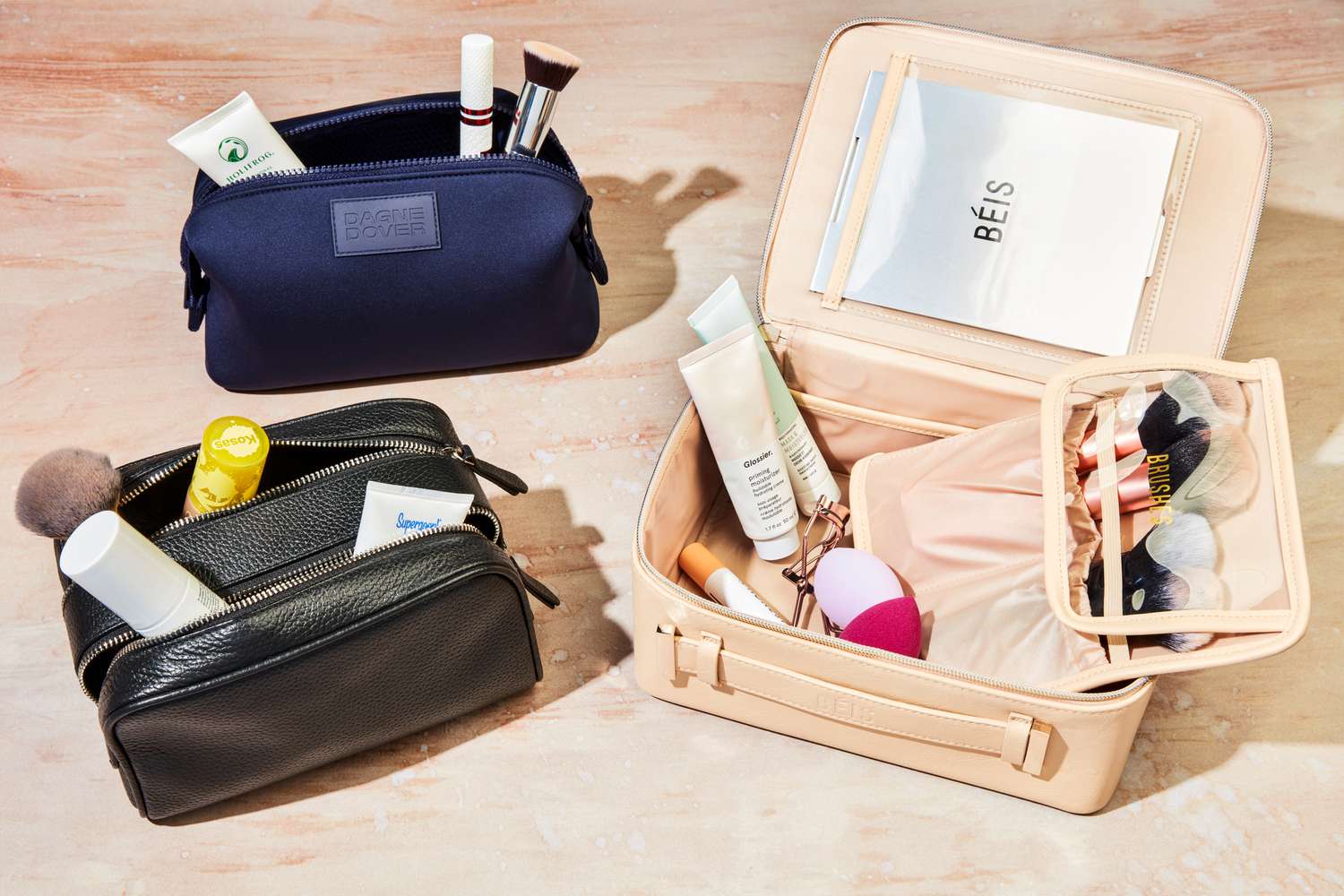The 7 Types of Waxes Used for Hair Removal, Explained by Estheticians
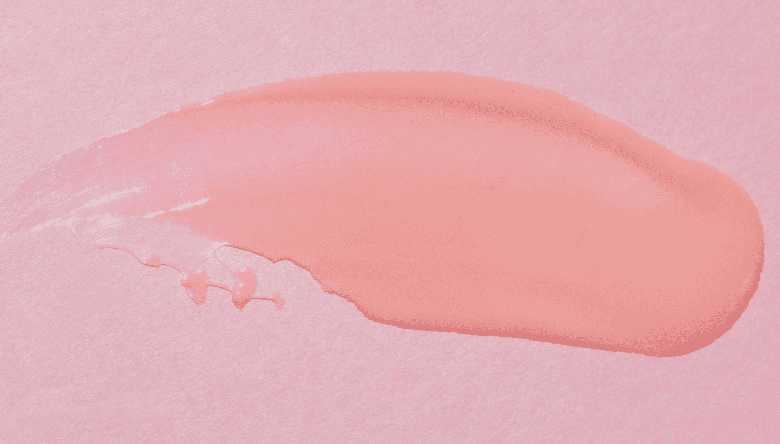
As you prepare for a waxing session, your mind is likely thinking about things such as how much hair you want to remove and how bad it’s going to hurt. However, did you know that there are several types of wax used for hair removal? And not just two or three, but seven. Now for the even more important question– are you using the right one?
There are two main types of wax: hard and soft.
- Hard wax refers to the type of wax that hardens on the skin. It’s typically warmed and then applied to the treatment area where it adheres to the hair—not skin—before being removed. While you can use a strip to remove the wax, it isn’t necessary. This is what is normally used at salons.
- Soft wax refers to a thinner type of wax that’s soft to the touch and needs to be removed with a strip. It’s typically used on at-home waxing strips and doesn’t need to be warmed up before use. Unlike hard wax, though, it adheres to the hair and skin, which means it’s more likely to cause irritation.
These are the two main umbrellas that wax falls under, but there are actually many more types being used. Just think about sugaring (and is that even wax?), or the lesser-known cold wax. There’s a lot to consider, and some may be better for your skin type, pain tolerance, and needs more than others. So, we tapped two estheticians to share everything there is to know about the different types of wax to equip you with the knowledge you need before deciding which type is best for you. Their insights, below.
Meet the Expert
- Jodi Shays has been a licensed esthetician in California for 20 years. She is a member of Byrdie’s review board.
- Gina Petak has been a licensed esthetician and skincare expert for over a decade. She is a European Wax Center education manager.
01
of 07
Warm Soft Wax
Soft warm wax is cream- or resin-based and used for strip waxing. It is gently warmed and applied in a thin layer over the skin. A cloth strip is pressed on and removed, taking the hairs with it. The spreadable wax is often used to cover larger areas like the legs and arms. While extremely efficient at picking up even the finest of hairs, soft wax sticks to the skin as well, so it should only be applied once per area to avoid irritation.
“Cream-based warm waxes are gentler on the skin,” California-based esthetician, Jodi Shays, explains. “A honey/resin-based warm wax is considered old school, it can be too hot and sticky, which will leave the skin irritated after. However, there are many skilled estheticians who can still deliver a great wax with a honey/resin-based wax.” Shays does not recommend honey or resin-based products for sensitive skin as they “can be too hot, sticky, and abrasive.”
Byrdie Tip
For sensitive skin, look for a cream-based wax with titanium dioxide, which acts as a buffer between the wax and skin.
02
of 07
Warm Hard Wax
Hard wax is an effective option both for areas with thicker hair and fine, thin hair. The wax is applied warm and hardens as it cools. It’s also known as strip-free wax because, in its hardened form, it acts as the strip itself. A small amount of pre-epilation oil typically goes on the skin after it’s cleansed to protect it from the wax. Shays explains that after warming the wax to a spreadable state, it “hardens to a flexible material that is pulled off by a ‘lip’ created by the provider.”
Hard wax is applied in a thicker layer than soft wax, but also in the direction of hair growth—an important detail. “Pulling in the wrong direction of hair growth can cause hair to break and become ingrown,” warns Petak. The wax grabs onto the hairs in a shrink-wrapping manner as it hardens rather than sticking to the skin like soft wax. This makes it more suitable for smaller, more sensitive areas like the lip, nose, underarms, and bikini area. When used on larger areas, like the legs, Shays explains it “can create breakage of hair towards the end of the pull.”
Its gentle nature is great for those with sensitive skin but may not strong enough to grab the hairs from the bulb, meaning you might have to go over a single area multiple times. “Cheaper varieties of hard wax can cool down to be brittle and not flexible,” Shays says this creates a mess and an inefficient wax. For this reason, make sure to get a high-quality wax if you plan to wax yourself, such as the Bliss Poetic At-Home Waxing Kit ($25).
03
of 07
Cold Soft Wax
Cold, soft wax can typically be purchased in a jar or in a pre-made waxing strip. For the ones that come in a jar or pot, all you need is a craft stick to scoop it out and apply it directly on the skin.
What’s nice about this type of wax is that you avoid the risk of burning your skin, which is a potential downside to using hard wax. With that said, it can be trickier to apply an even layer and, since it also adheres to the skin, can cause irritation if you go over the same area more than once.
04
of 07
Pre-Made Wax Strips
Pre-made wax strips come with the right amount of cold soft wax already attached and are ready to use—no heating required. This method is the most user-friendly and mess-free option, and it’s great for beginners as there’s no chance of putting on too much product. We like the Nad’s Body Wax Strips ($10).
Although it’s not required, it’s recommended that wax strips be slightly ‘heated’ up a bit by rubbing them between your palms, which allows them to stick more to the hair. This step may also be necessary for separating the wax strips from one another.
Cold strips require the least preparation and with fewer moving parts of the whole operation, this is by far the most convenient option for traveling. As with any cold wax, there is no risk of burning your skin. Shays suggests using pre-made strips for smaller areas because they aren’t spreadable like warm wax.
05
of 07
Fruit Wax
While not very common, fruit wax actually has a ton of skincare benefits thanks to its naturally exfoliating and nourishing properties. Exfoliating fruit enzymes, for one, gently buff away bumpy texture while extracts from fruits such as plum, papaya, and strawberry are rich in antioxidants, anti-inflammatory, and boost brightness. Fruit waxes have so many benefits, that they’re practically skincare.
Fruit wax falls under the hard wax umbrella, meaning you don’t need to use a strip to remove it after application. What’s more, it’s safe for even super-sensitive skin. (We still recommend doing a patch test though, just in case.)
06
of 07
Sugar Wax
Sugar wax is one of the oldest known waxing methods, originating in the Middle East. It’s also one of the most natural and simple formulas, generally consisting of some combination of sugar, lemon, and hot water. “Sugaring is not a wax: It is a form of depilatory but doesn’t have the same base,” Shays explains. Technically a wax or not, there’s a reason this hair removal method has been around for centuries.
It’s extremely gentle—compared to other waxes—so it’s ideal for sensitive and reactive skin. Sugar wax works a lot like hard wax by the way it grabs hairs without sticking to the skin. This type of formula will allow multiple passes in one area without the irritation a soft wax would cause. Sugar wax can come as a sticky ball to be applied with the fingers or like a soft wax to be used with strips. Because it can be easily moved around, sugaring can remove hair from large or small areas of the body, however, it is most effective against fine to medium hair types. Try Parissa’s Organic Sugar Wax ($20).
Unlike a resin-based hard or soft wax, sugar wax is water-soluble which makes clean up much easier. This also results in fewer ingrown hairs because the product won’t get stuck in open hair follicles, blocking hair regrowth.
Byrdie Tip
Apply sugar wax opposite how you would traditional wax: against the grain, then removed with the grain.
07
of 07
Chocolate Wax
Chocolate wax is tender on the skin and known as one of the least painful types of wax. It’s hydrating and full of soothing and nourishing ingredients like almond oil, soybean oil, sunflower oil, glycerin, vitamin E, and other minerals. Cocoa itself is rich in antioxidants and acts as an emollient in the wax. The almond oil gives it anti-inflammatory properties—a benefit much appreciated while having hairs ripped out from their follicles.
Key Ingredients
Almond oil is a hydrator that is rich in vitamin D, vitamin E, and various minerals. It helps soothe the skin from irritation and protect it from UV radiation damage.
Chocolate wax can be soft or hard, but it’s always applied warm. It has a low melting point so it’s unlikely to cause burns. The luxurious experience comes with a price tag to match but for many, the glowing skin and spa-like indulgence is more than worth it.


 English
English 




